Marty's Marsh
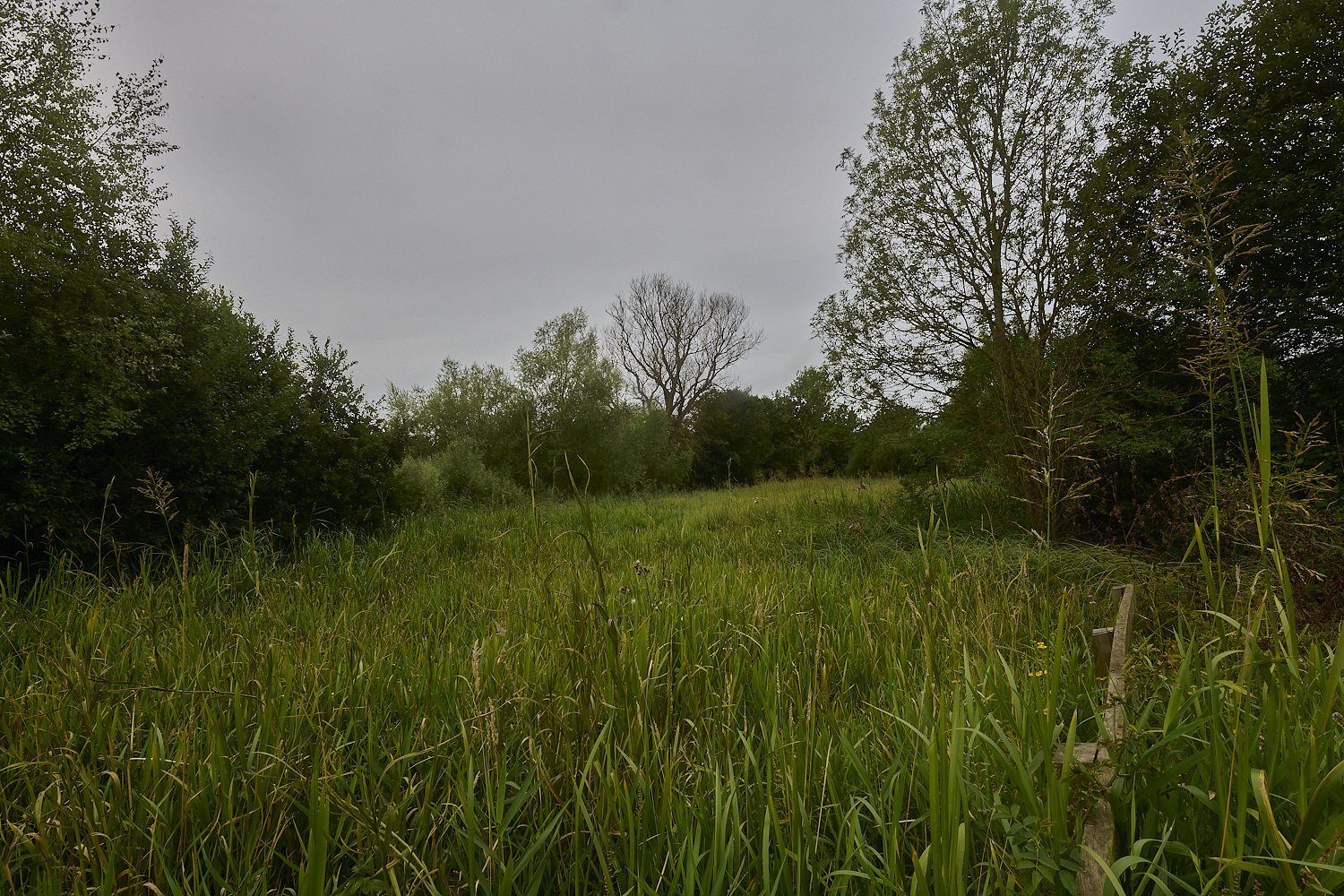
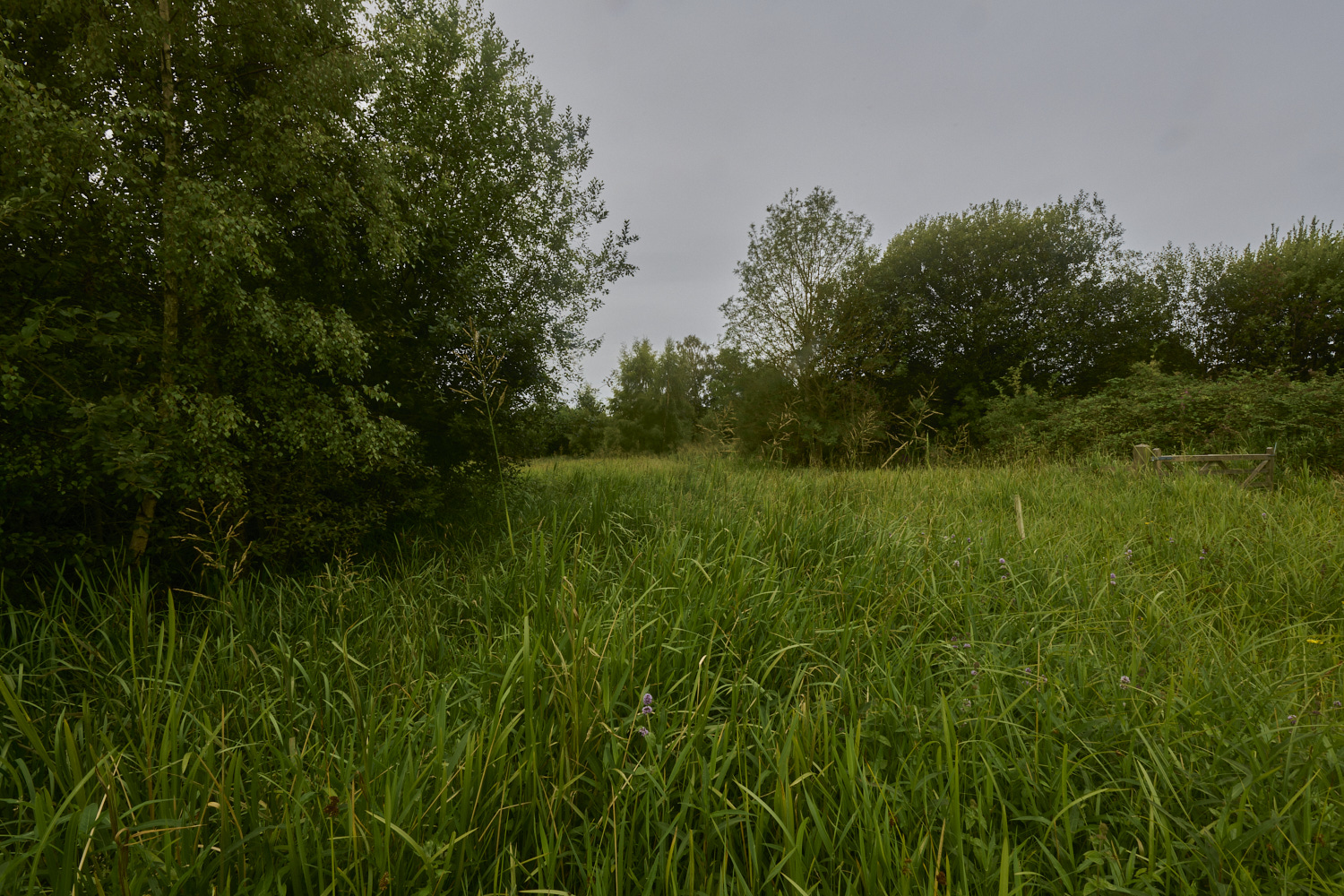
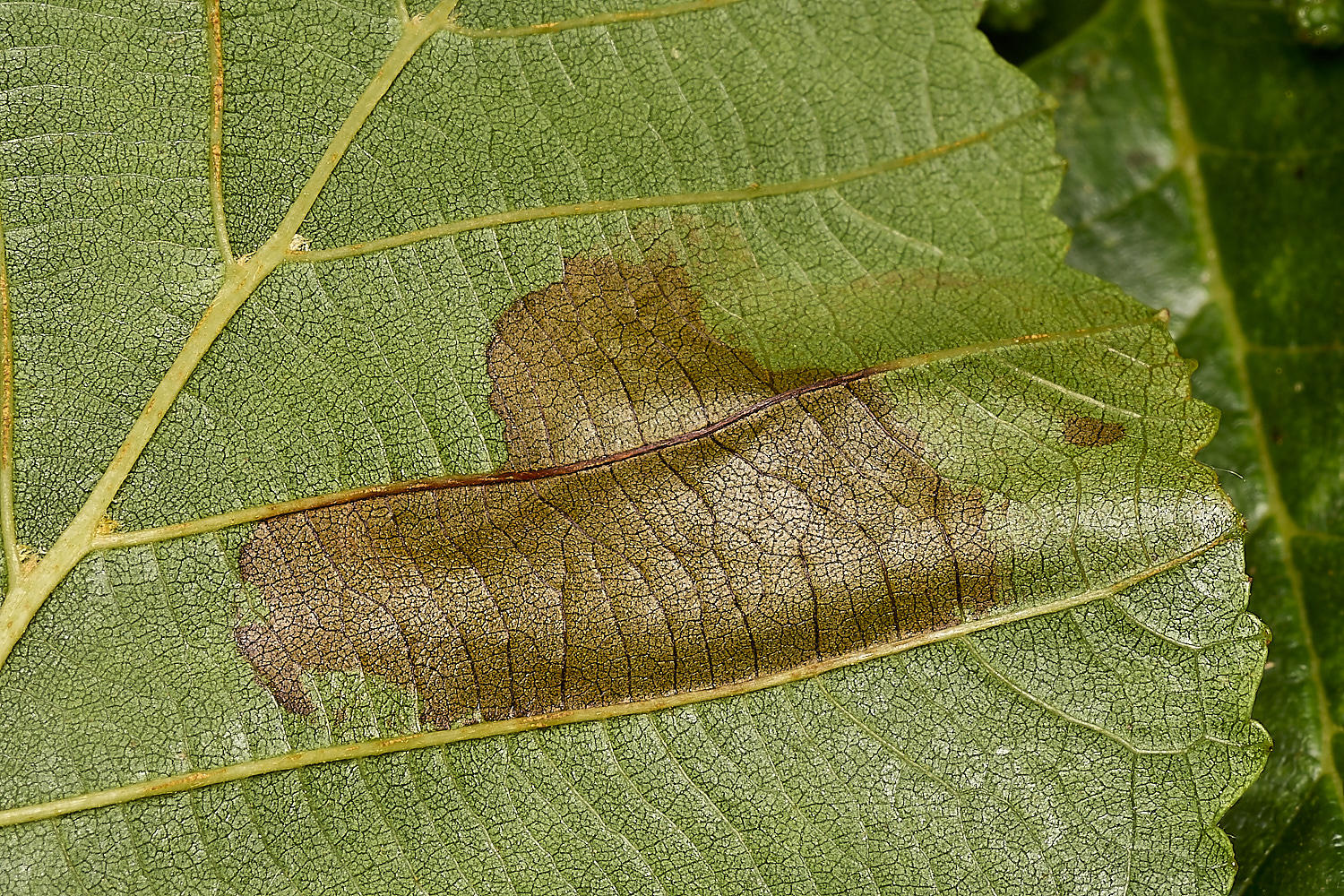
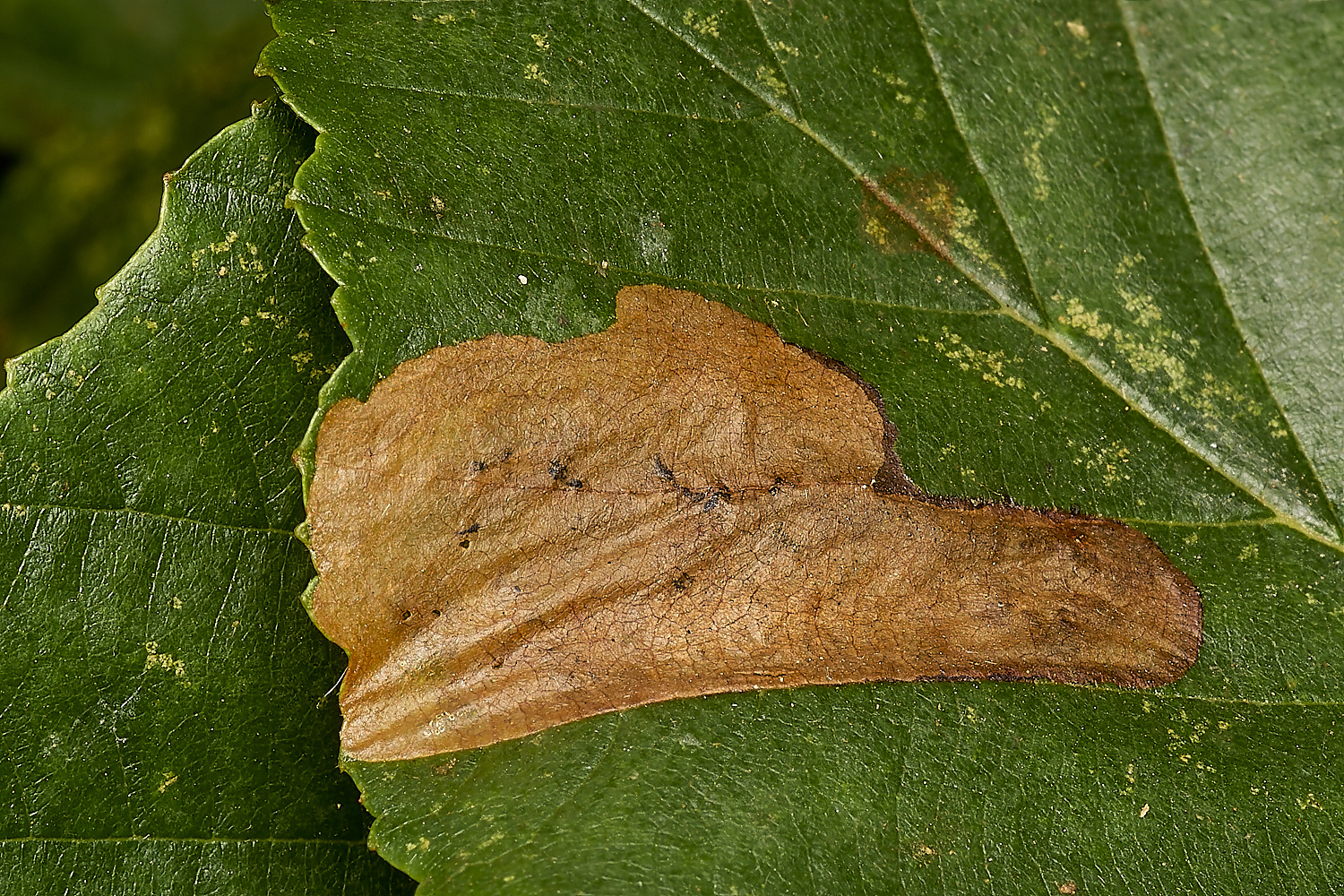
Possibly European Alder Sawfly (Fenusa dohmii)?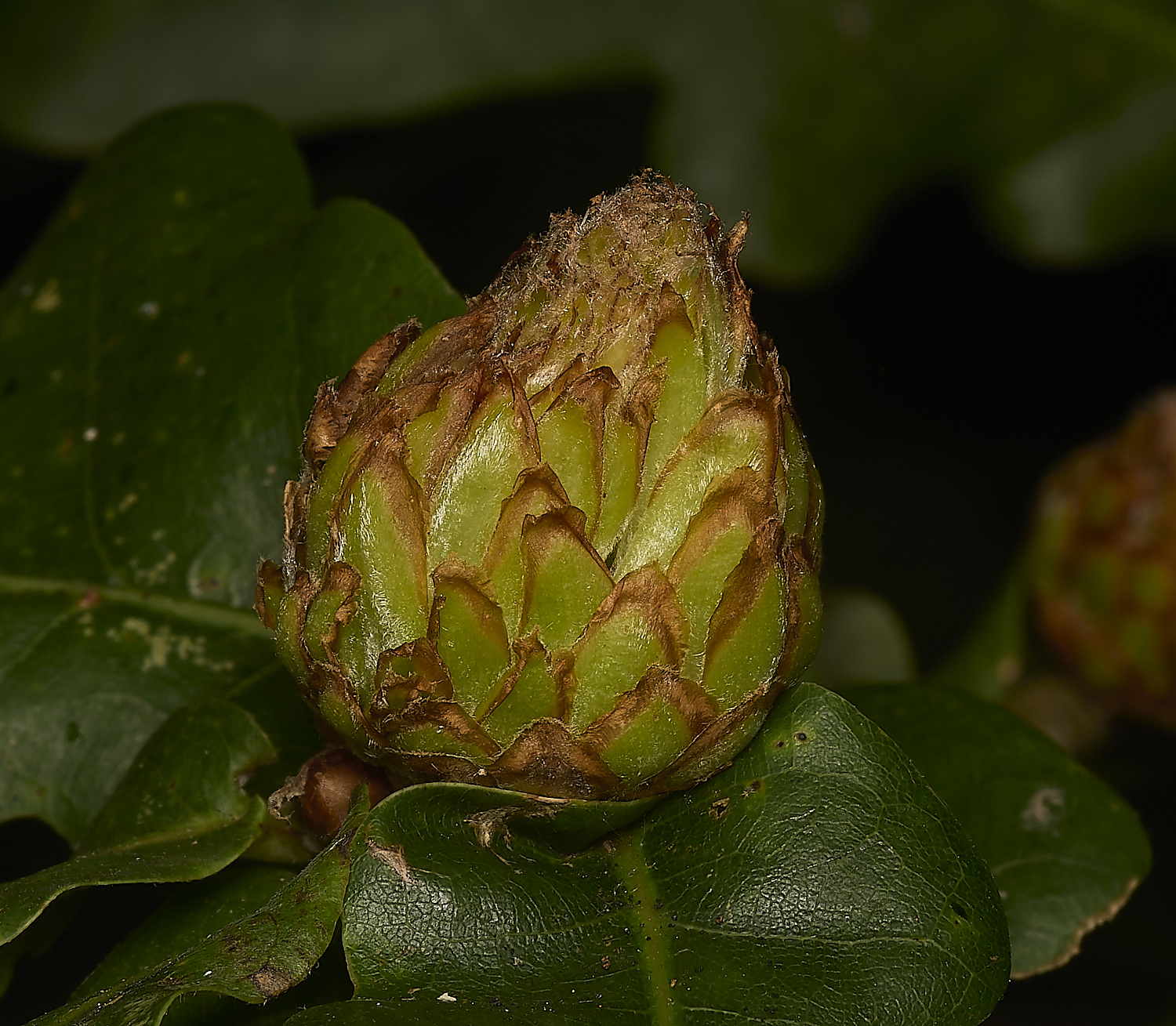
Artichoke Gall Wasp (Andricus foecundatrix) on Oak (Quercus robur)
The asexual generation of the Artichoke Gall Wasp. In spring the adult wasps emerge to lay eggs in Oak Catkins from which the sexual generation will occur.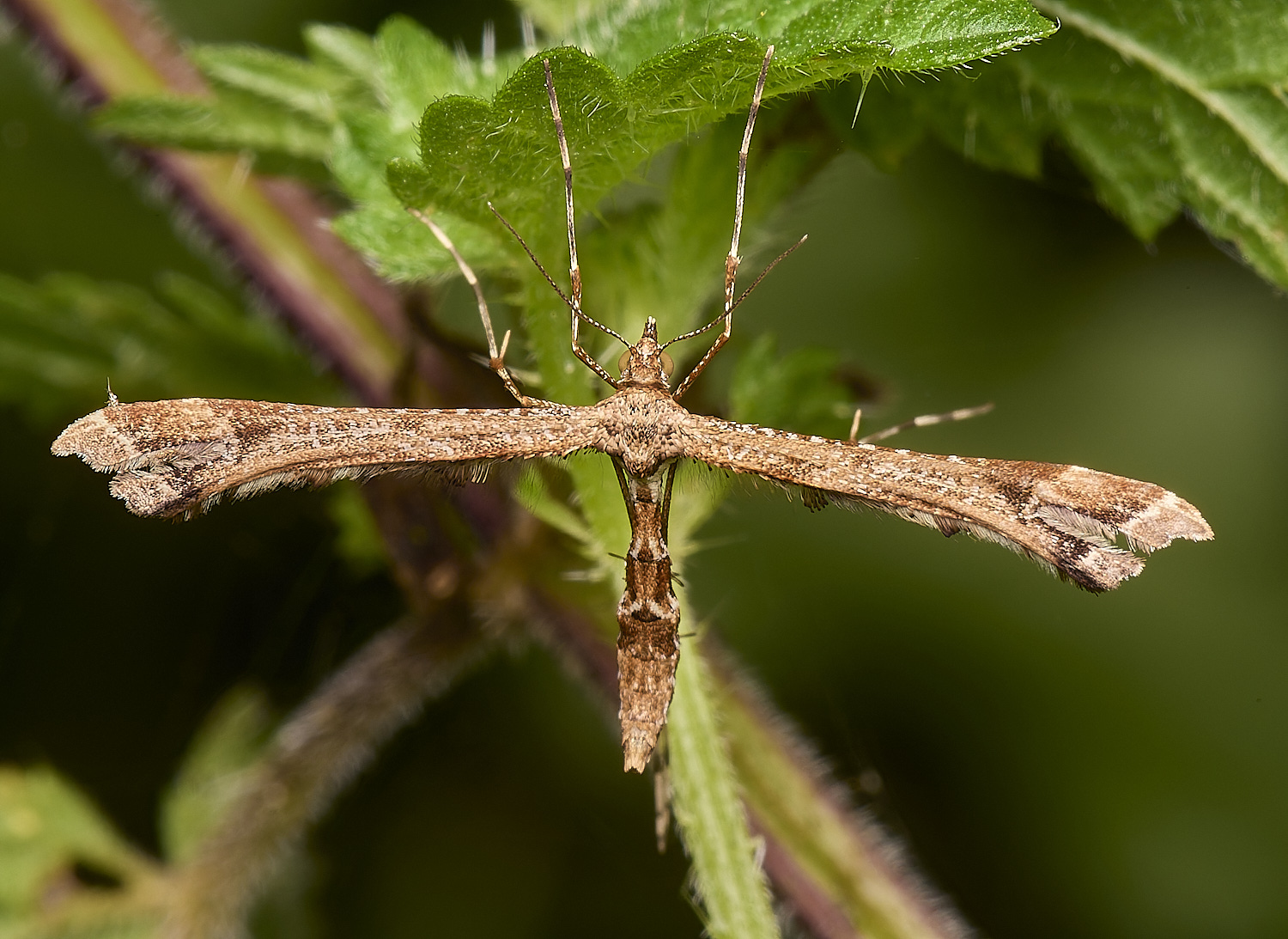
Beautiful Plume Moth (Amblyptilia acanthadactyla)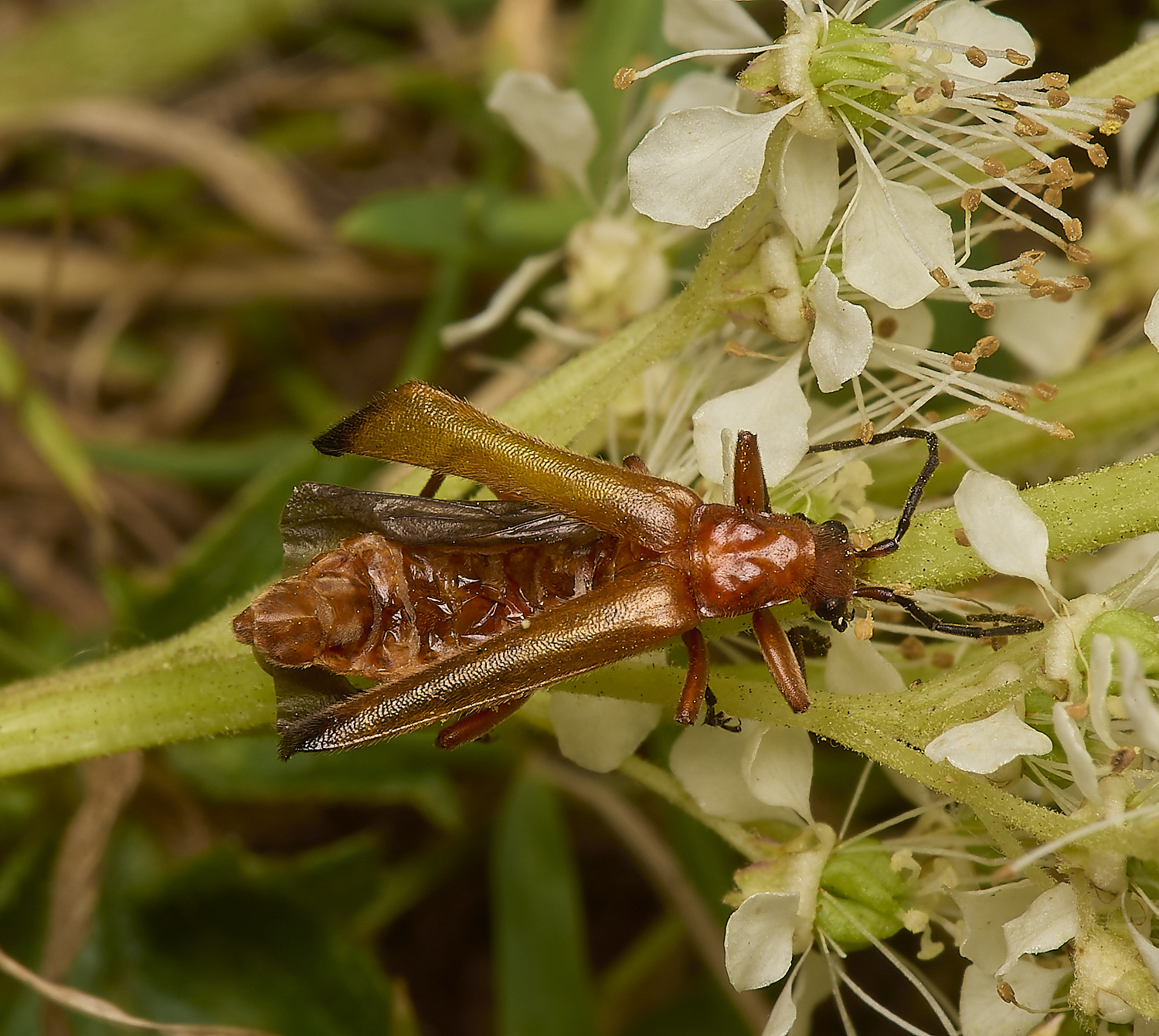
Soldier beetle having encountered an entomophthoragic fungus?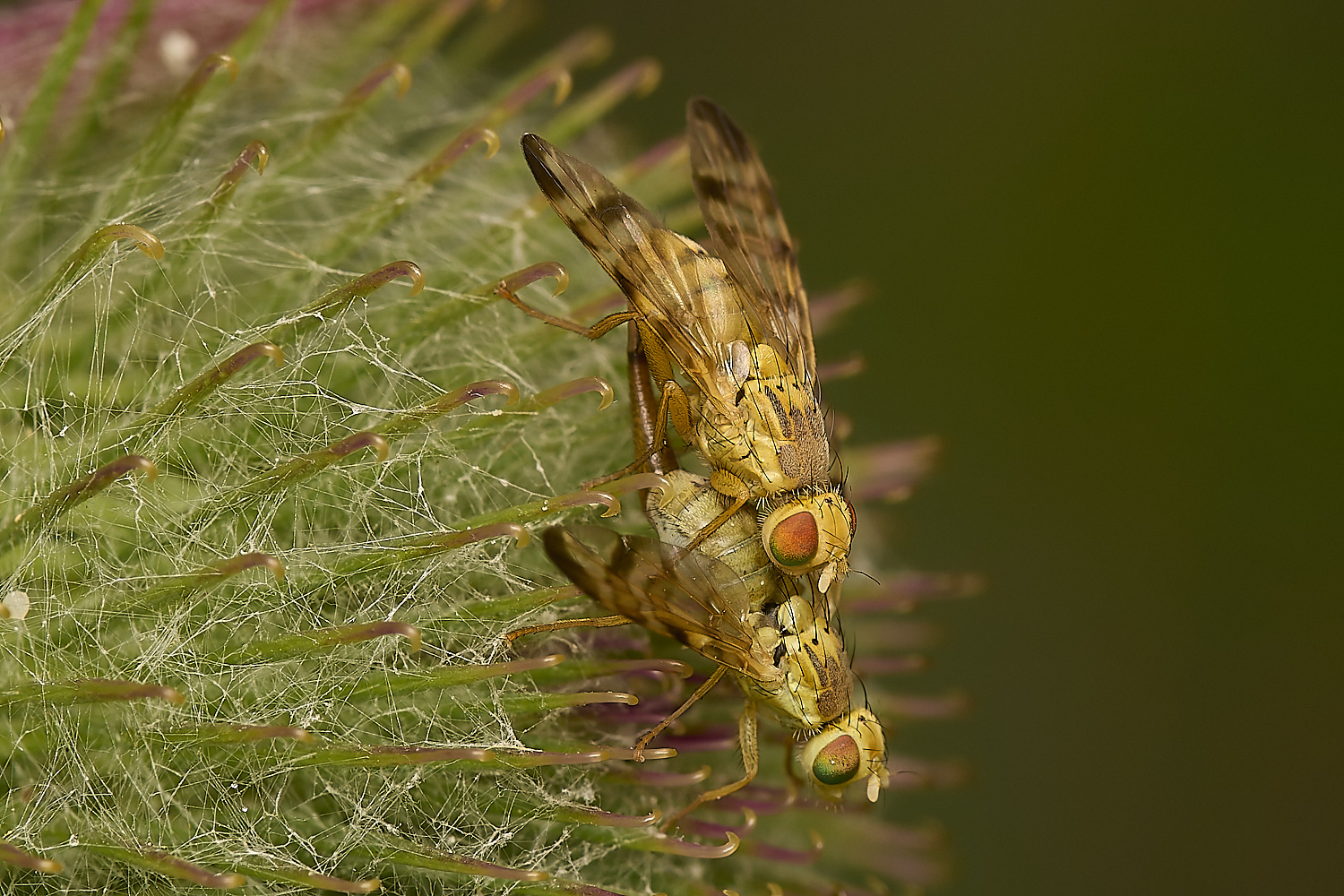
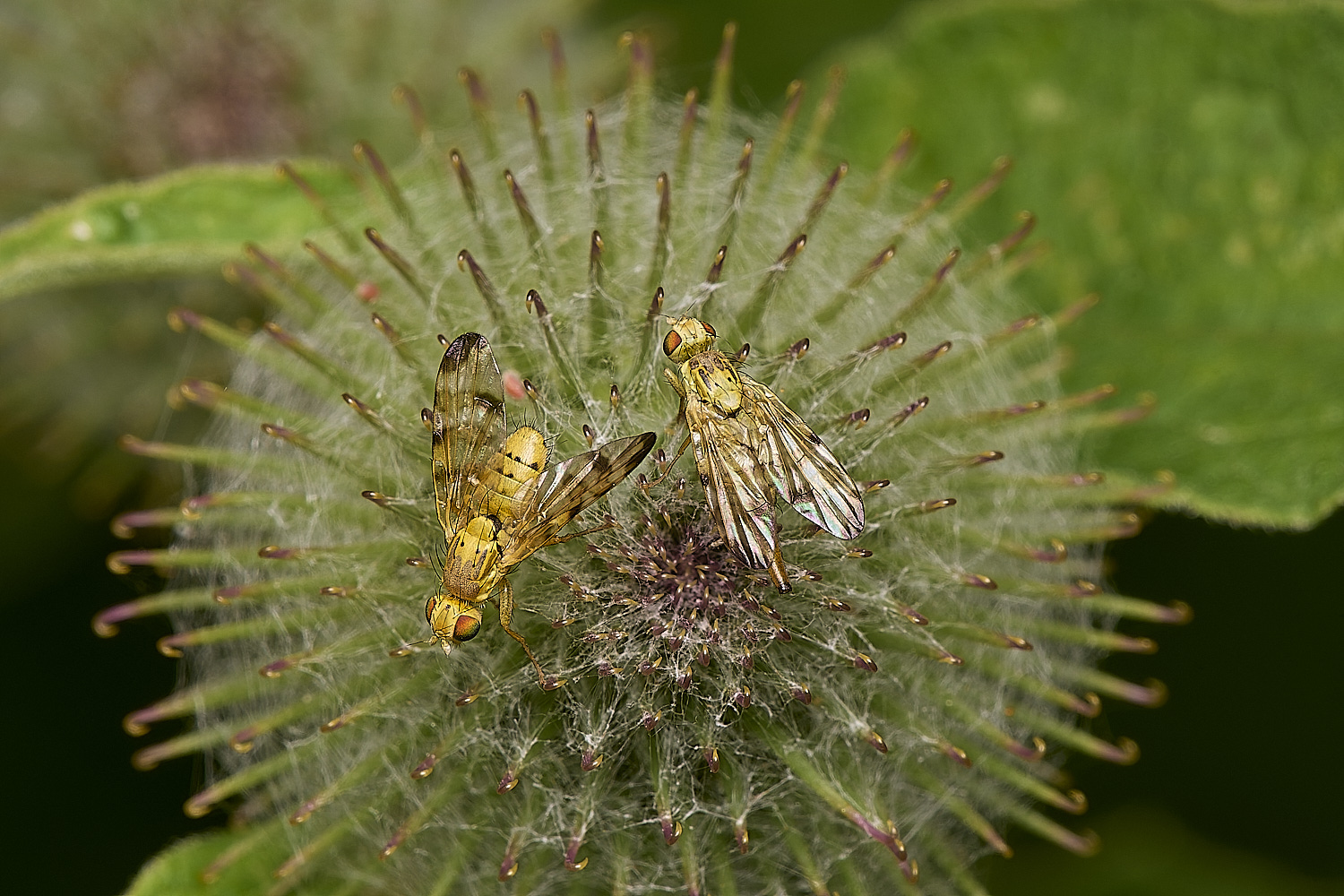
Banded Burdock Fly (Tephritis bardanae)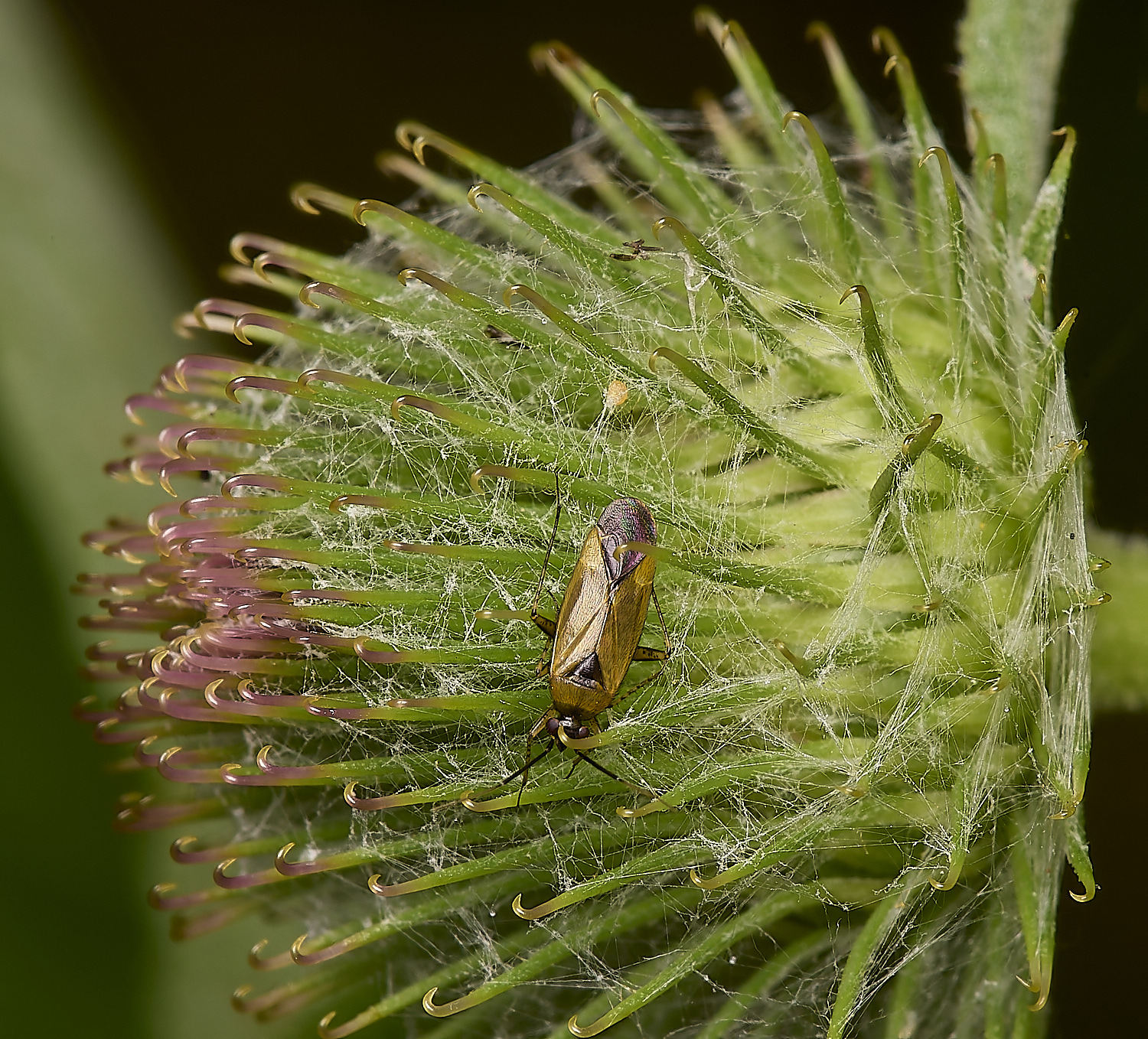
Mirid Bug Sp?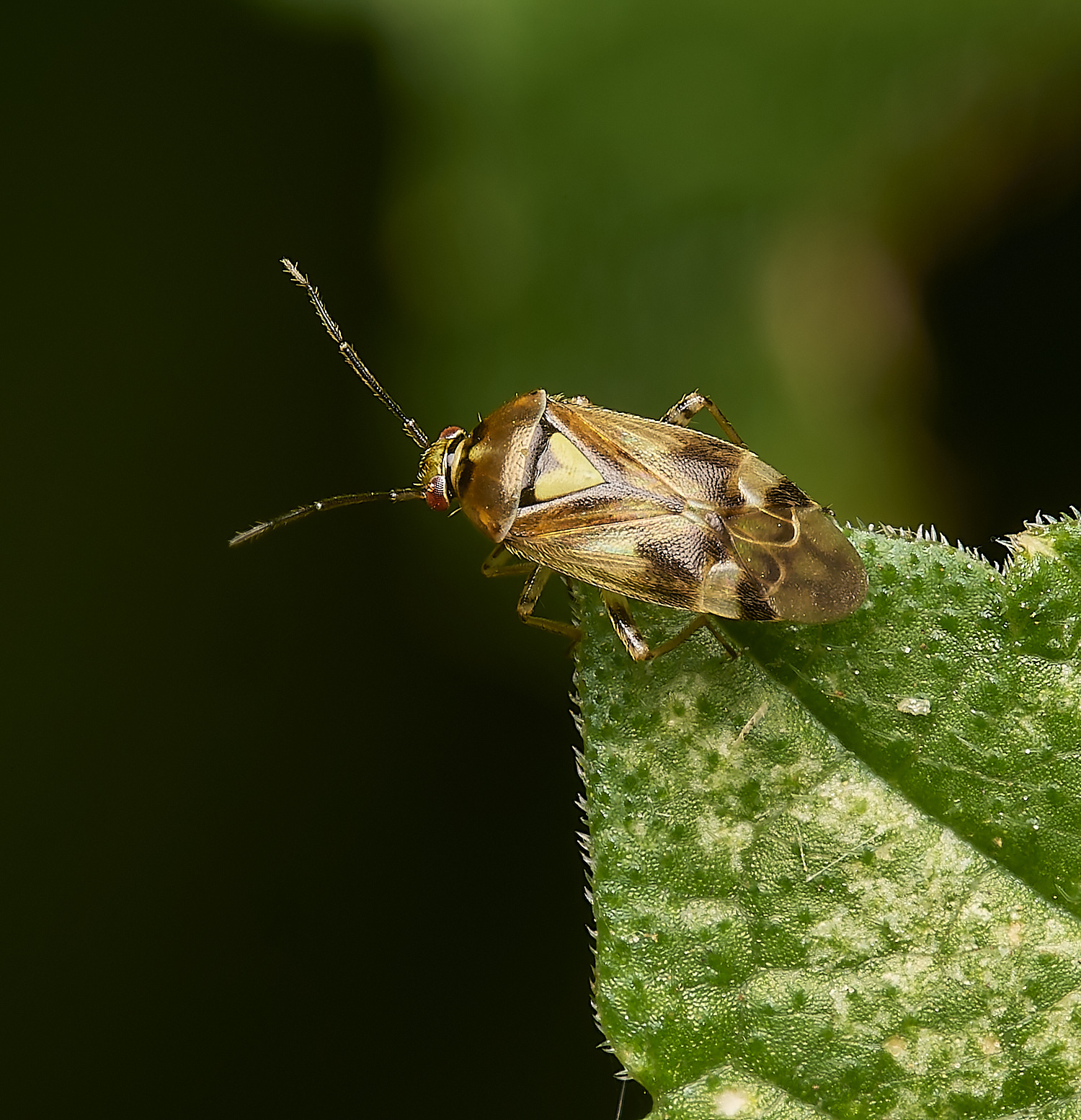
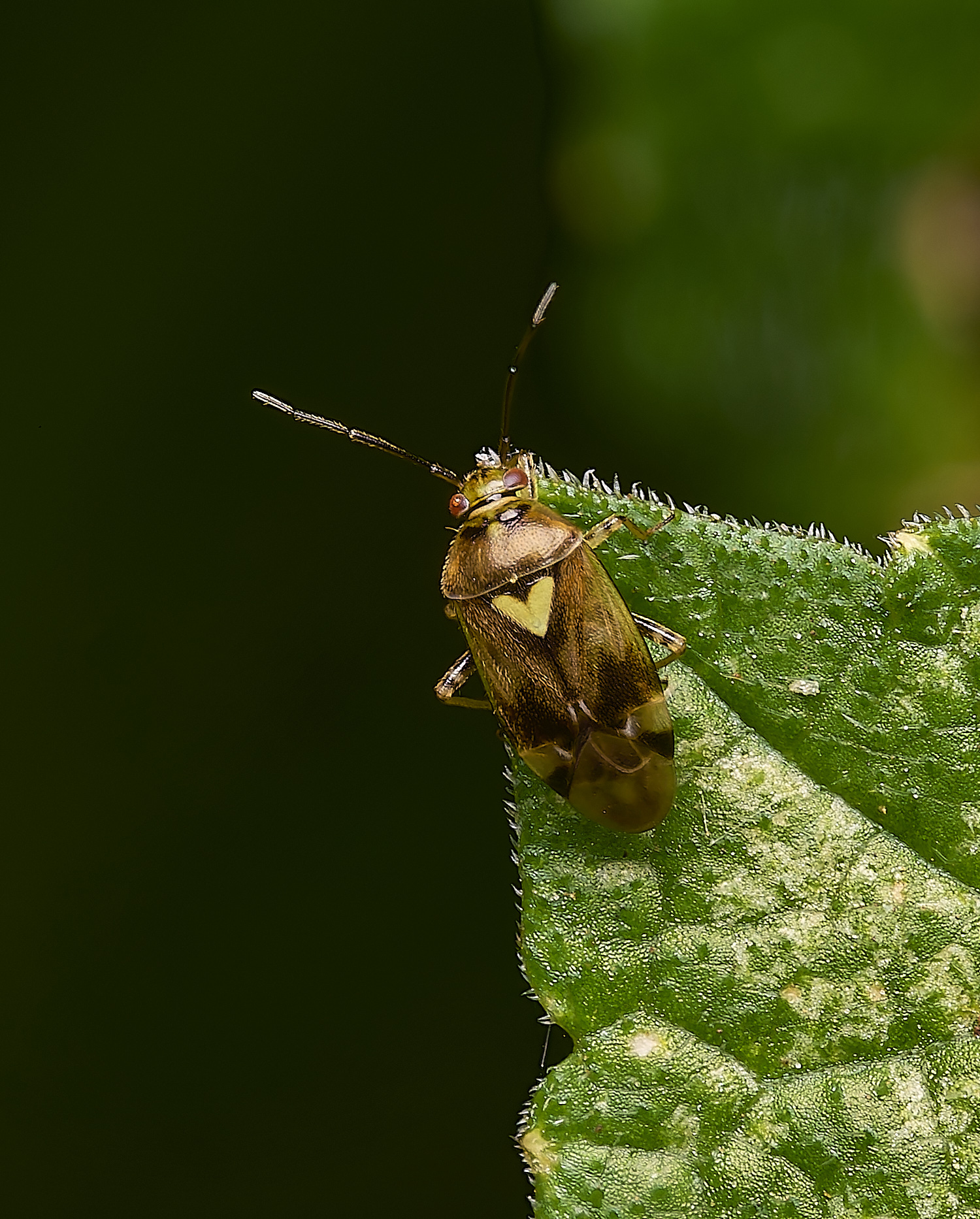
Orthops basilis?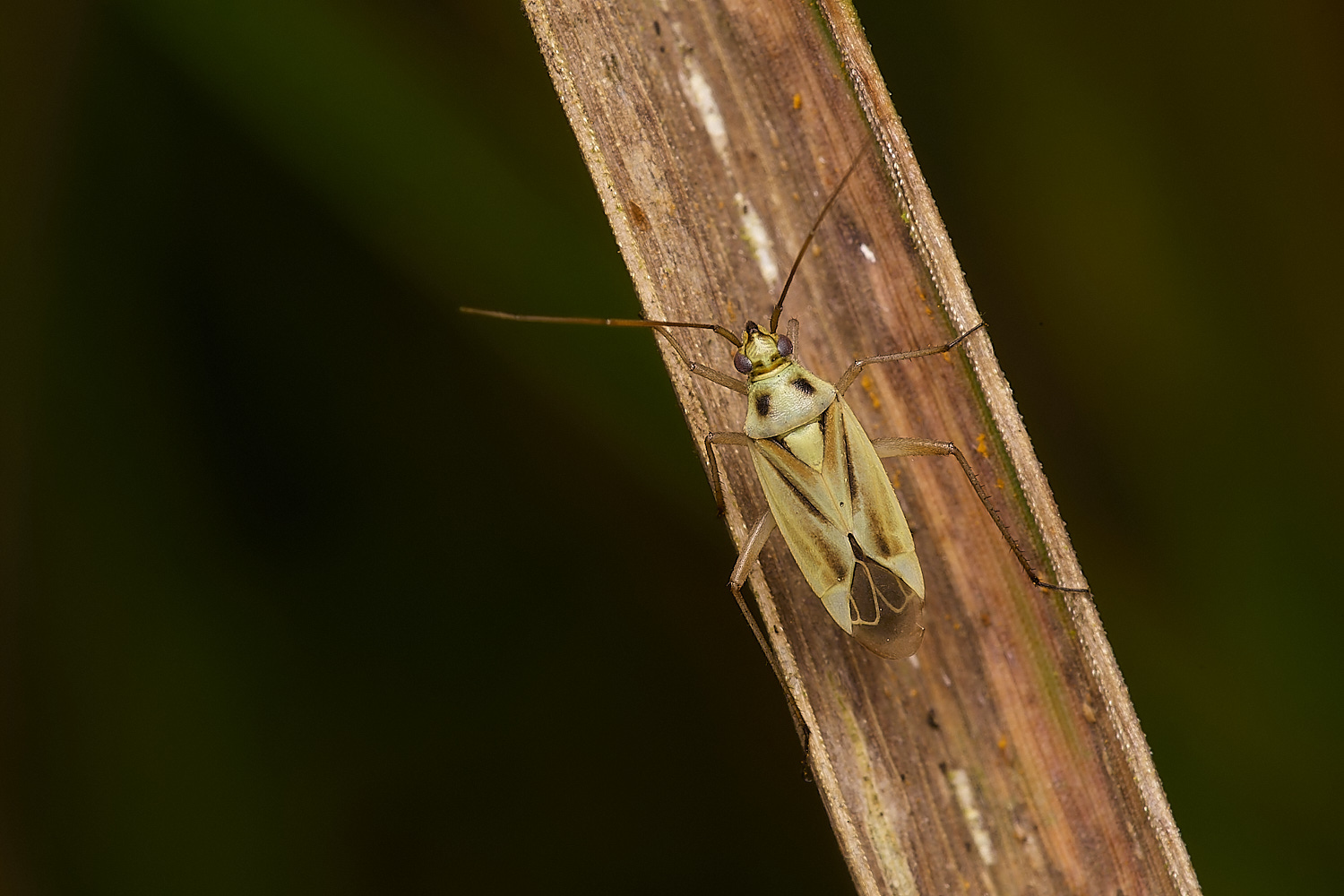
Stenotus binotatus?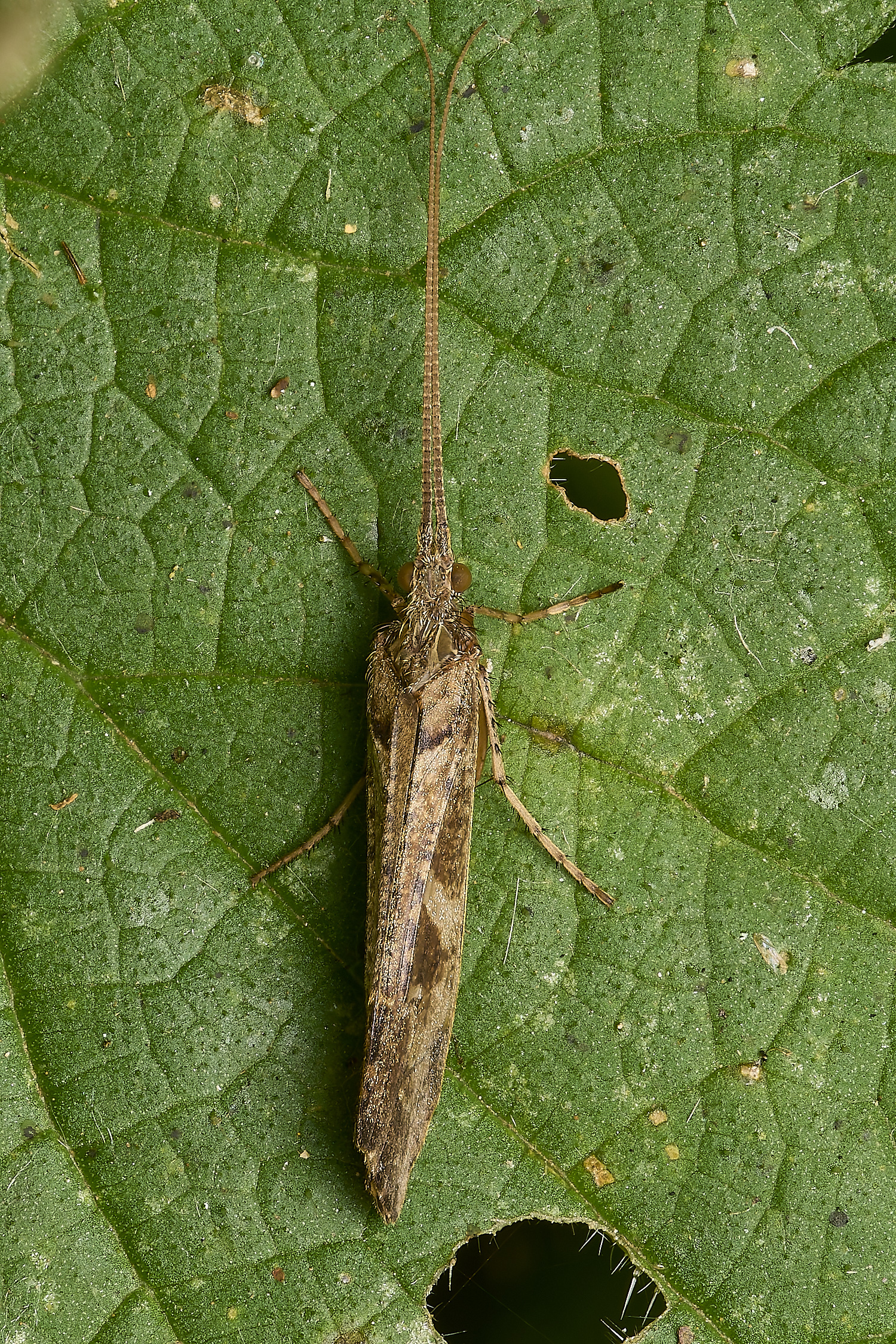
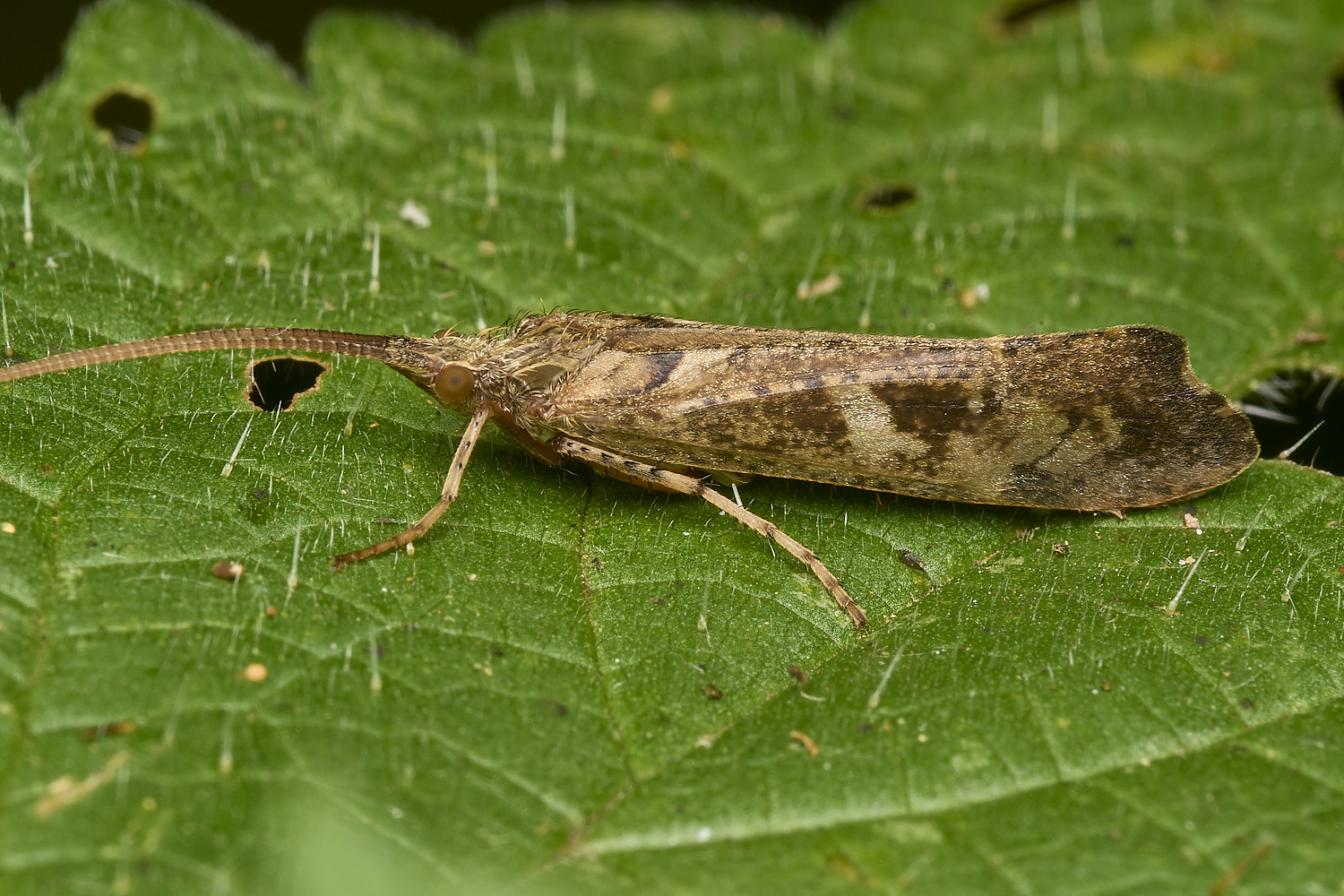
Caddis Fly Sp
Glyphotaelius pellucidus ♂︎
The notch gives this one away.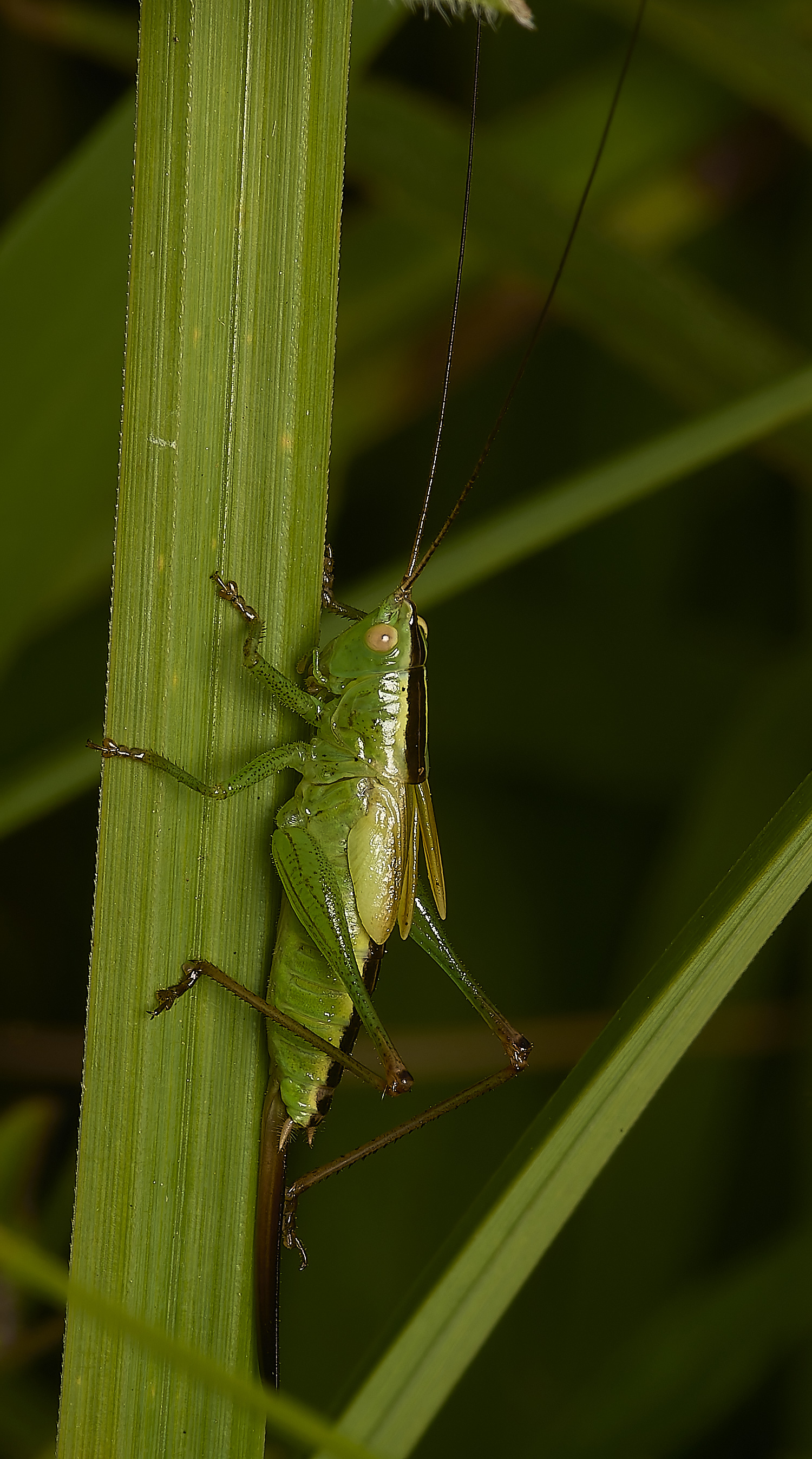
Short-winged Conehead ♀︎ (Conocephalus dorsalis)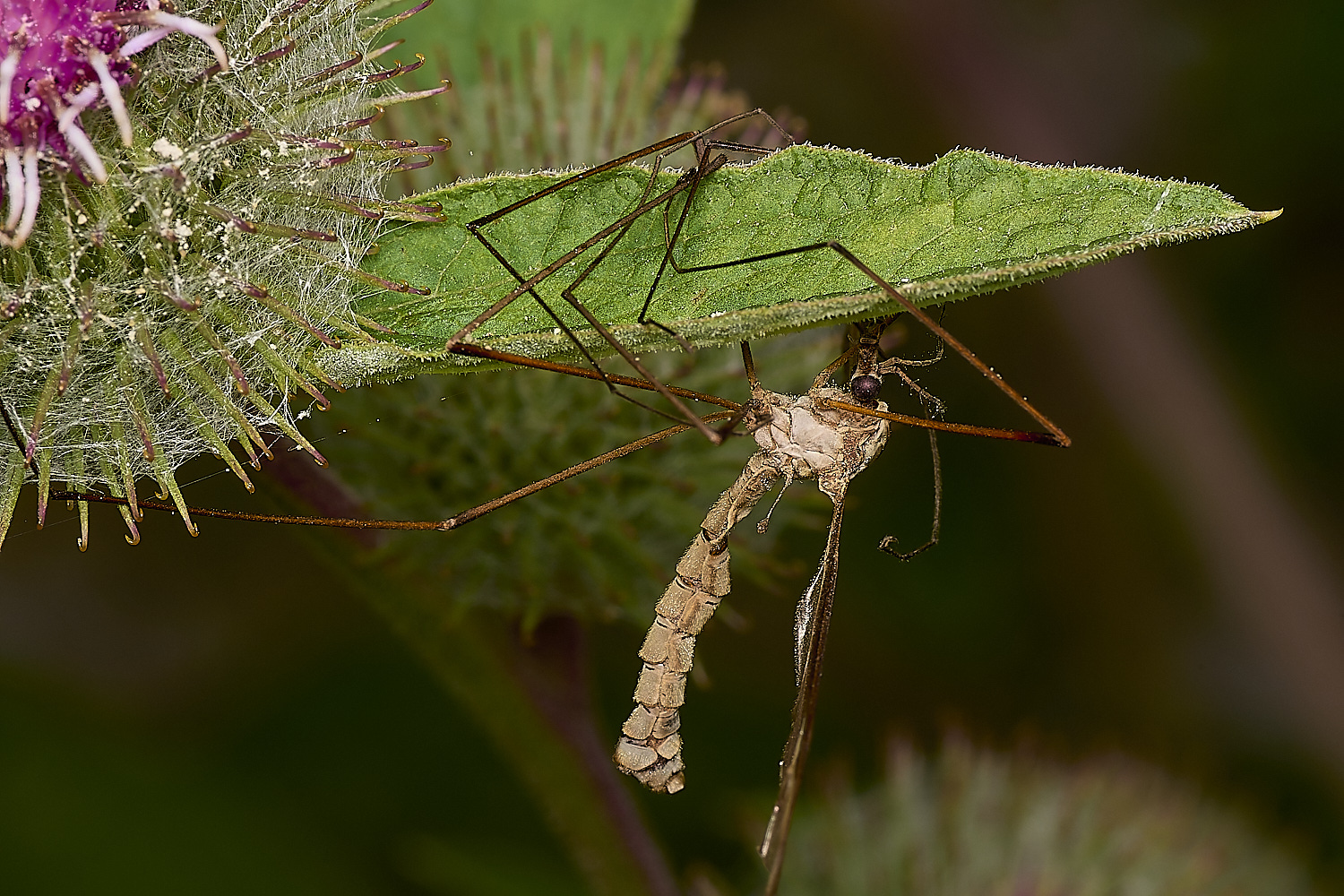
Cranefly affected by entomophthoragic fungus
Dark Bush-cricket (Pholidoptera griseoaptera)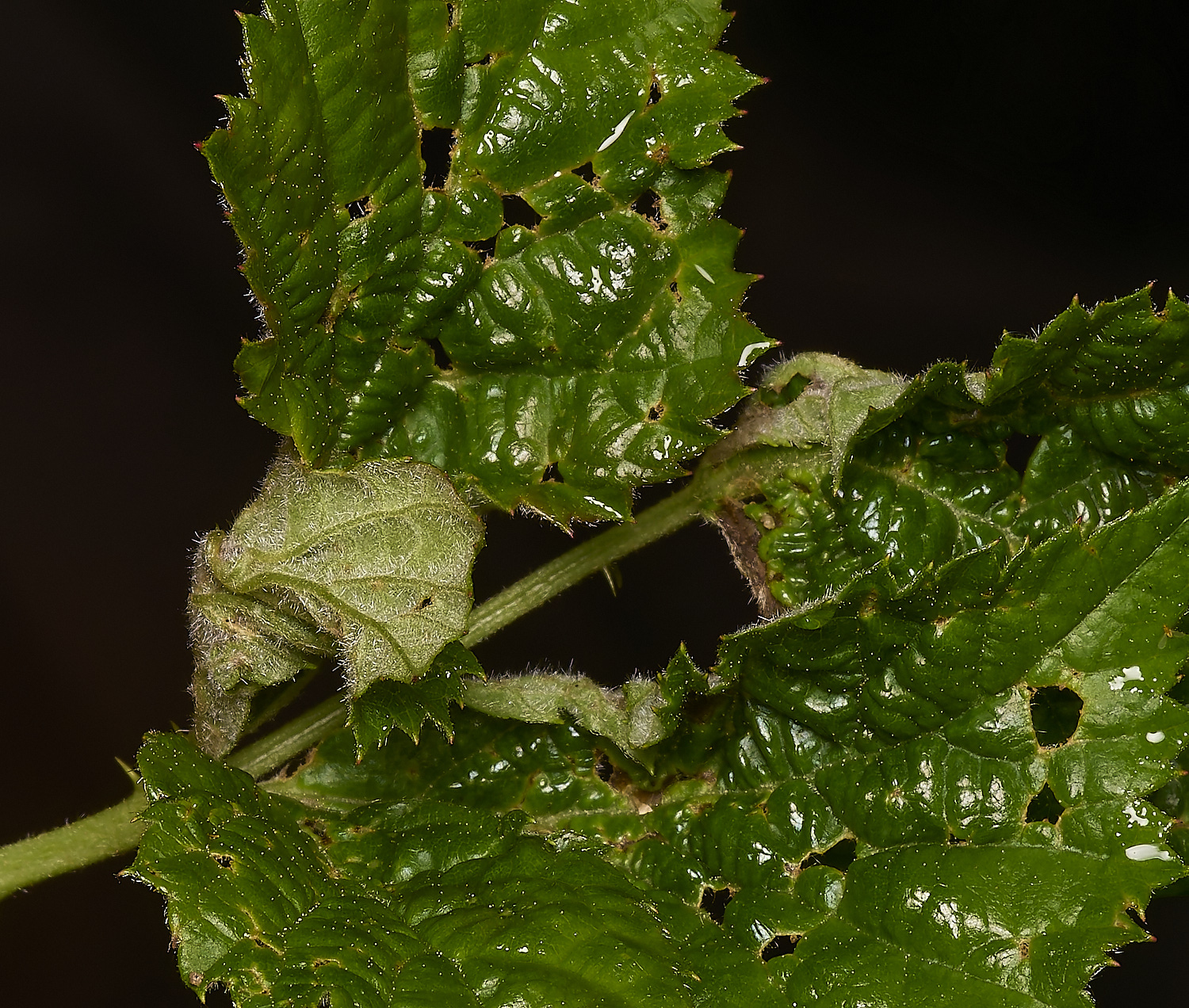
Blackberry Leaf mIdge
Dasineura plicatrix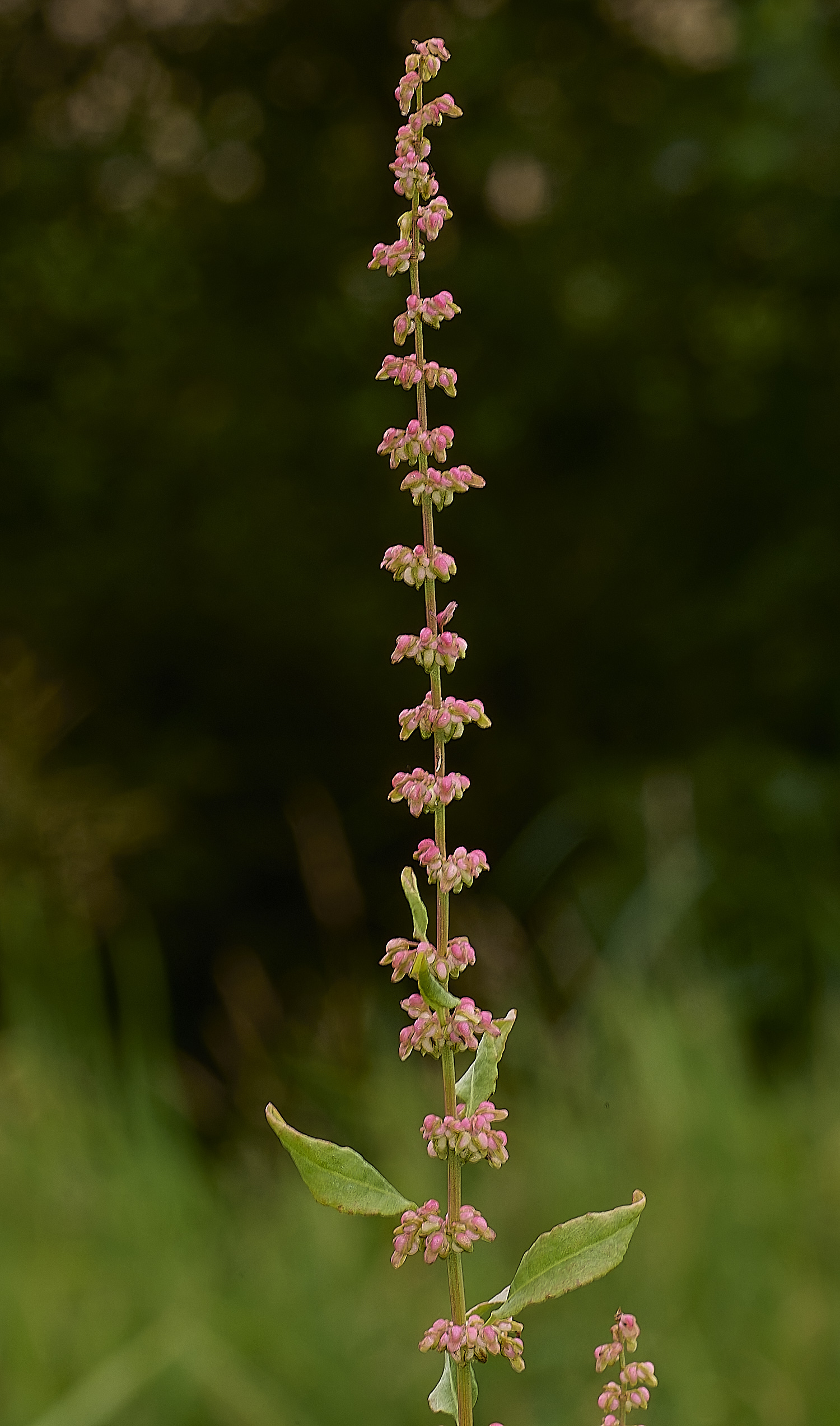
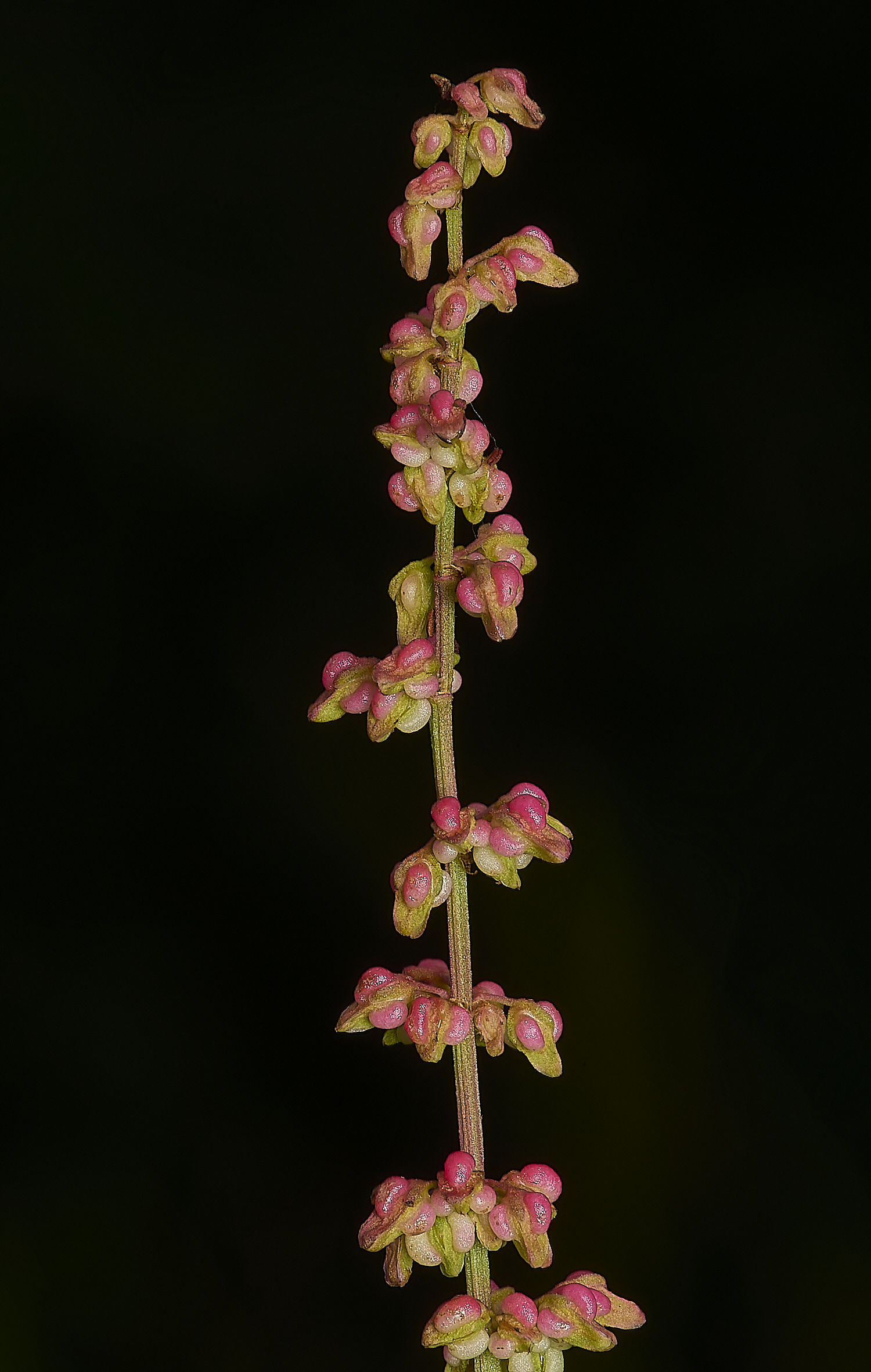
Dock sp
Clustered Dock (Rumex conglomeratus)?
Marshy meadows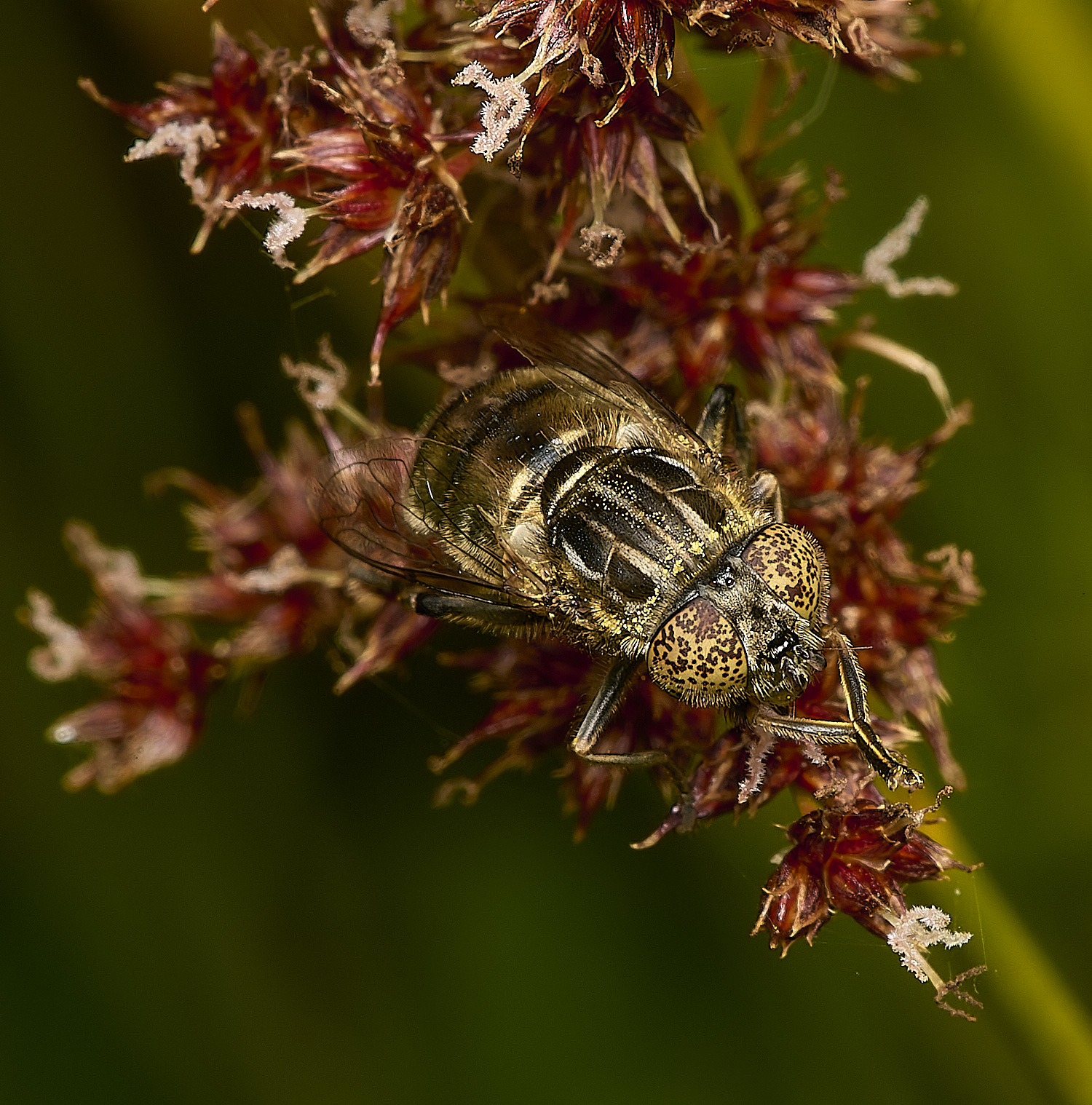
Small Spotty-eyed Dronefly (Eristalinus sepulchris)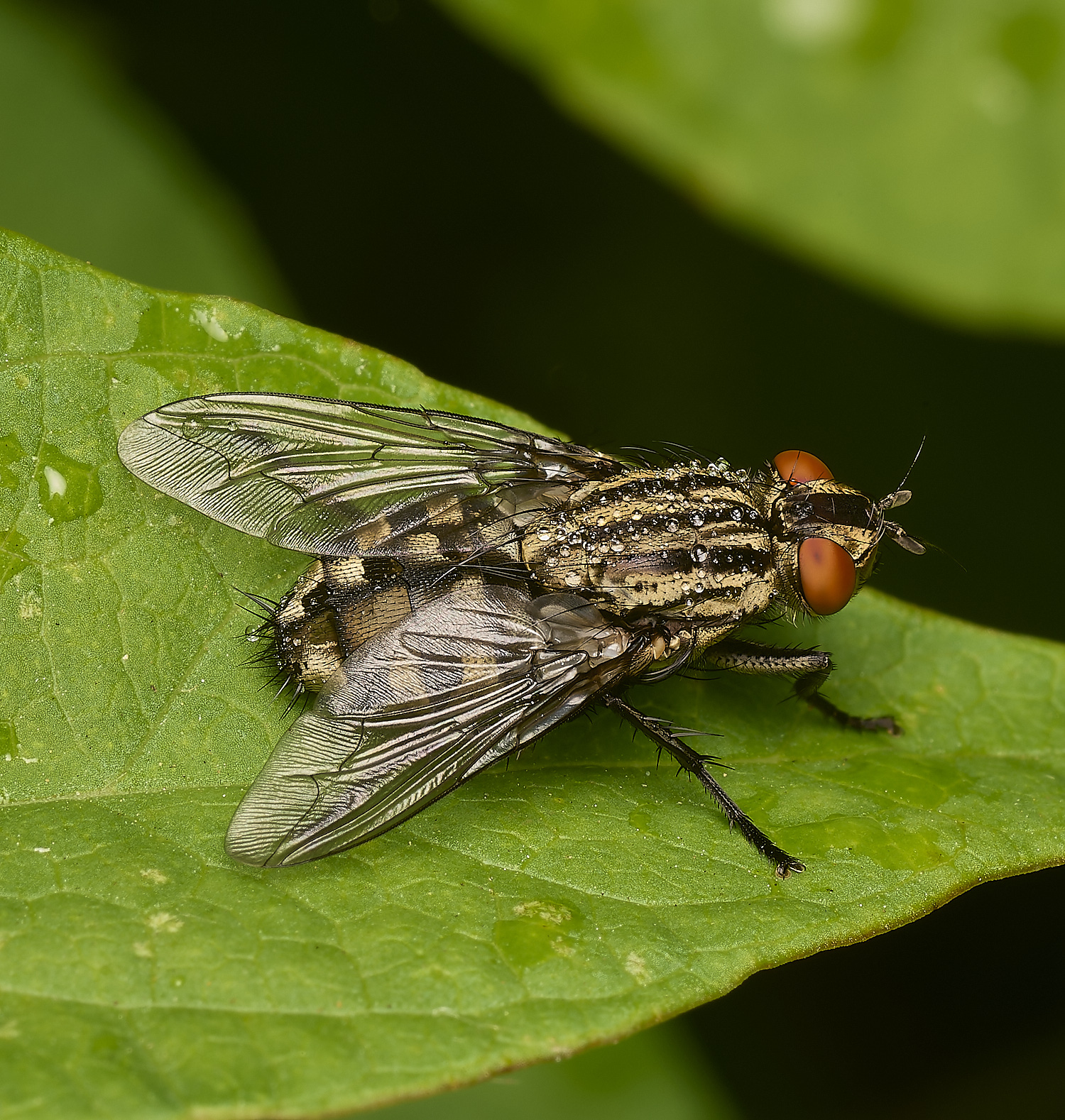
Fly Sp?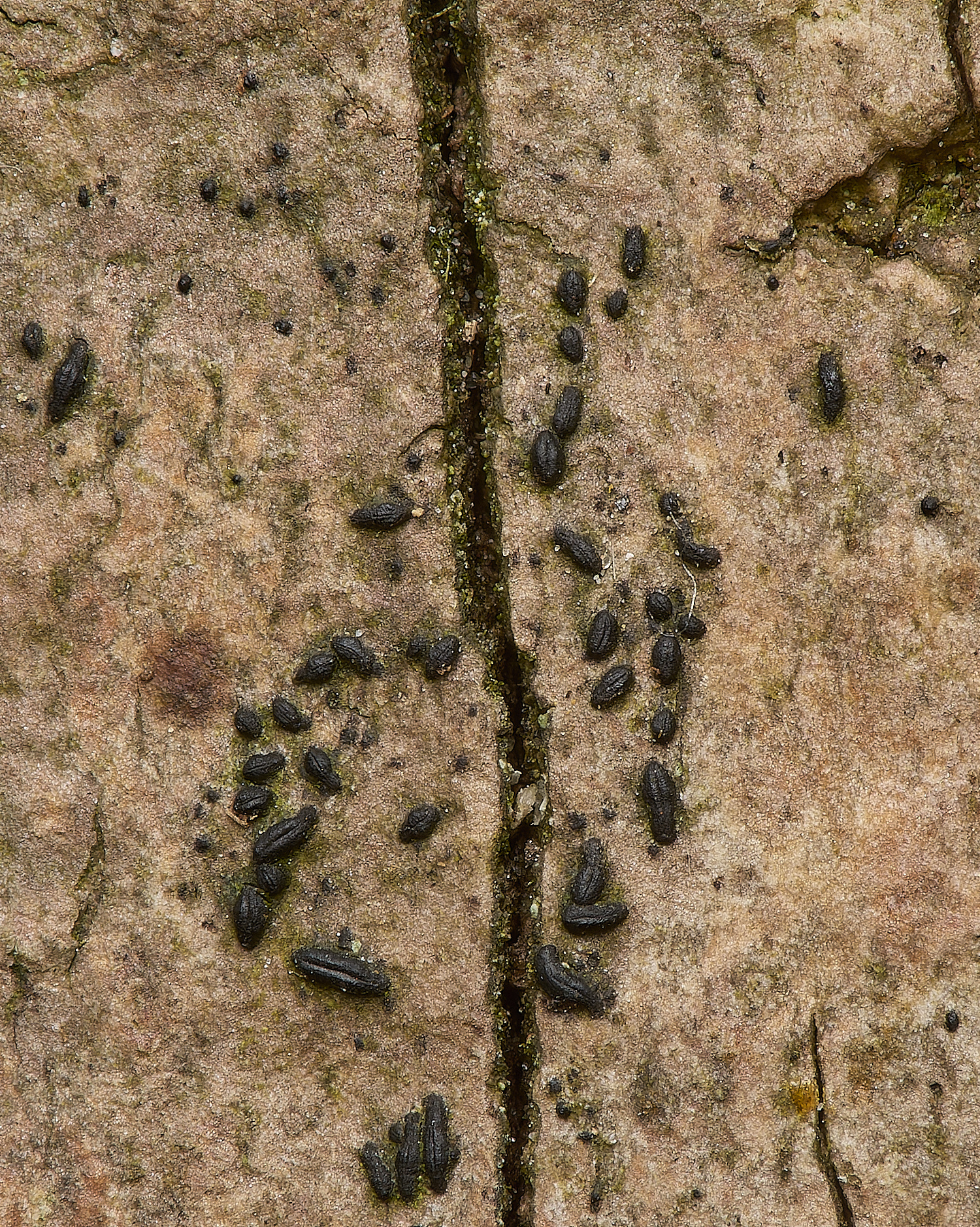
Fungus Sp?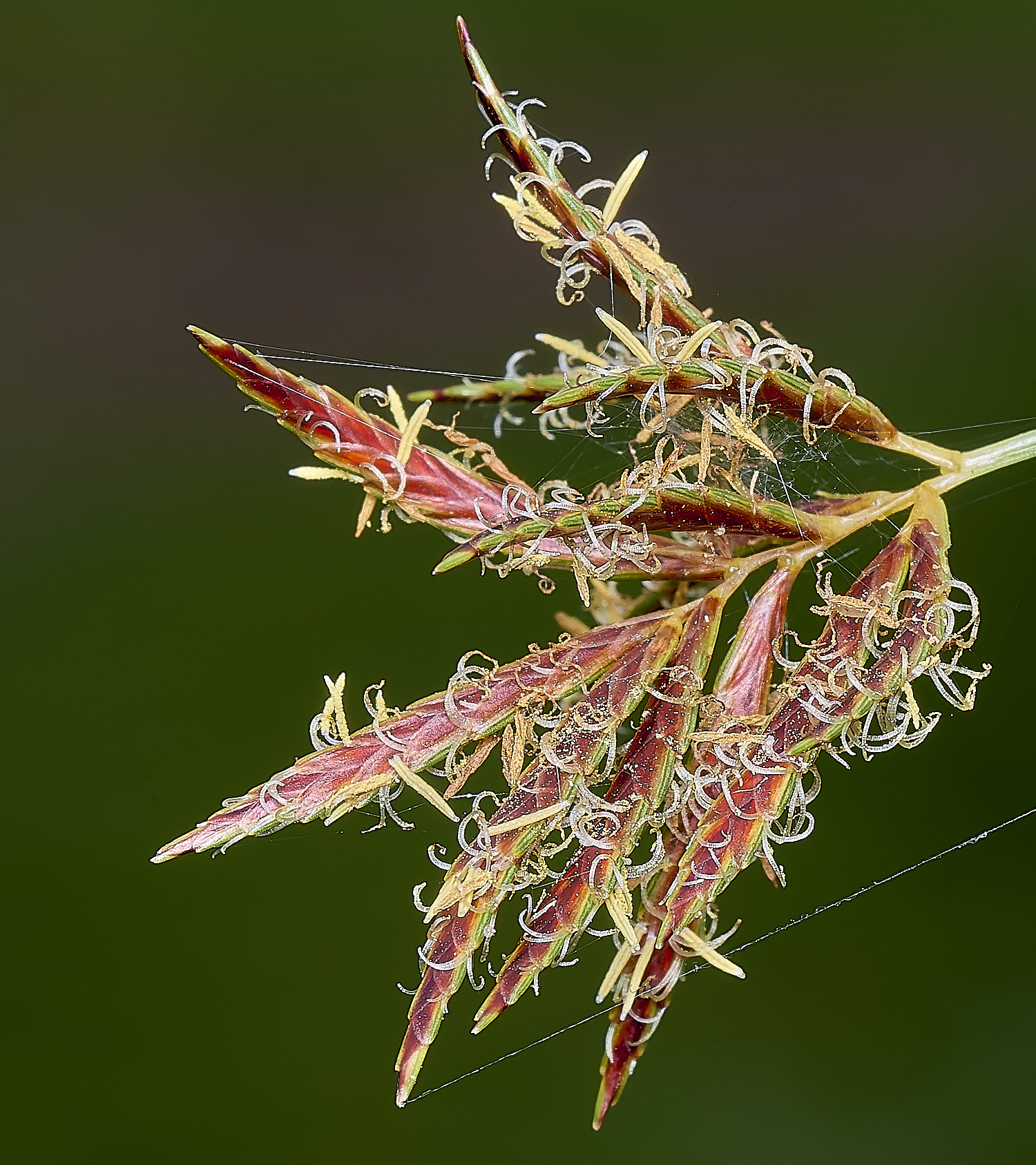
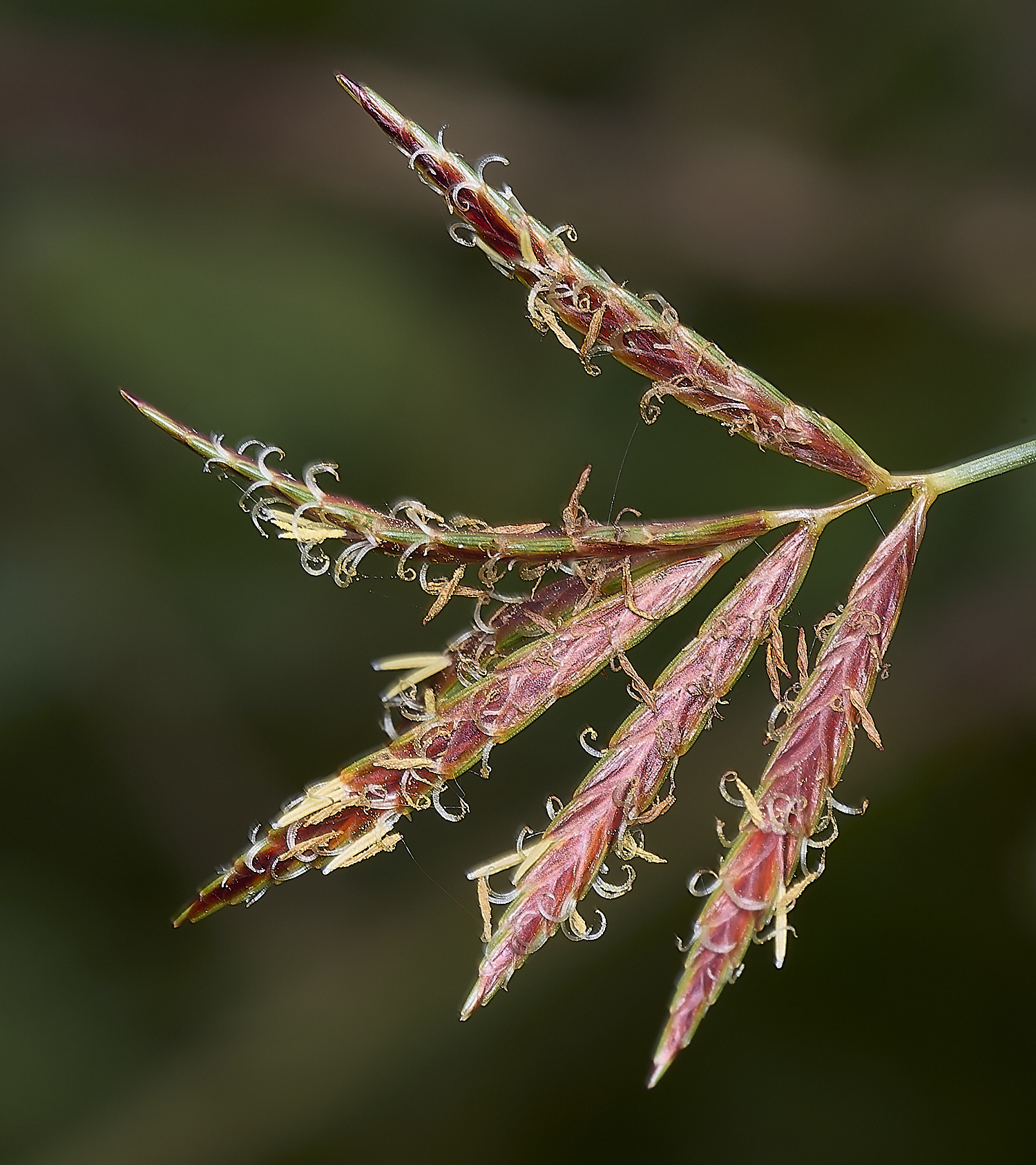
Galingale (Cyperus longus)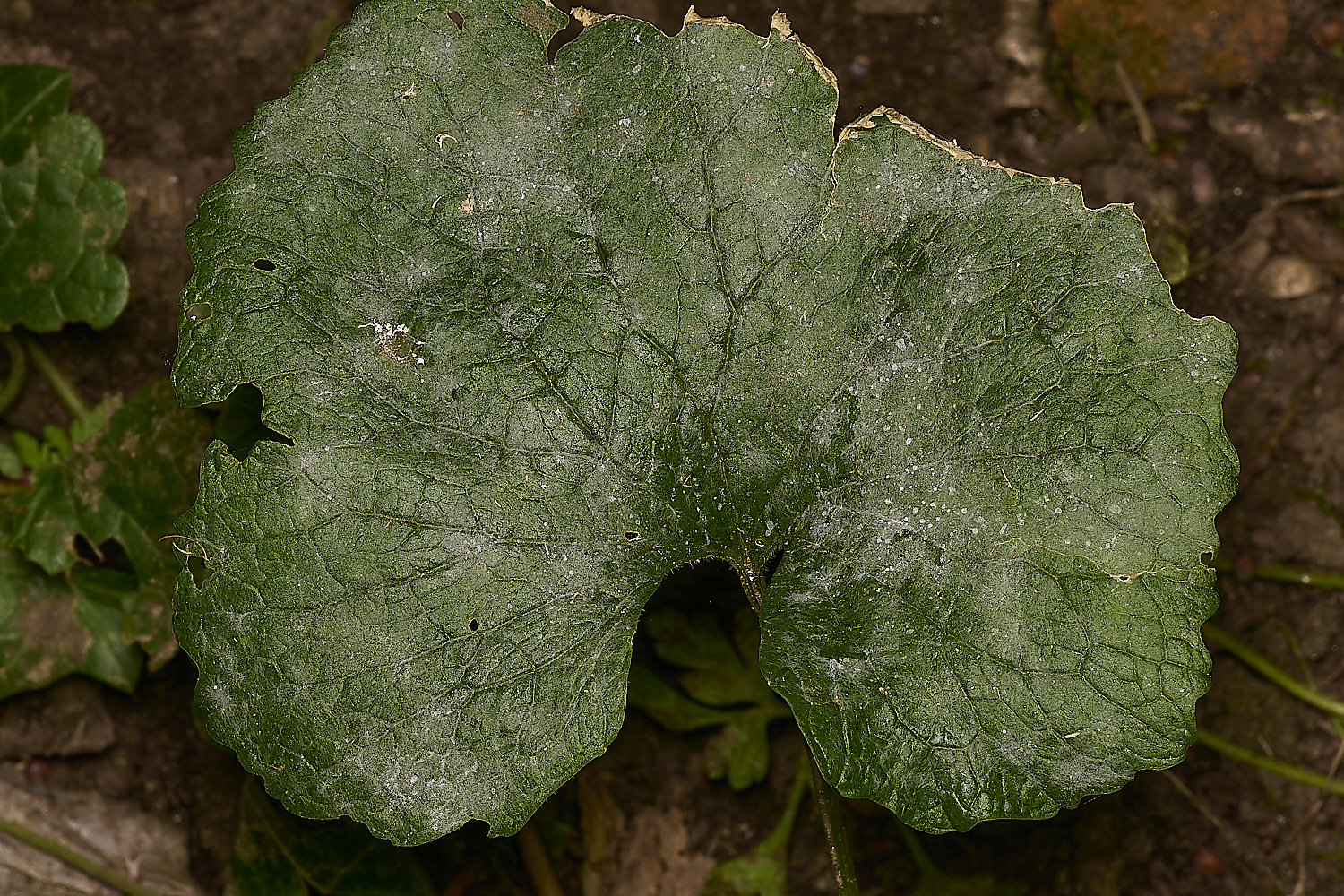
Mildew on Garlic Mustard (Alliaria petiolata)
Erysiphe alliaricola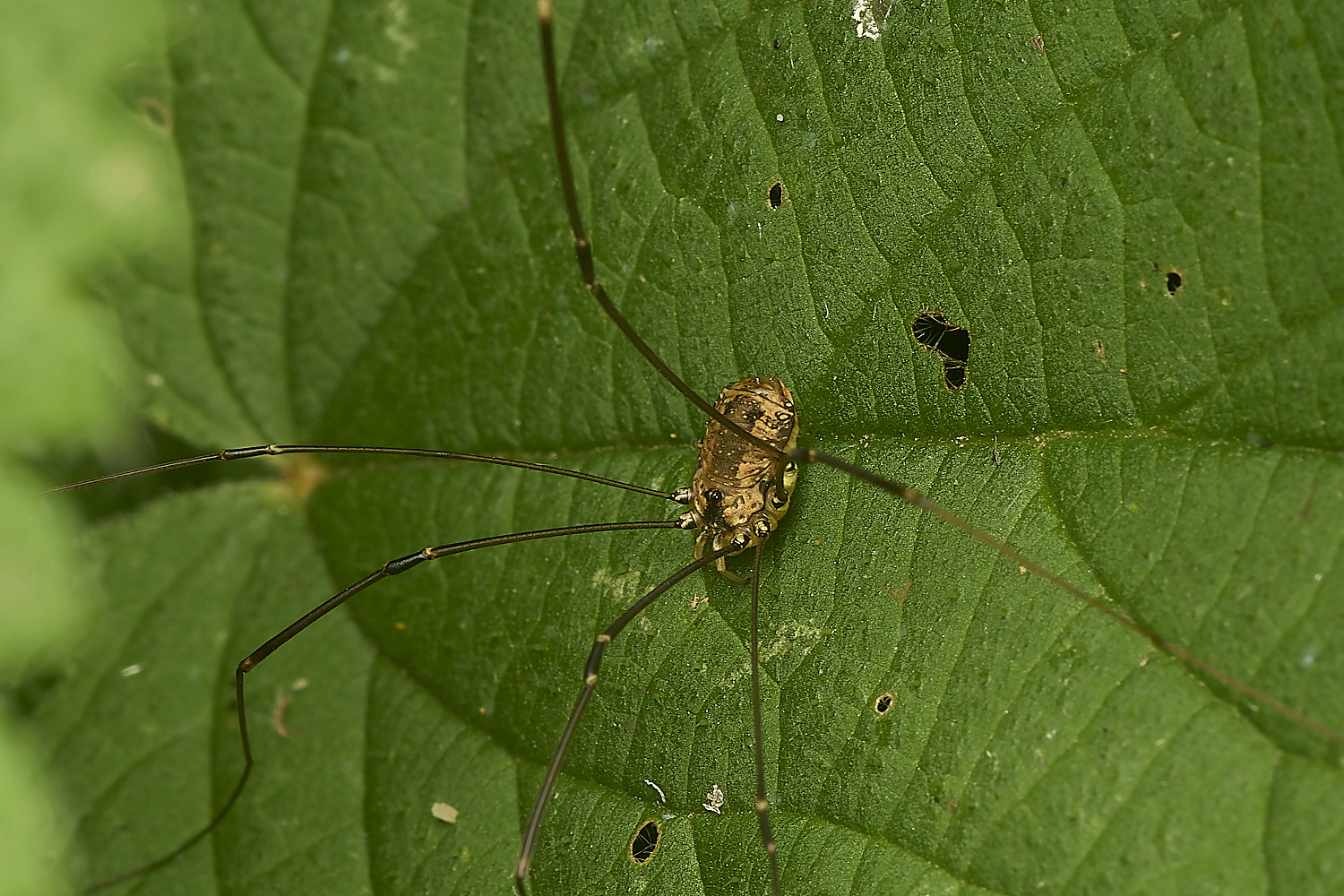
Leiobonum rotundum ♀︎?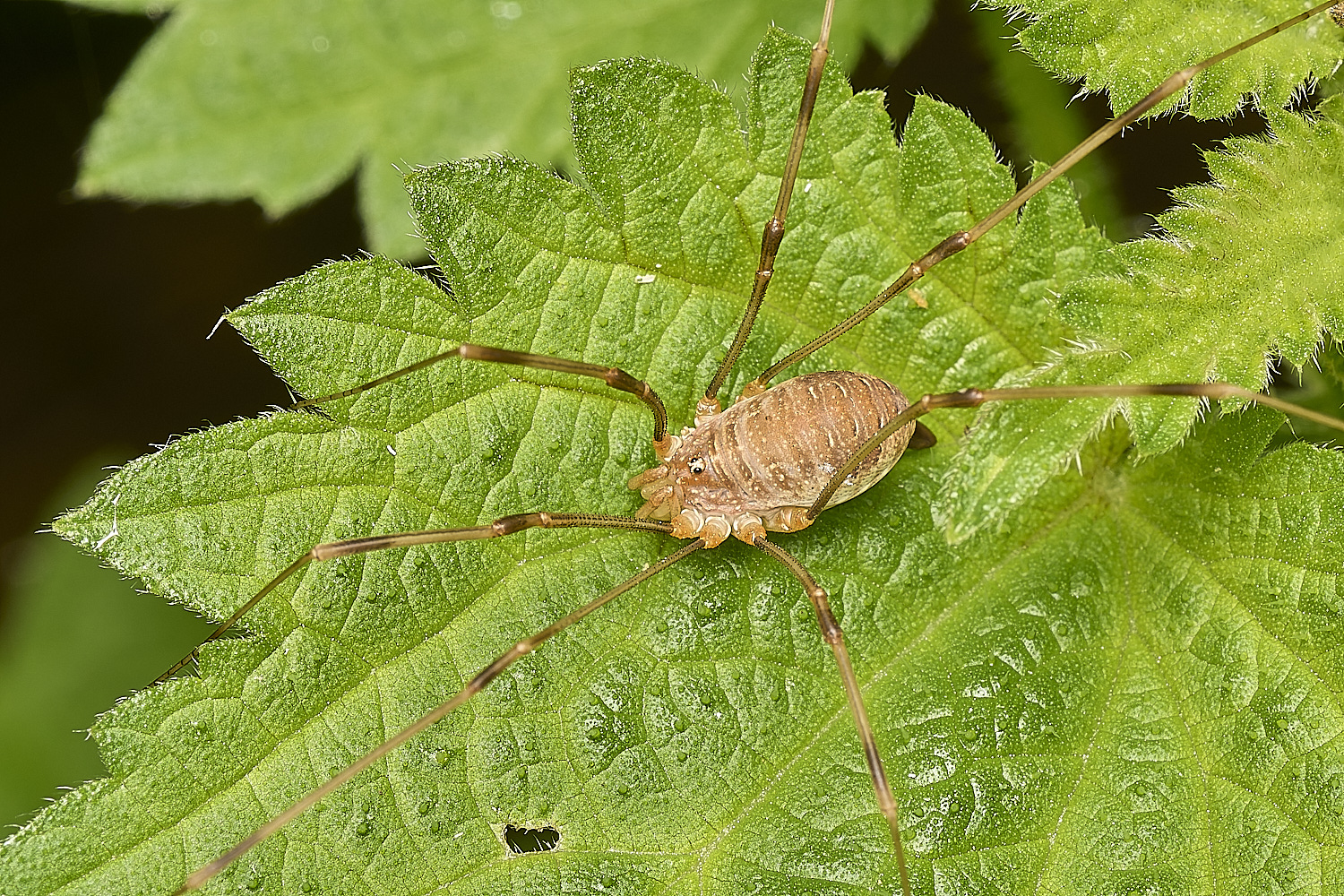
Opilio canestrinii
Southern Hawker ♀︎ (Aeshna cyanea)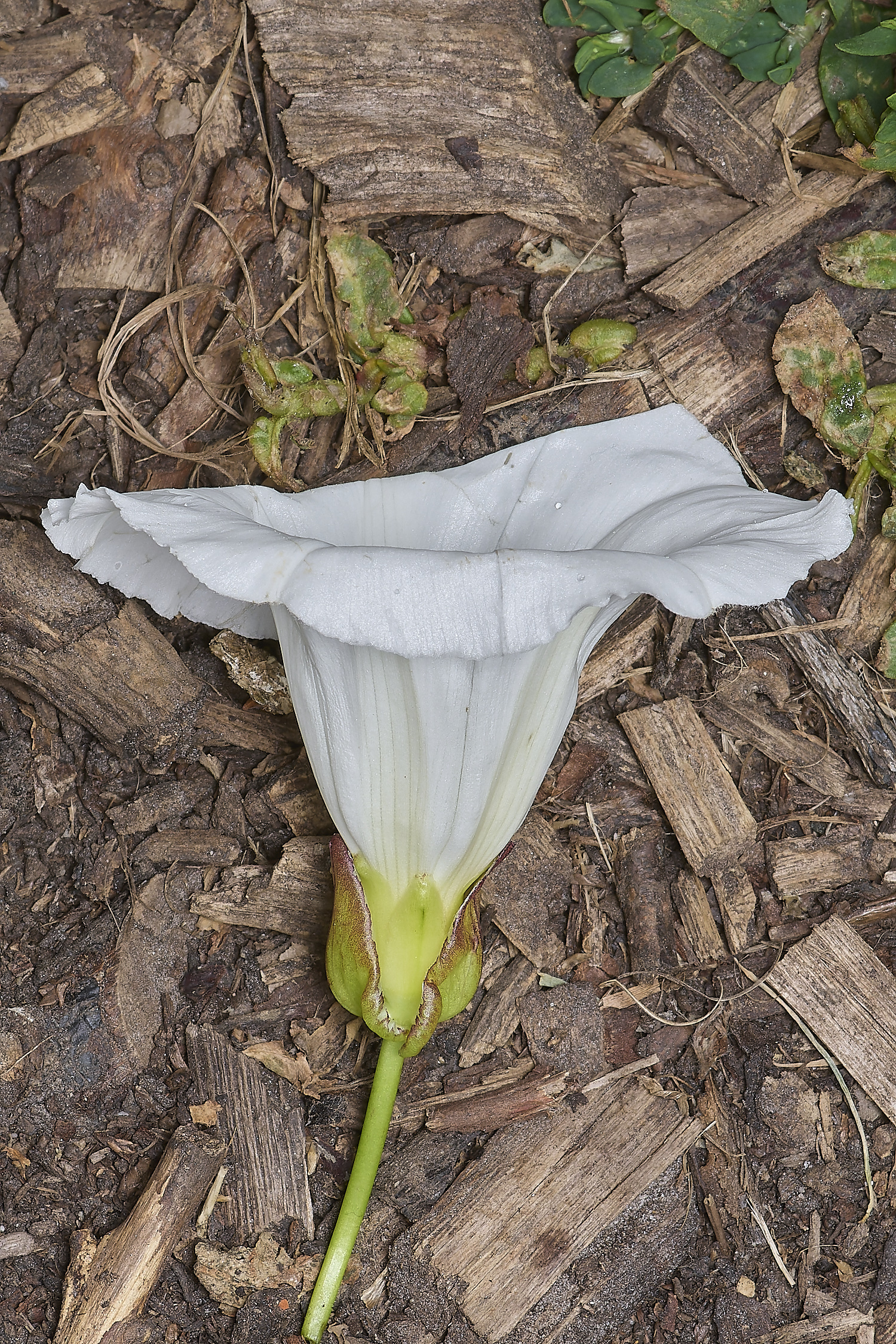

Hedge Bindweed (Calystegia sepium)
Bracteoles only slightly or do not overlap
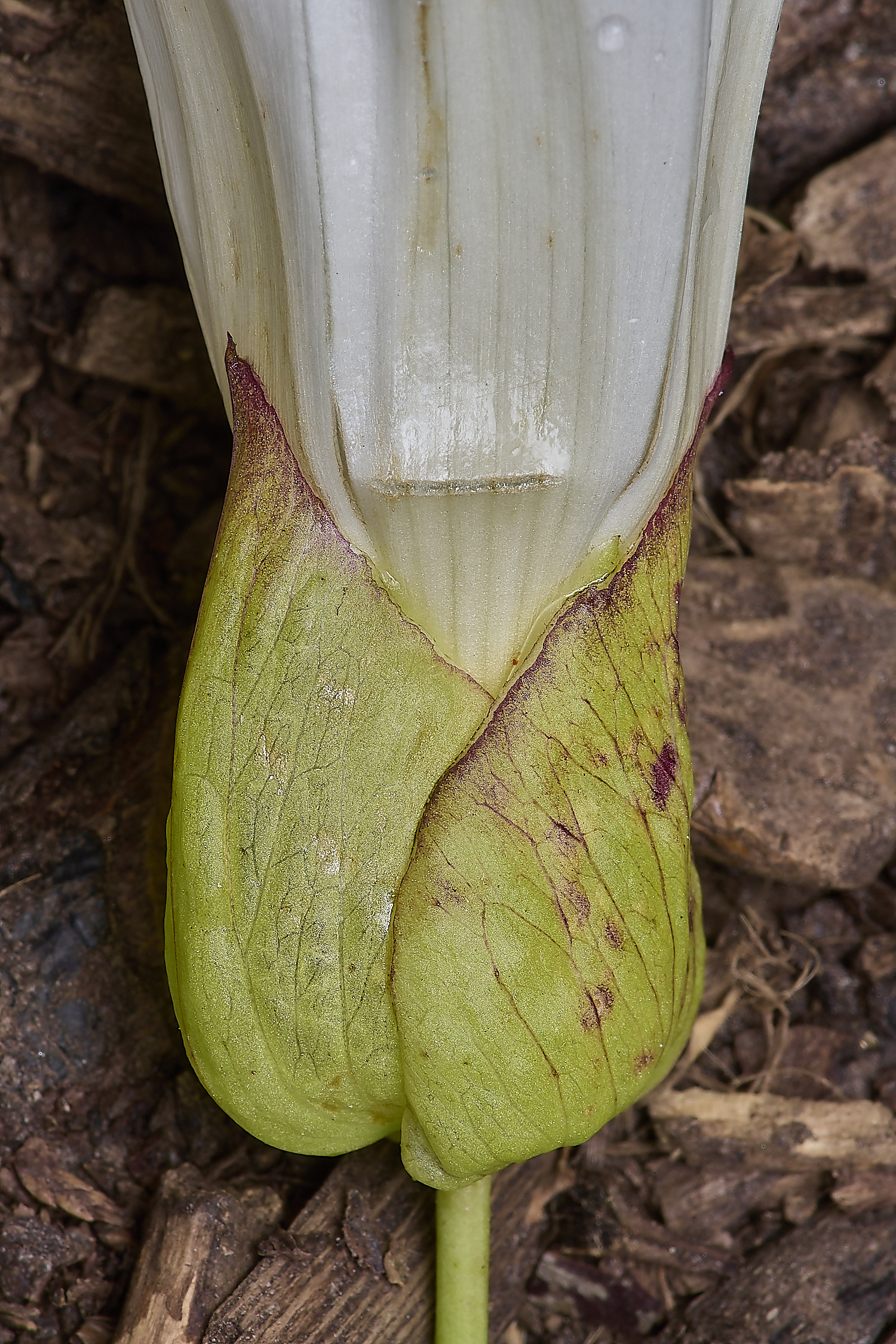
Large Bindweed (Calystegia sylvatica)
Bracteoles overlapping at the base of the flower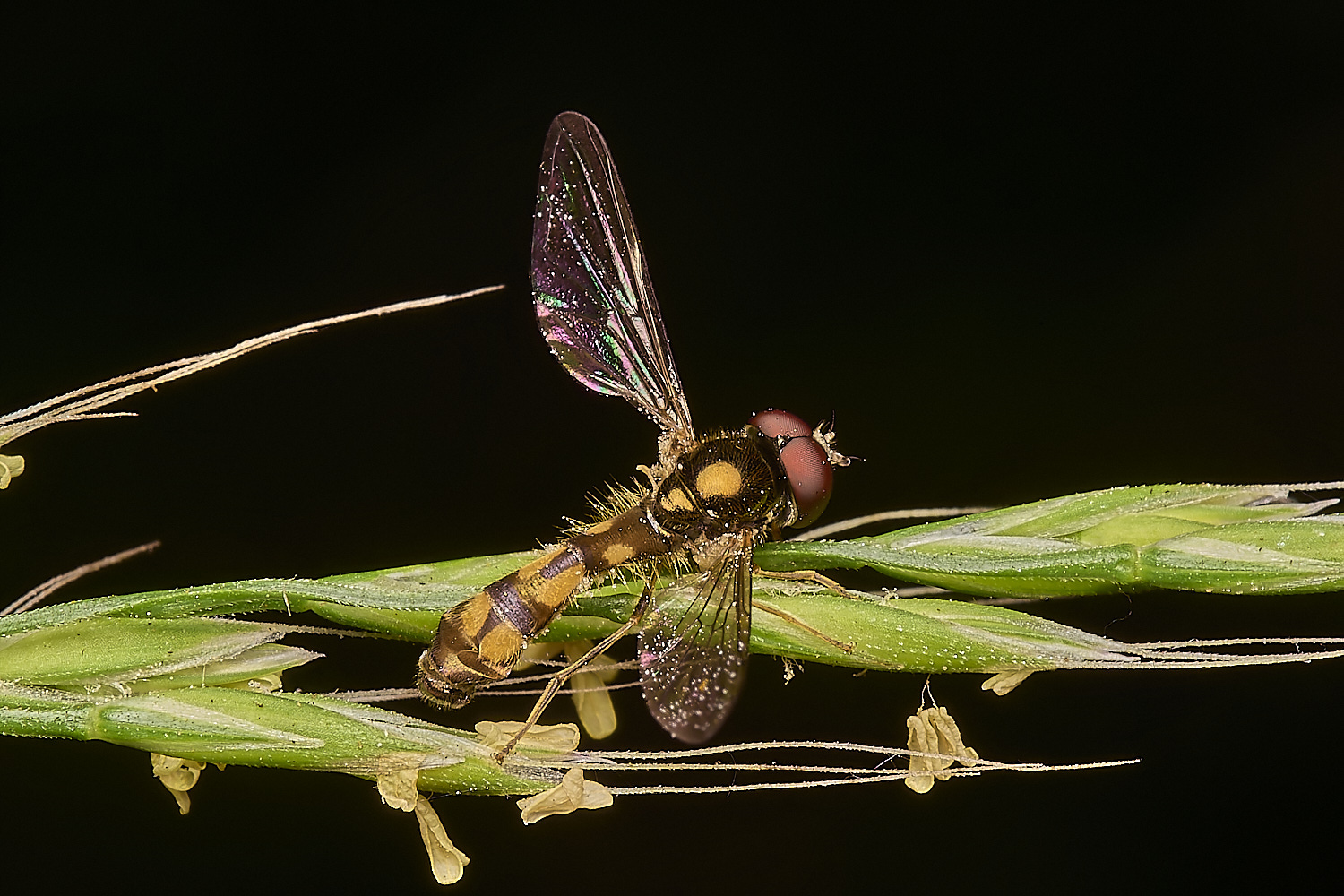
Chequered Hoverfly ♂︎ (Melanostoma scalare) attacked by entomophthagic fungus
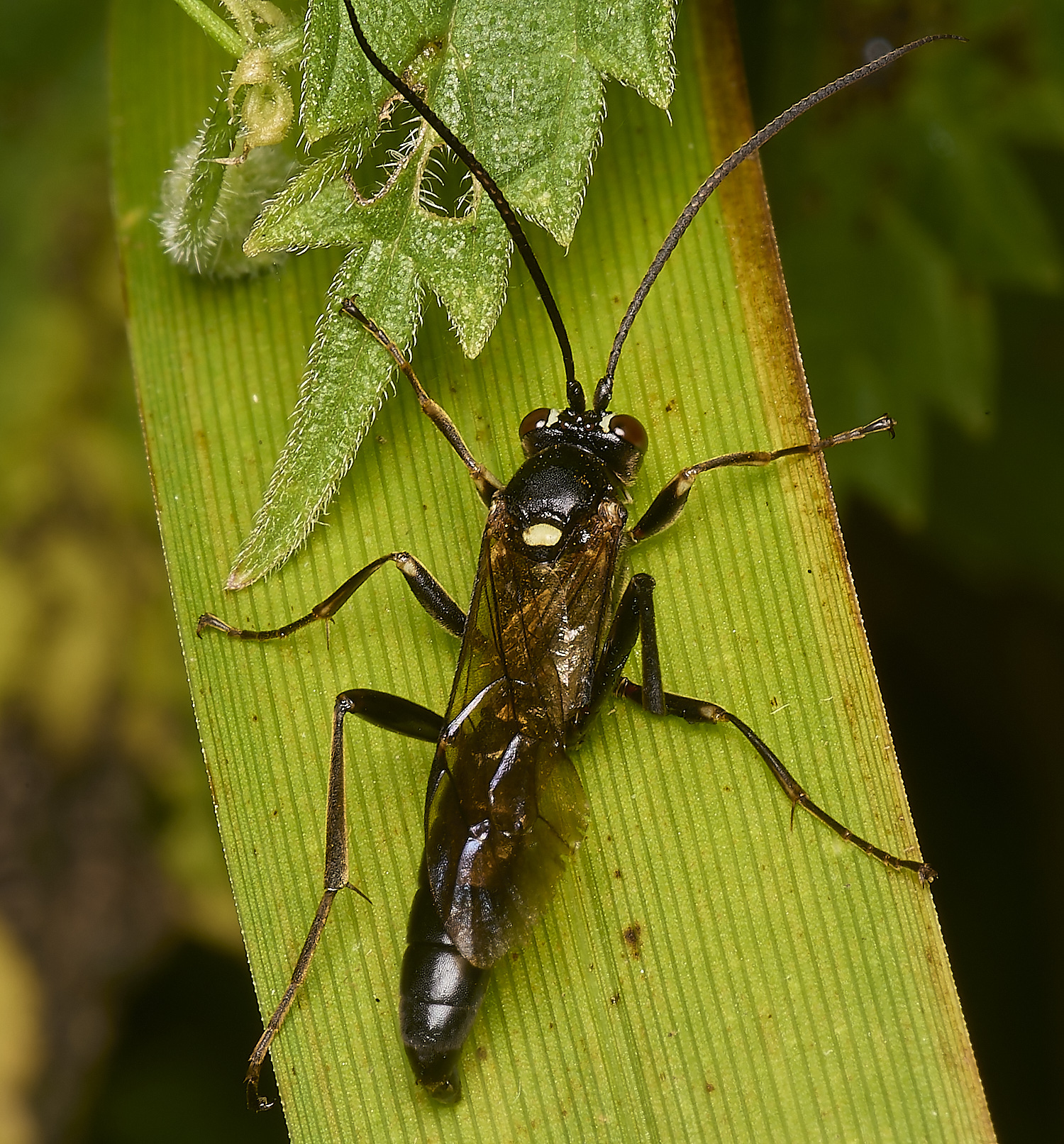
Ichneumon Sp?
A good chance this is Hepiopelmus melanogaster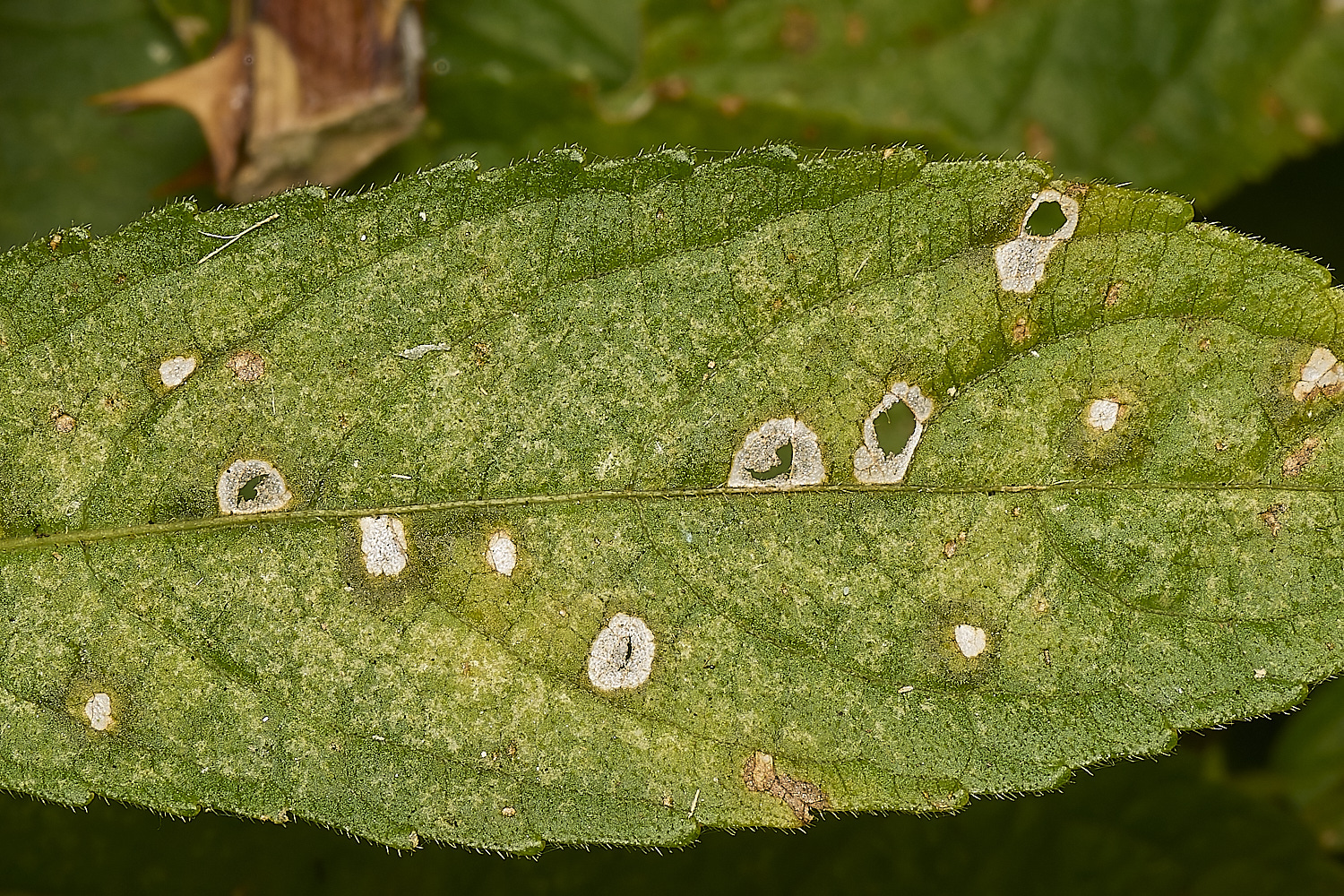
On Dog's Mercury (Mercurialis perennis) ?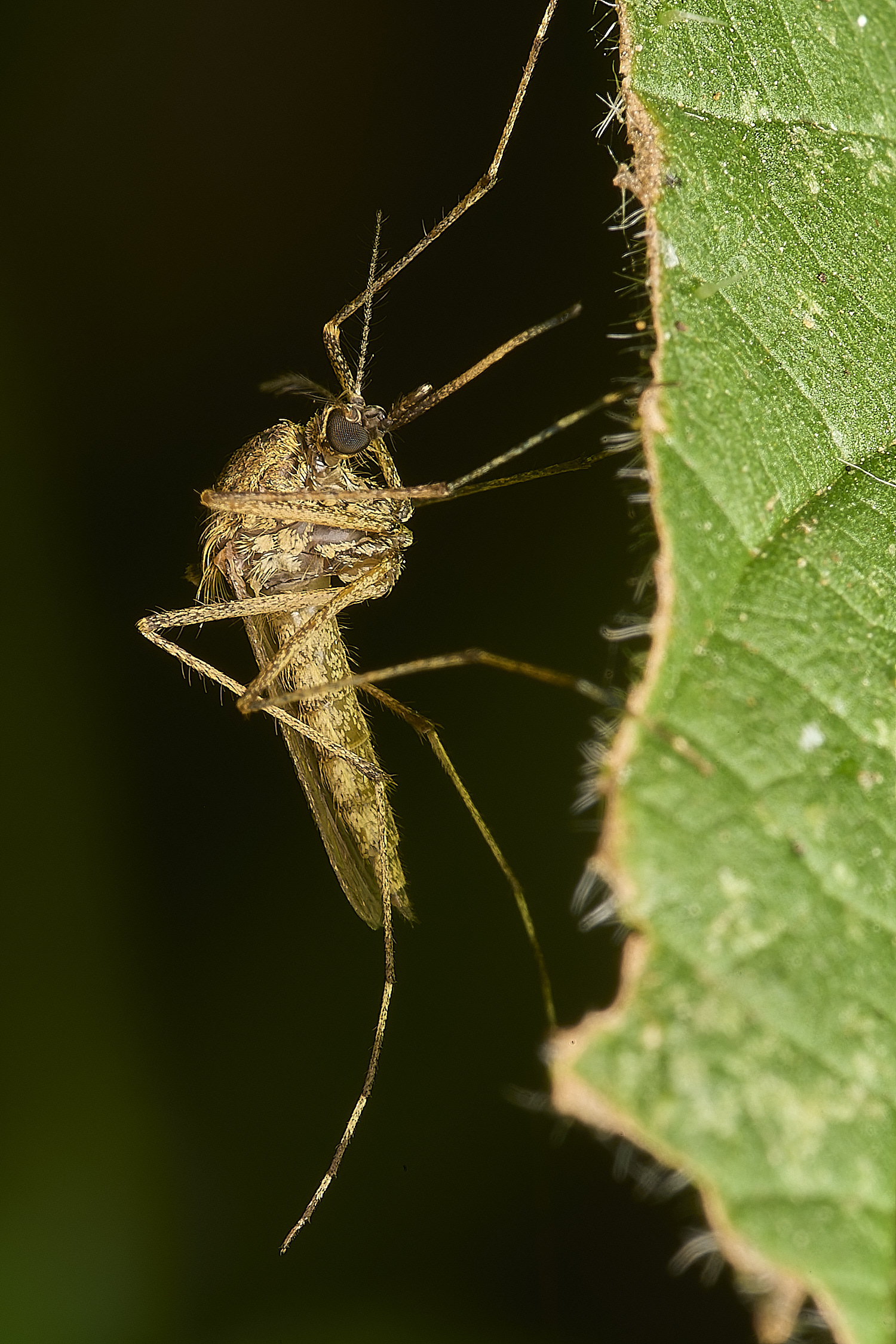
Mosquito Sp?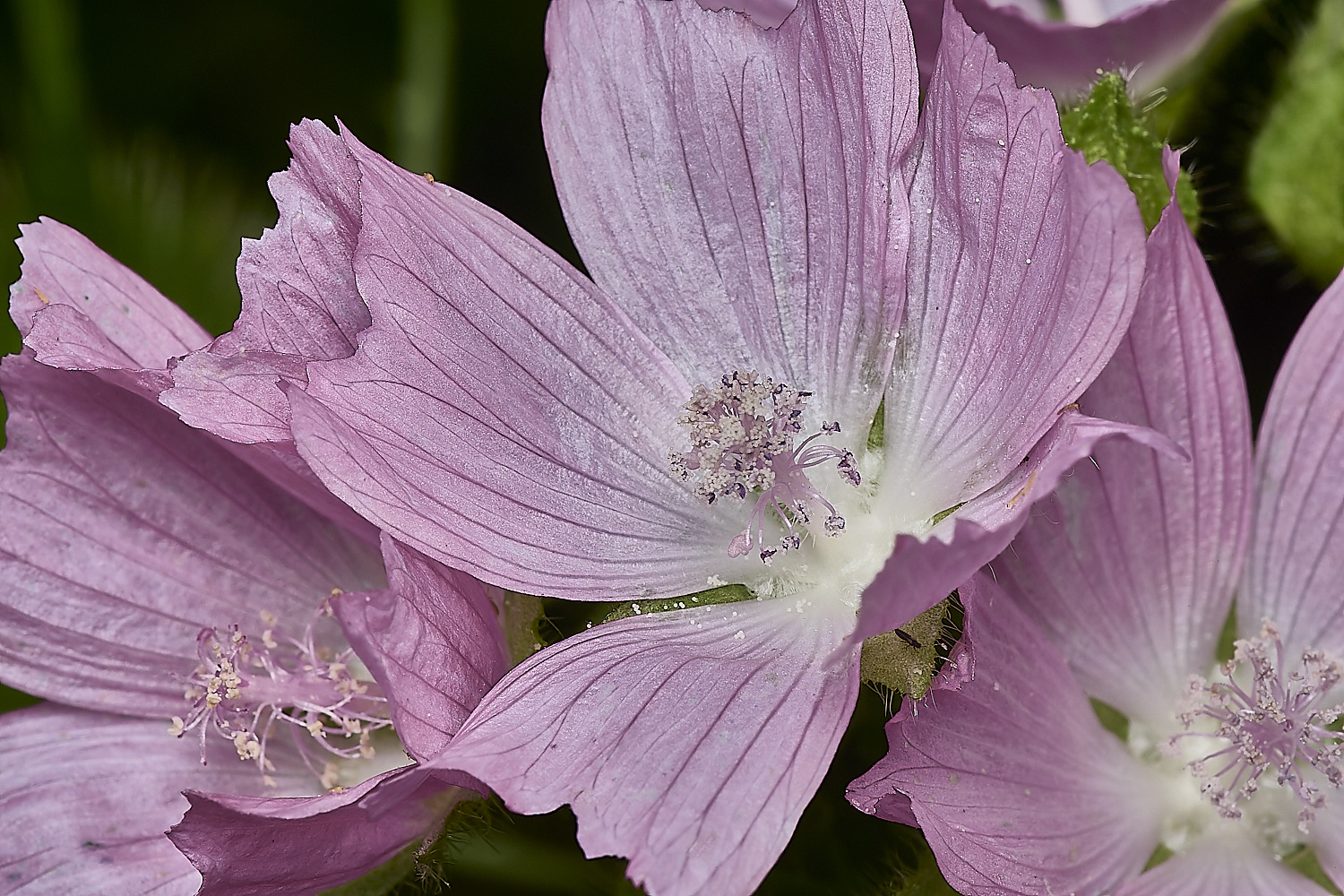
Musk Mallow (Malva moschata)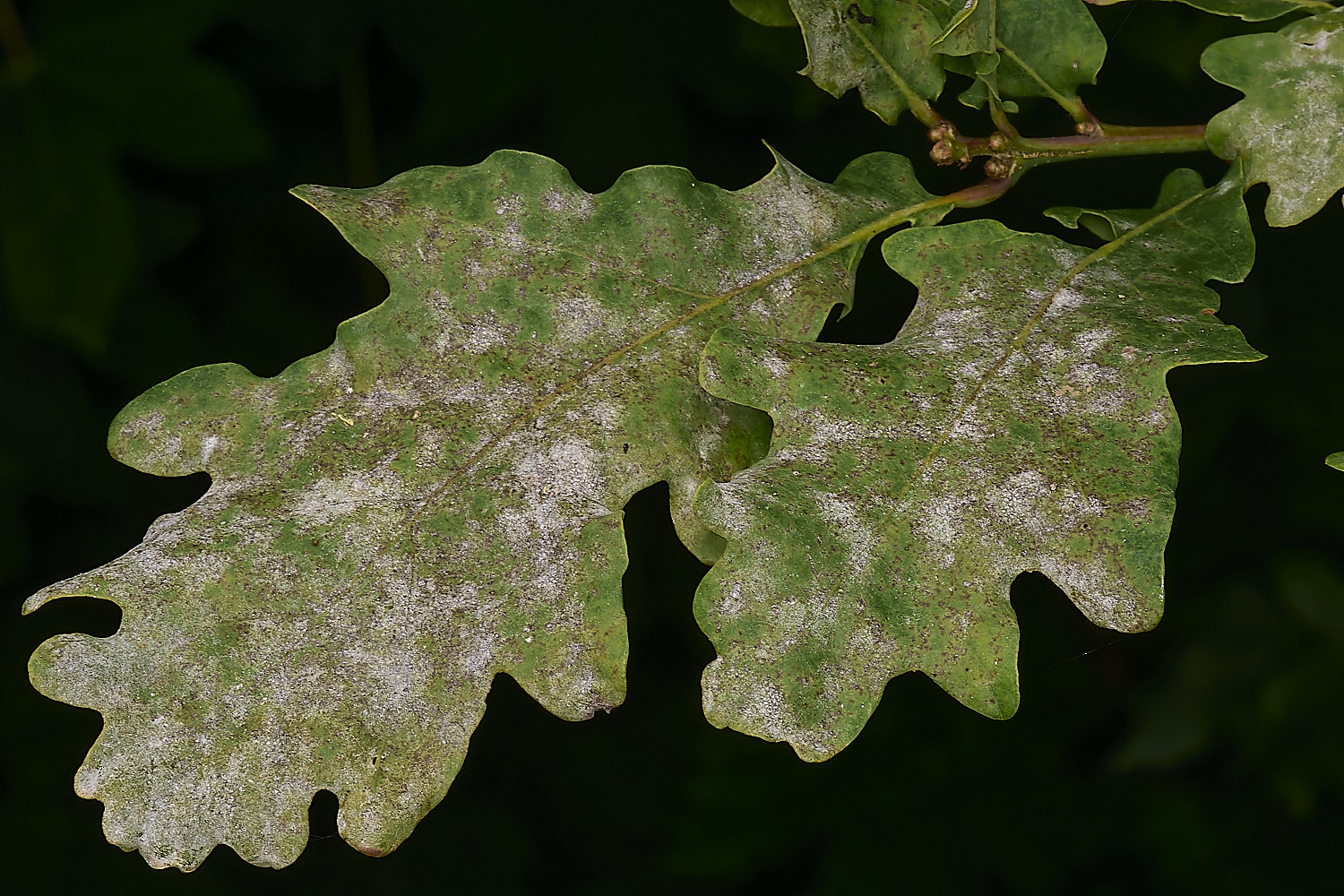
Oak Powdery Mildew (Erysiphe alphitoides)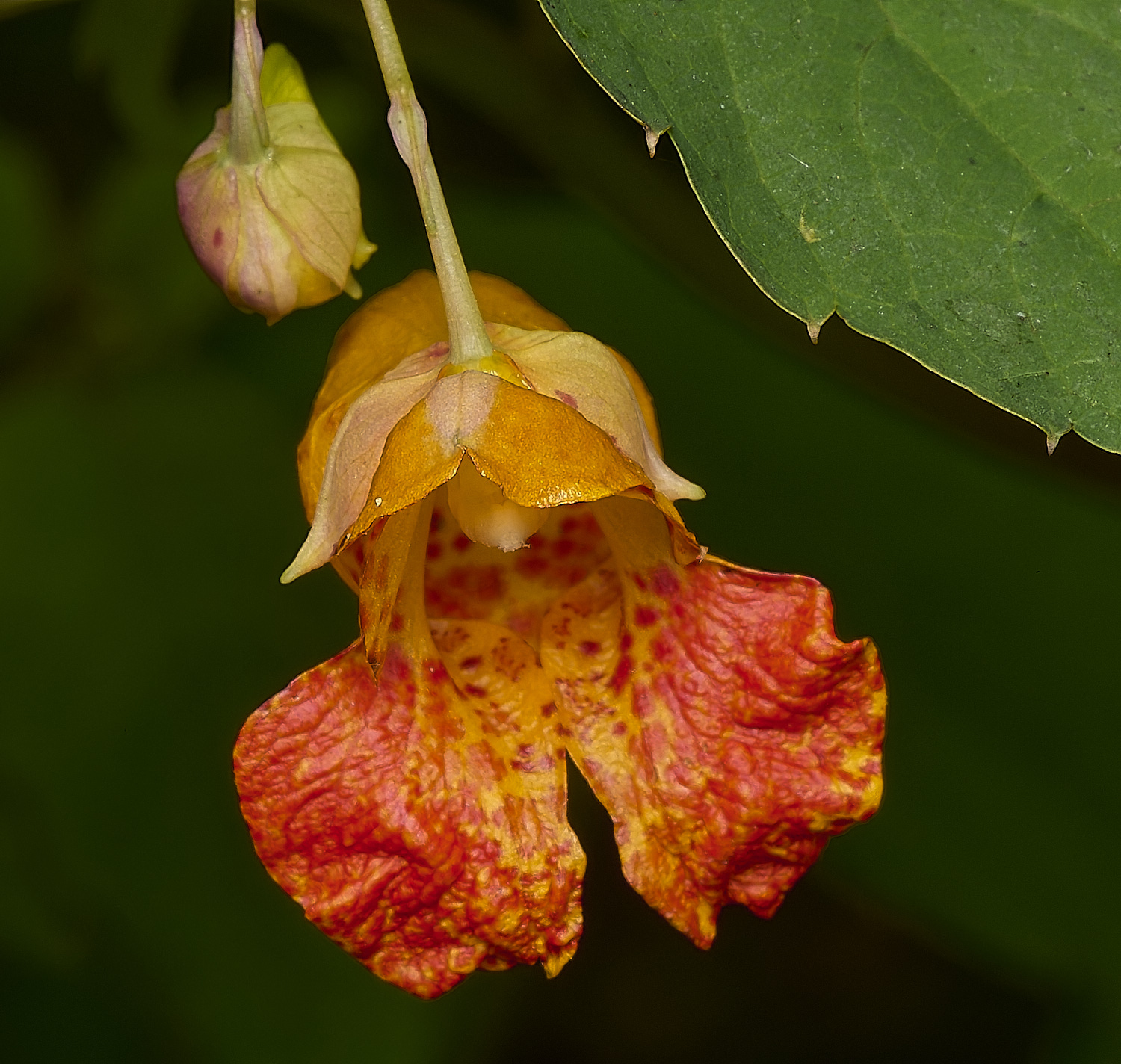
Orange Balsam (Impatiens capensis)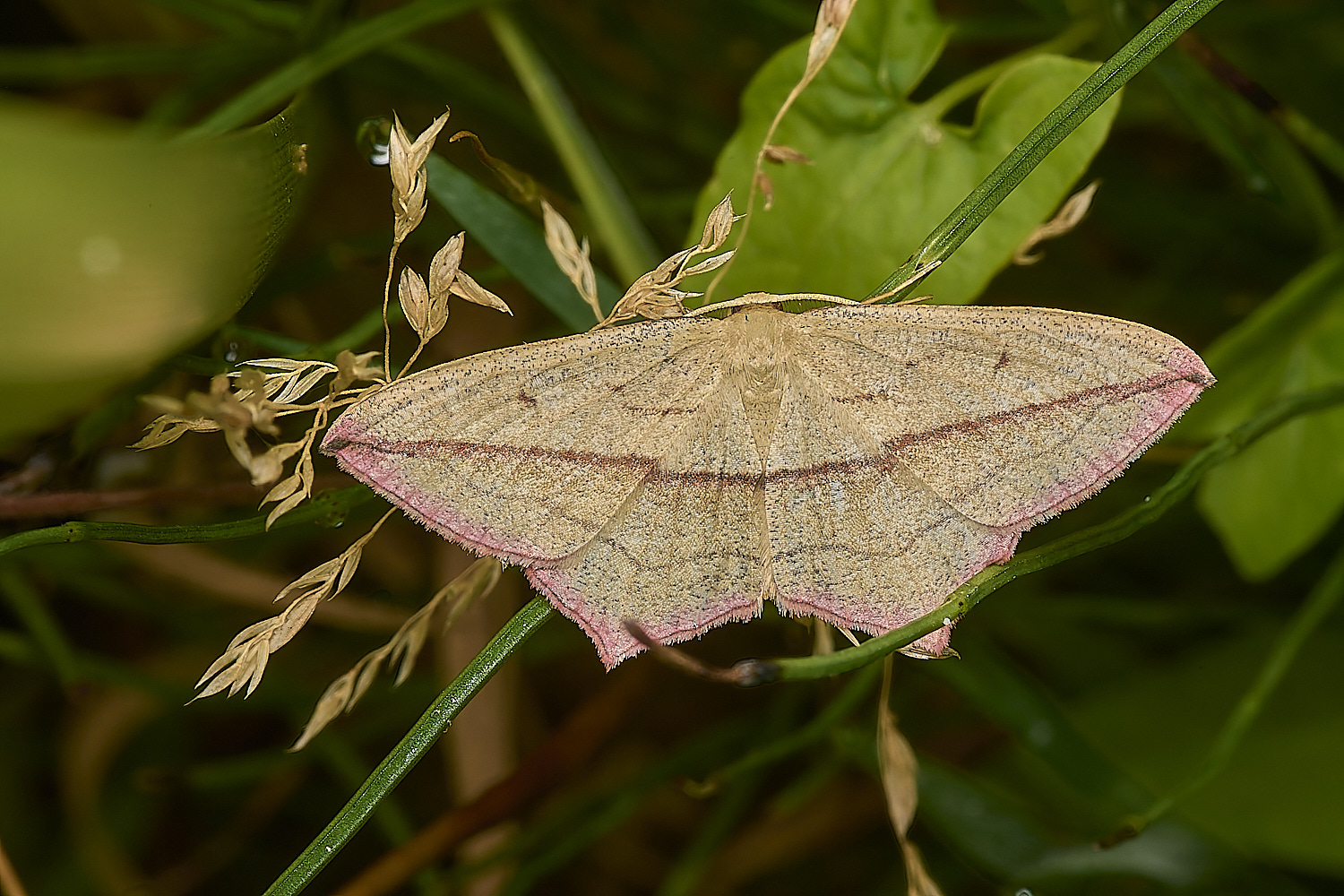
Blood-vein Moth (Timandra comae)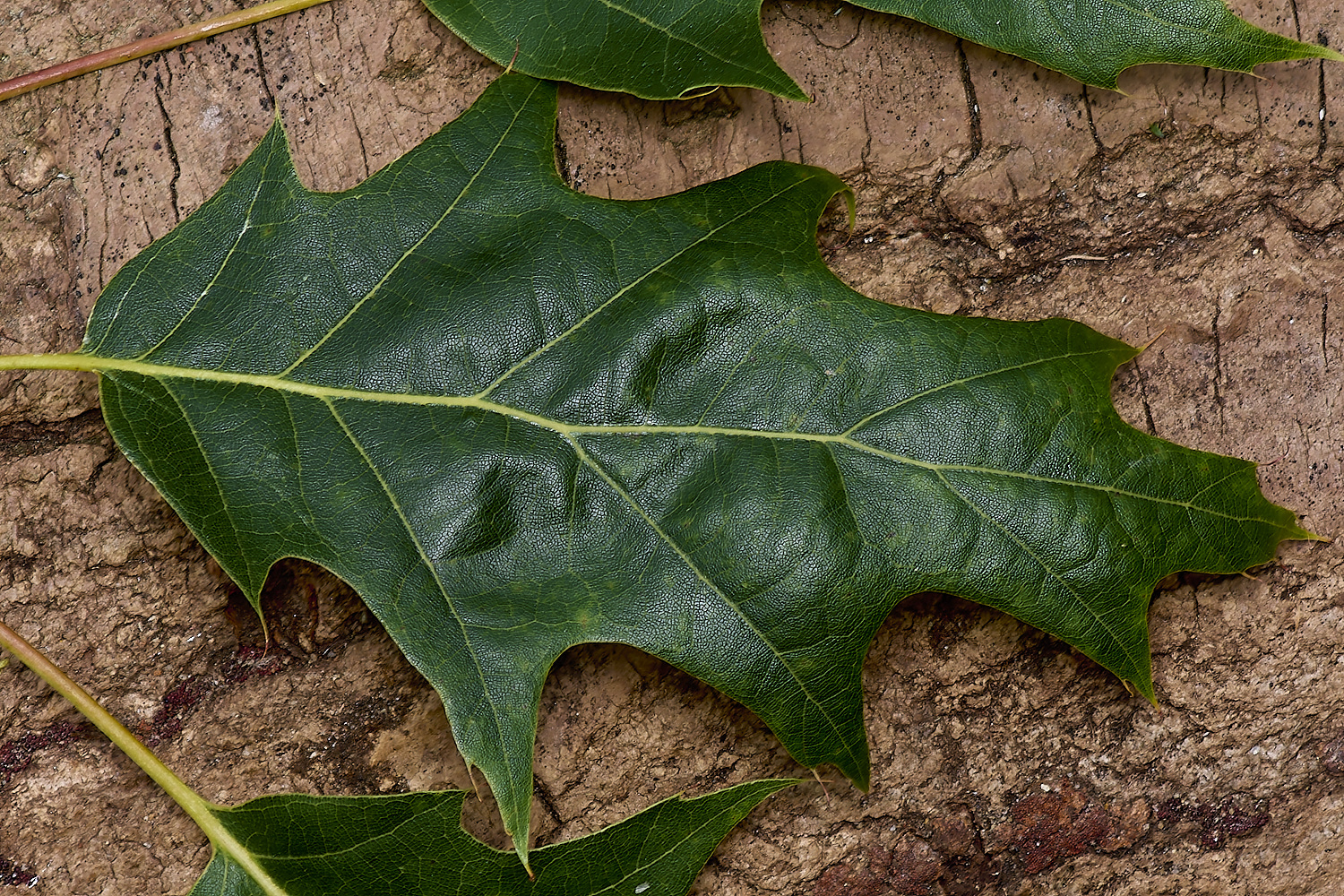
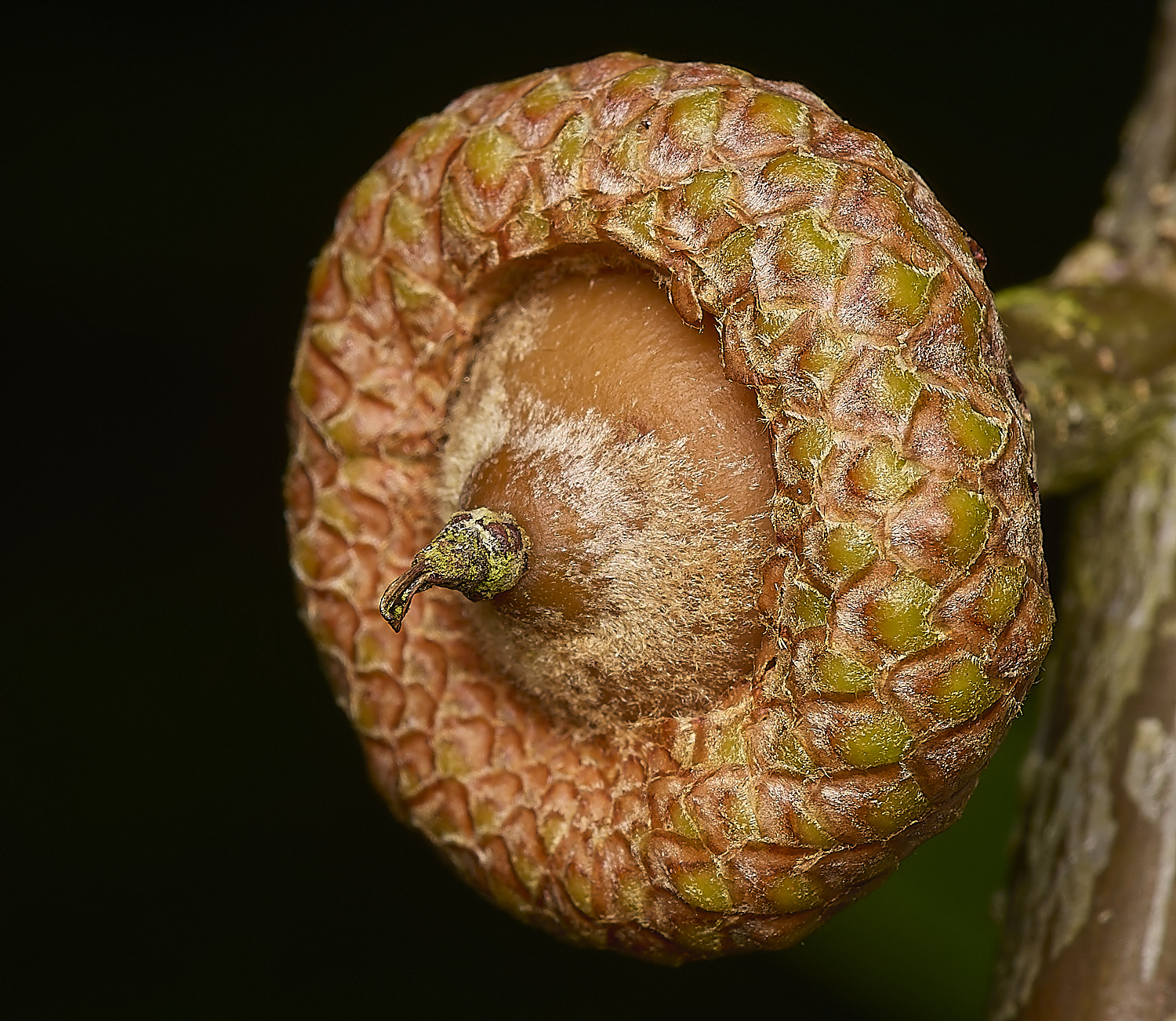
Red Oak (Quercus rubra)
The acorns take two years to mature.
Oxyporus rufus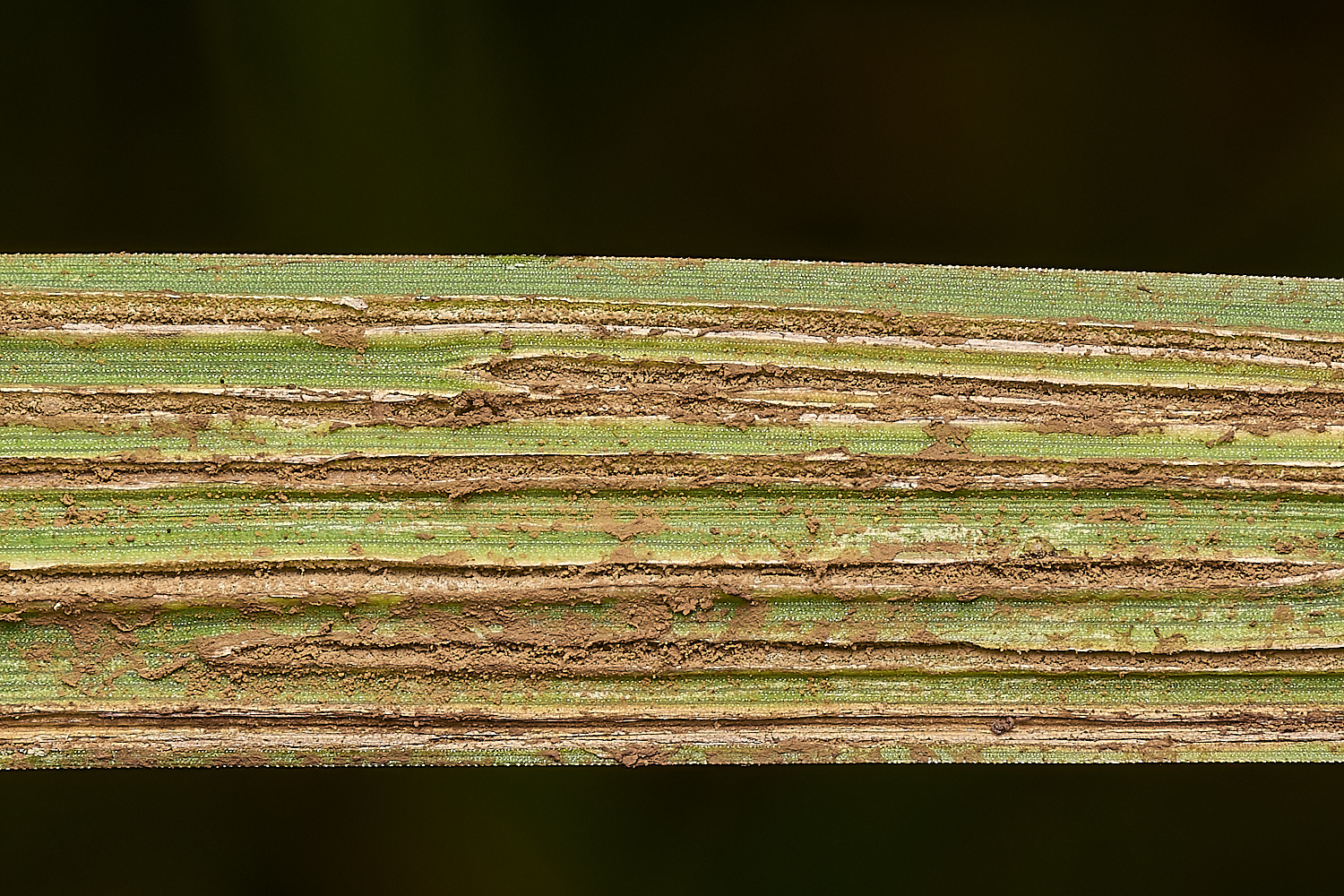
Ustilago Sp on Carex Sp
Early stage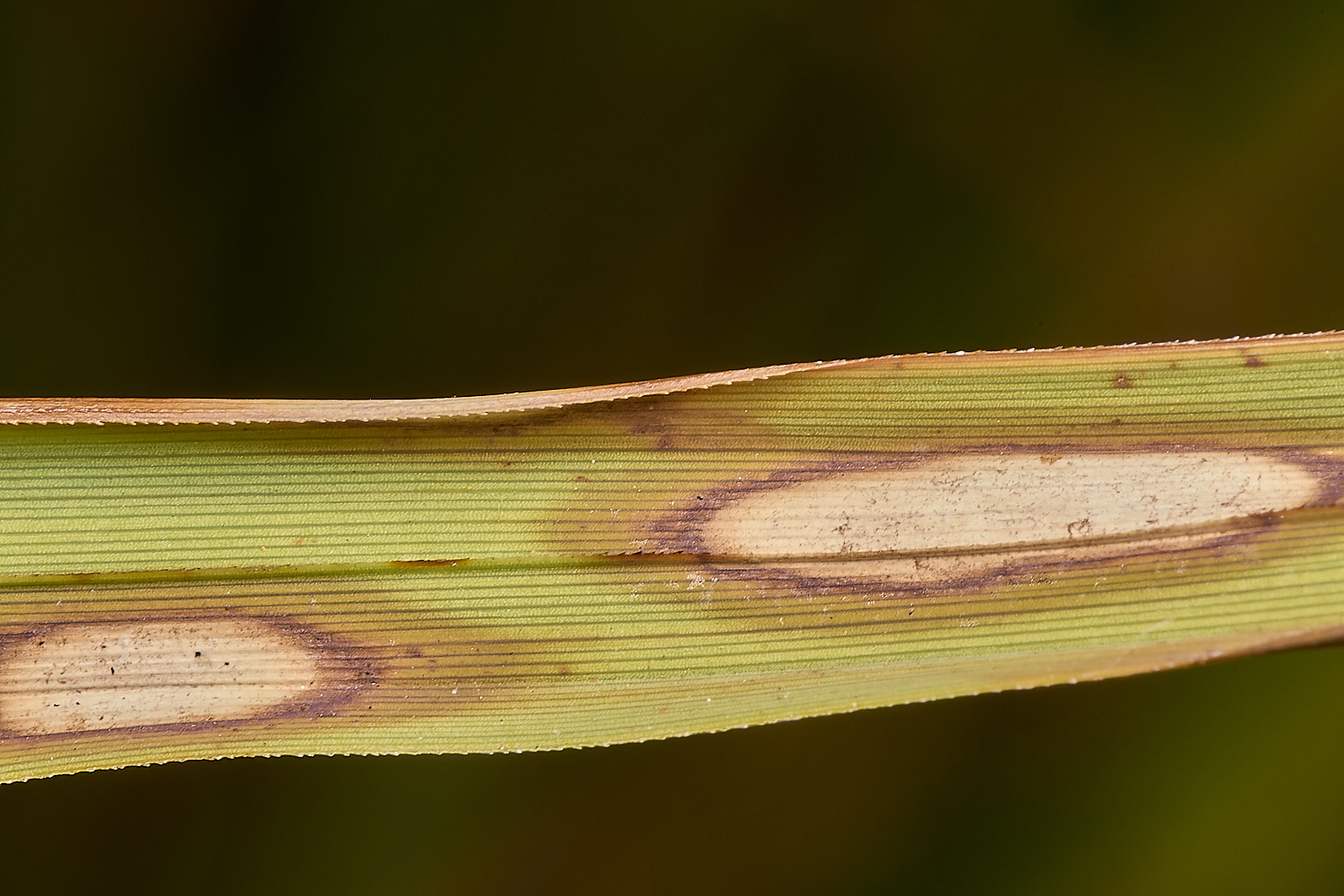
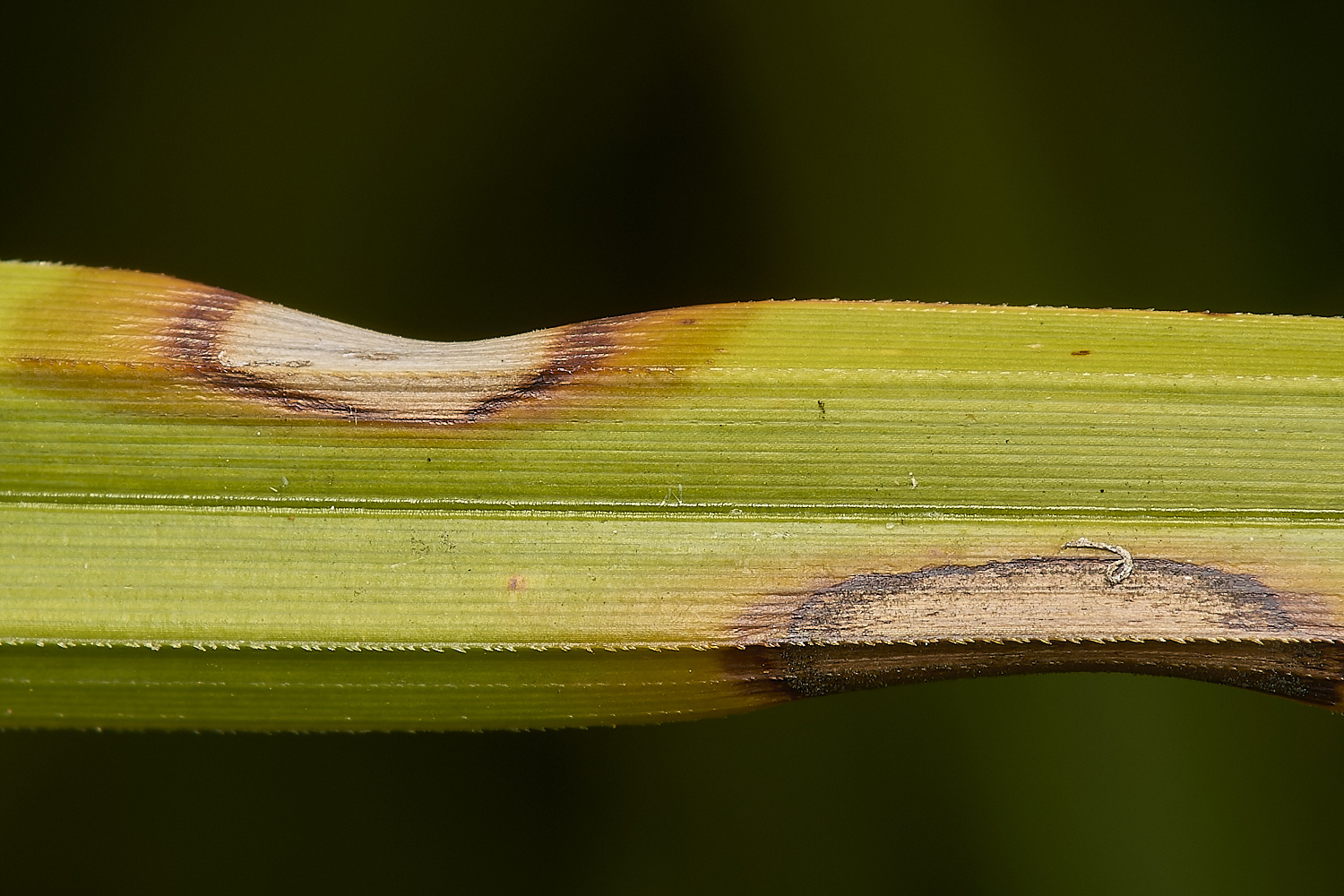
Later stage
Septoria caricis on Carex Sp
Orange-belted Leaf Licker (Xylota segnis)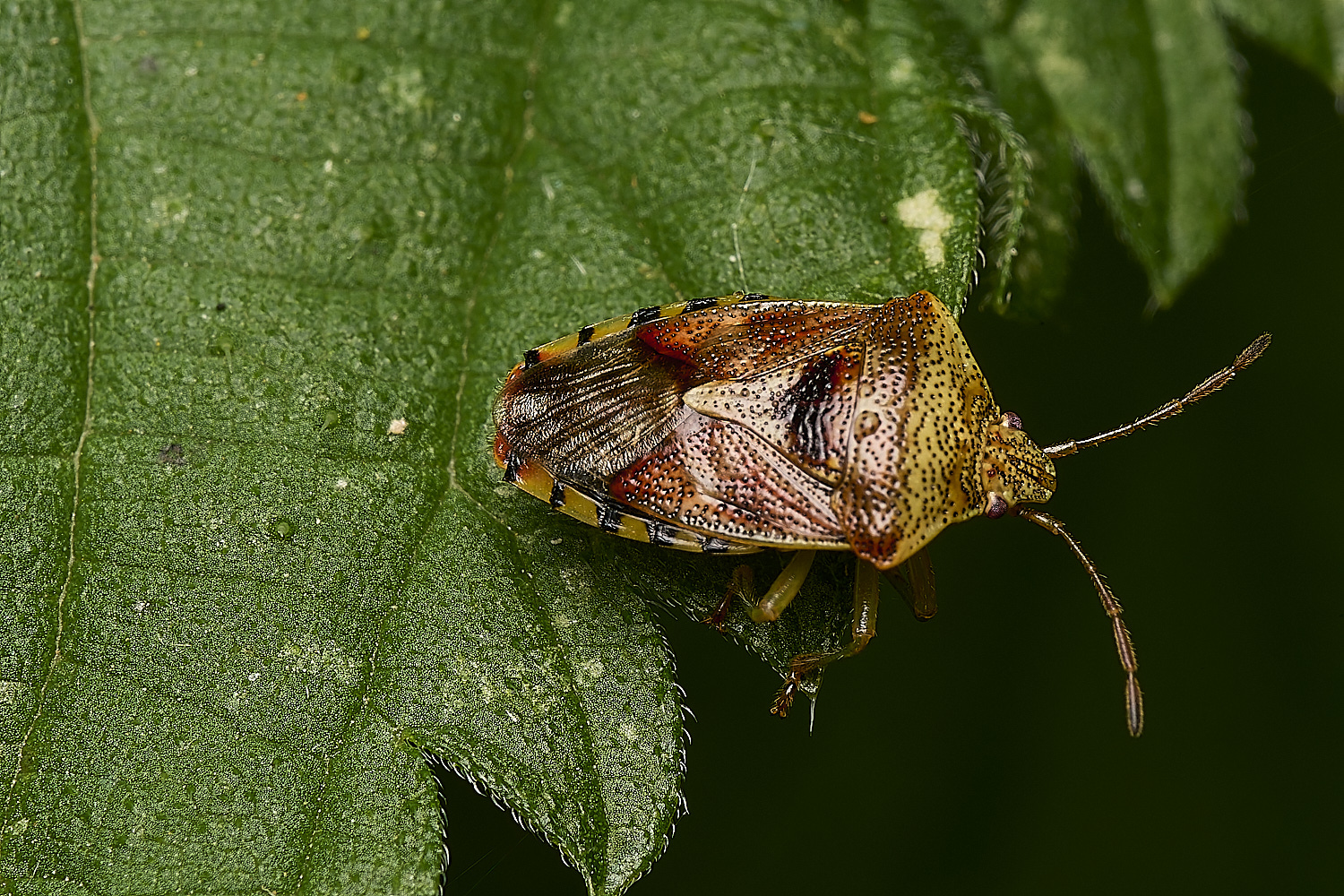
Parent Bug (Elasmucha grisea)
Little Snipe Fly (Chrysopilus asiliformis)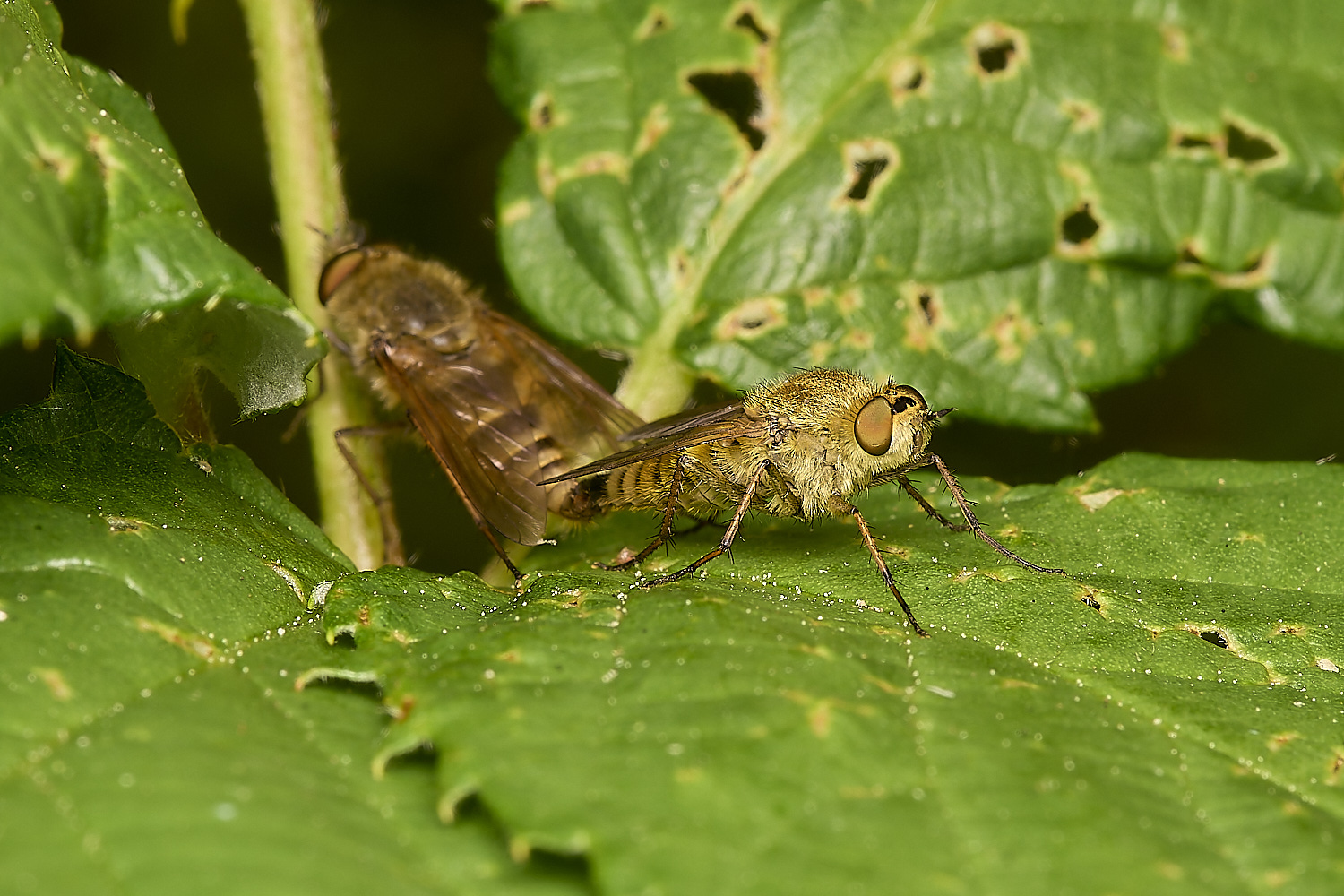
Snipe Fly
Chrysopilus cristatus
Mating pair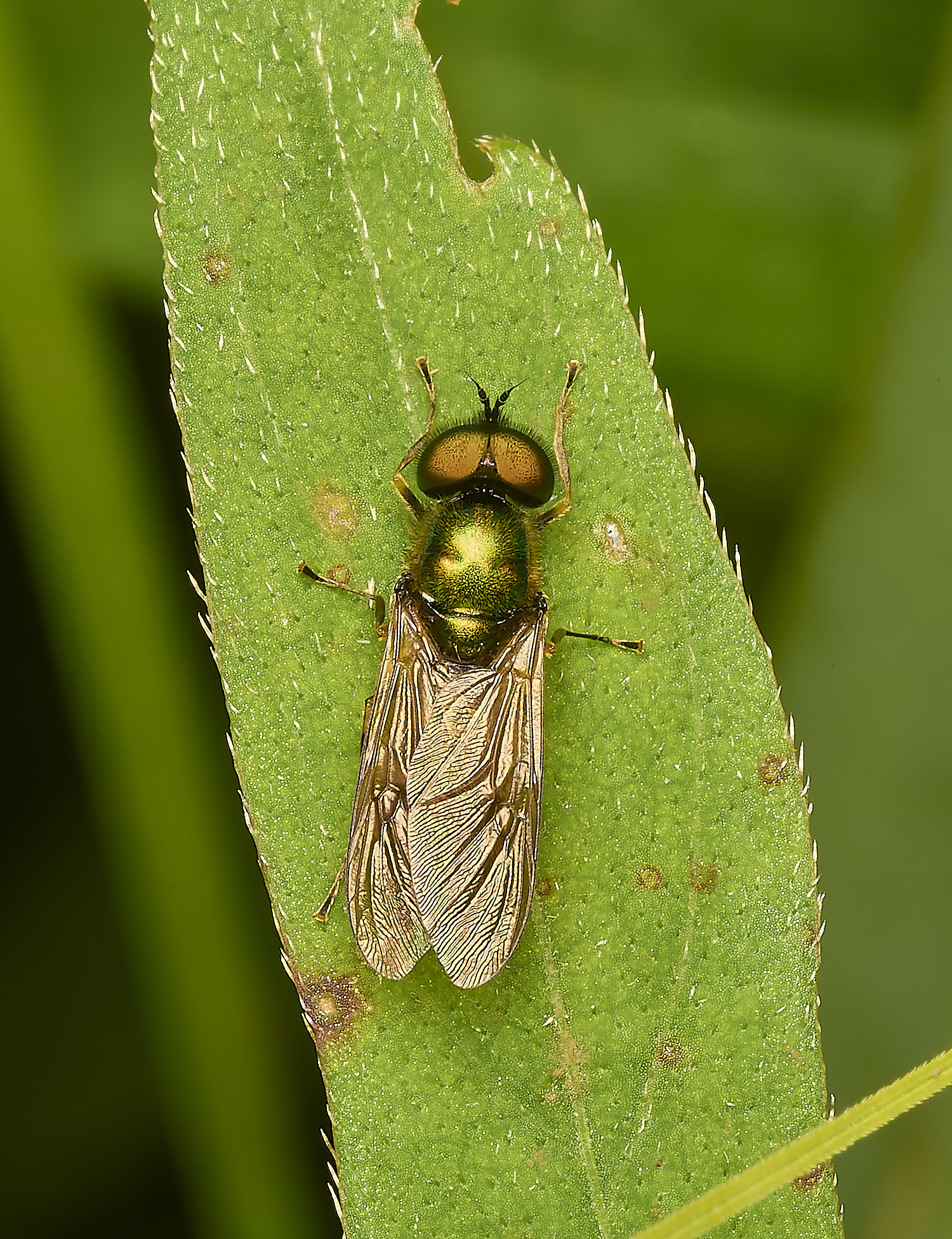
♂︎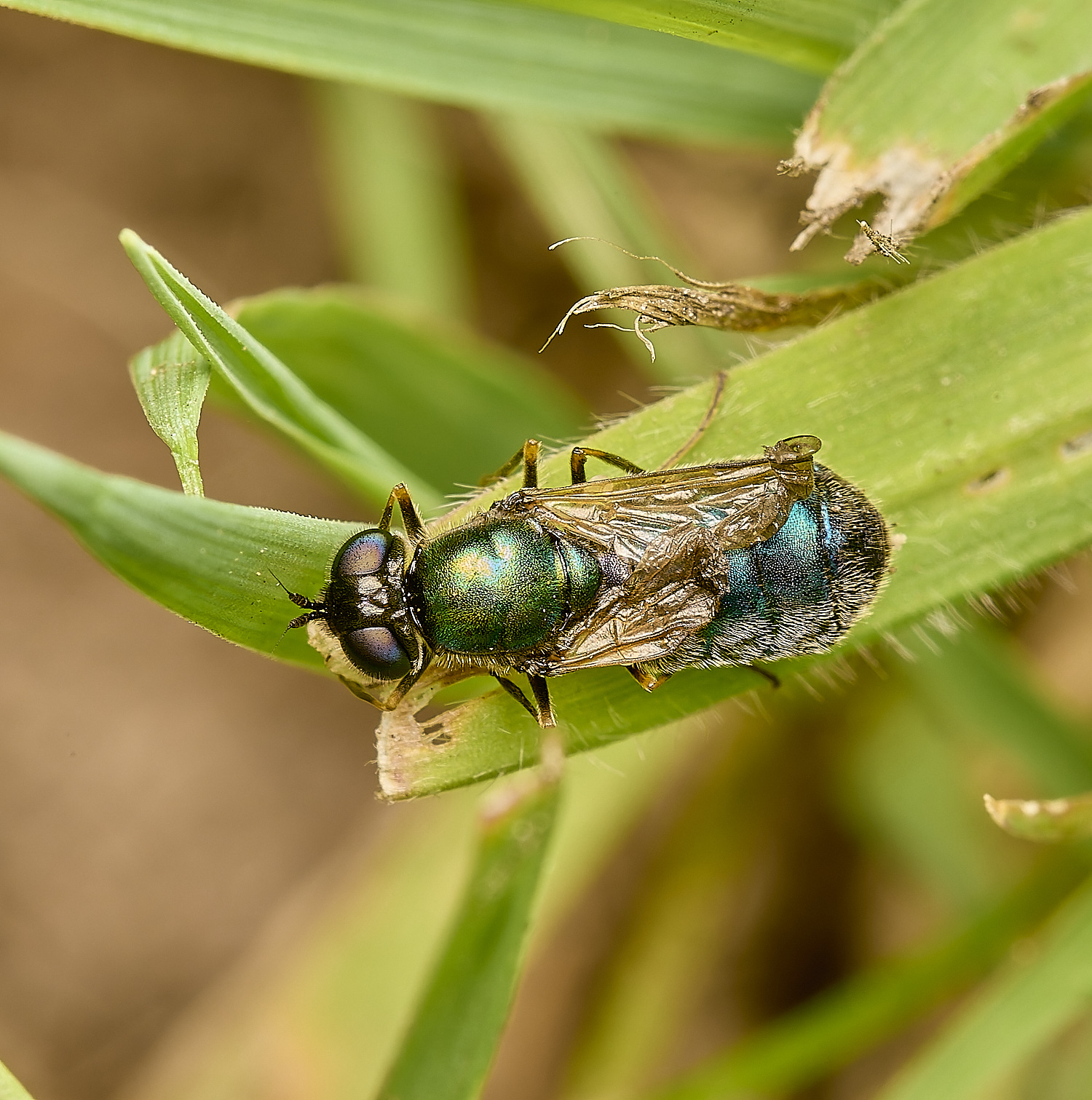
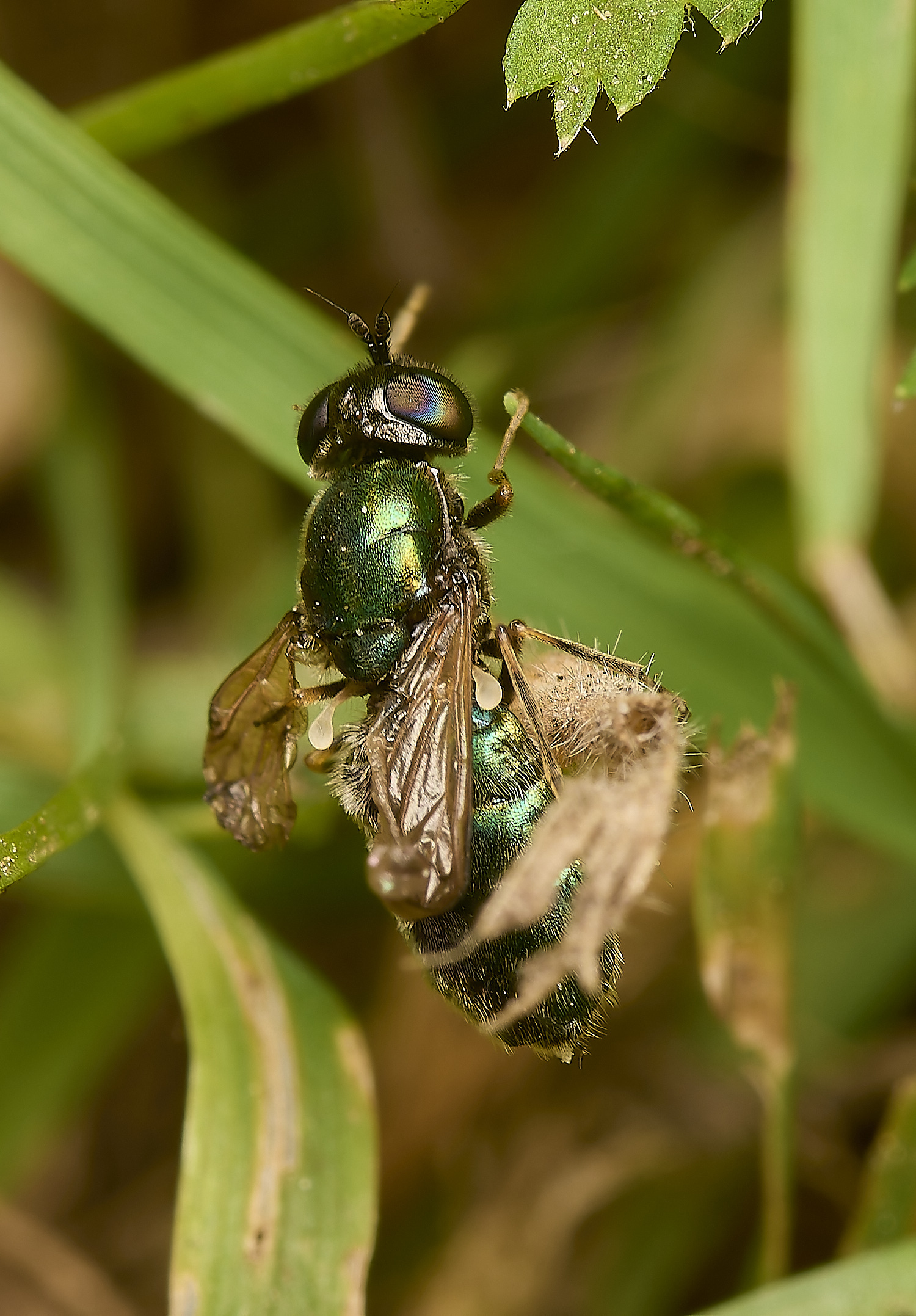
♀︎
Broad Centurion (Chlorormyia formosa)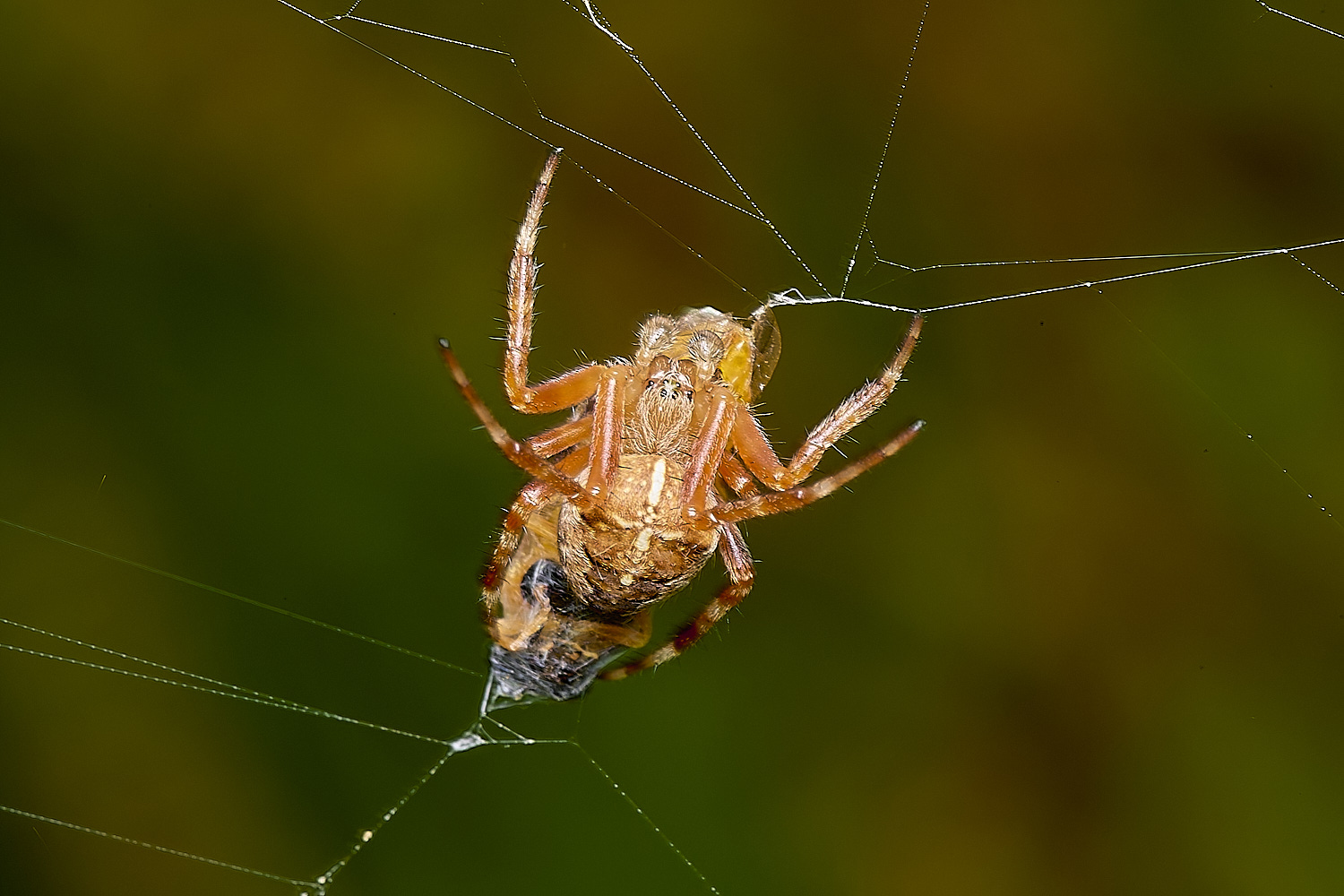
SpiderSp with Sawfly Sp prey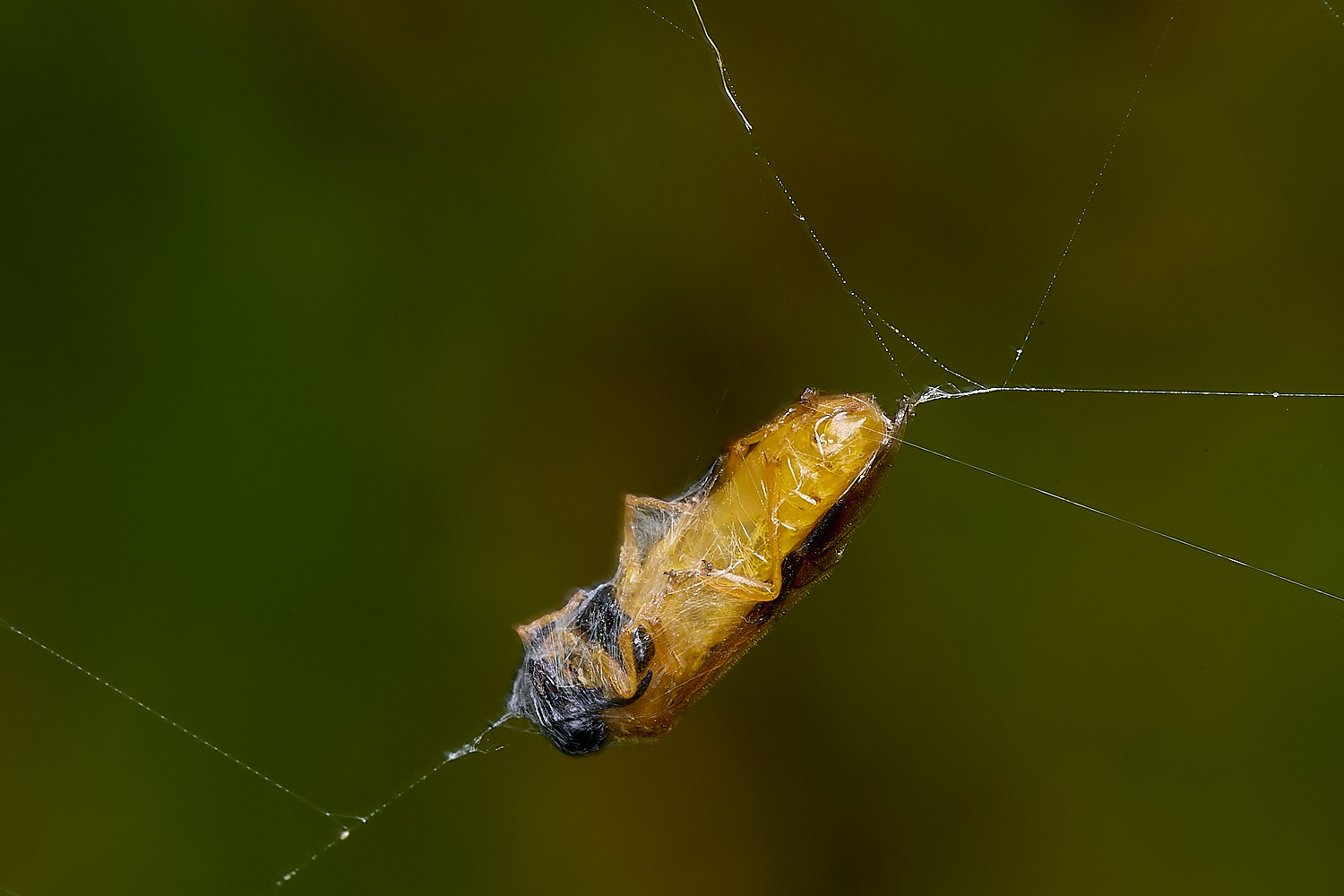
Sawfly Sp Prey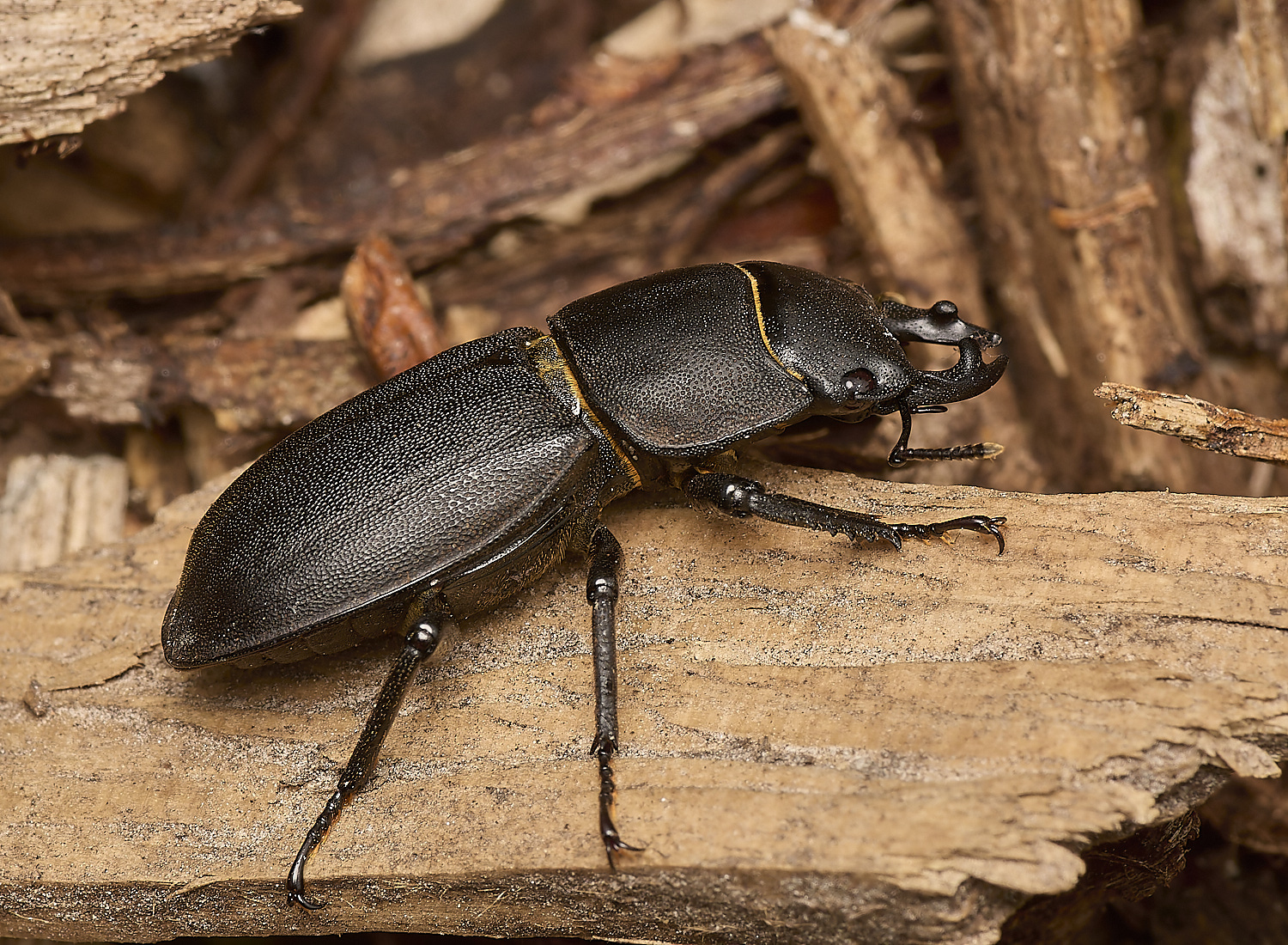
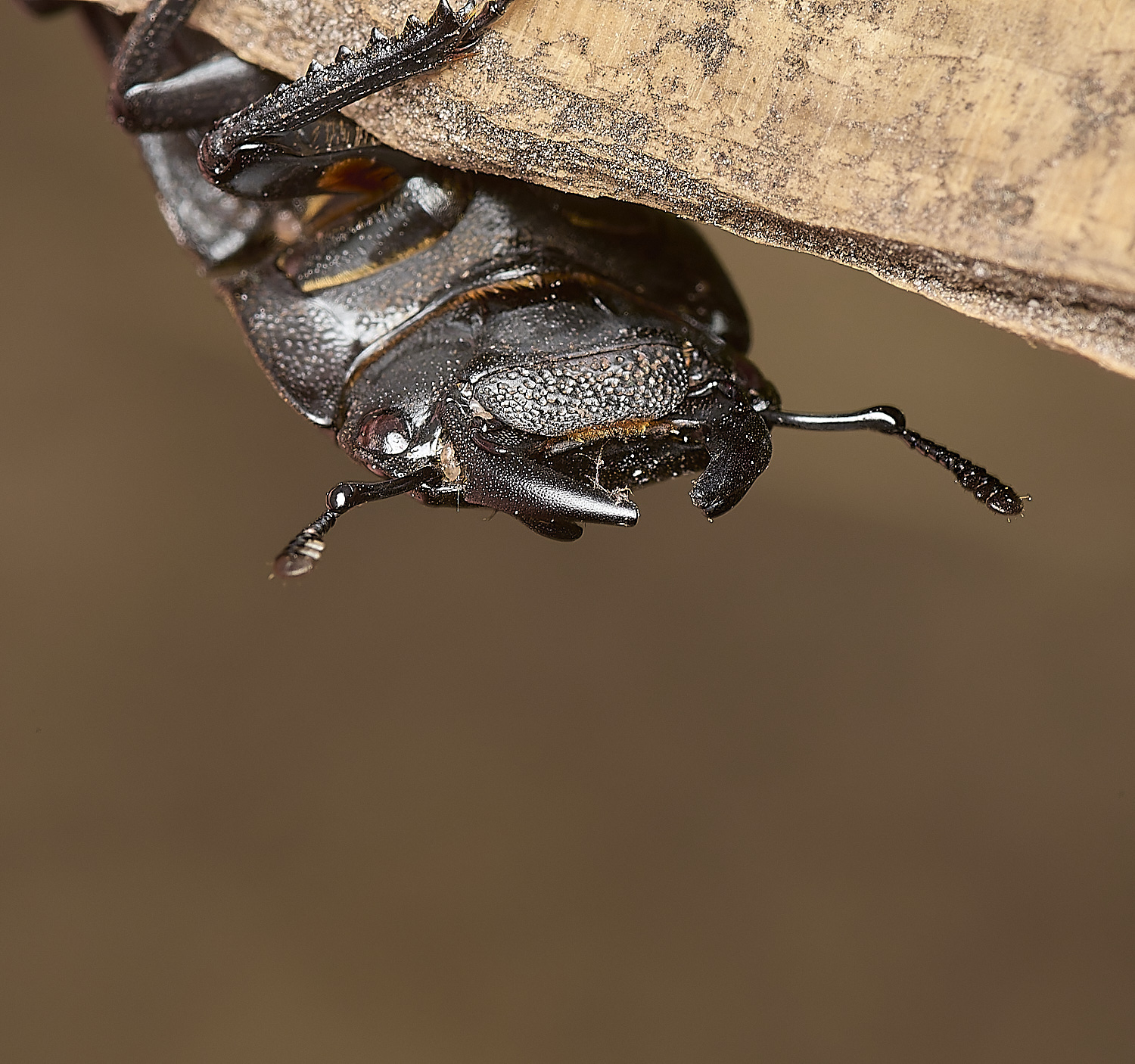
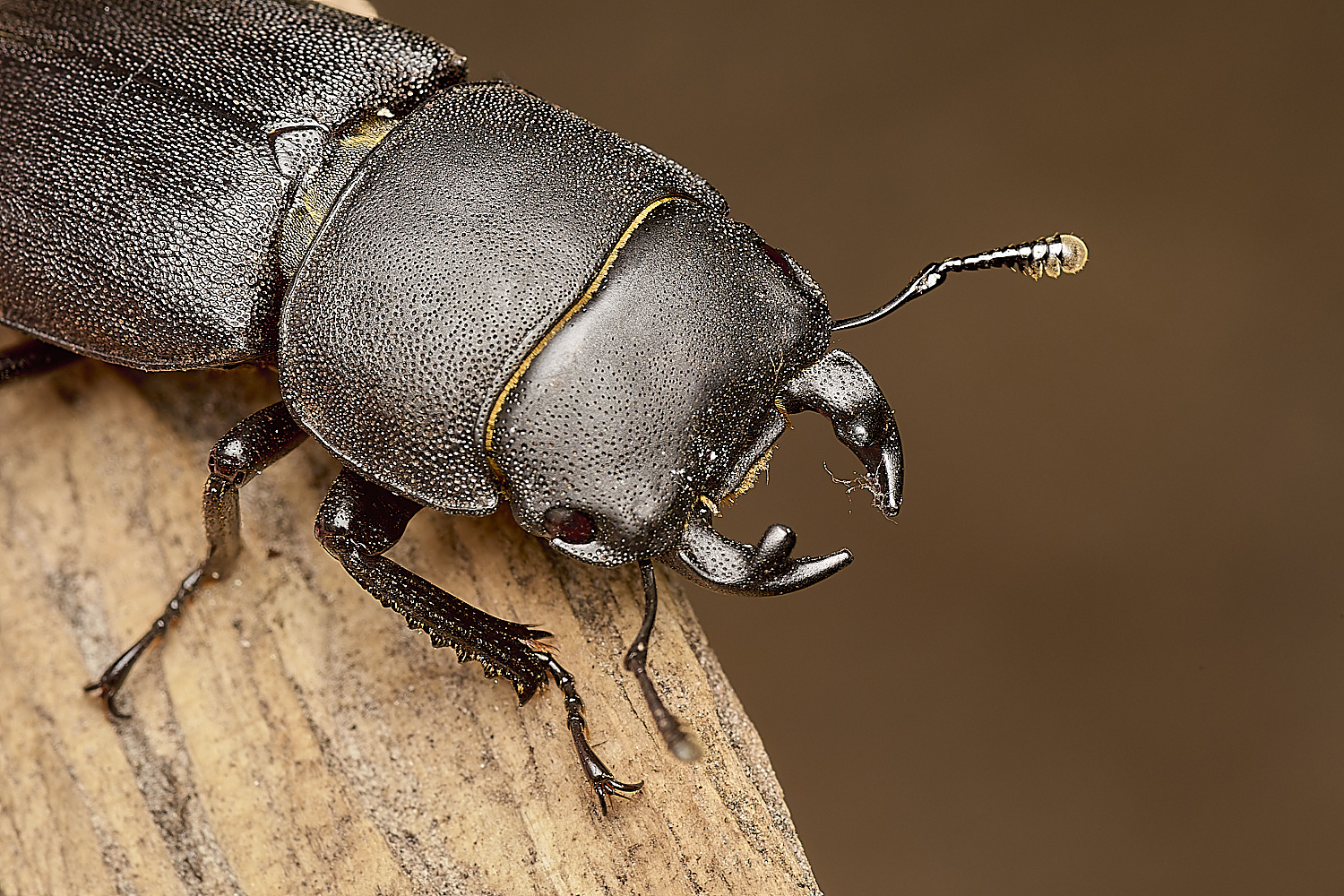
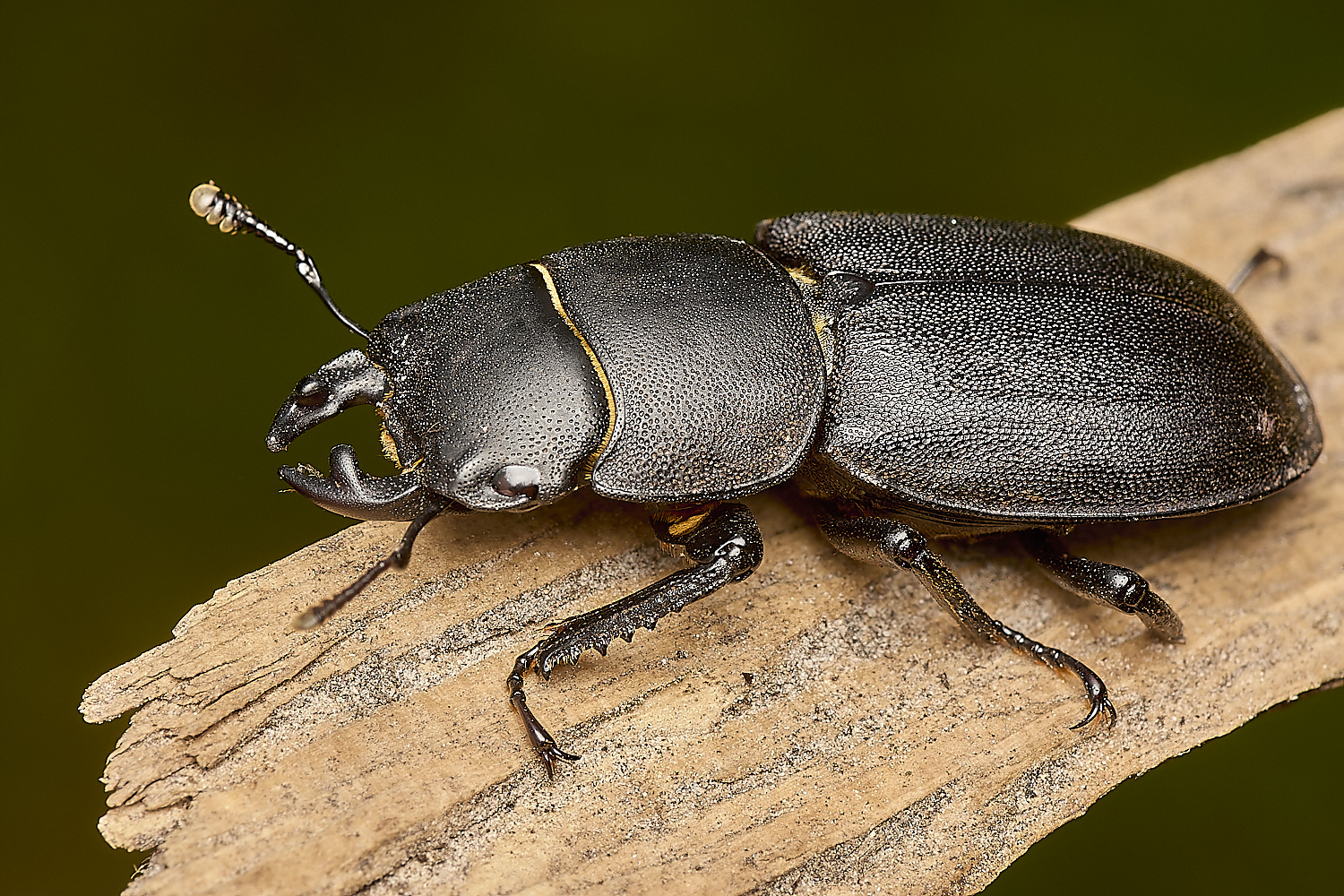
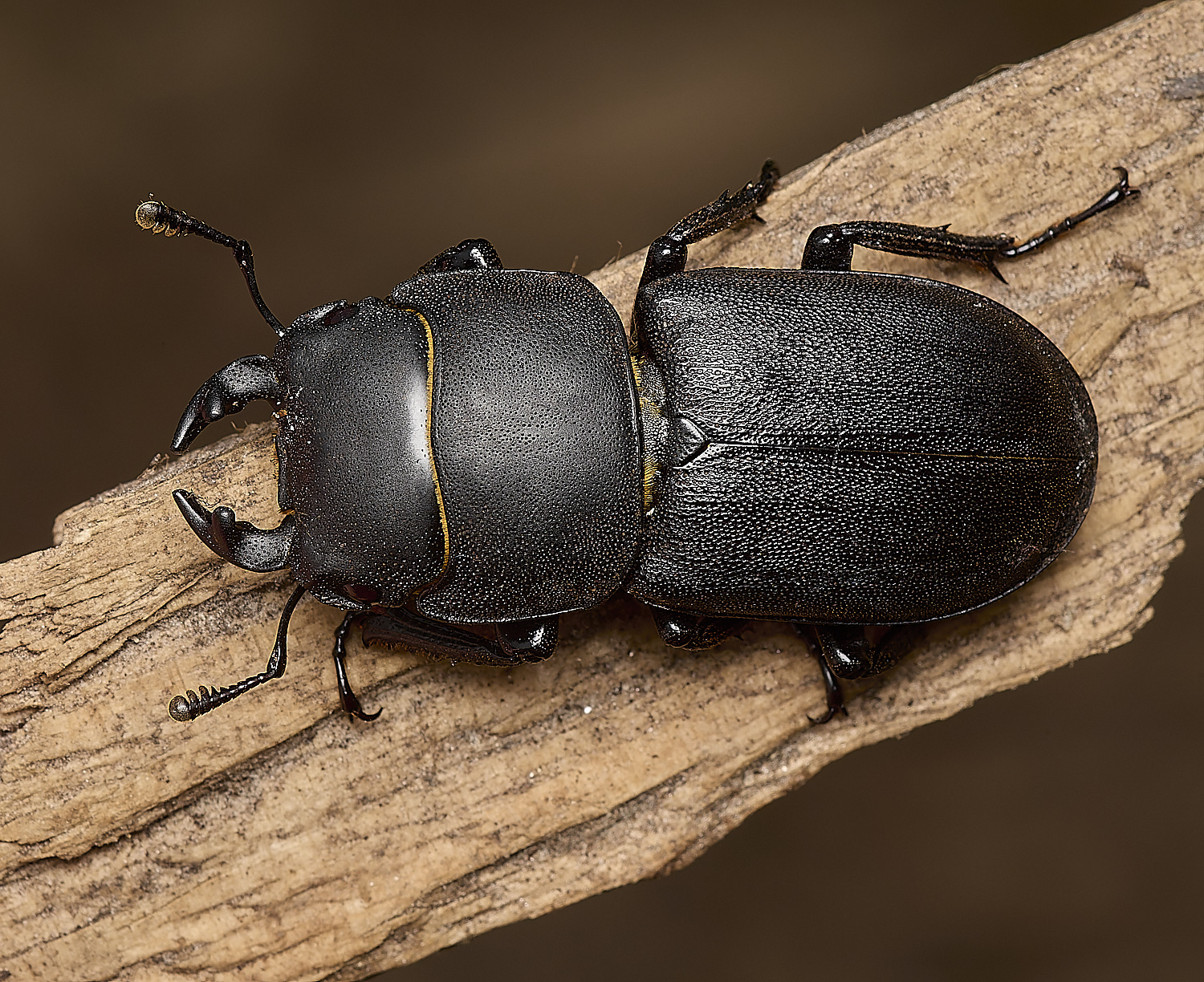
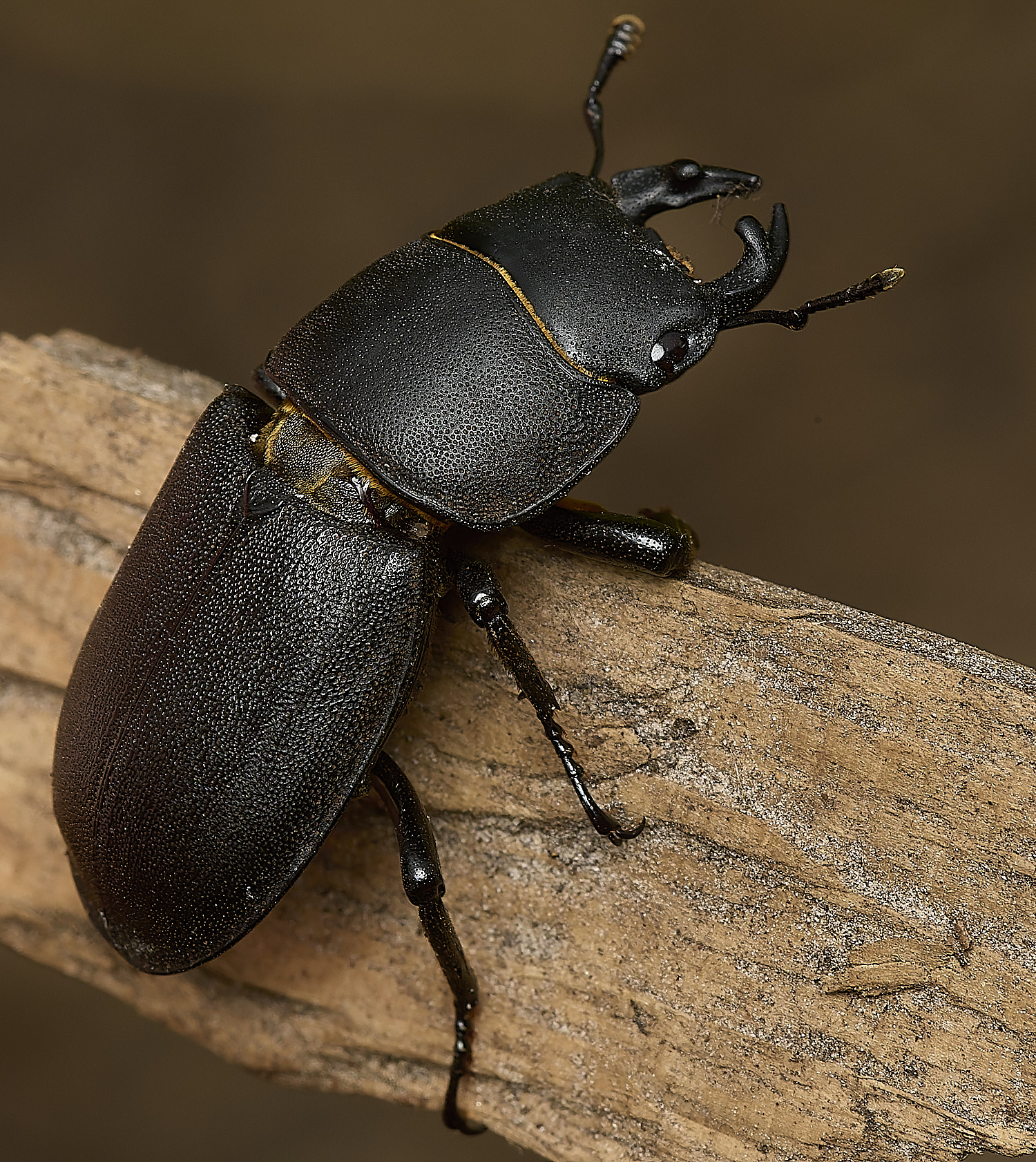
Lesser Stag Beetle ( Dorcus parallelipipedus)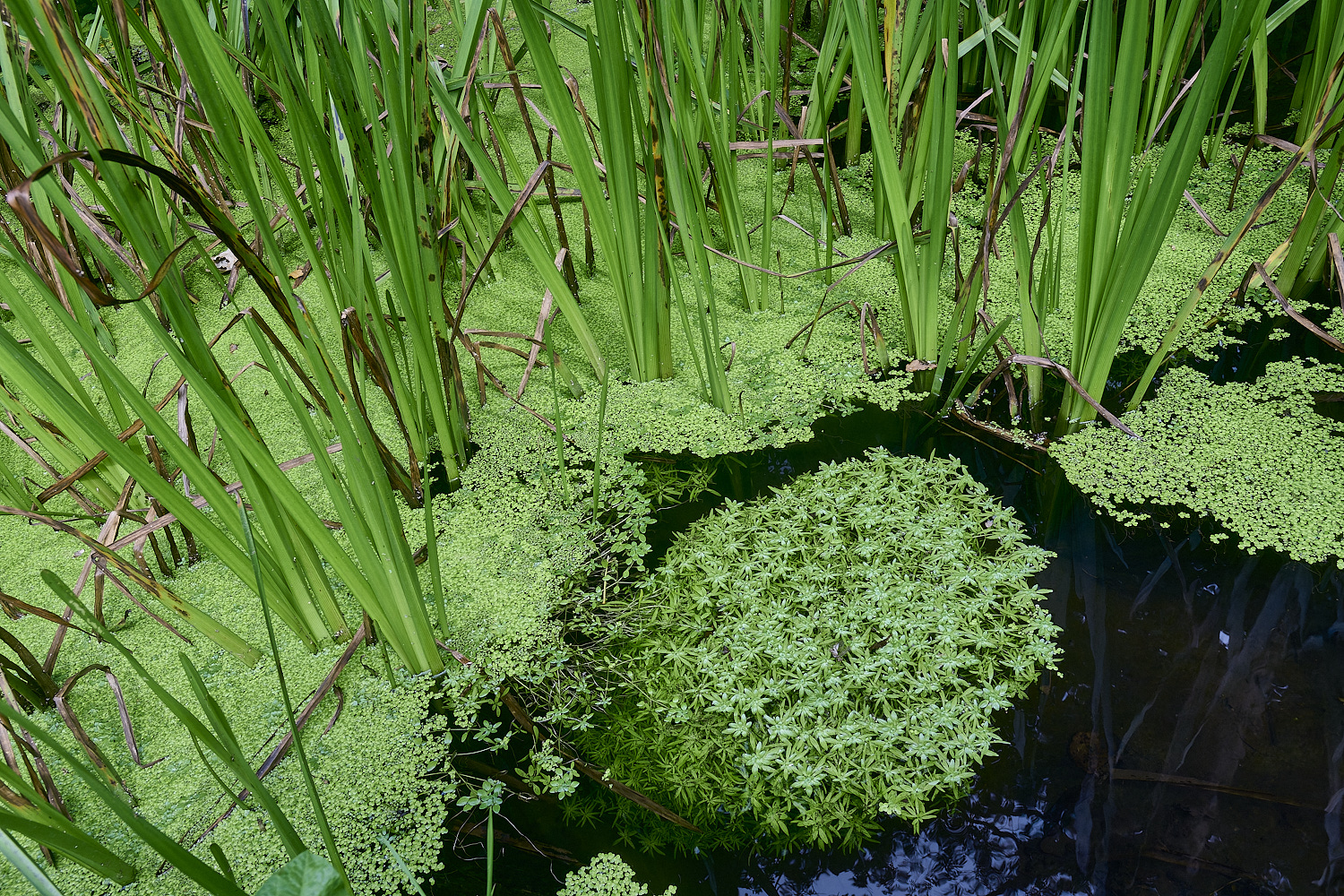
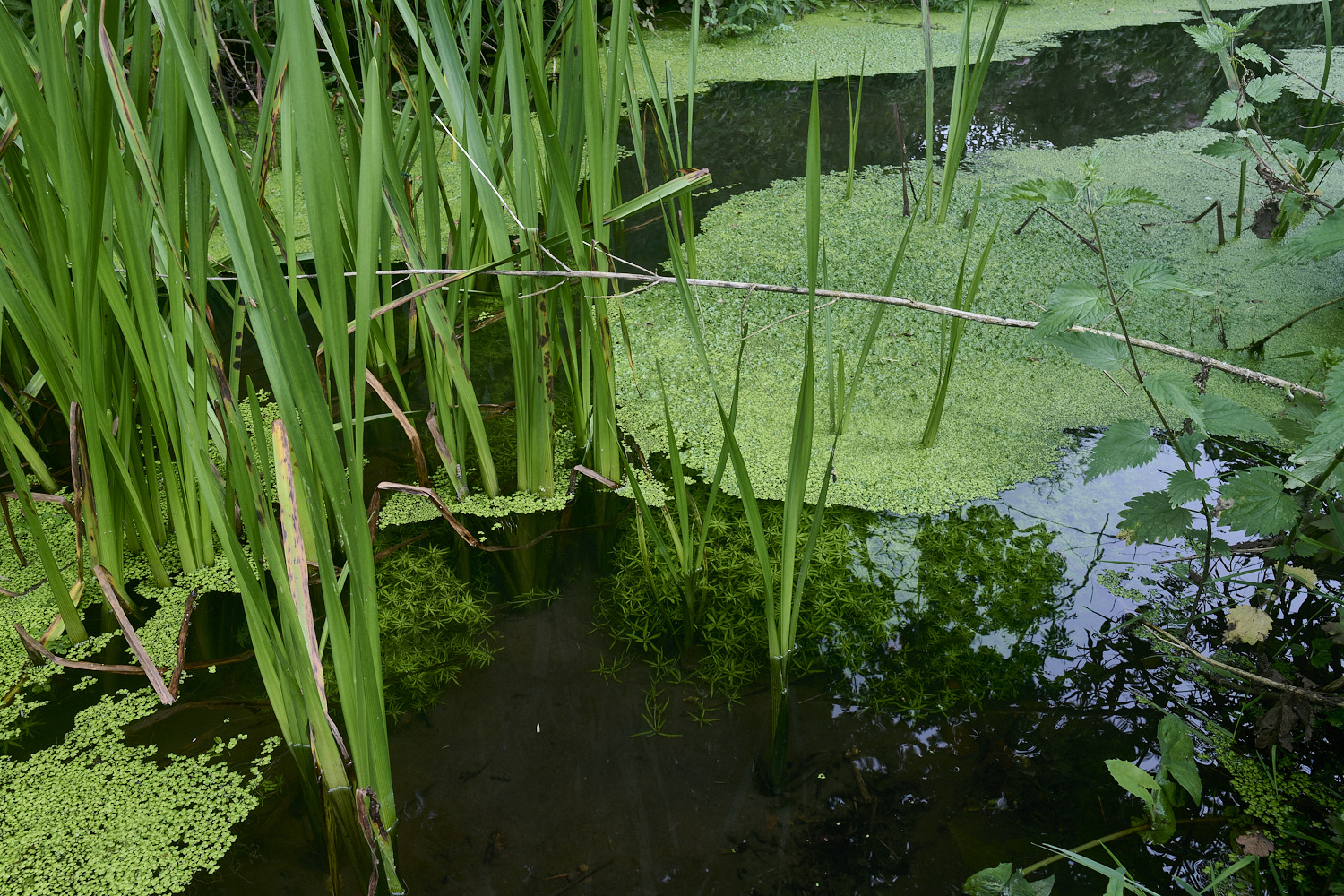
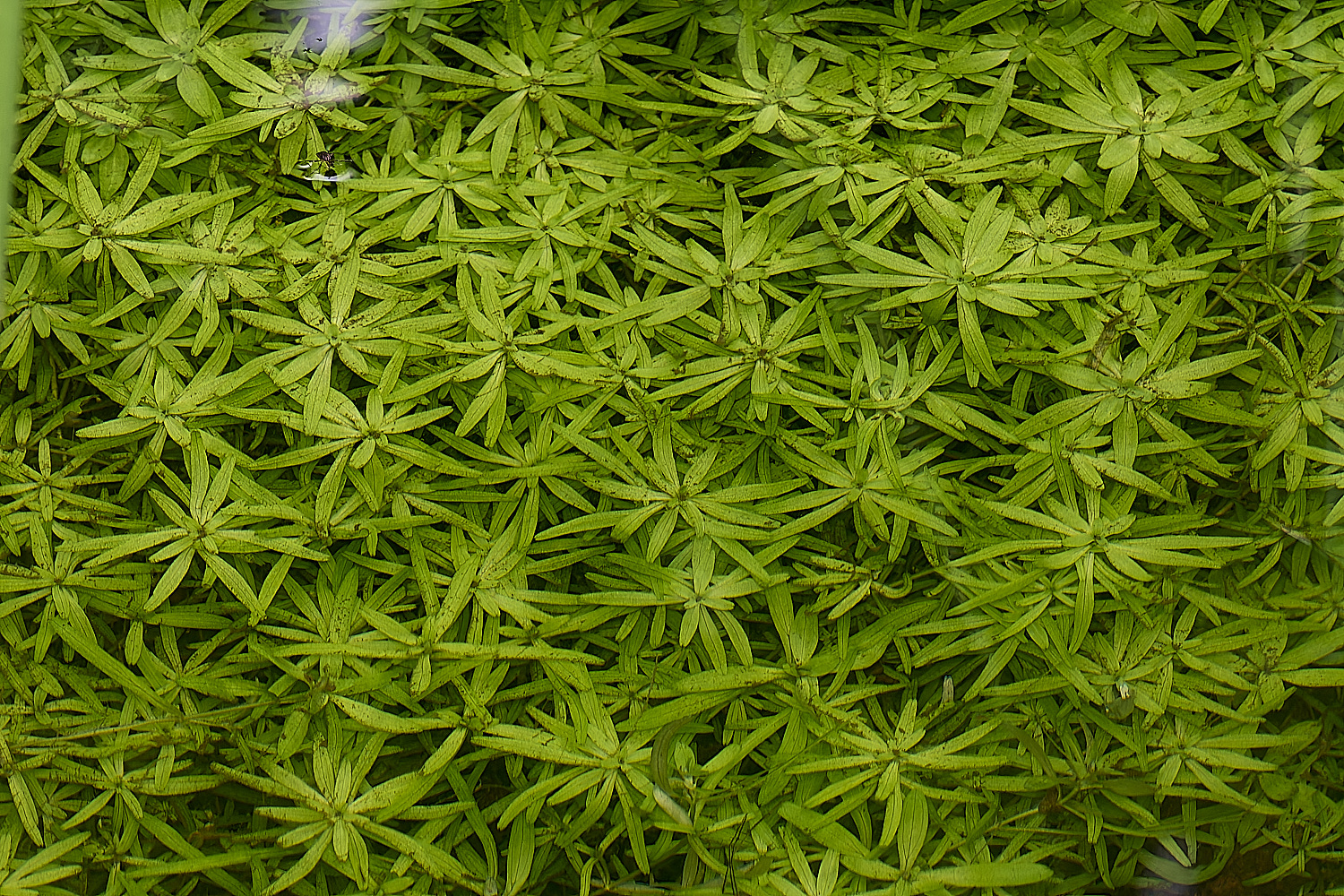
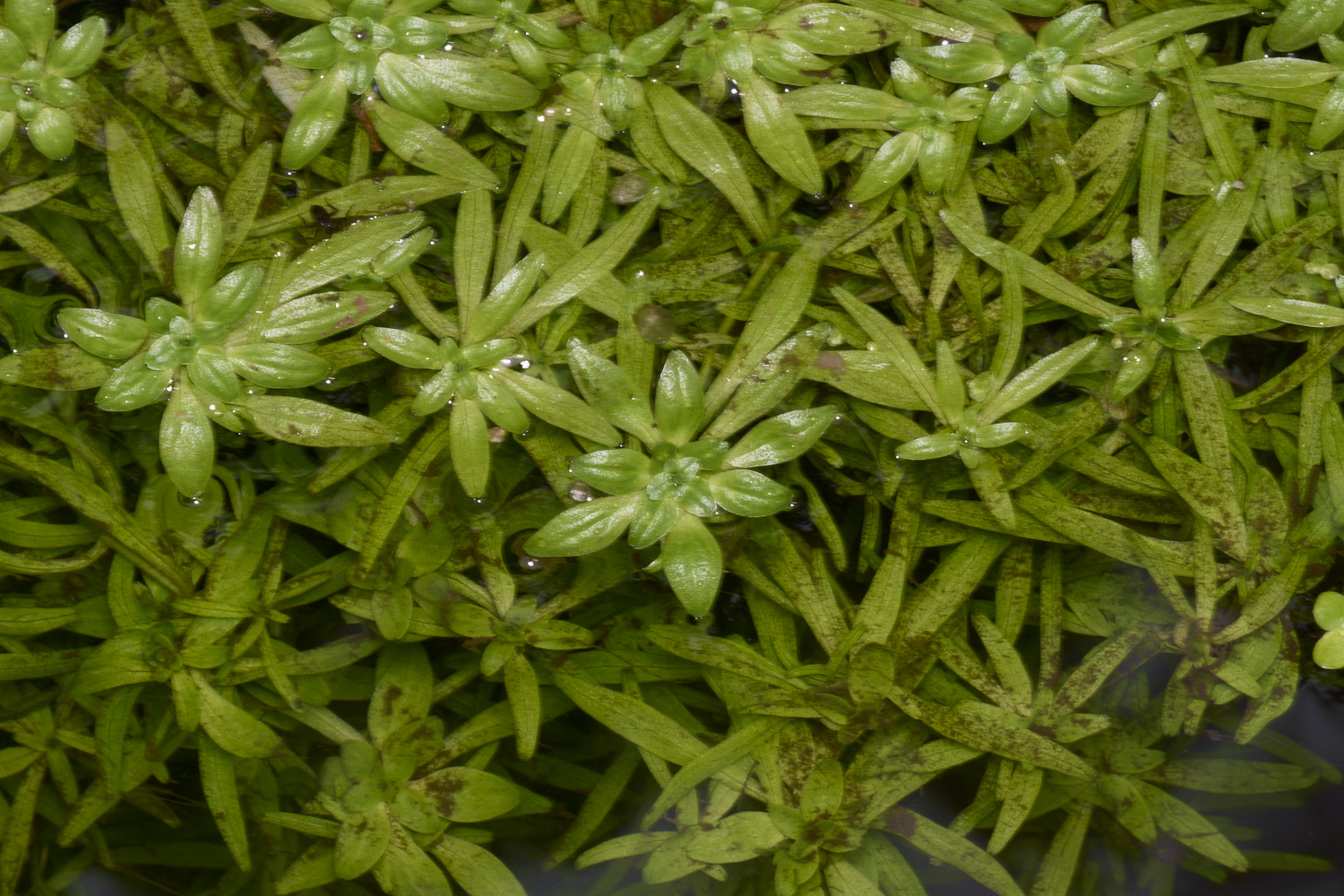
Water Starwort Sp (Callitriche Sp)
Callitriche stagnalis?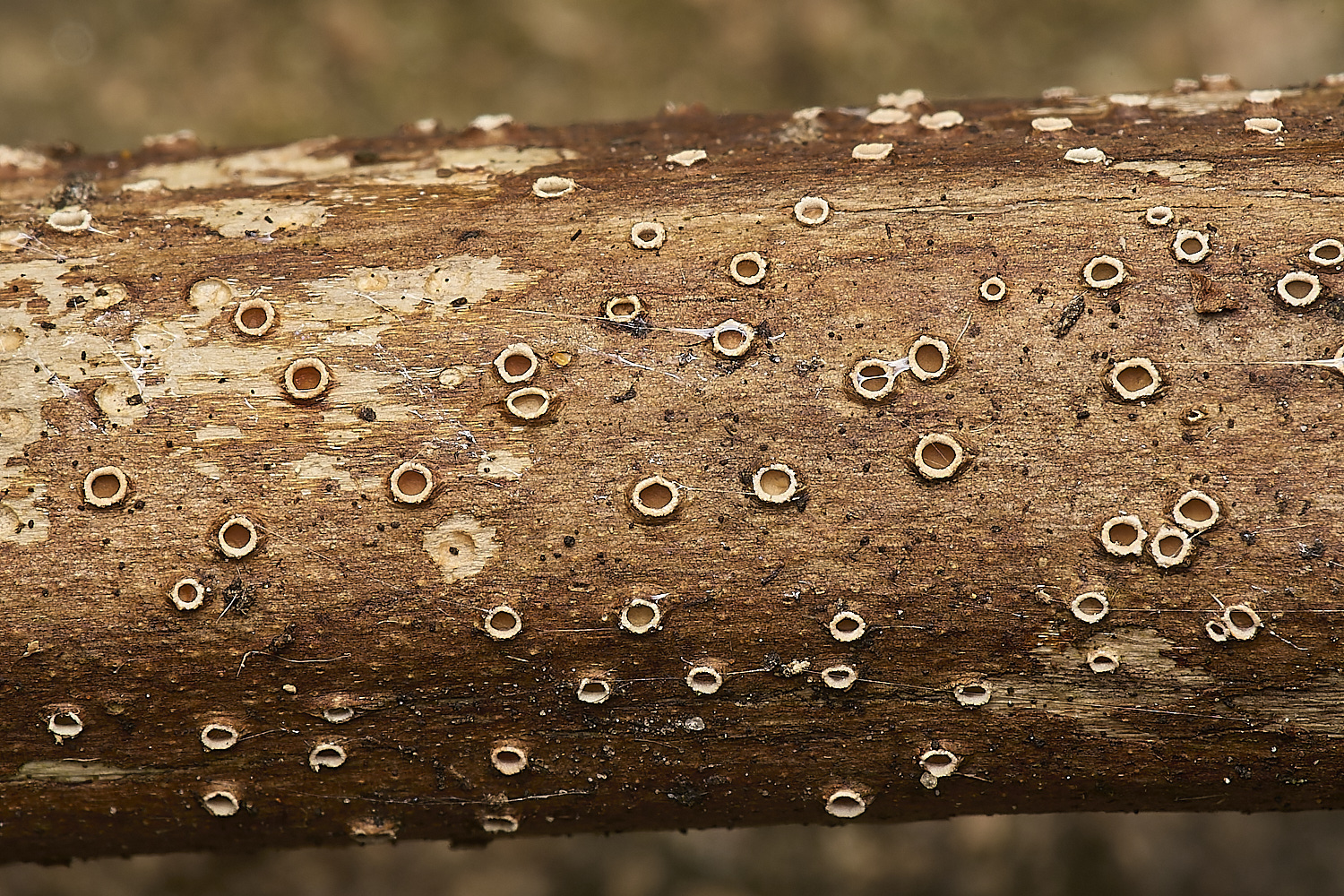
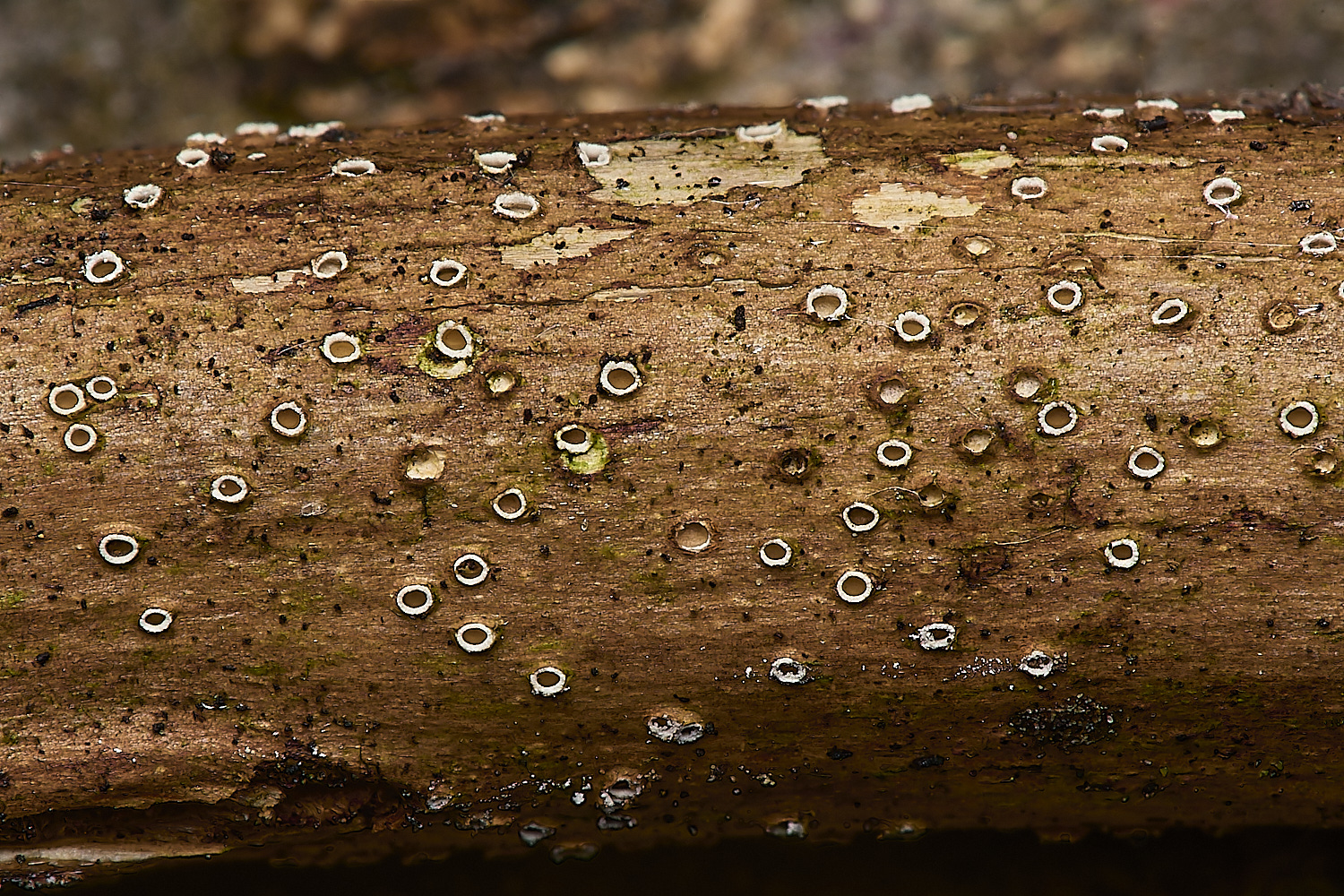
An excellent example of a Stictis Sp on a dead stem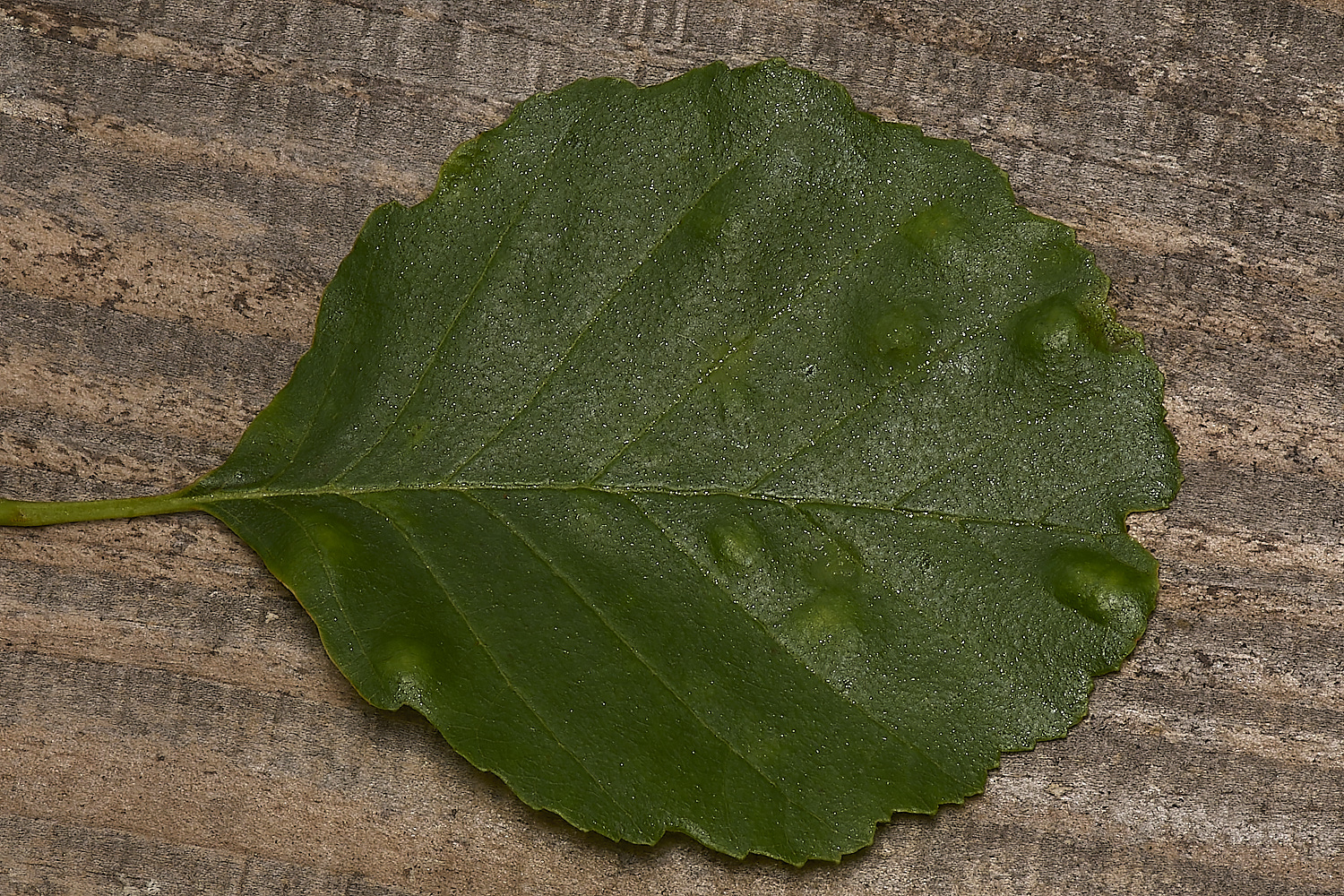
This one came from Cremer's Meadow
Taphrina sadebeckii
From
Plant Parasites from Europe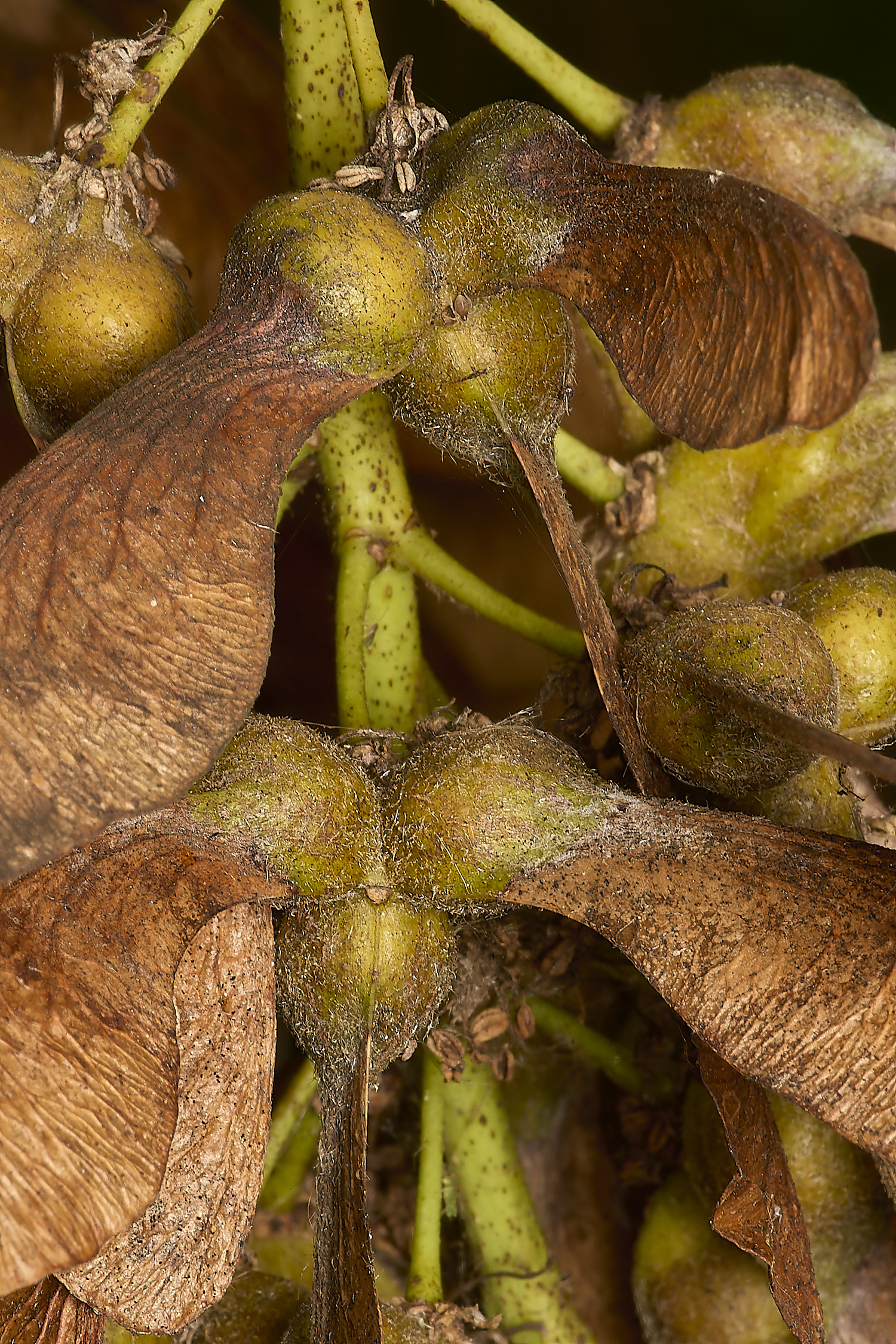
Sycamore (Acer pseudoplatanus) seeds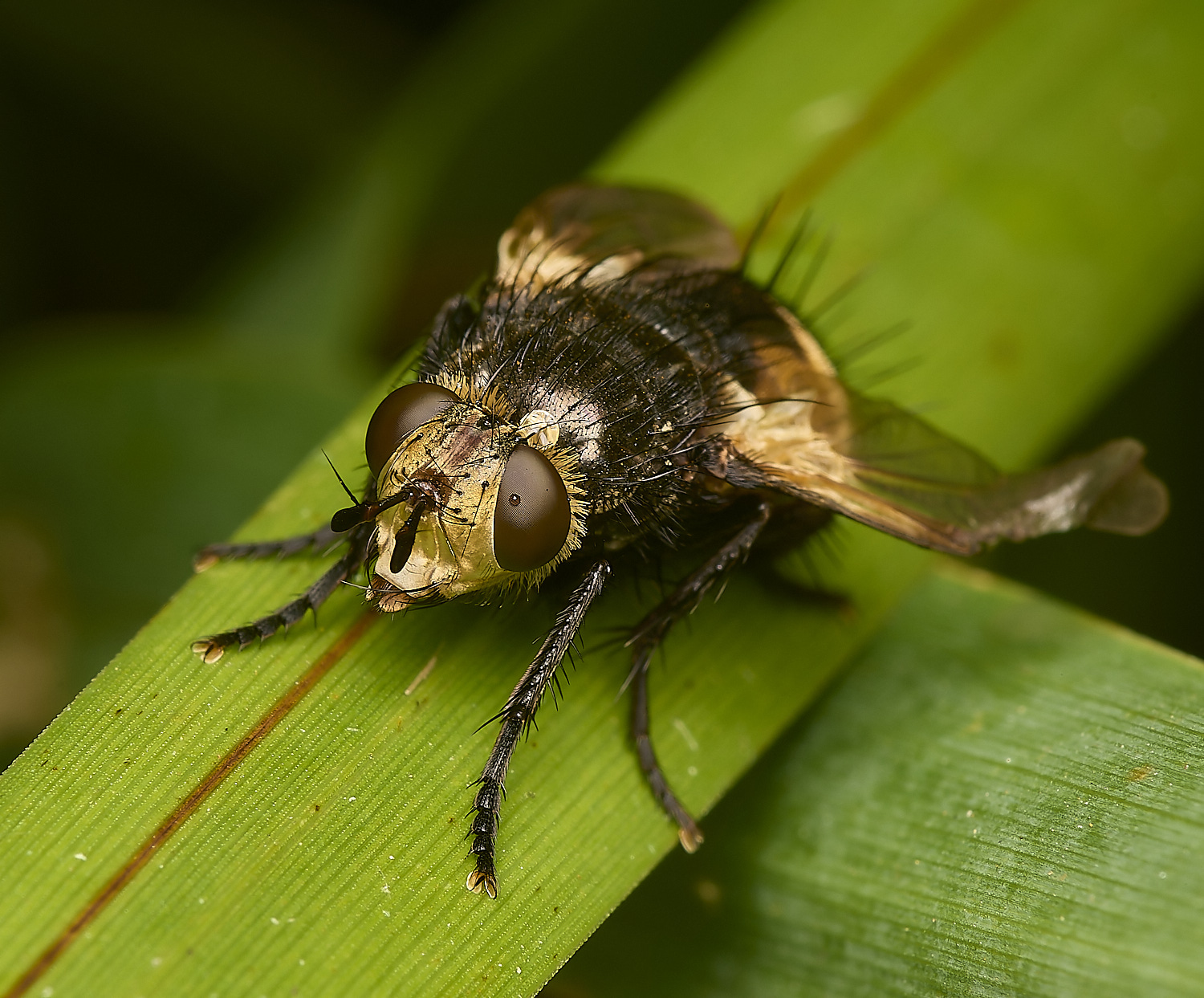
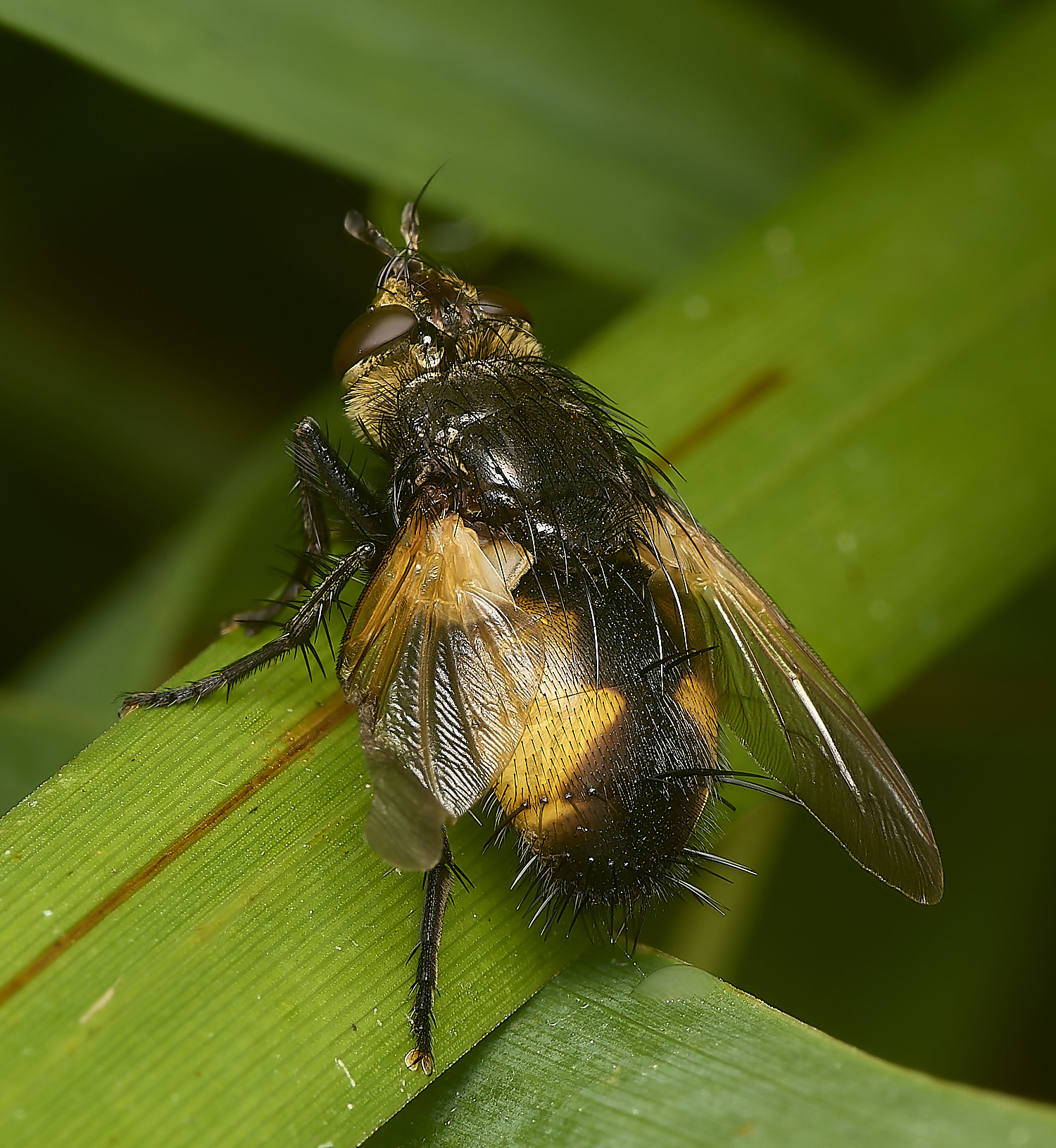
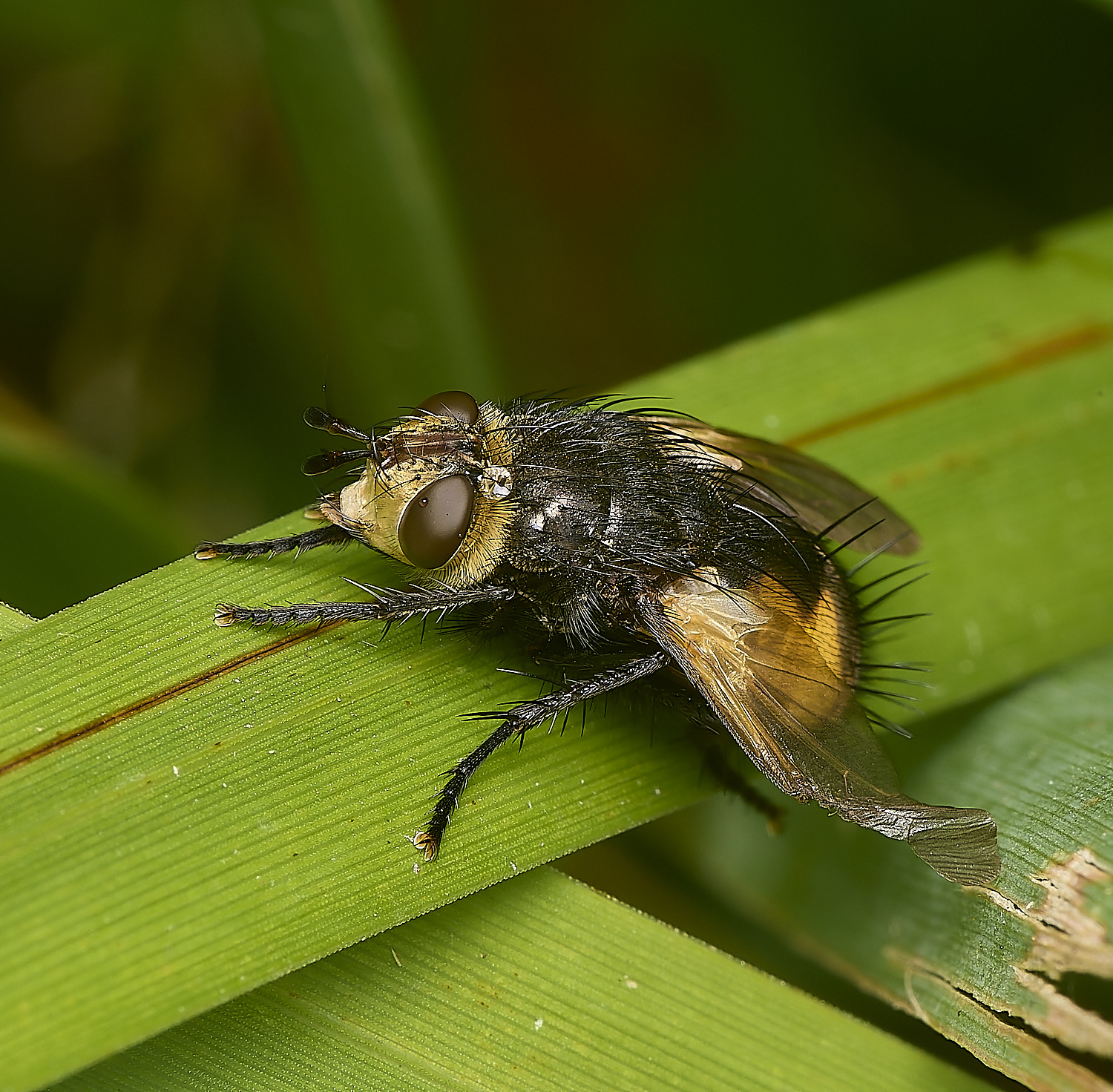
Fat-palped Tachina (Nowickia ferox)
Legs and the scutellum are black/dark
The central band is a black zigzag
From
Tachinid Recording Scheme
How to split Tachina Types from photos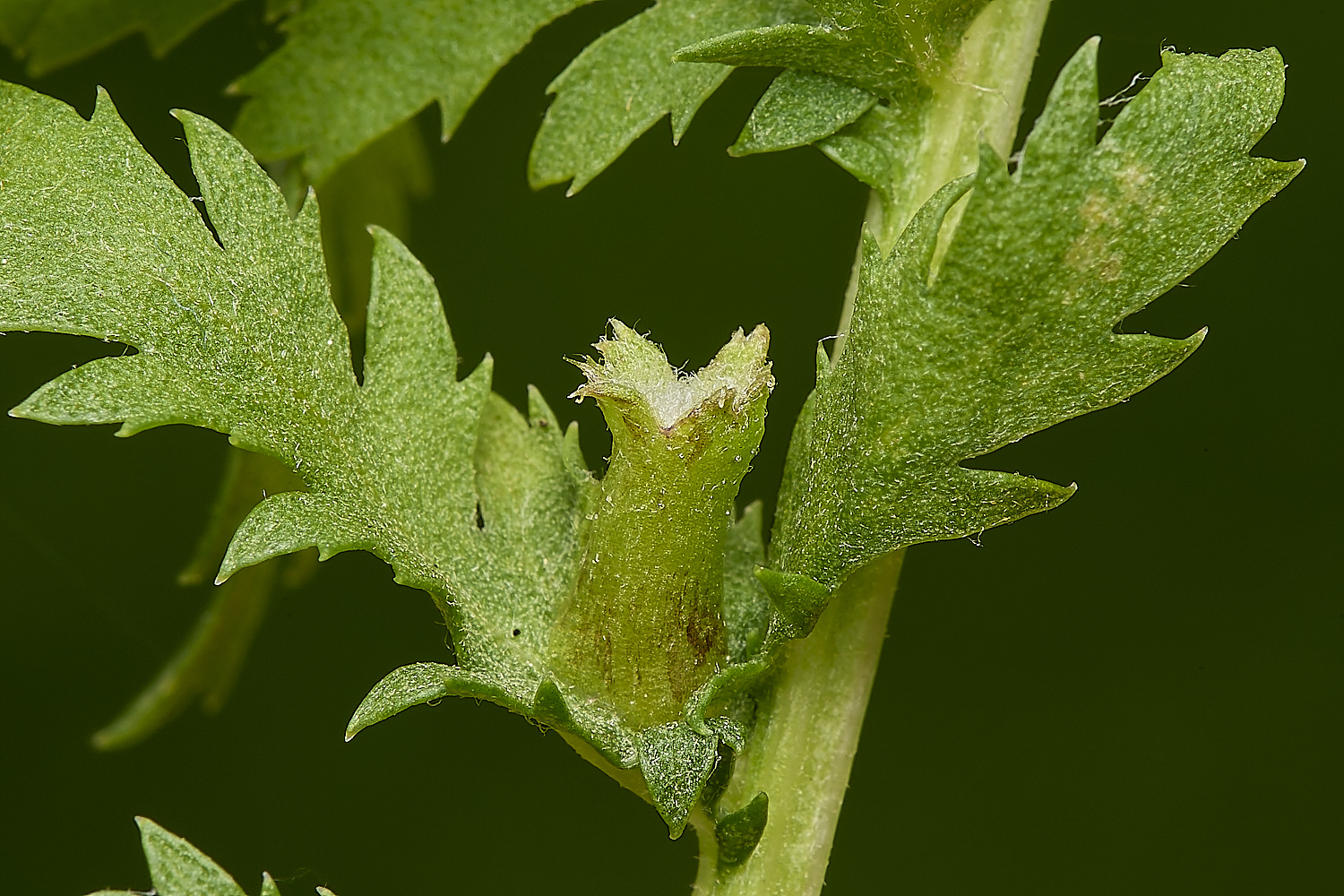
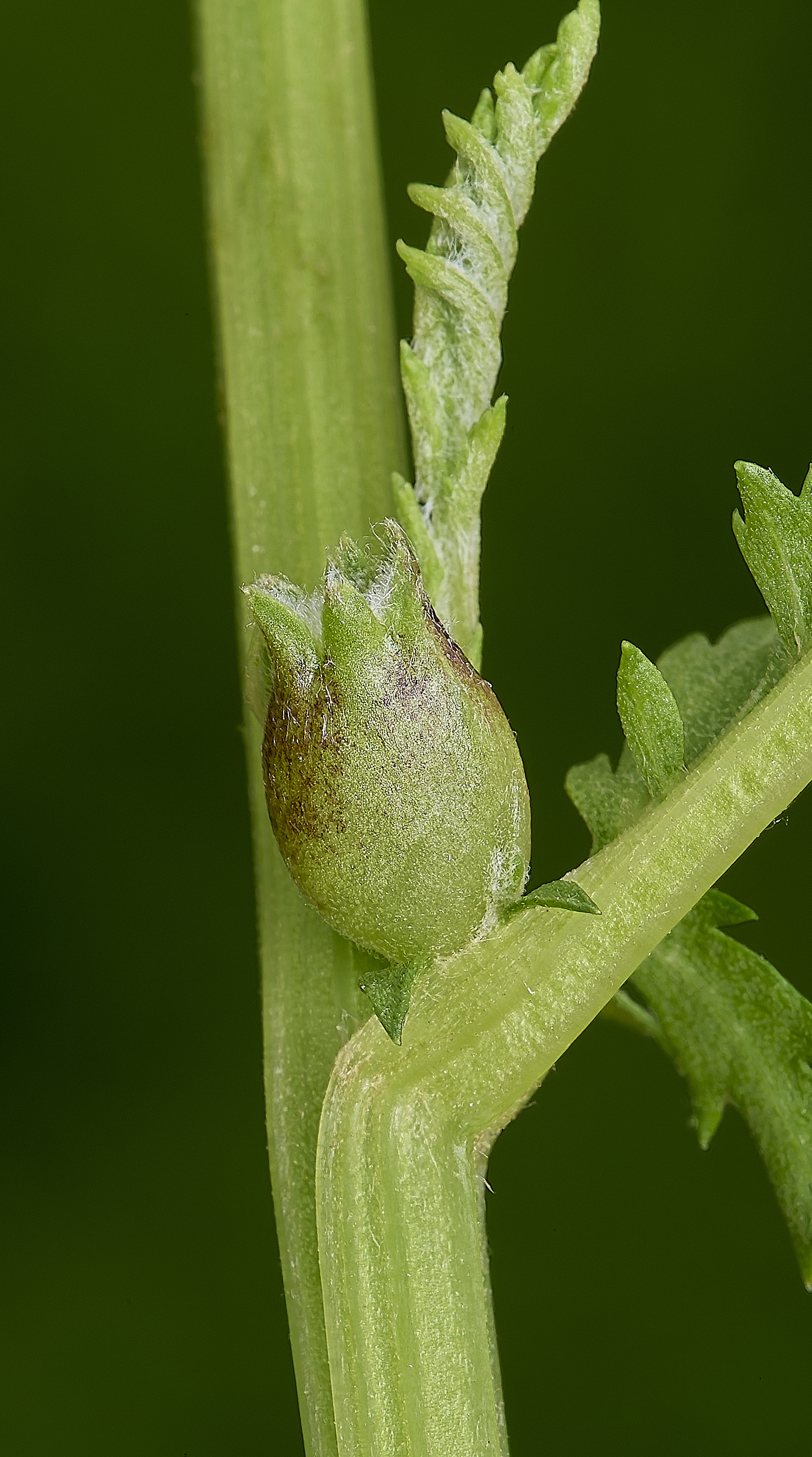
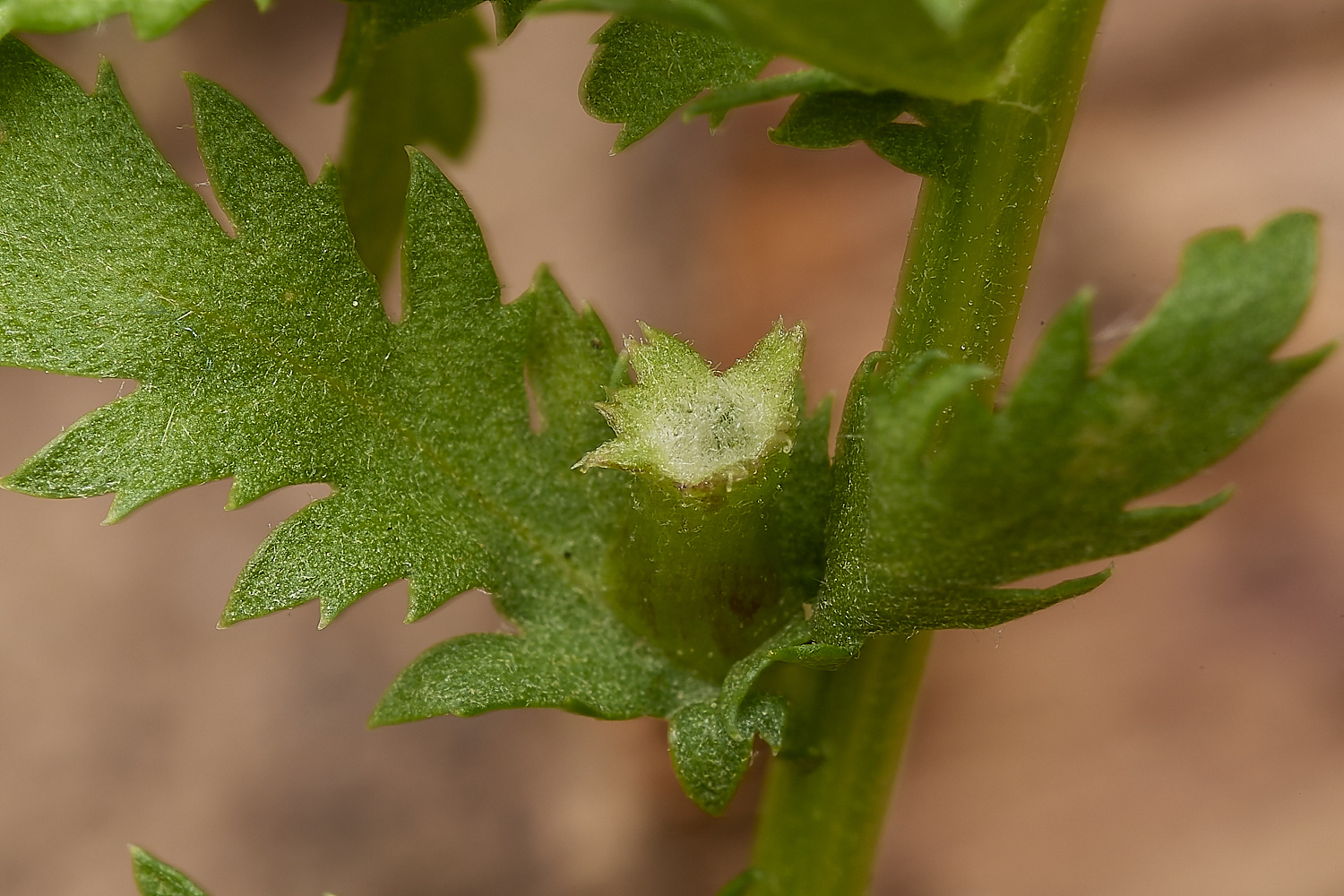
Gall on Tansy (Tanacetum vulgare)
A fly gall ( Rhopalomyia taneceticola)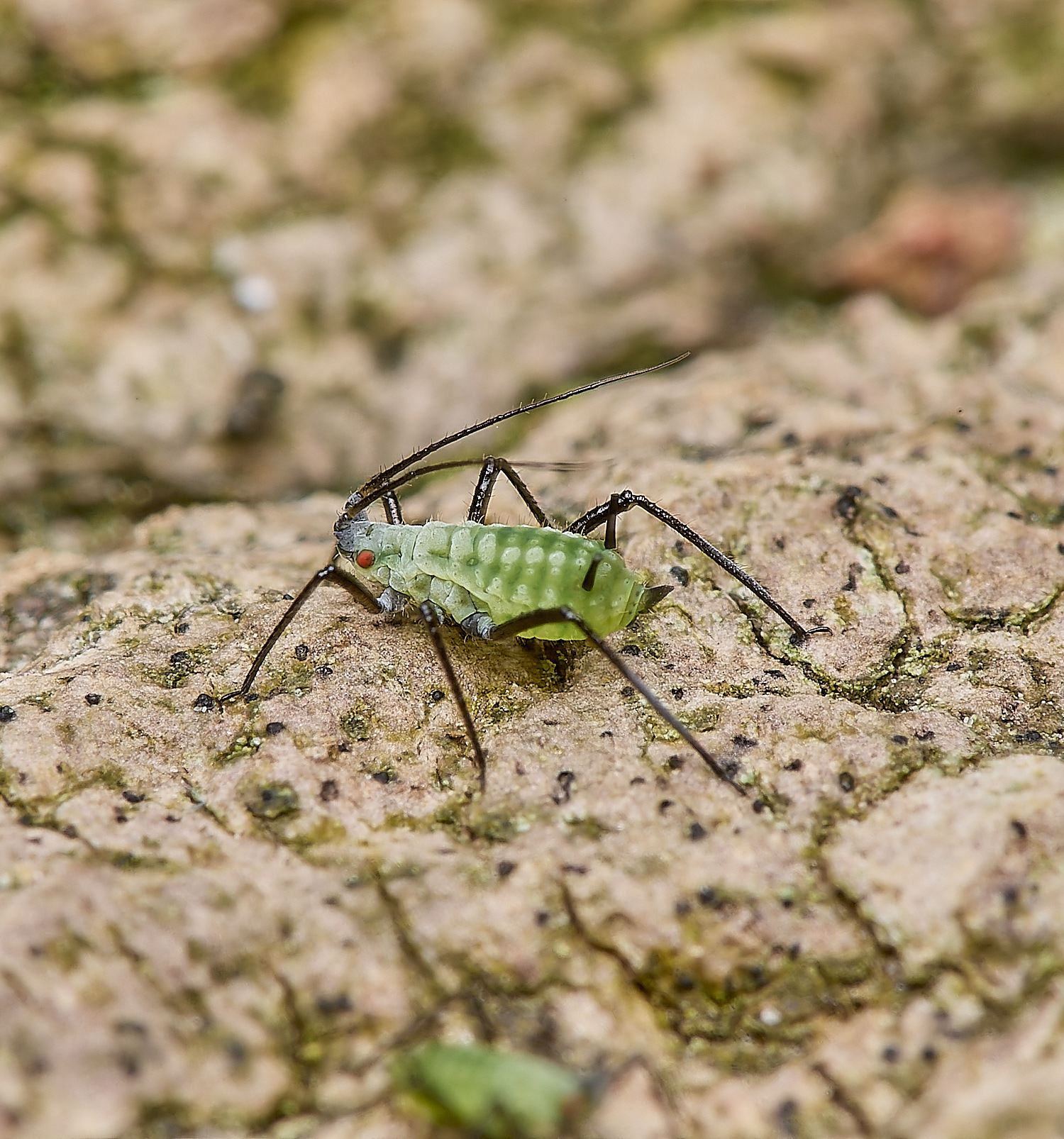
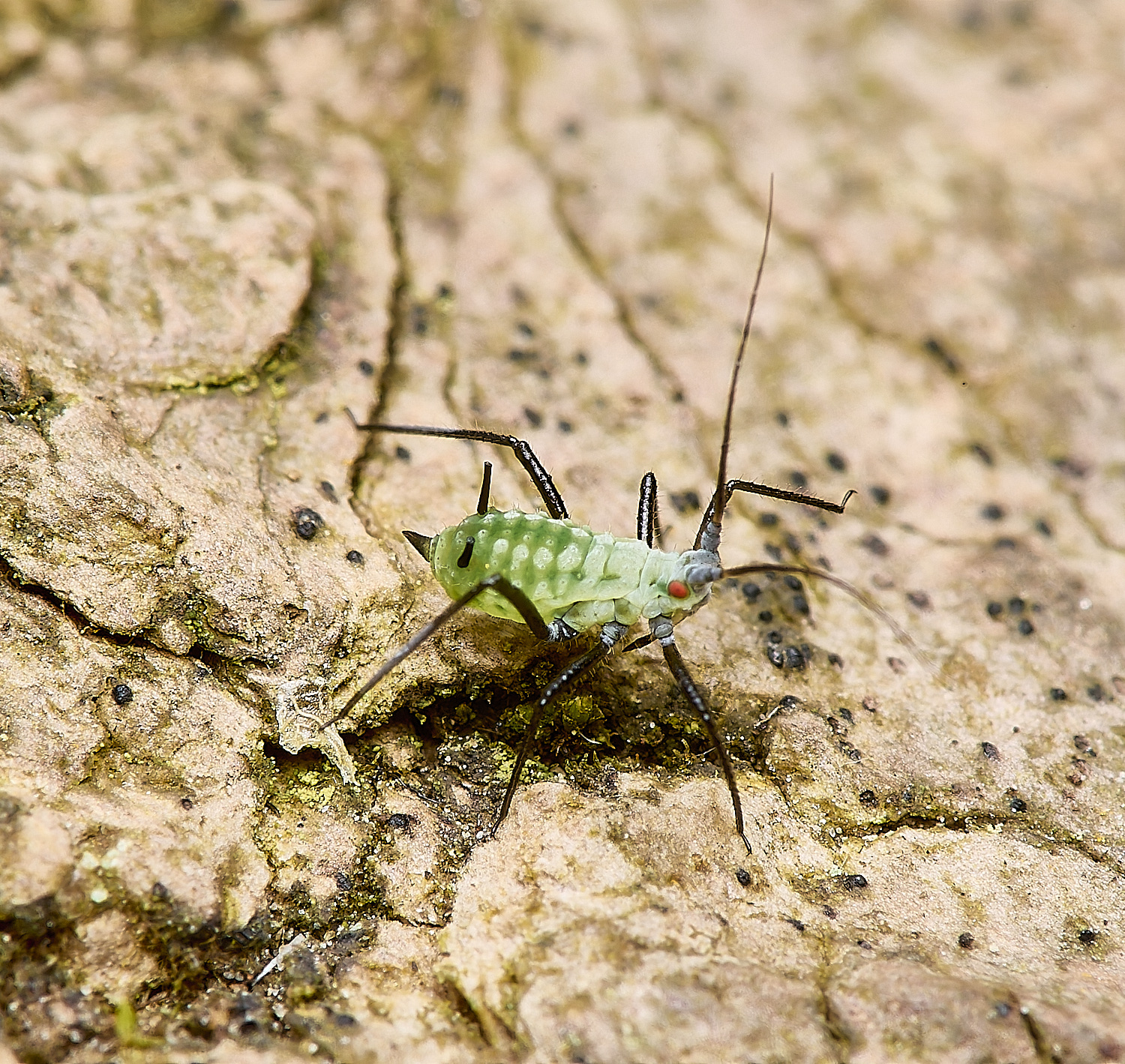
Tansy Aphid (Macrosiphoniella tanacetaria)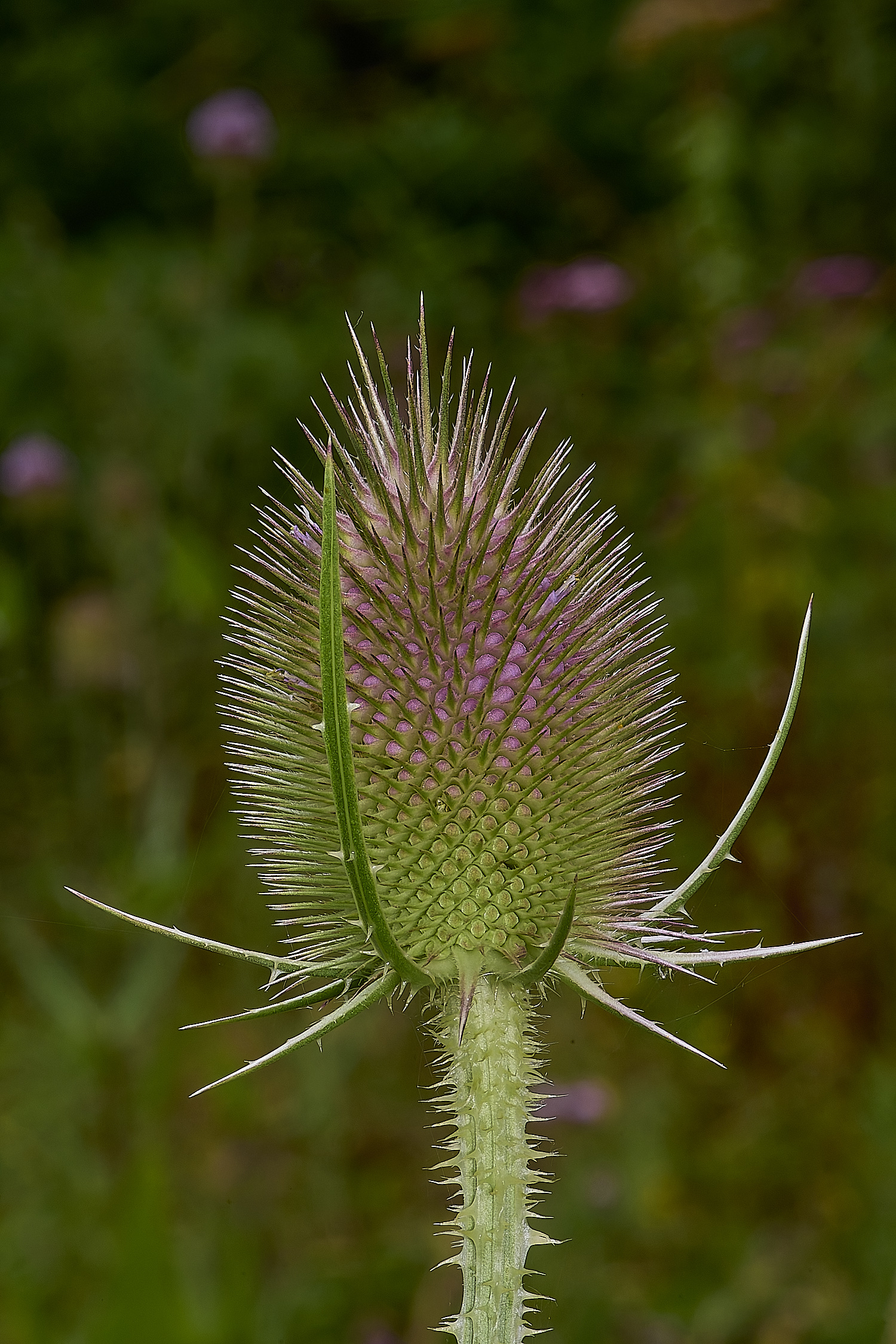
Teasel (Dipsacus fallonum)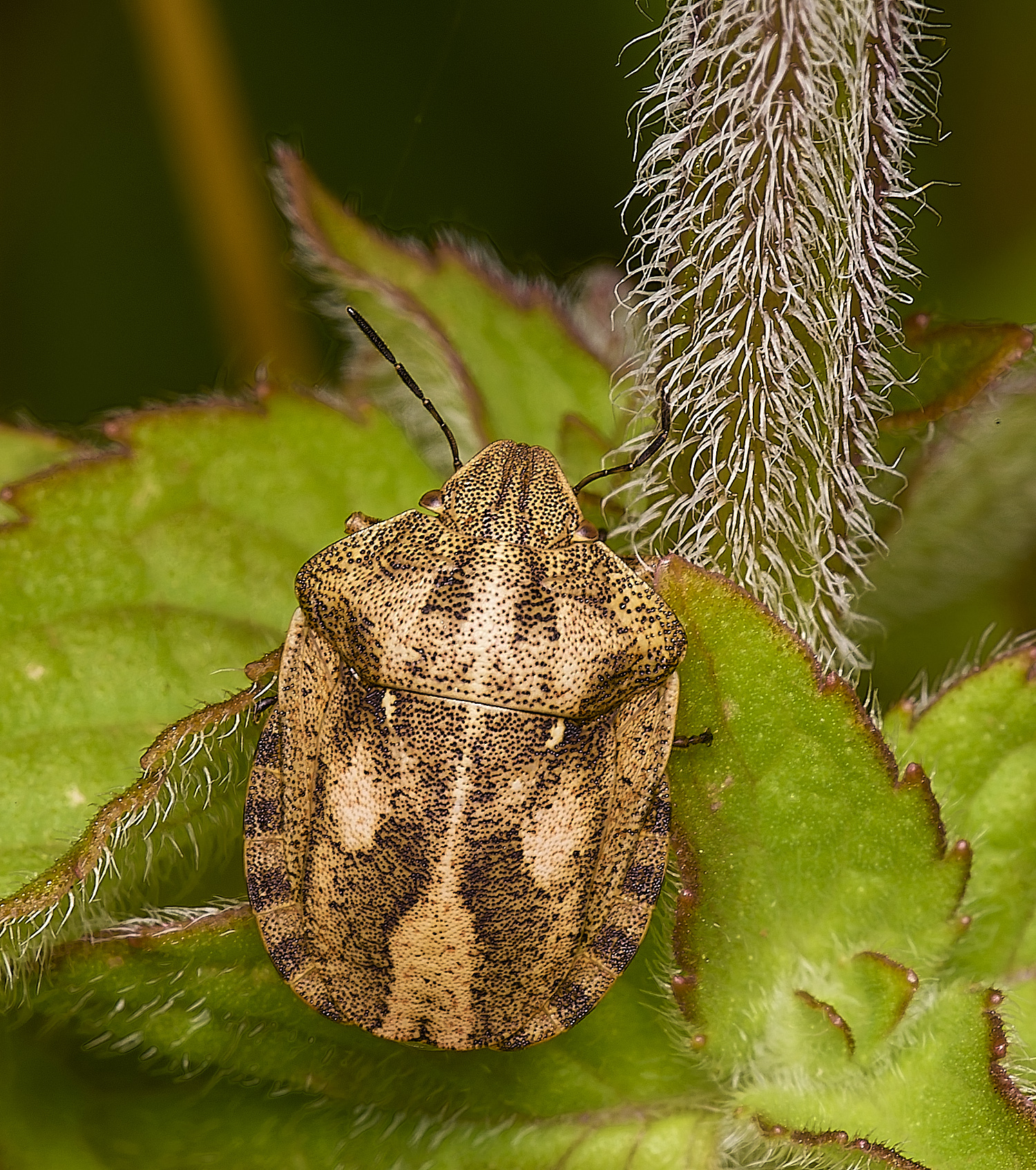
Adult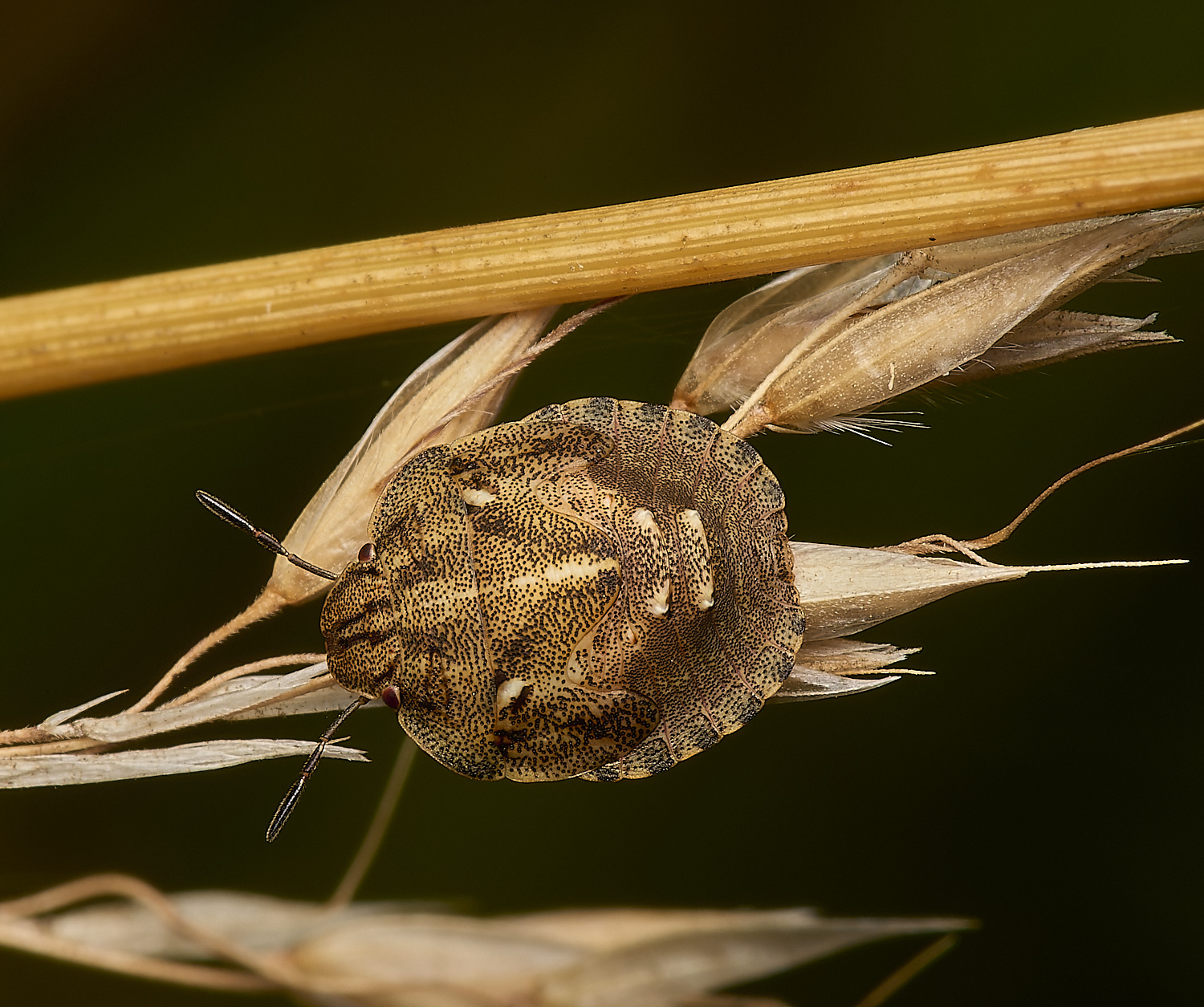
Final instar
Tortoise Shield Bug (Eurygaster testudinaria)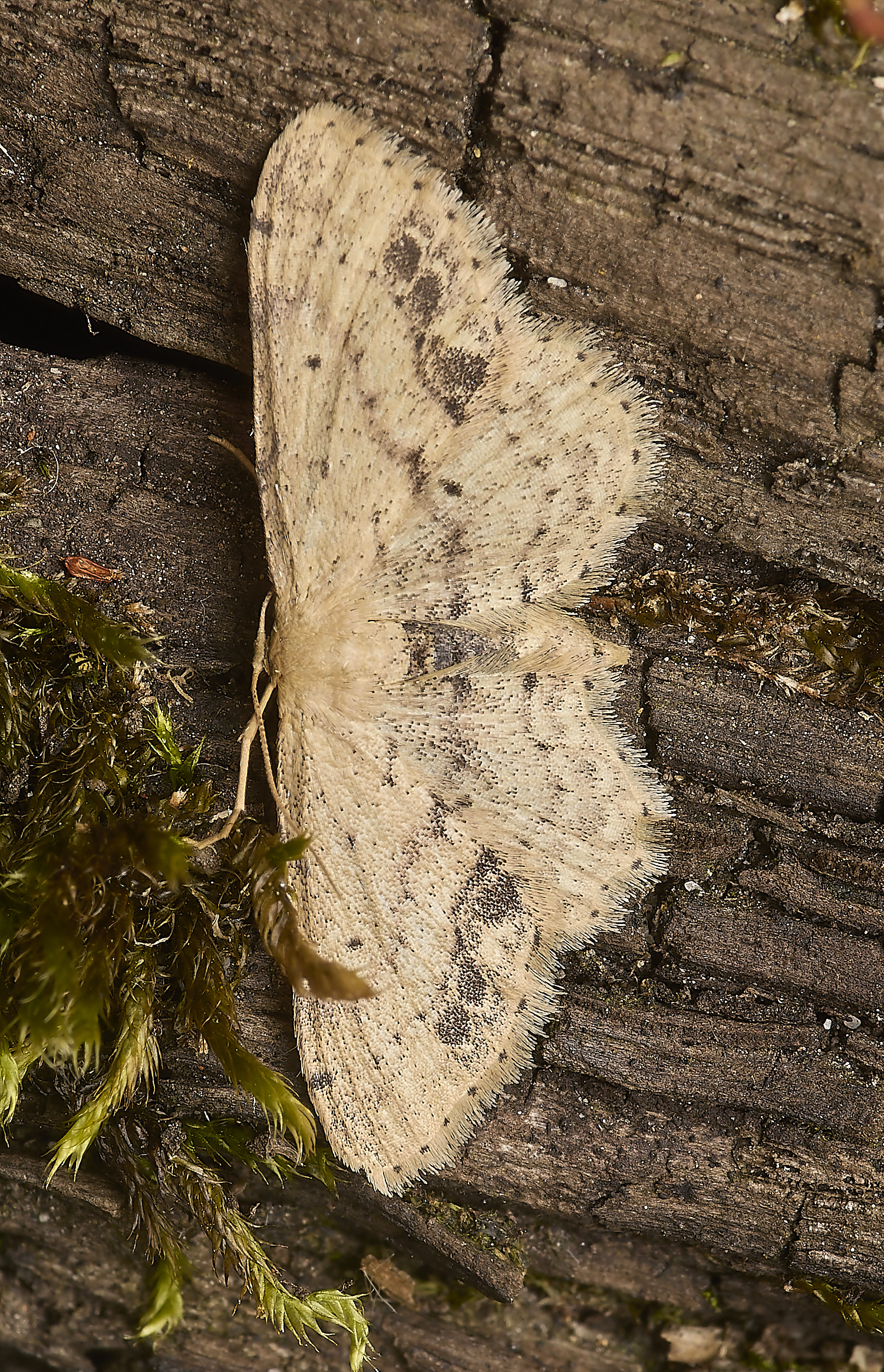
Single-dotted Wave (Idaea dimidiata)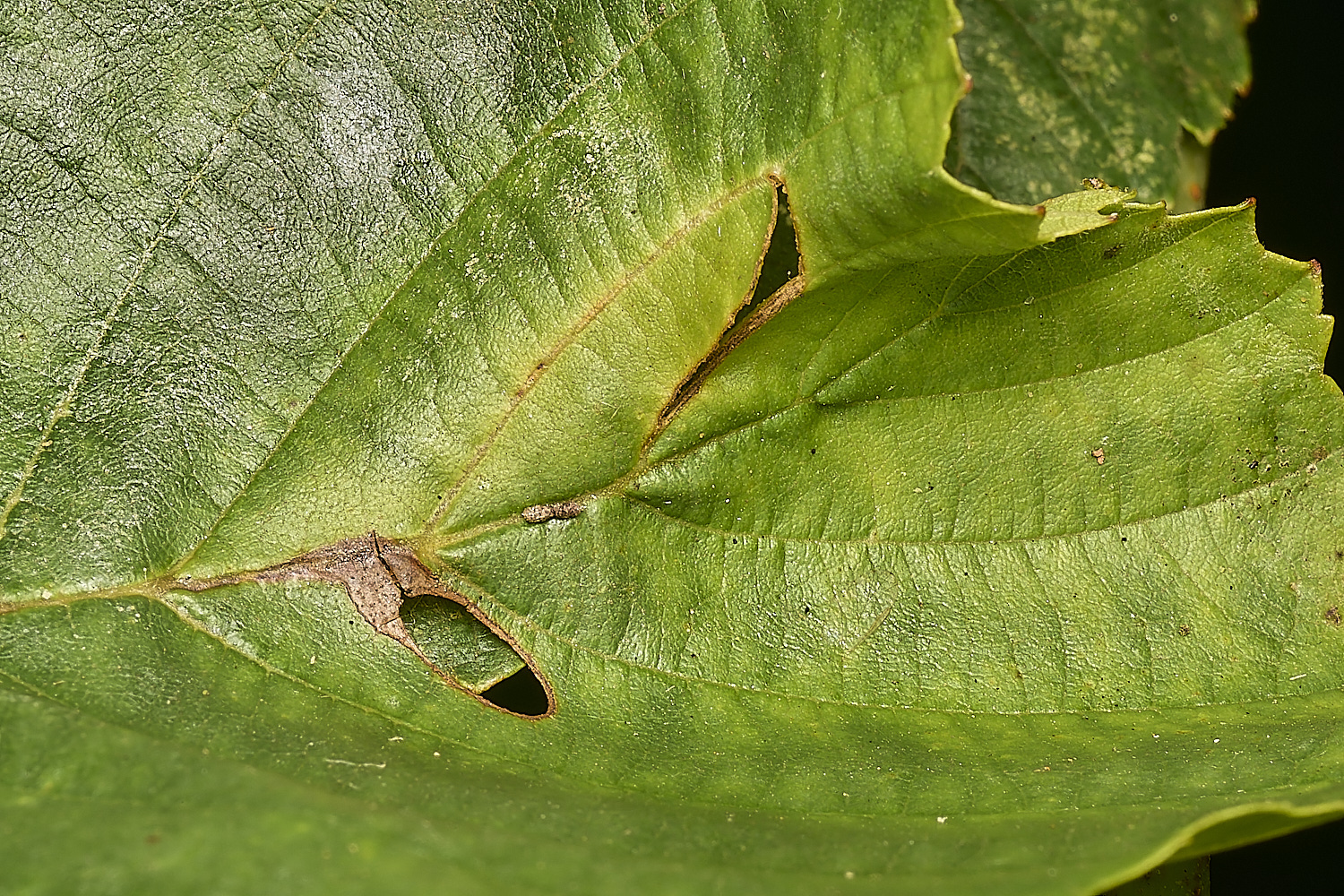
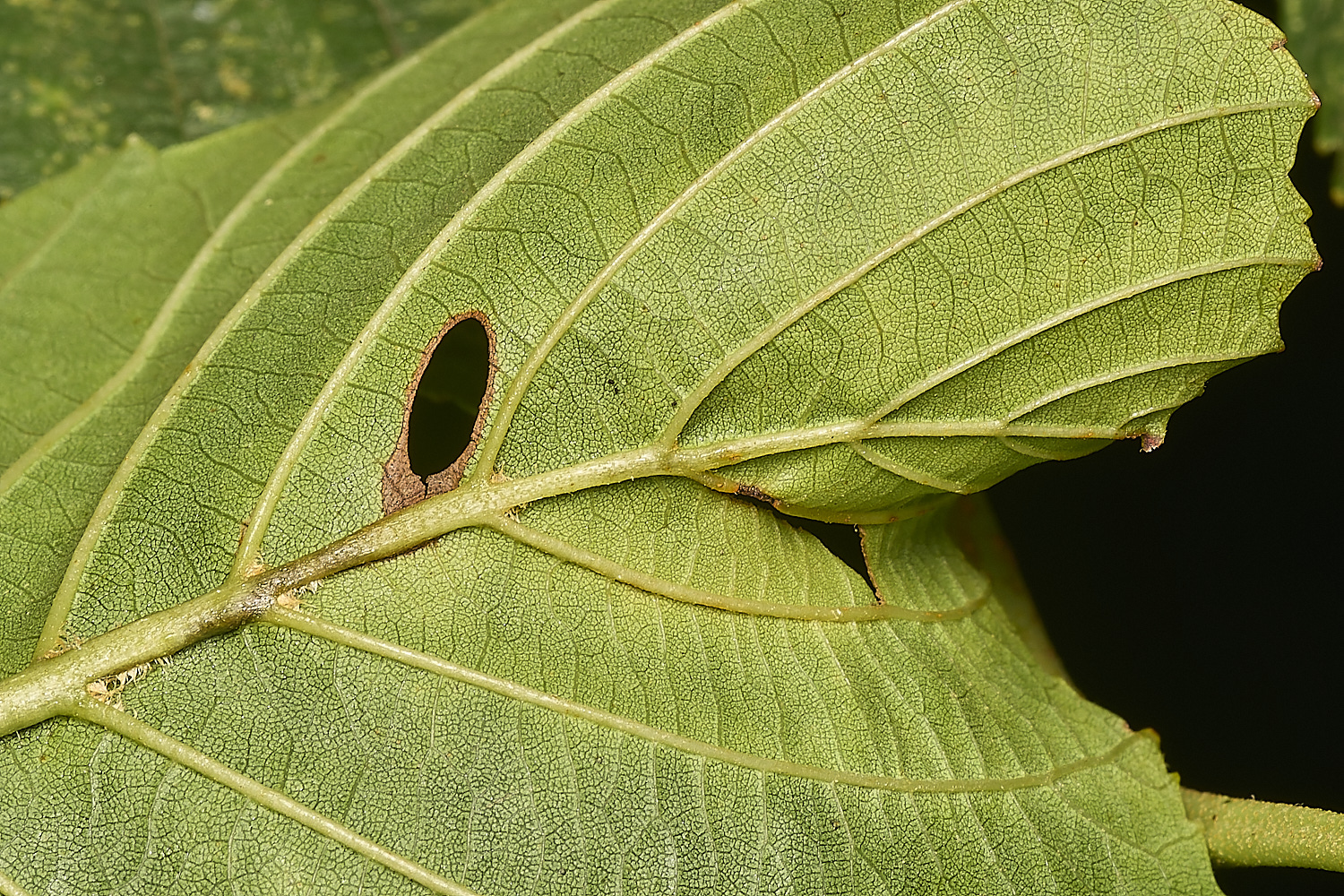
Heliozella resplendella
Mine formed in the leaf vein and midrib followed by the cut out.
from
British Leafminers
Willow Emerald (chalcolestes viridis)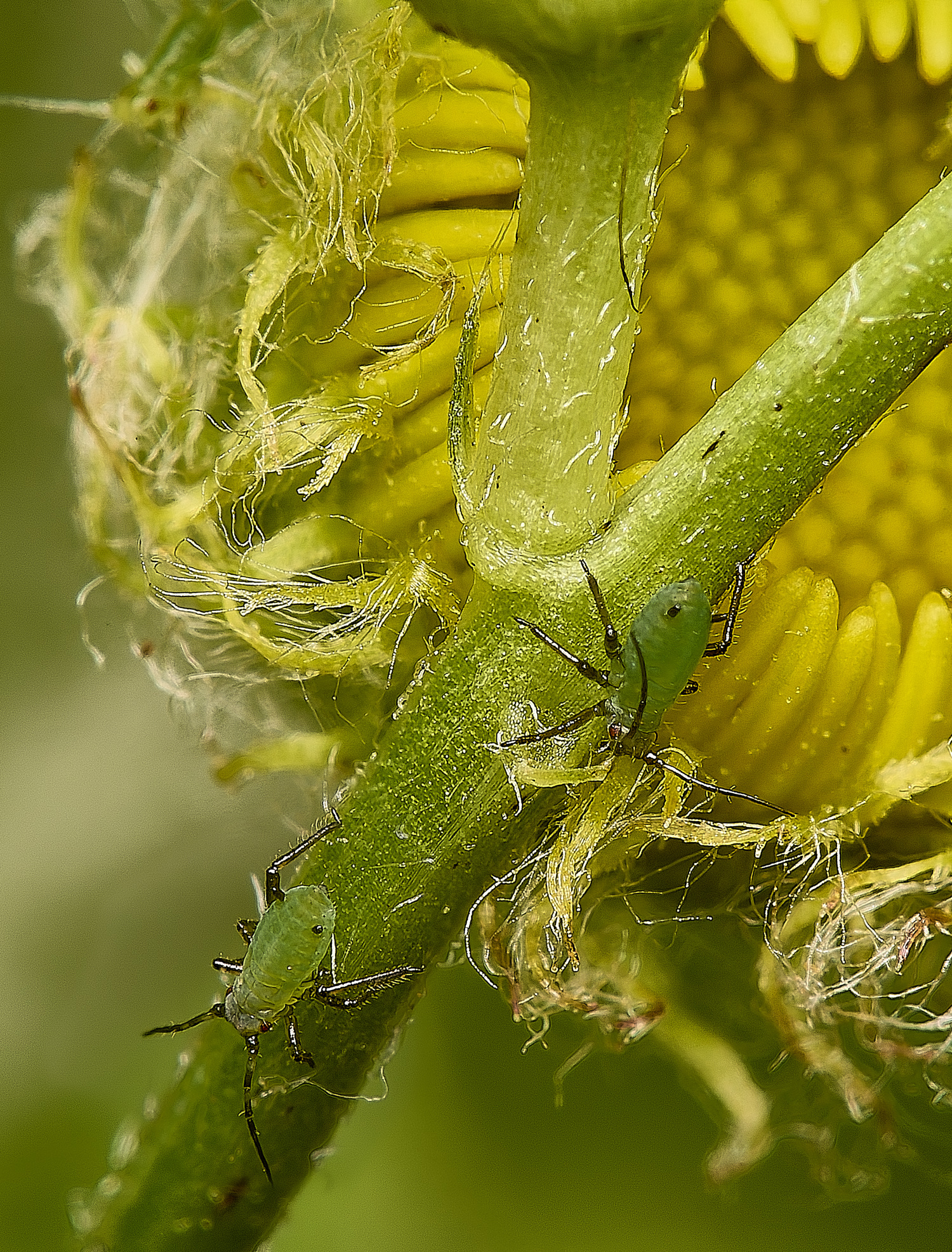
Aphid Sp on Meadow Vetchling (Lathyrus pratensis) with Fleabane (Pulicaria dysenterica) in the background
Likely young form of Megoura viciae
From
InfluentialPoints.com
Sadly this wasn't THE Meadow Vetchling Aphid and there are seven other species that use Meadow Vetchling in the UK
Foxley Wood

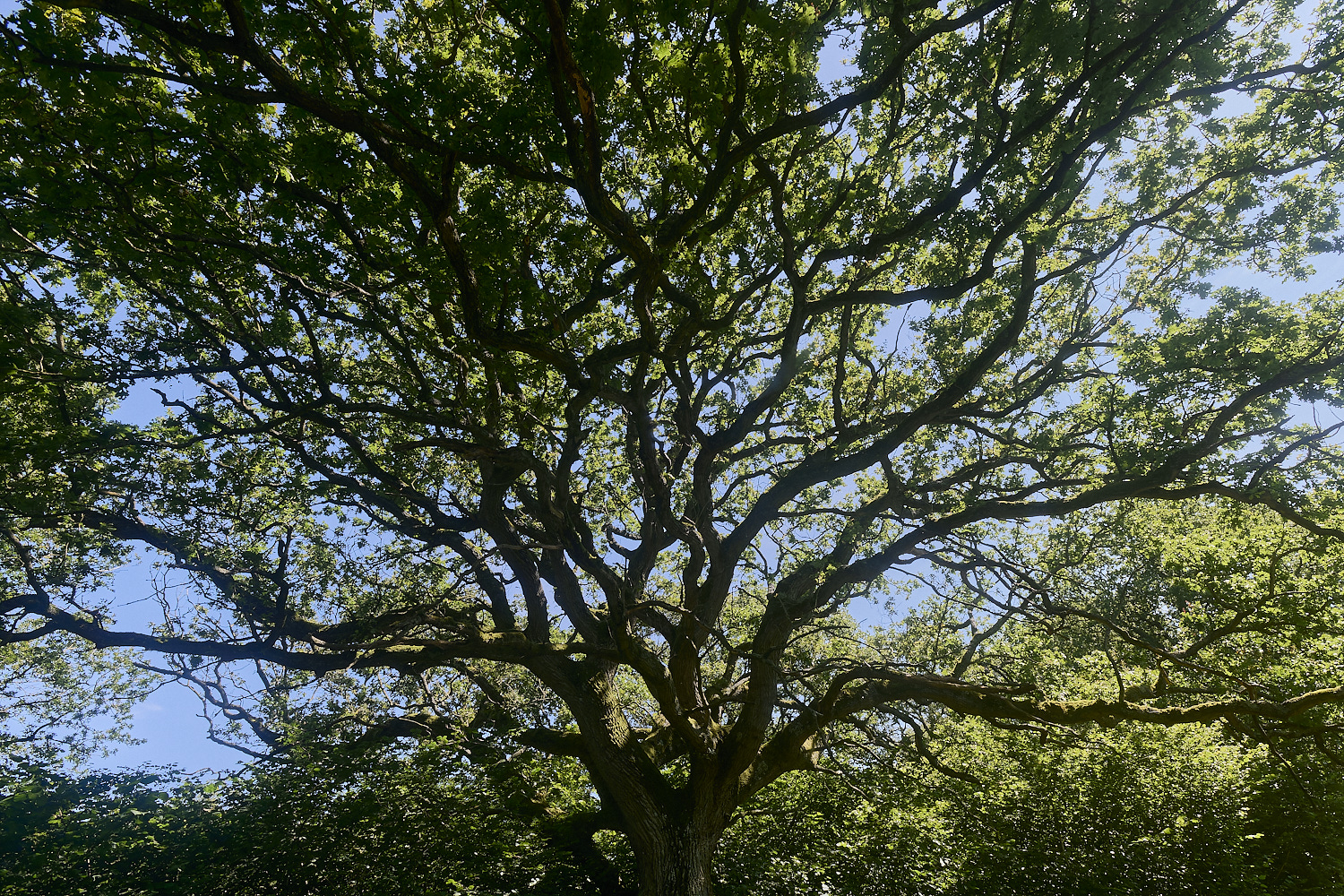
Oak (Quercus robur)
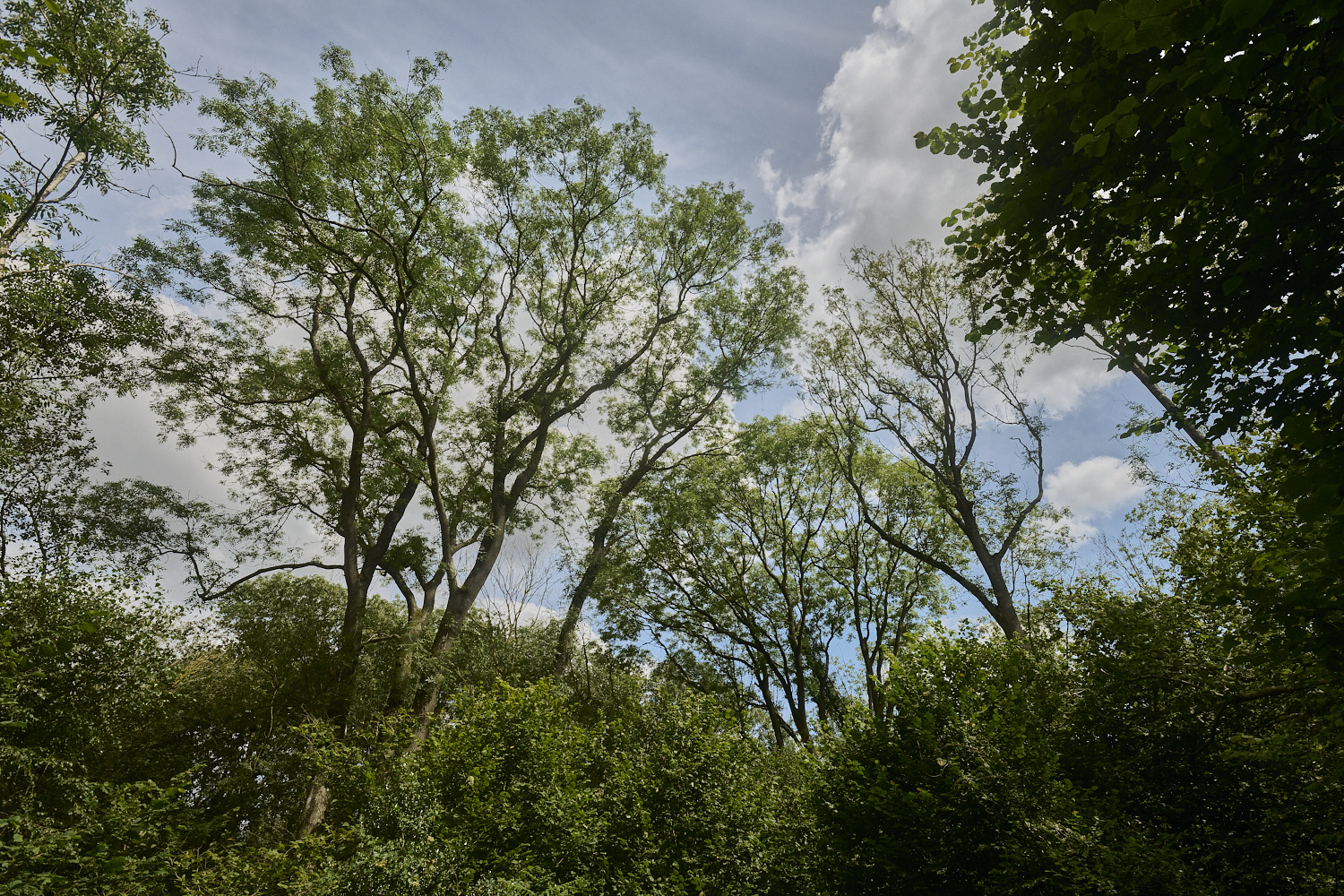
Ash (Fraxinus excelsior)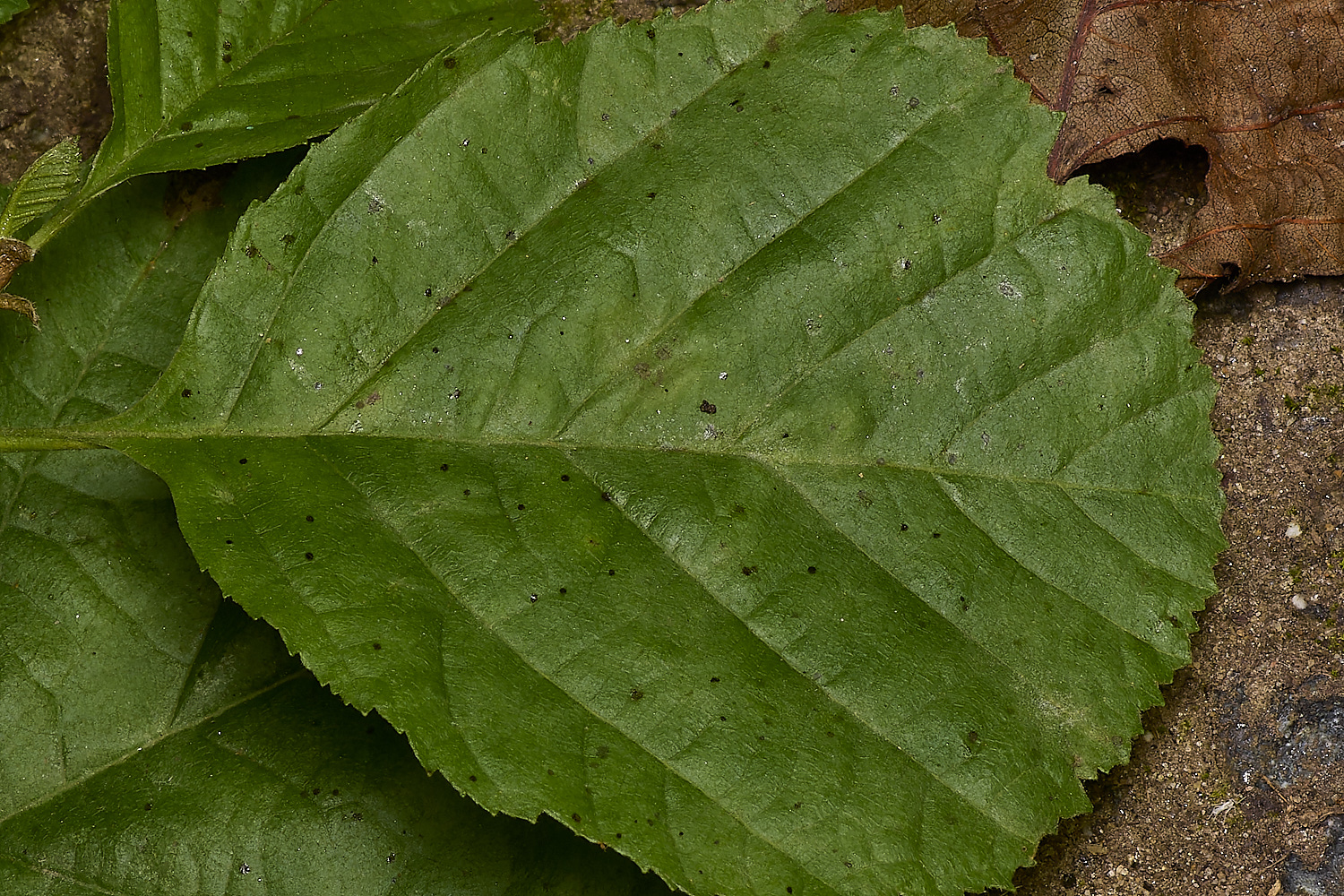
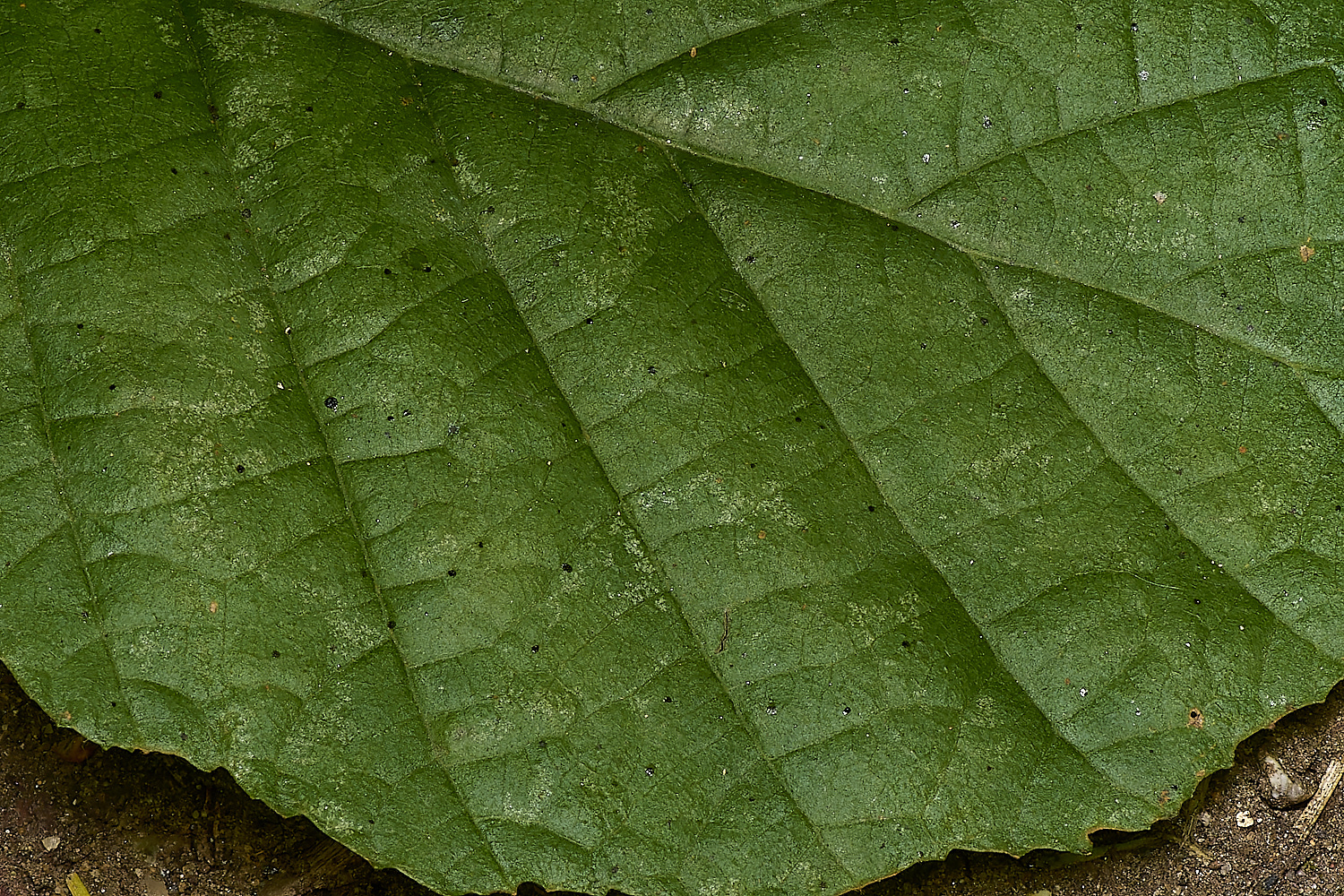
Powdery Mildew
on
Alder
Erysiphe penicillata
You can just about see it. 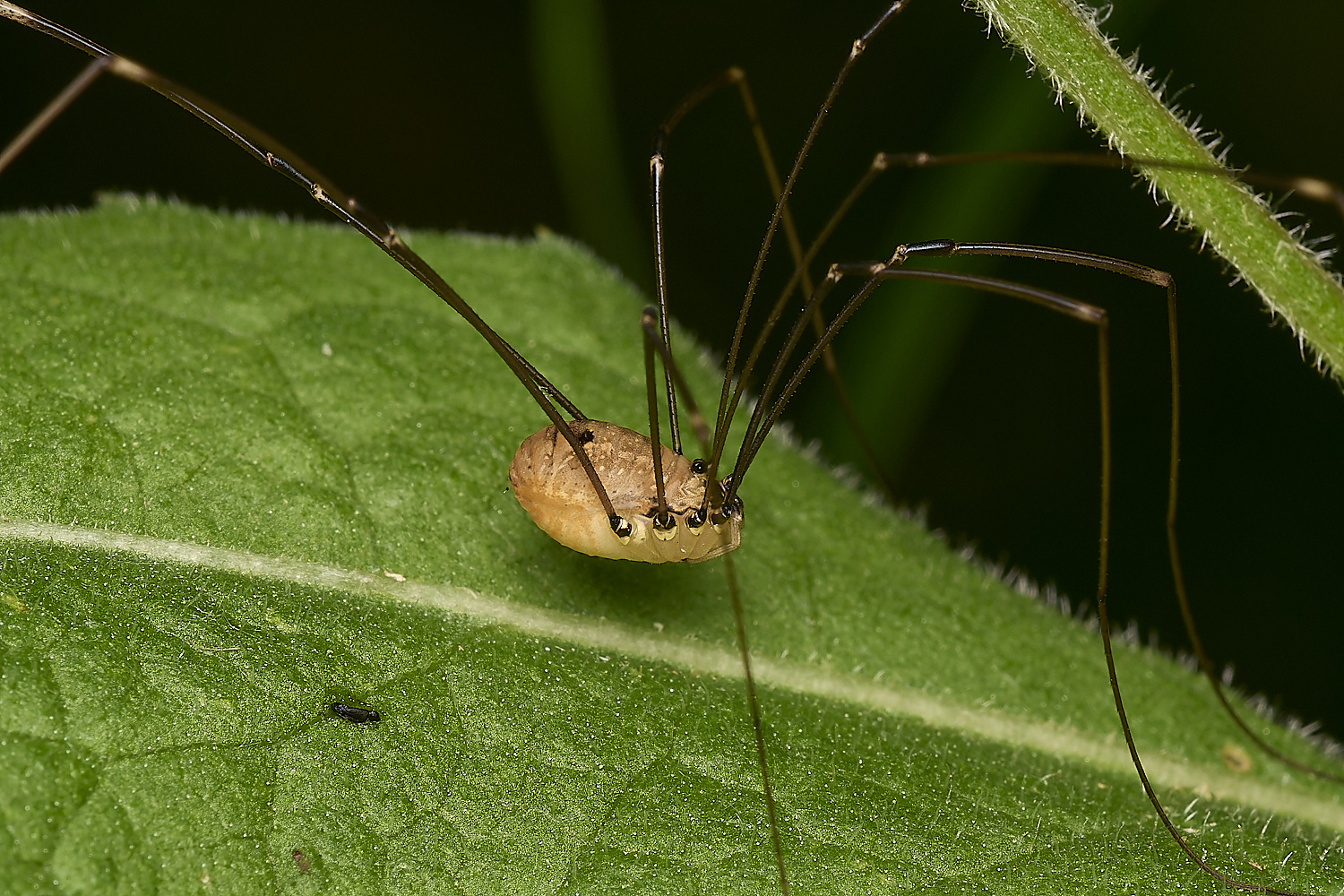
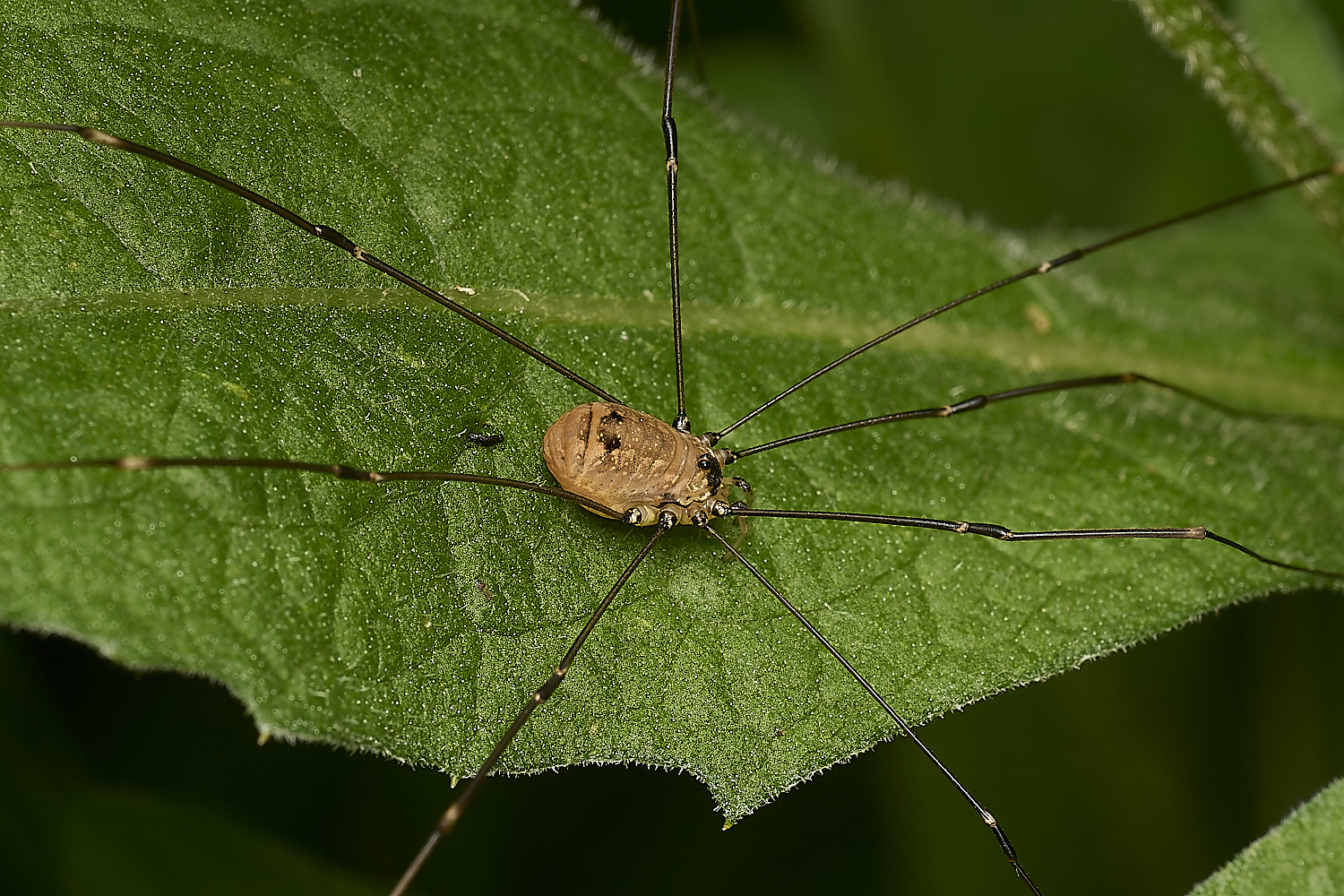
Leiobonum rotundum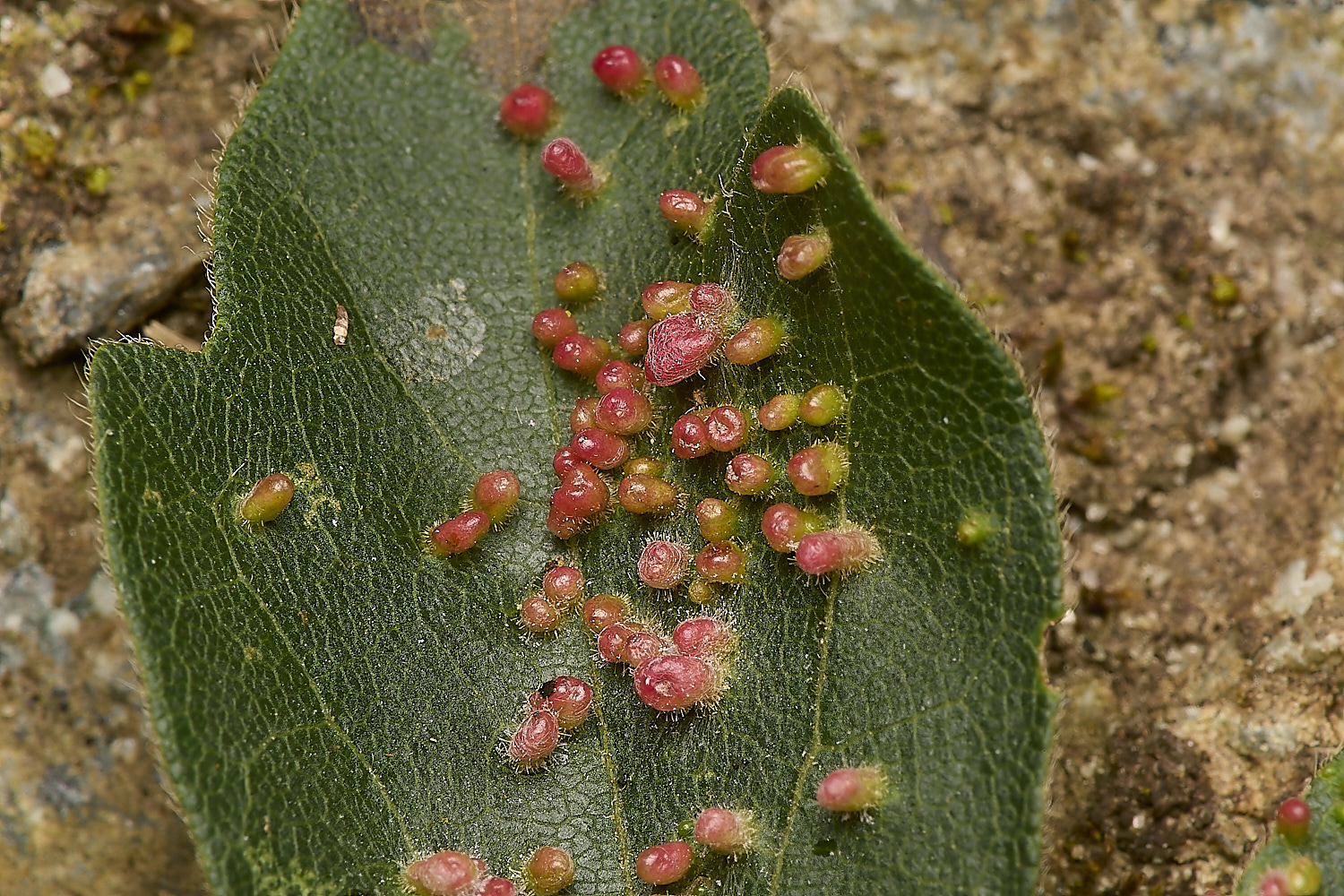
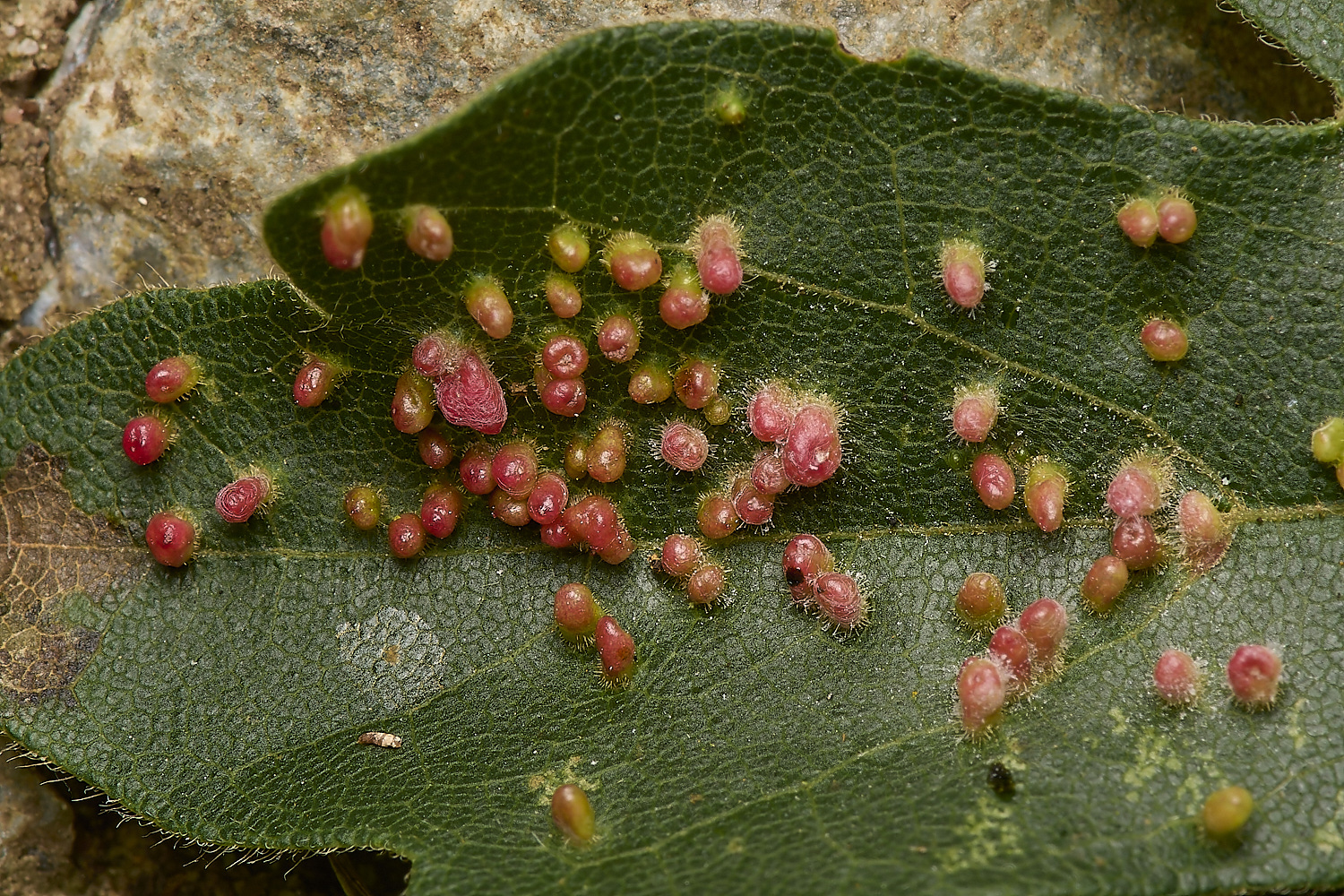
Aceria aceriscampestris is a mite that causes galls to form on Field Maple (Acer campestris)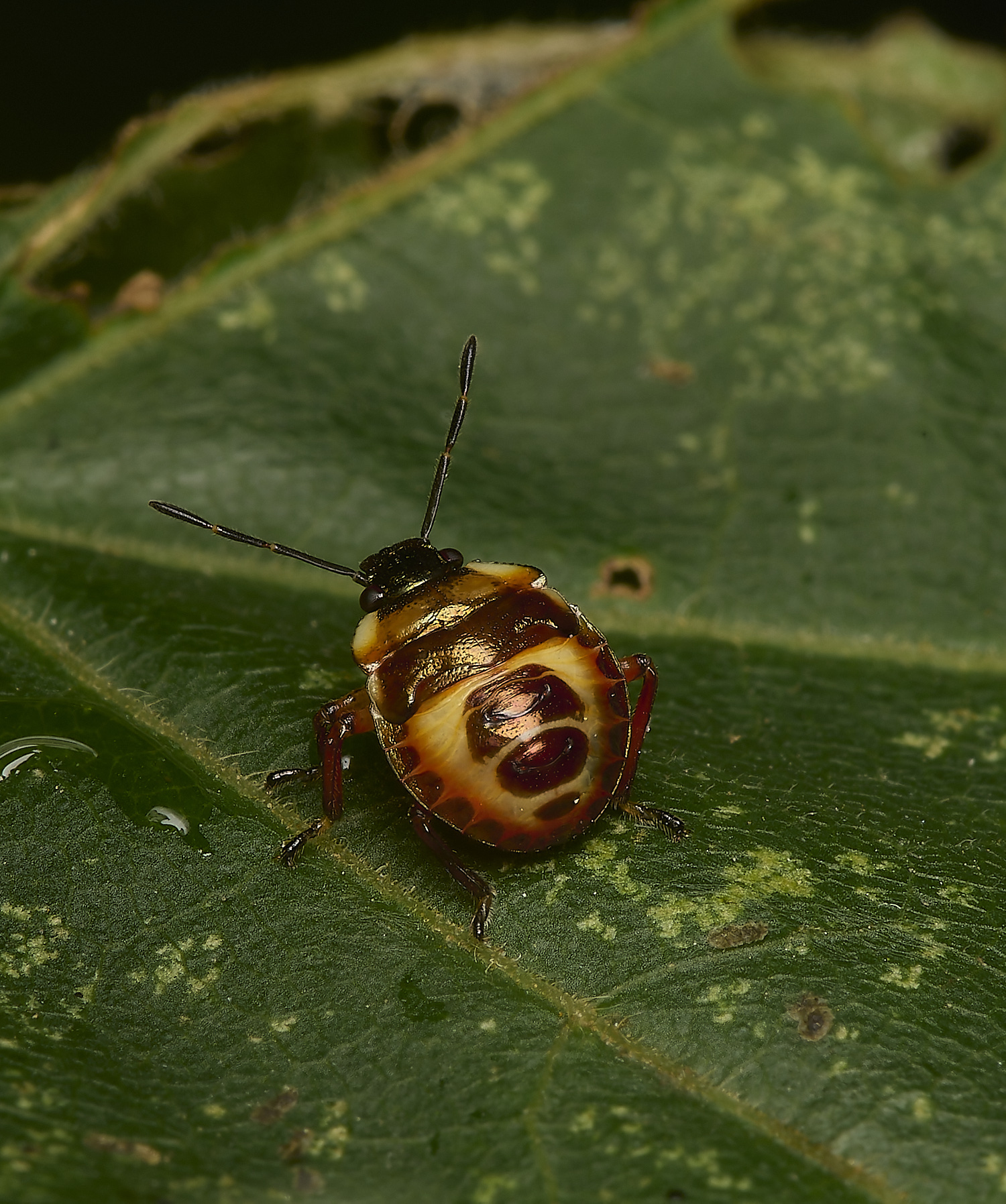
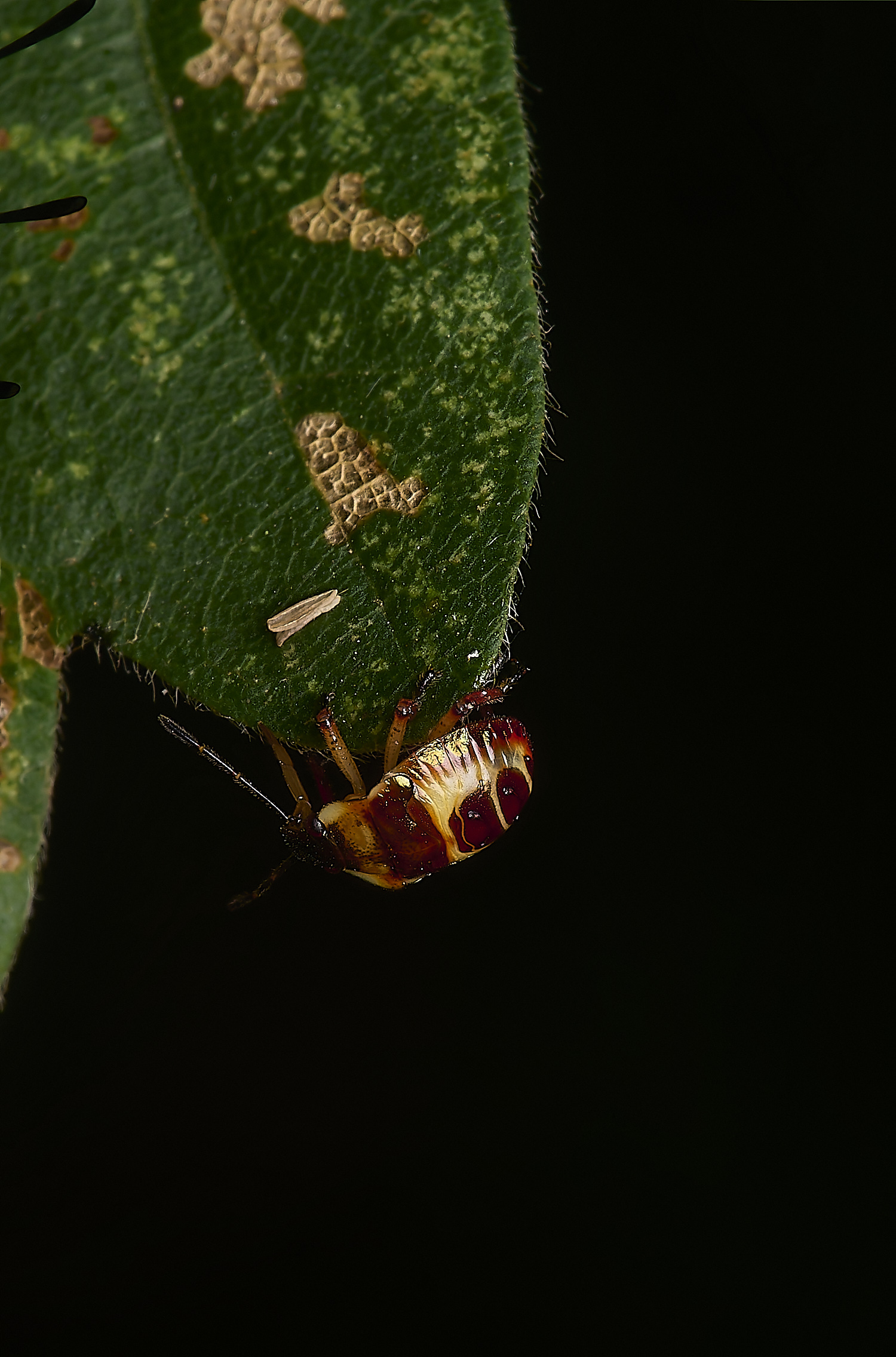
Bronze Shieldbug ? (Troilus luridus) Mid Instar Nymph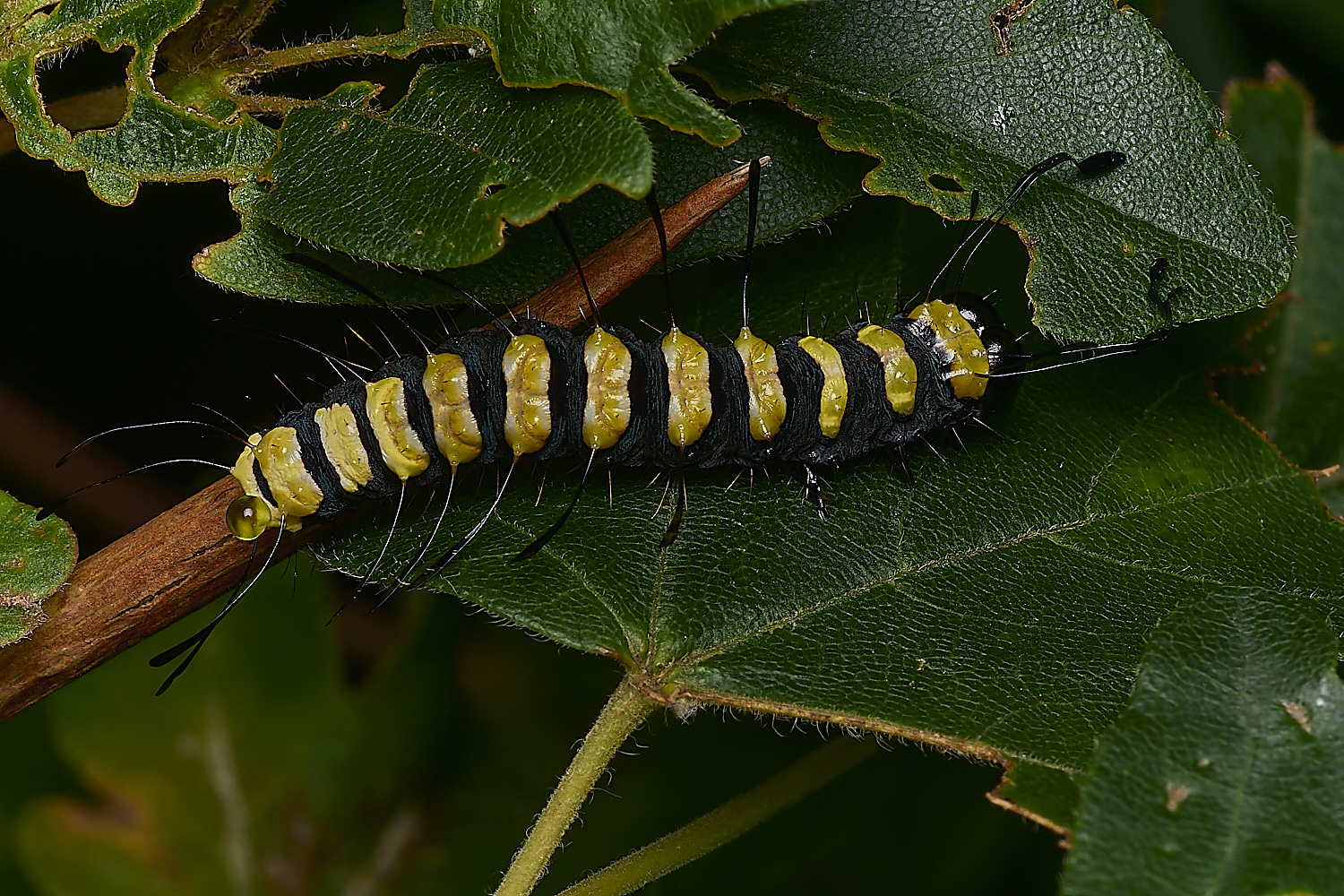
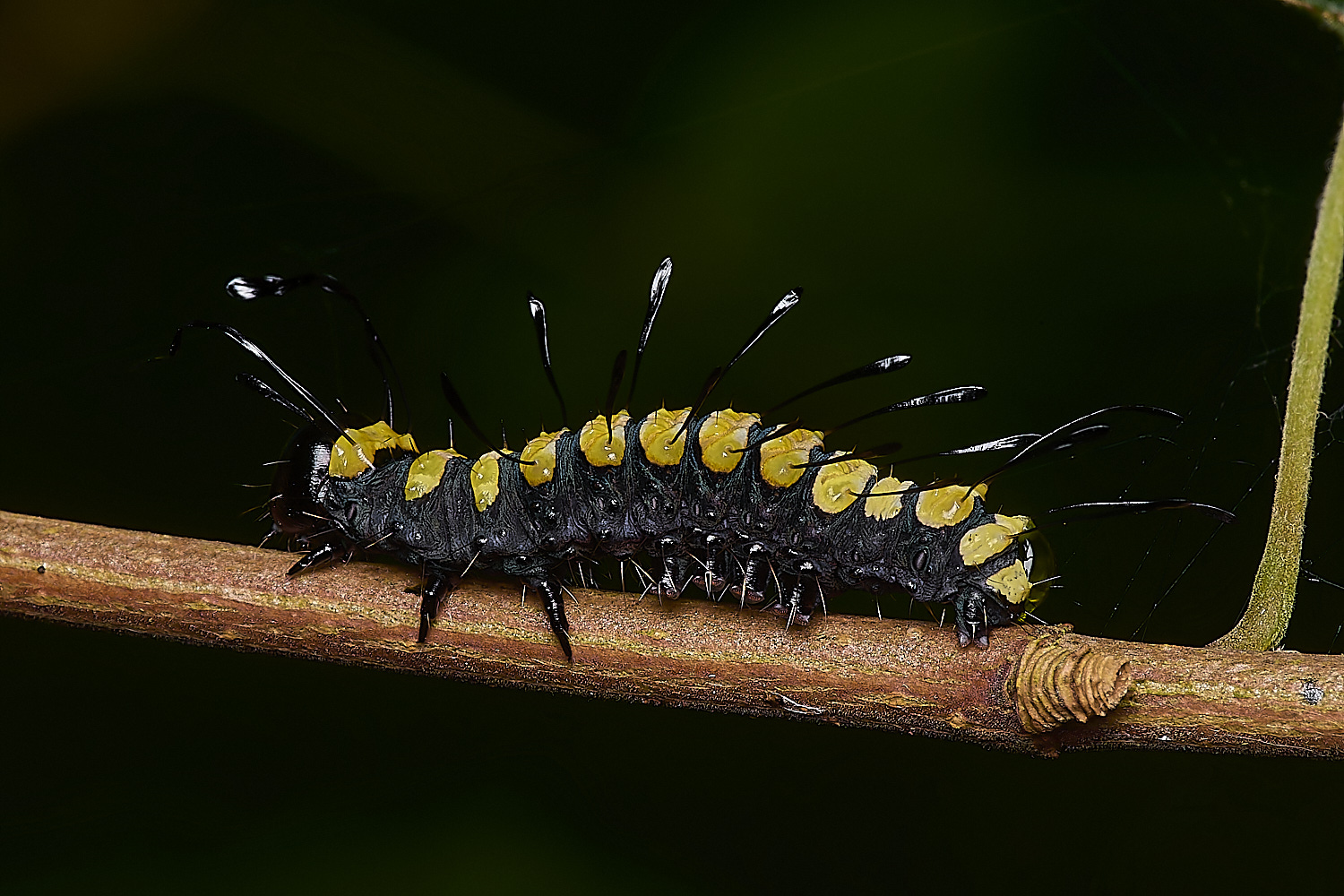
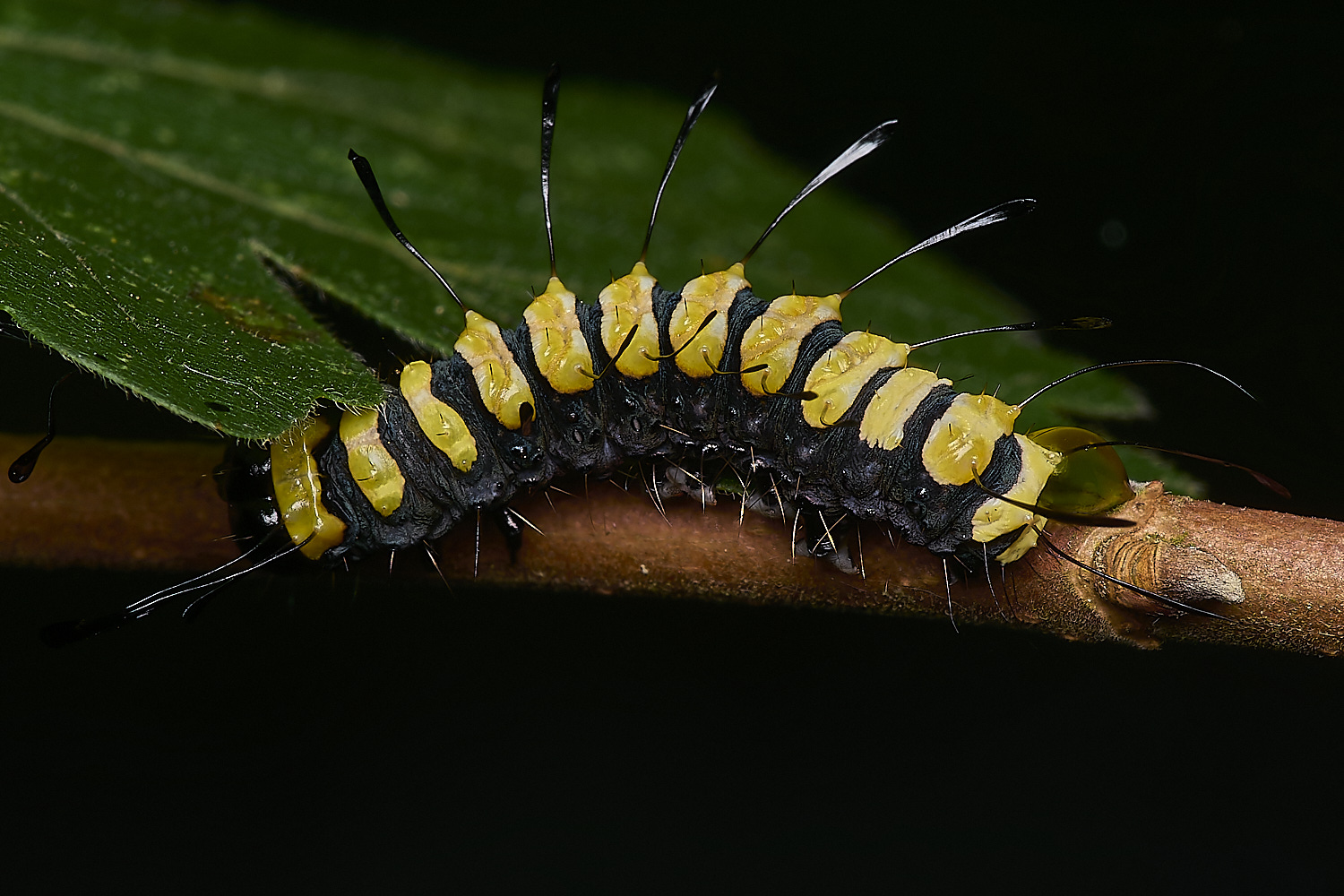
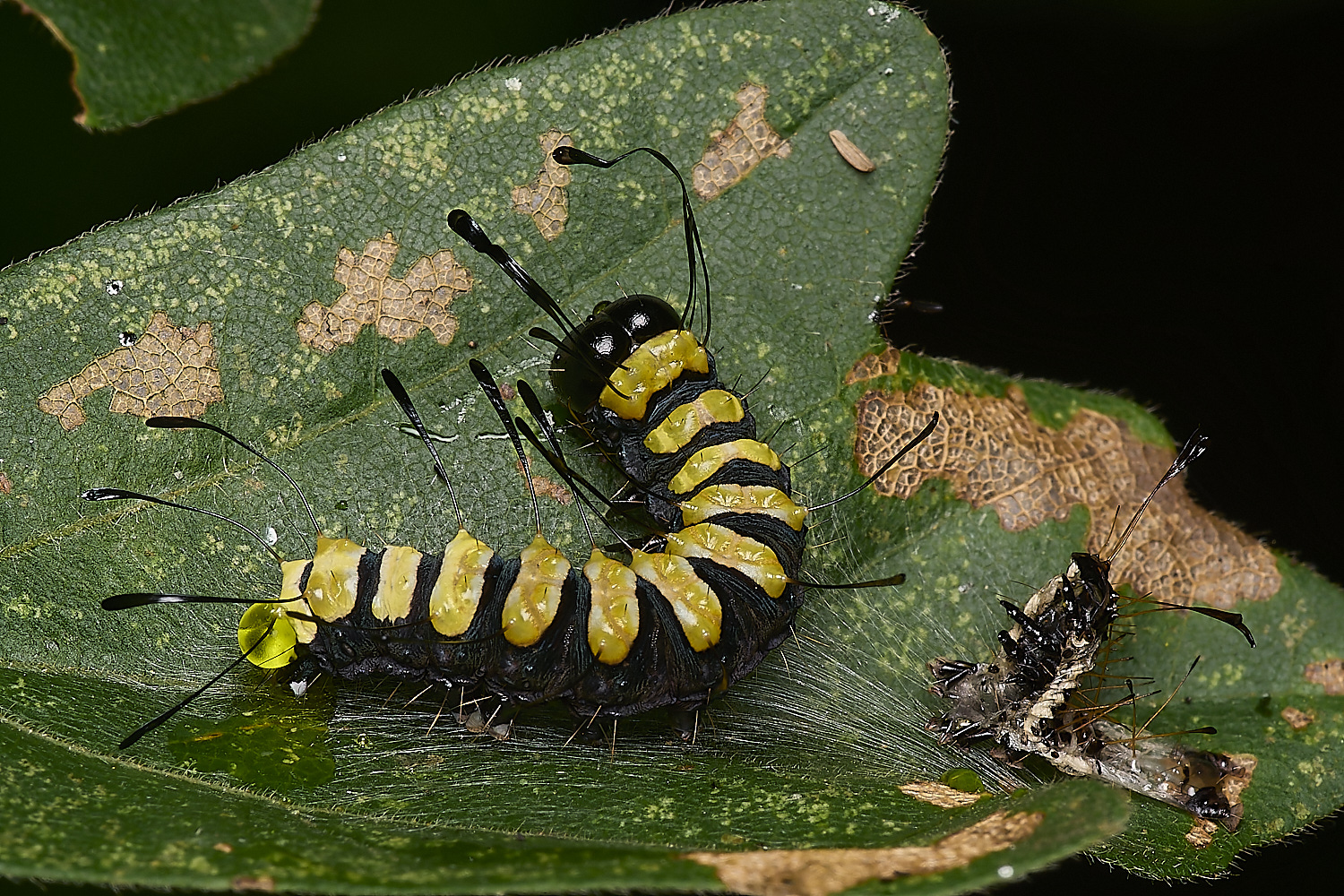
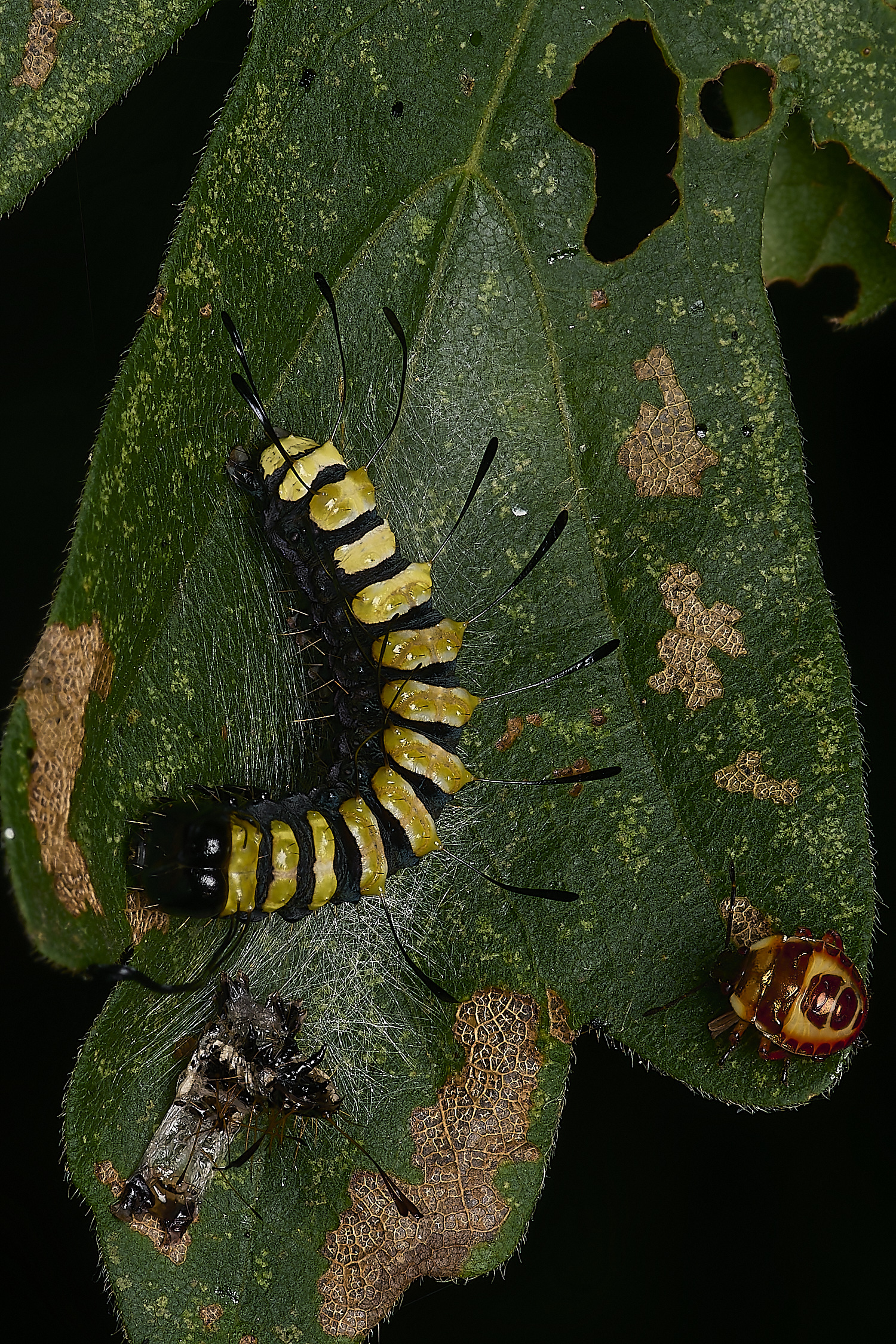
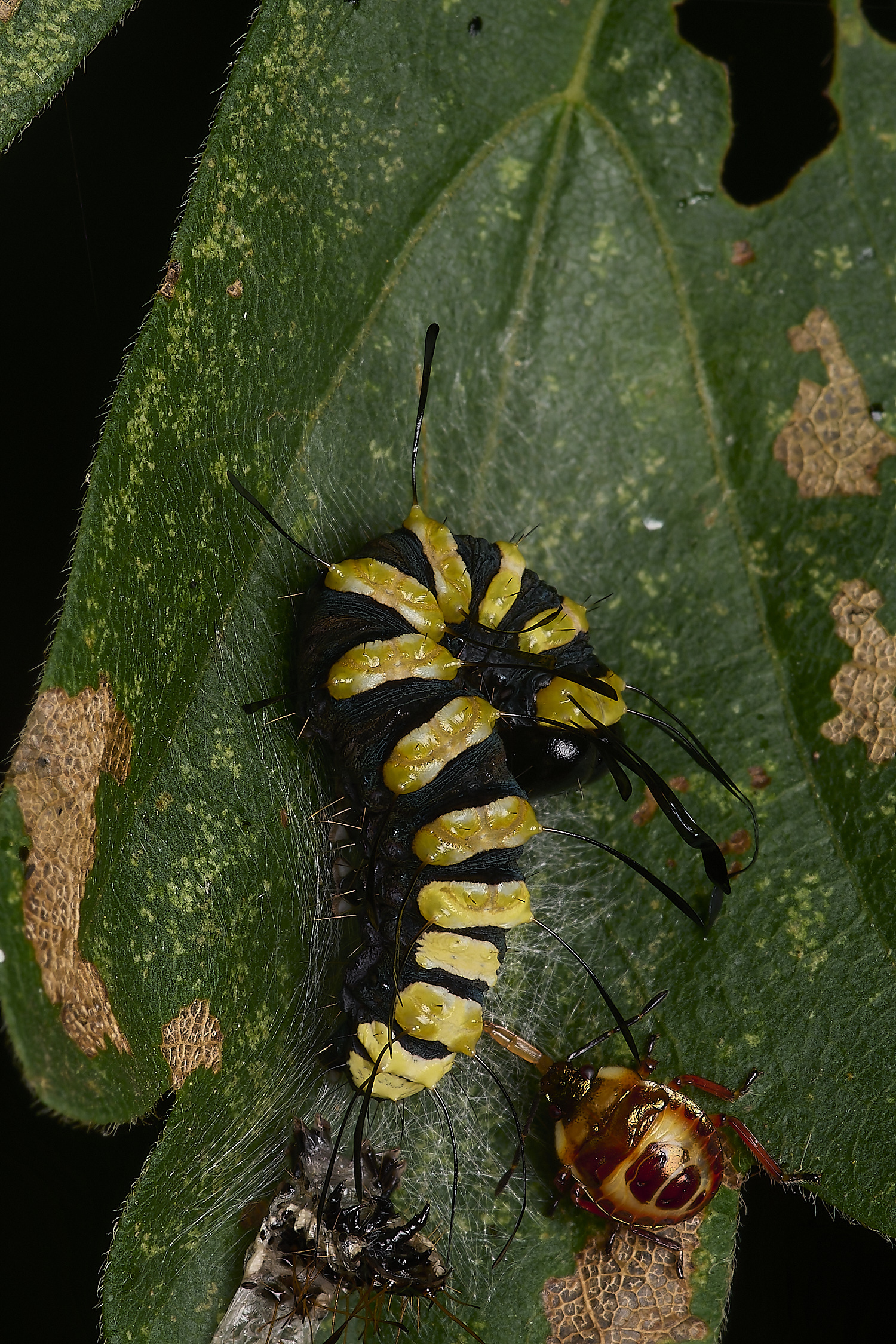
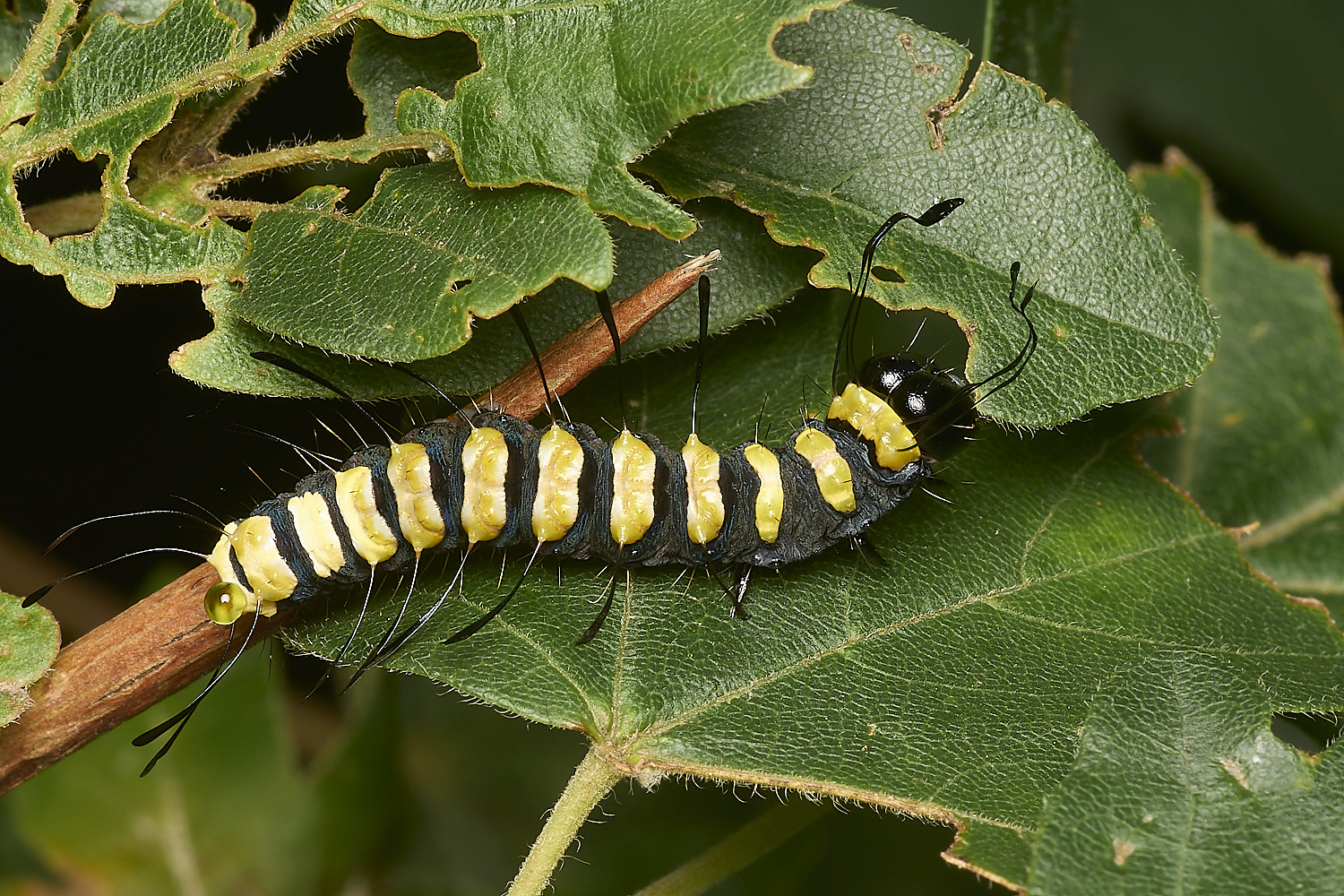
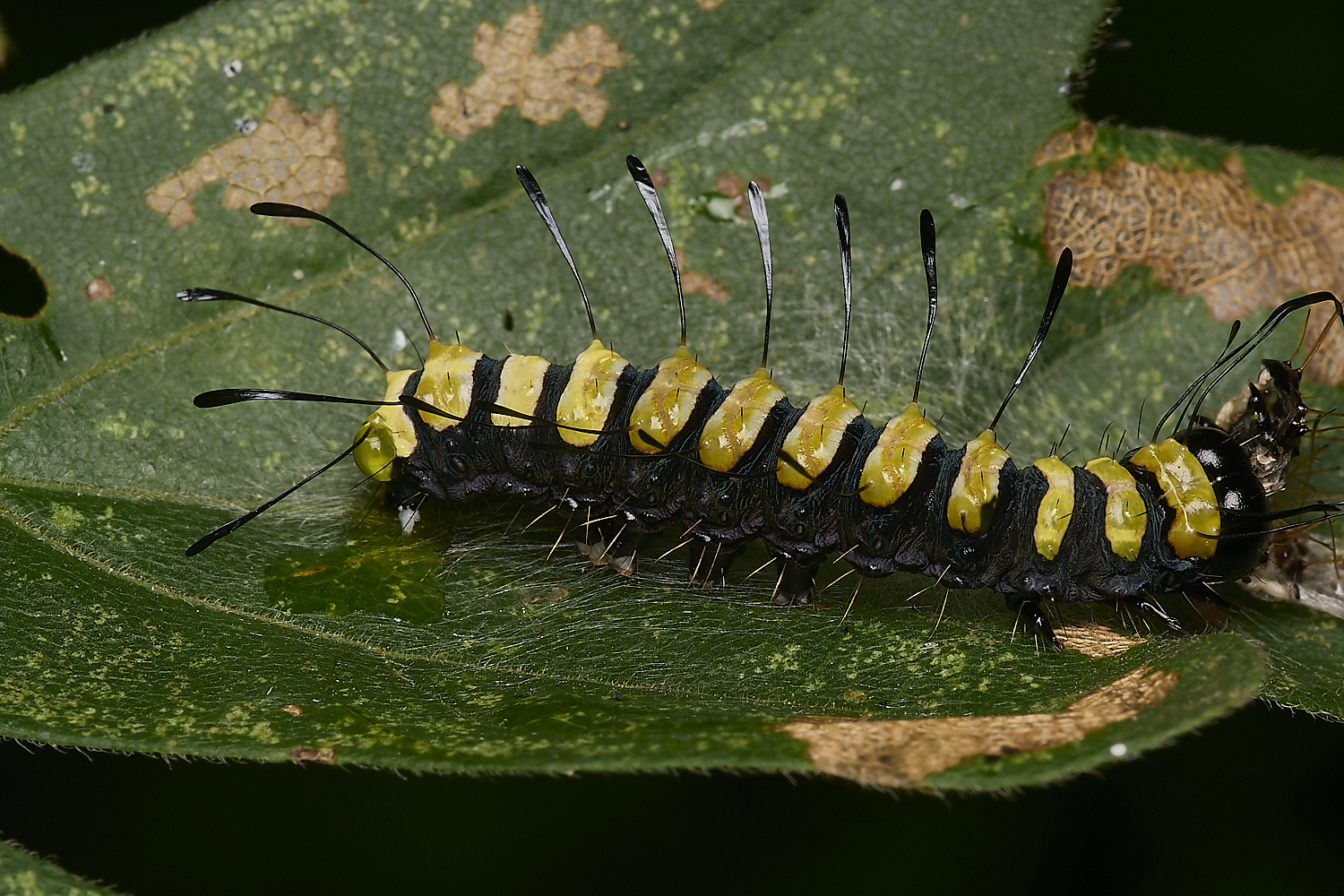
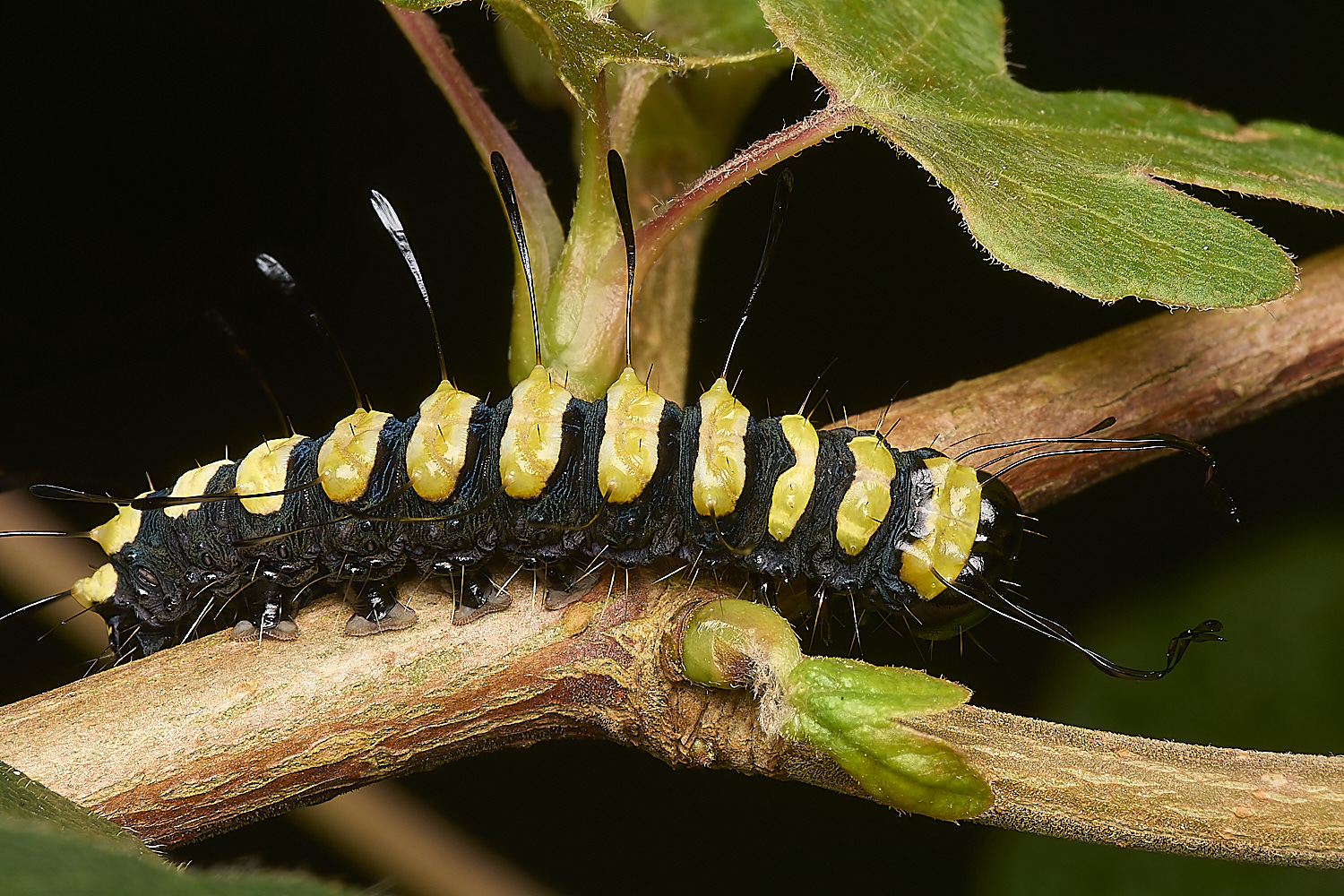
The
Exqusite
Alder Moth Caterpillar (Acronicta alni)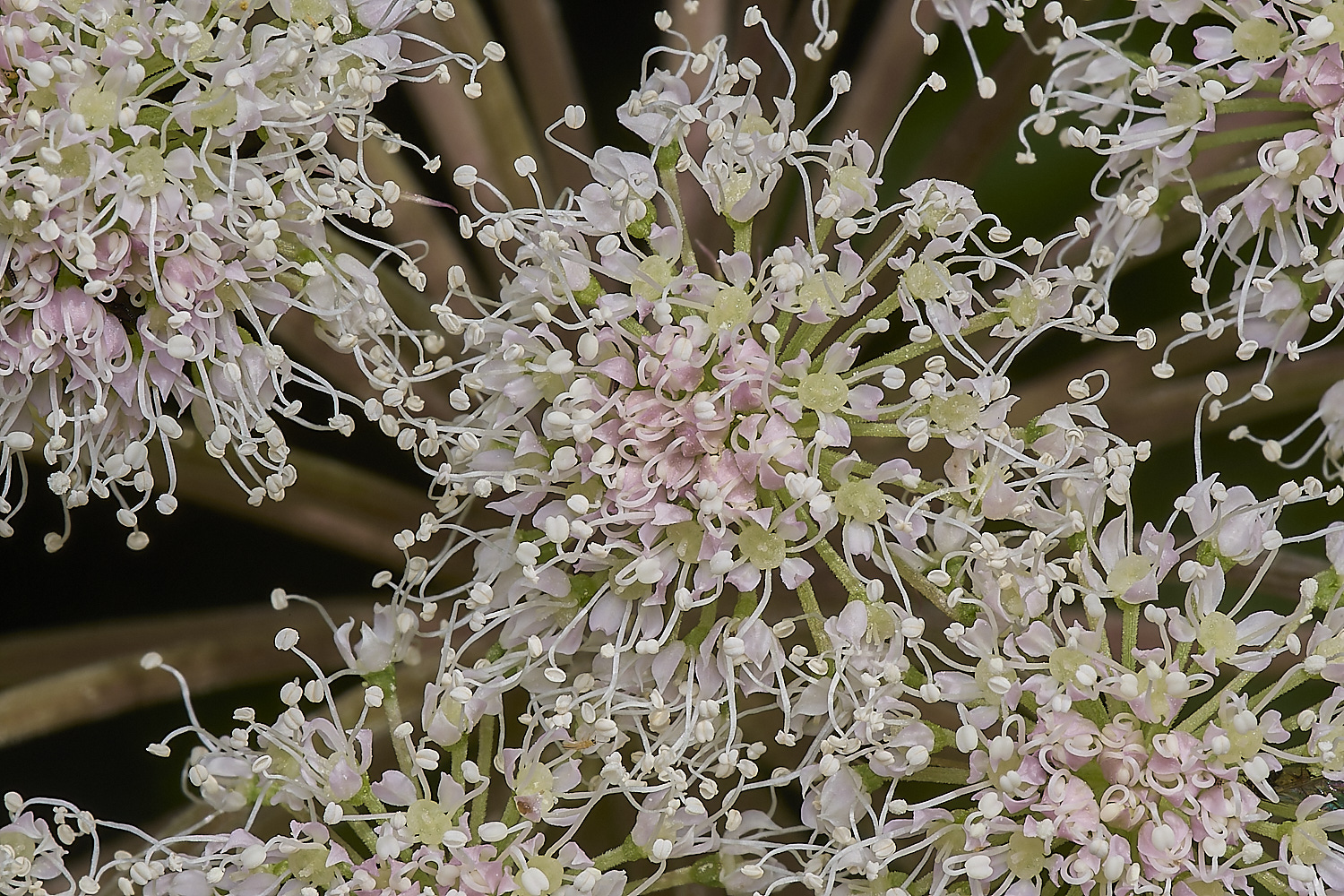
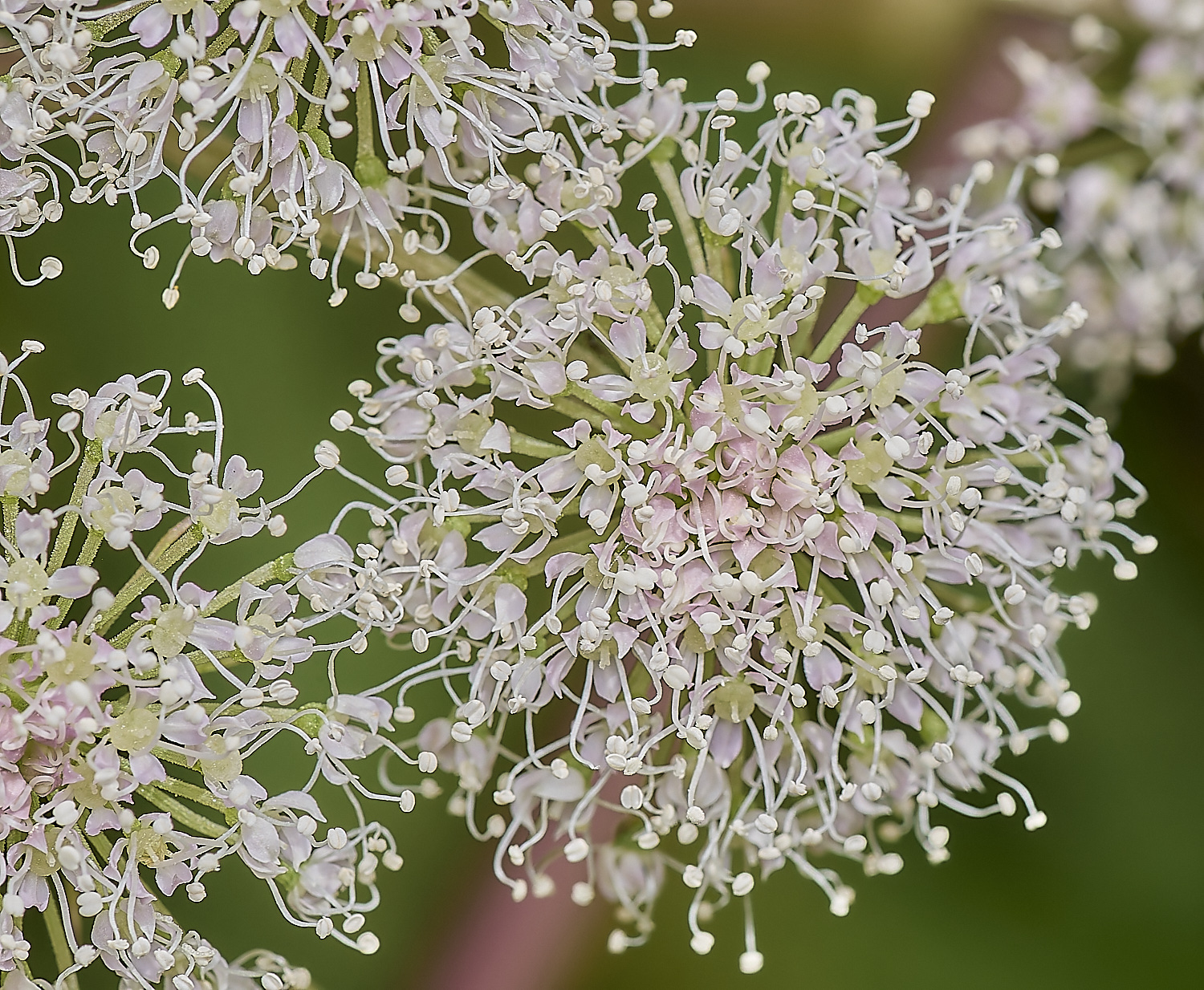
Wild snow
Angelica (Angelica archangelica) flowers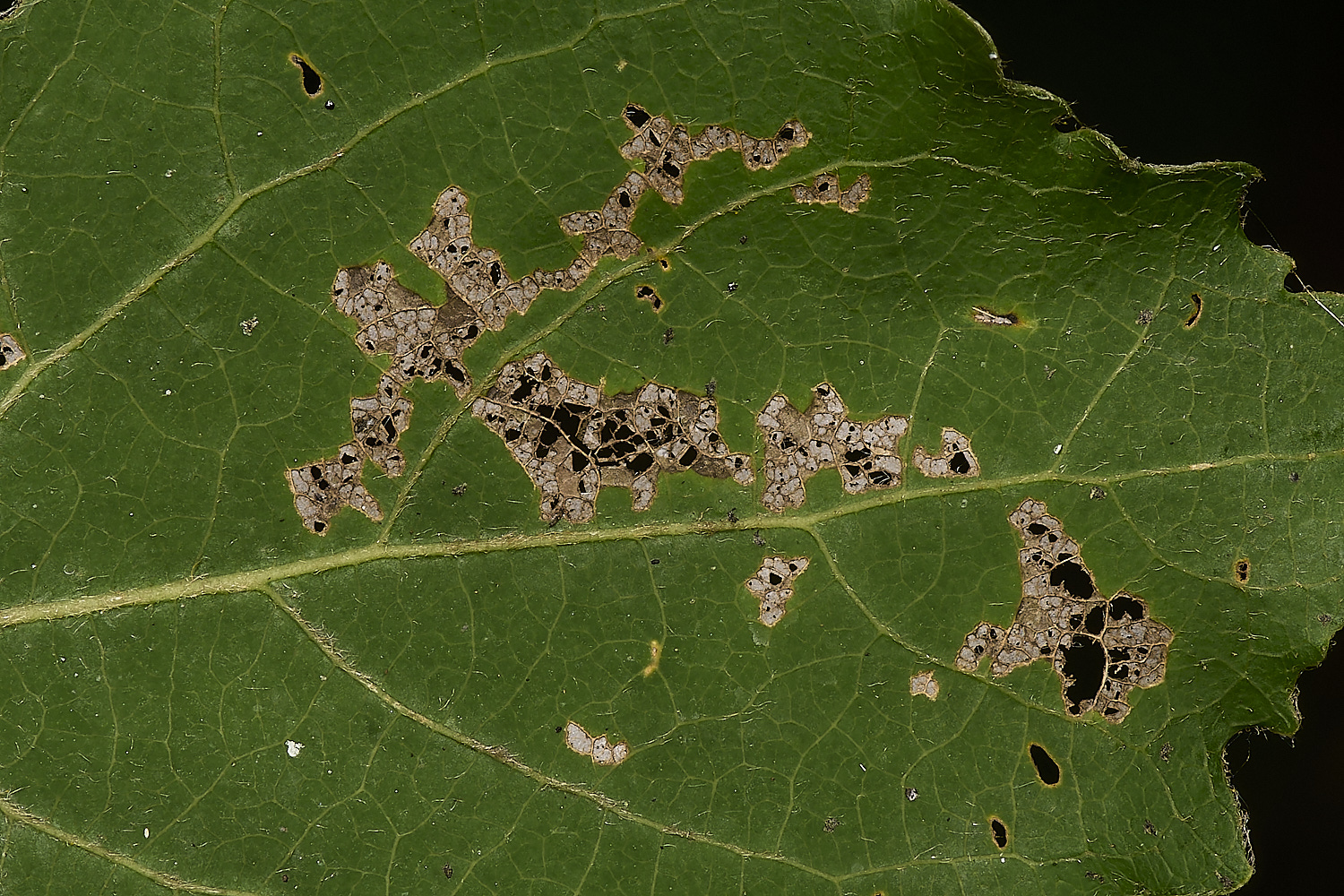
On Aspen?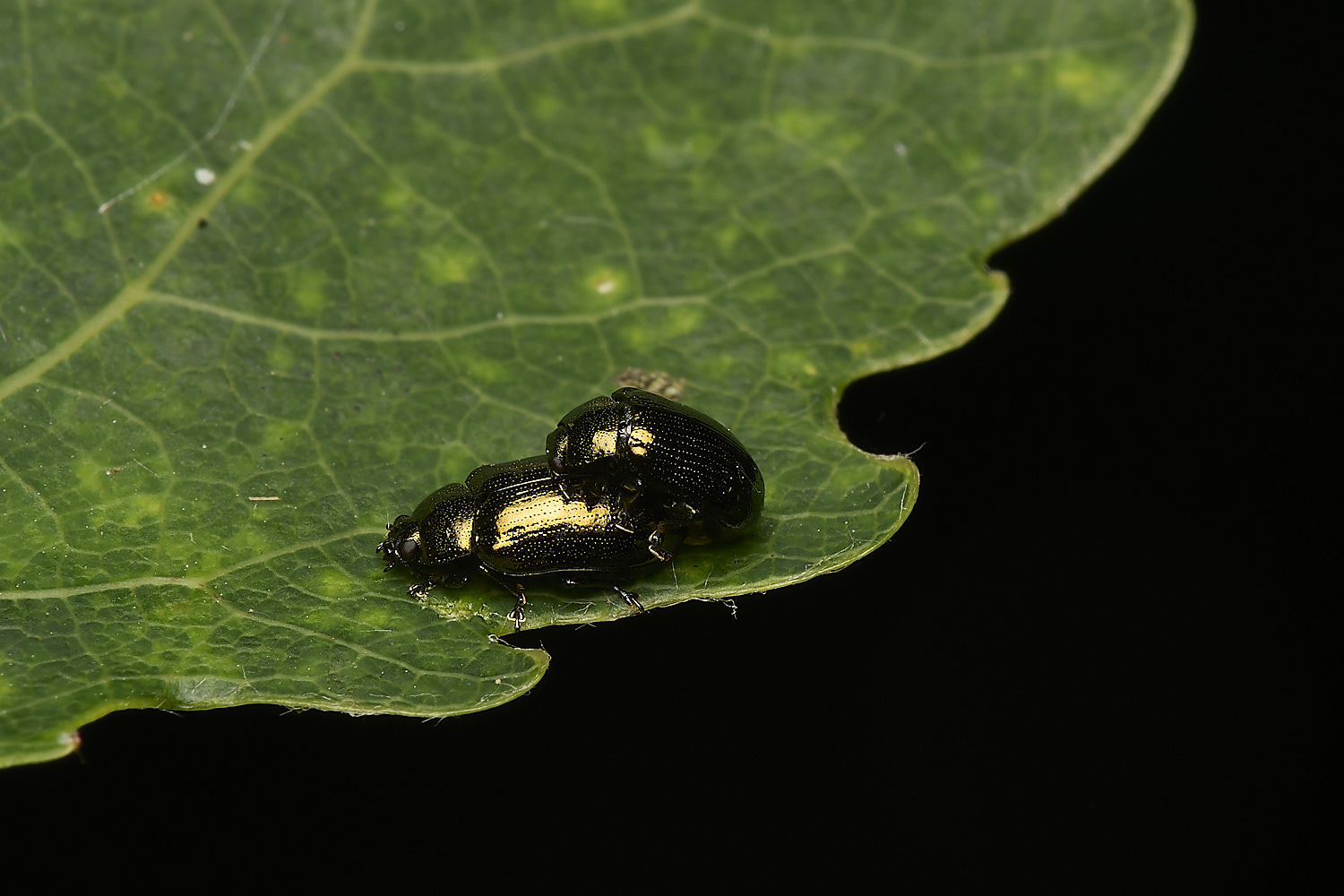
?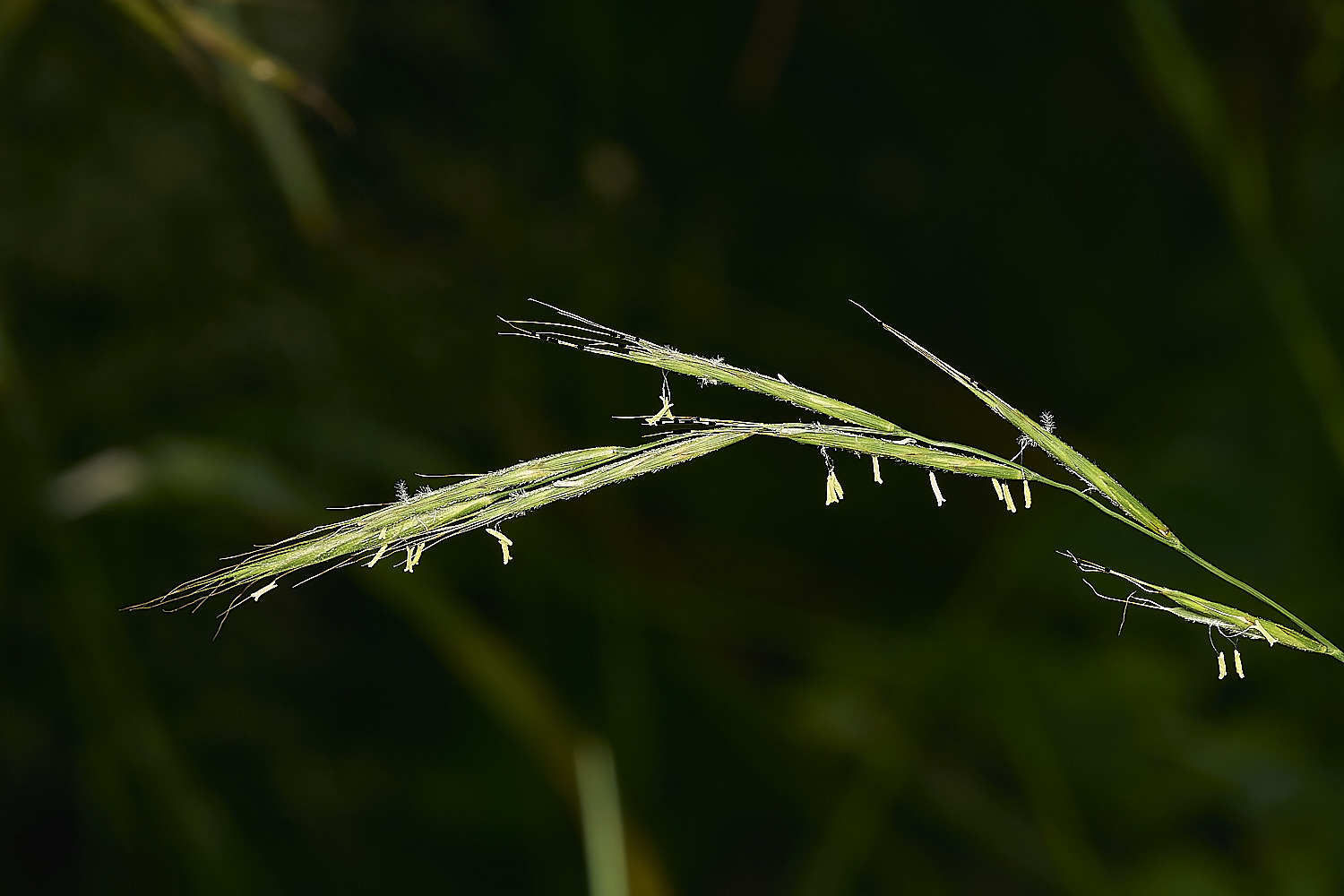
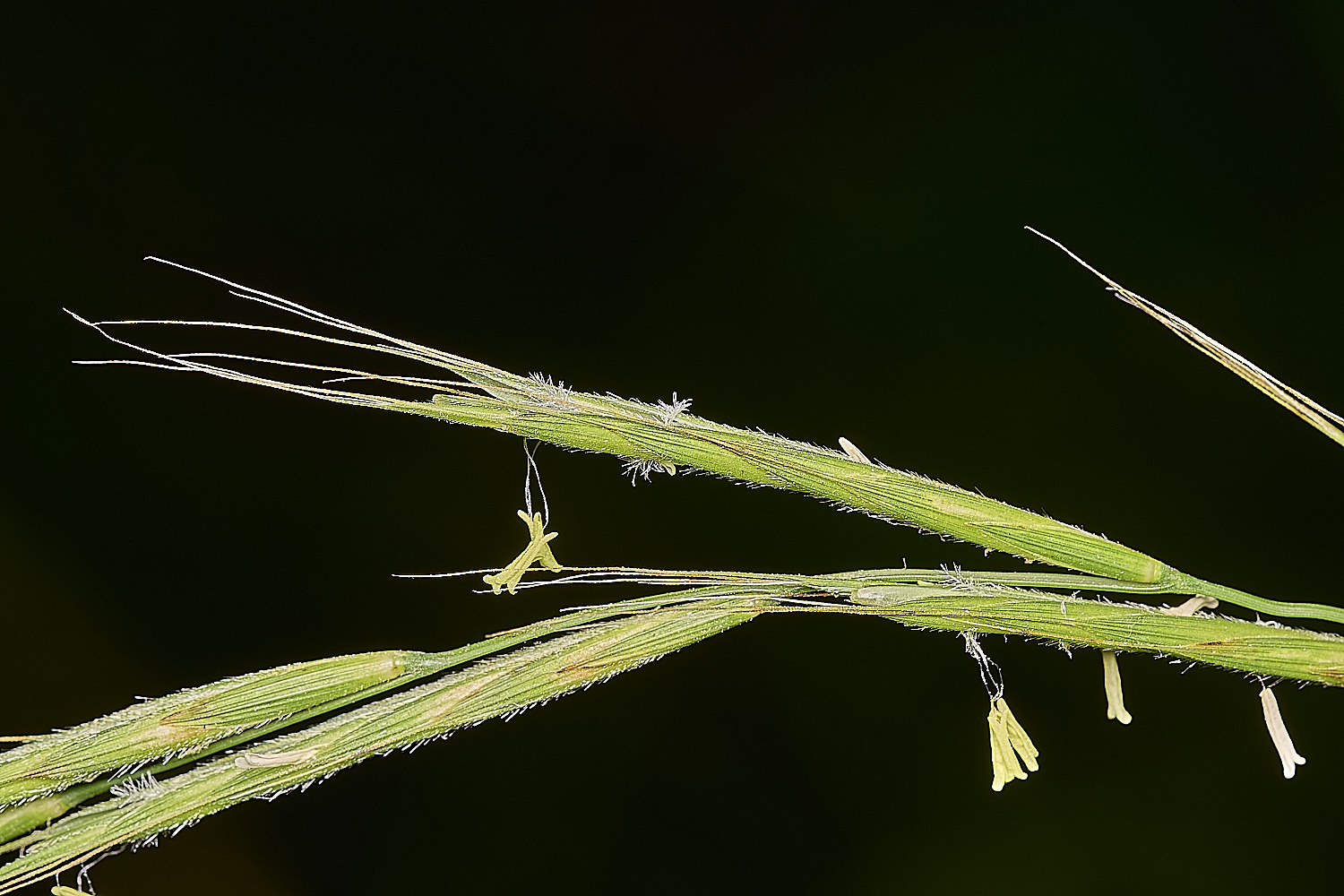
False Brome (Brachypodium sylvaticum)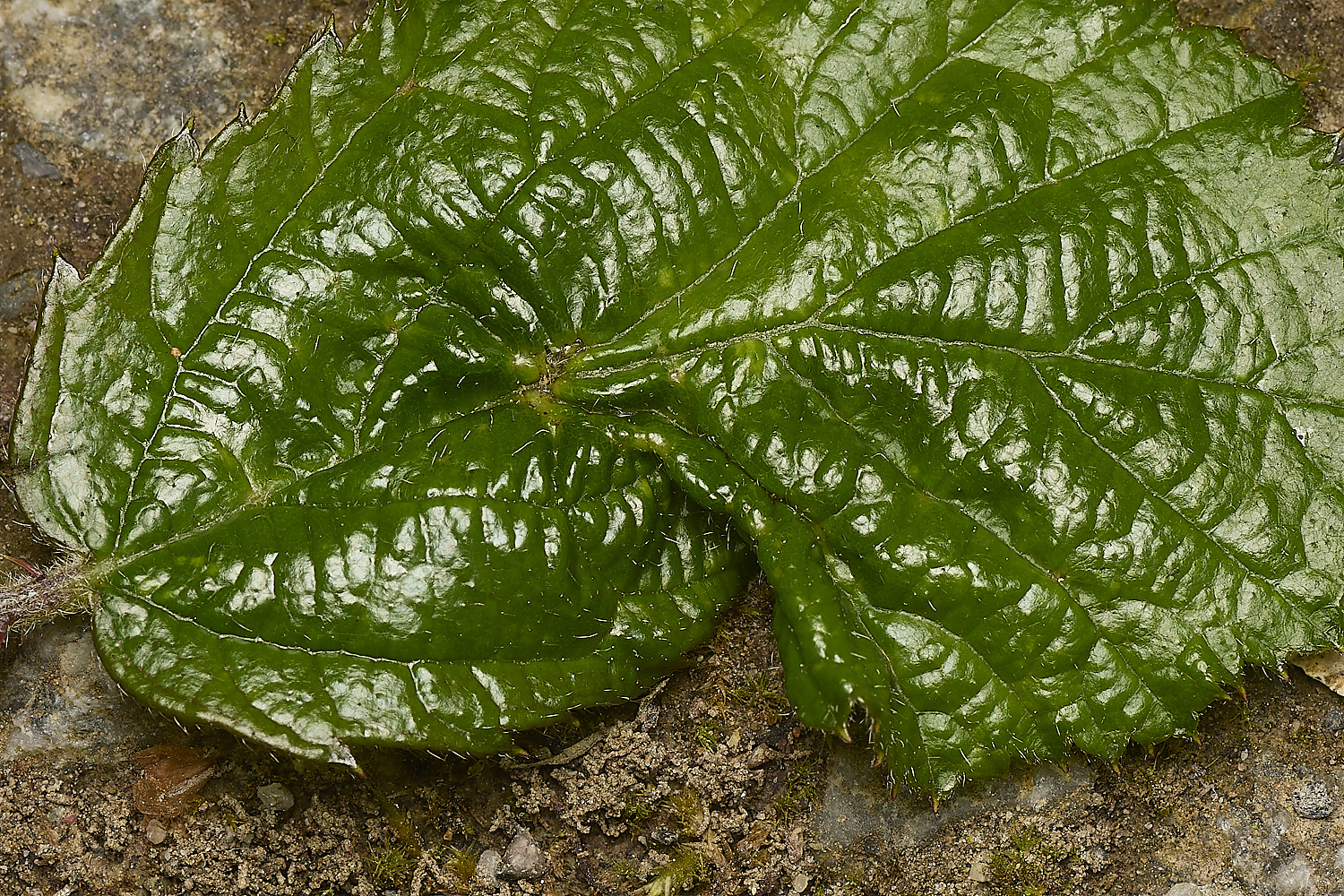
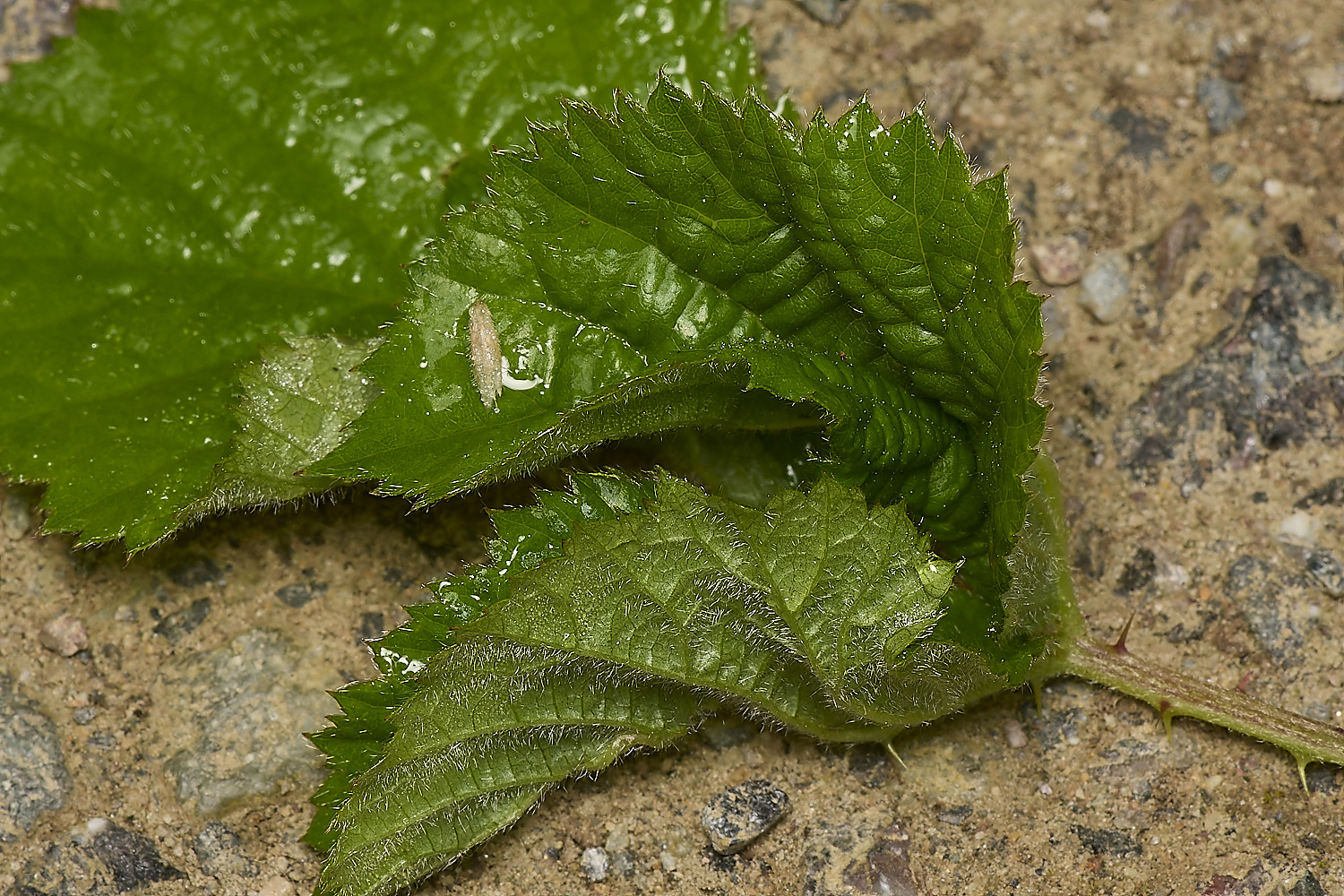
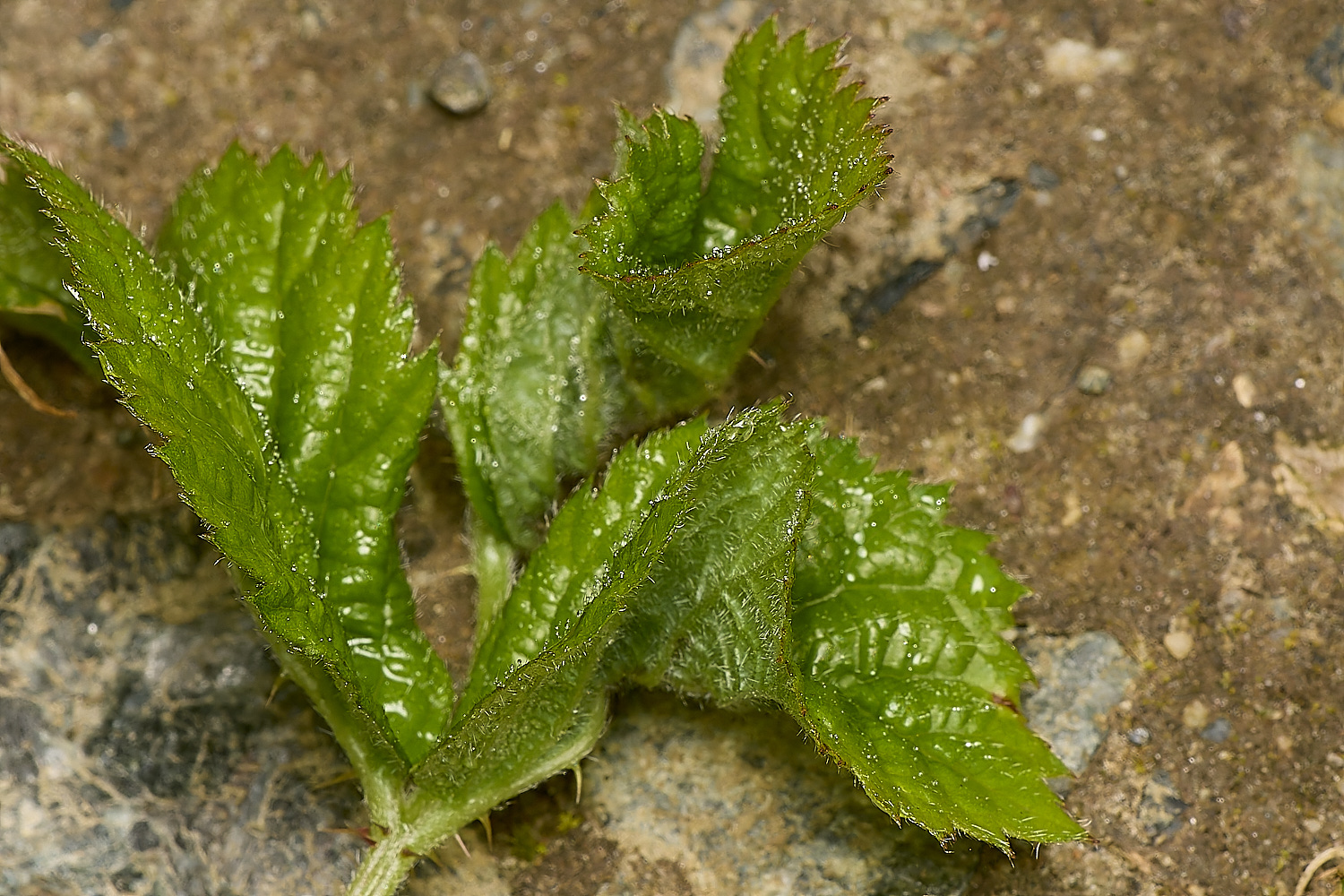
Blackberry Leaf Midge
The larvae of the Blackberry Leaf Midge (Dasineura plicatrix) cause galls to form on Bramble.
The young leaf is creased, pleated or buckled with thickened veins.
The larvae are present in the creases briefly in late spring and early summer.
from
Naturespot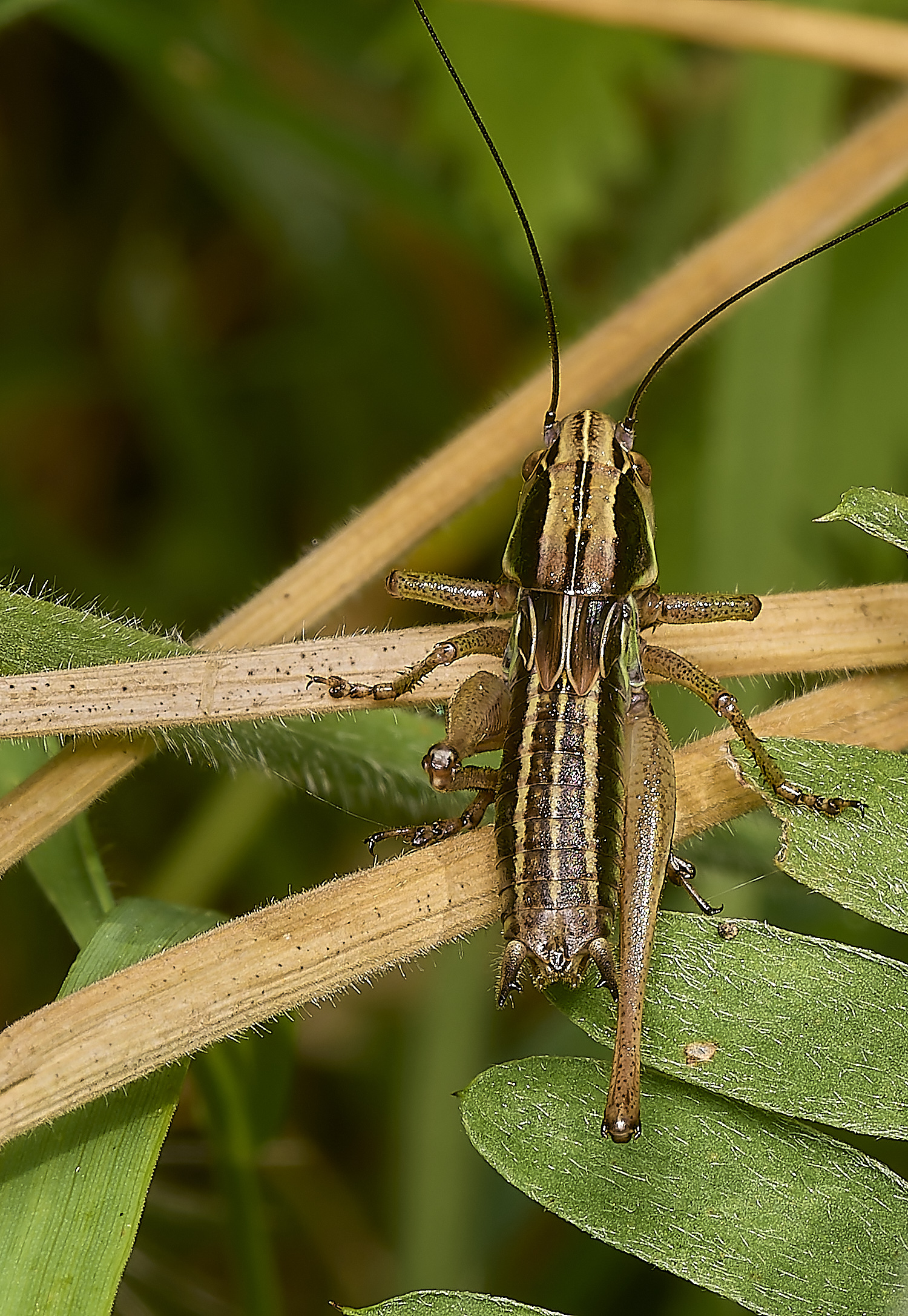
Roesel's bush-cricket (Roeseliana roeselli)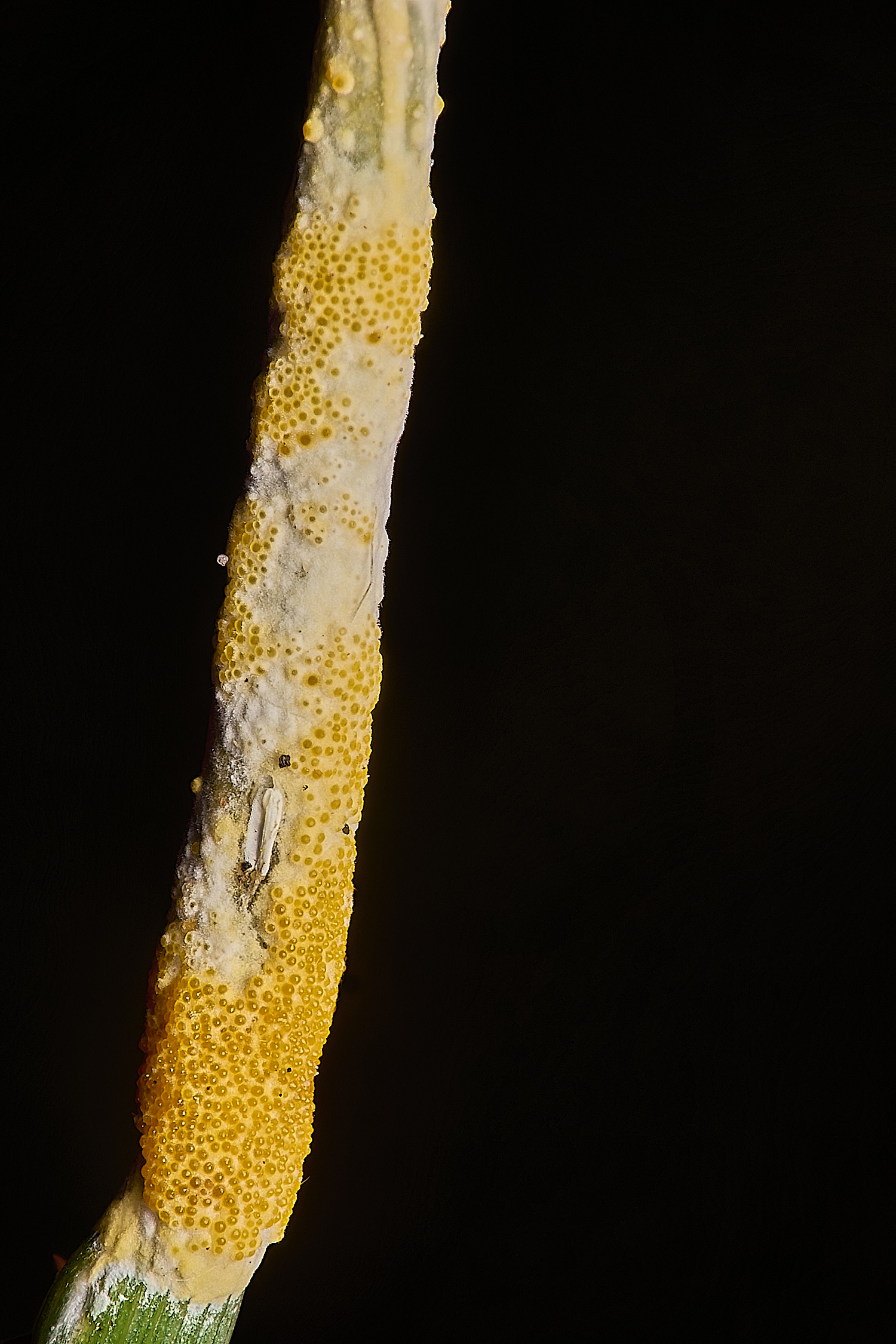
Choke (Epichloe Sp) on Cock's-foot (Dactylis glomerata) 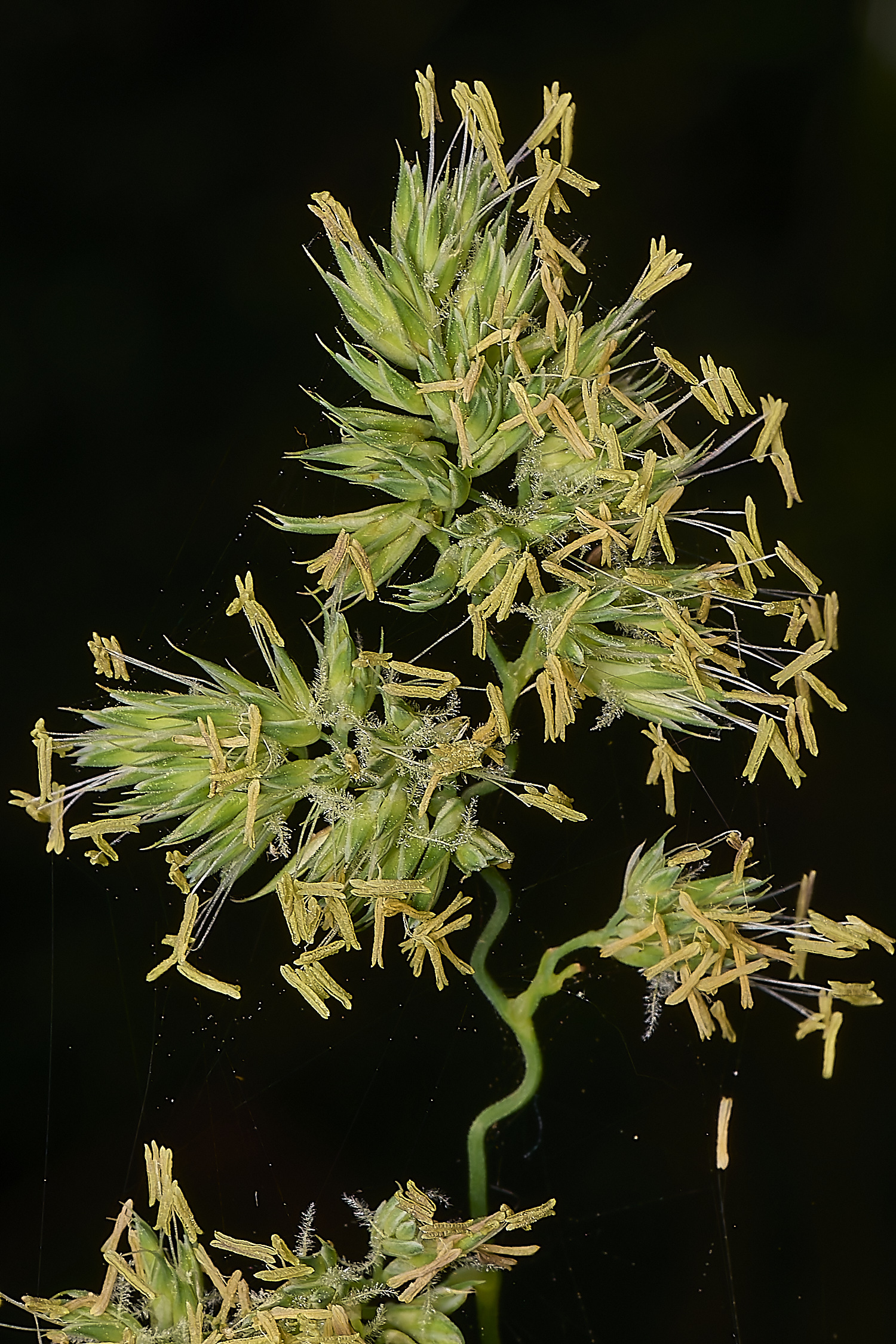
Cock's-foot grass (Dactylis glomerata)
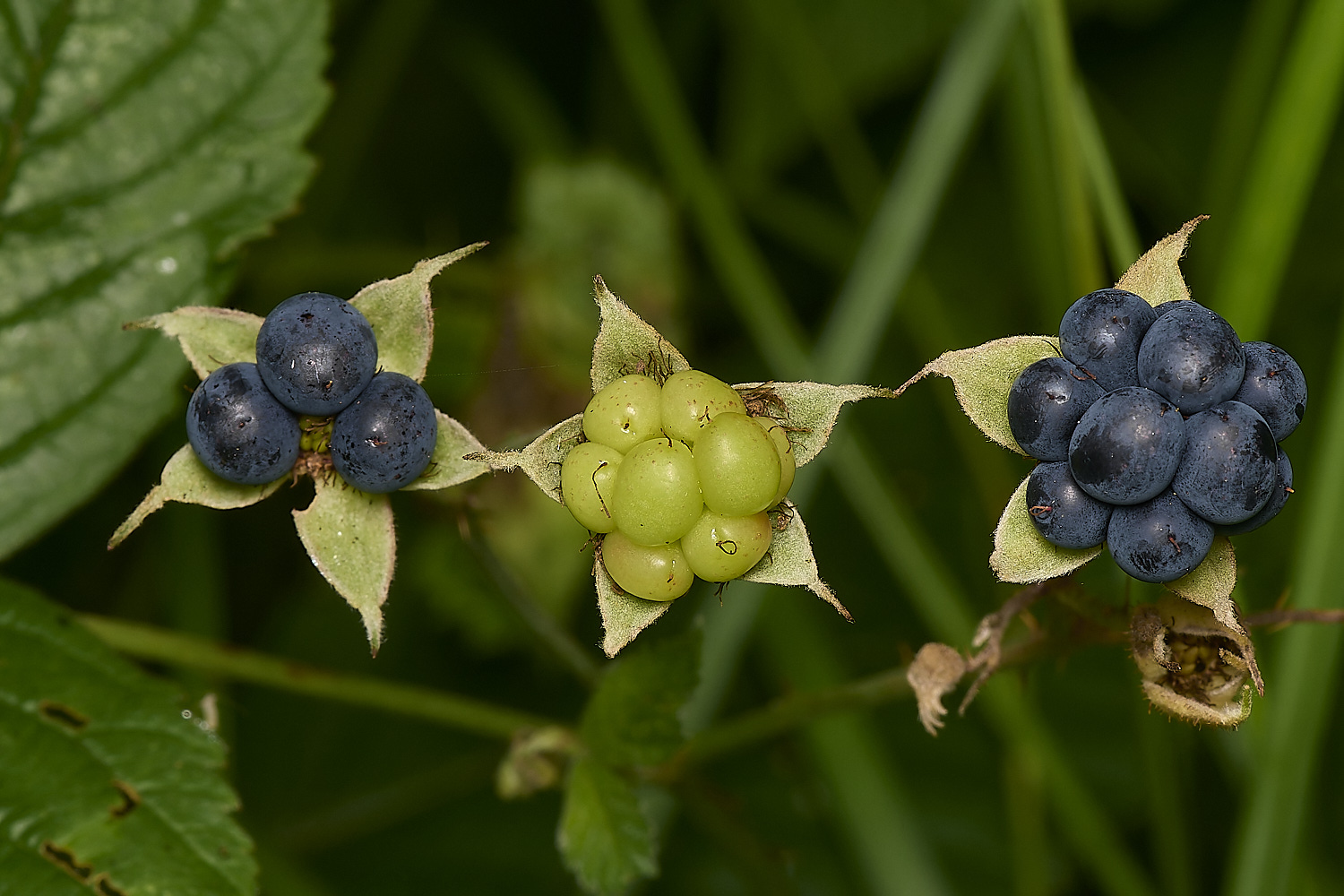
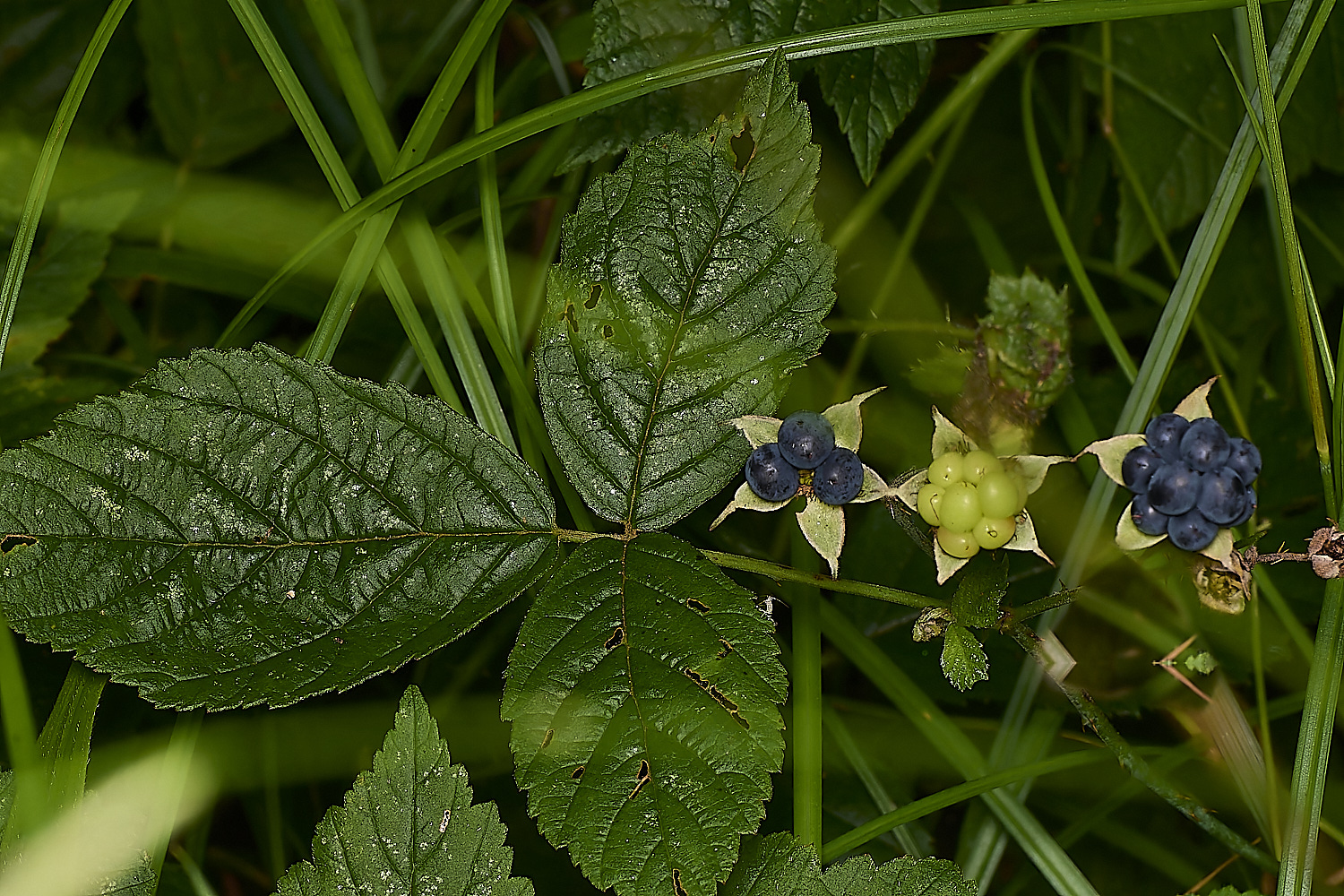
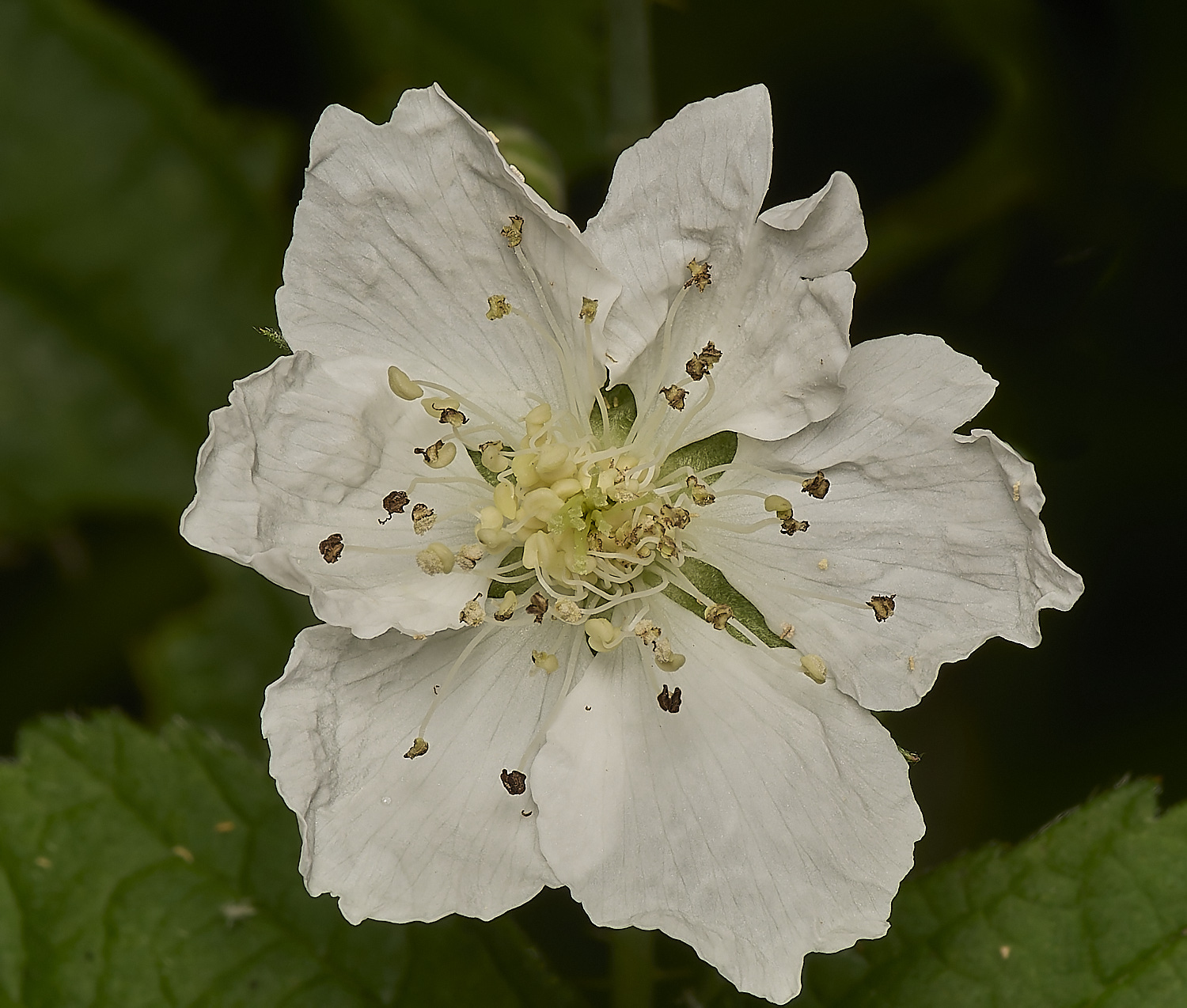
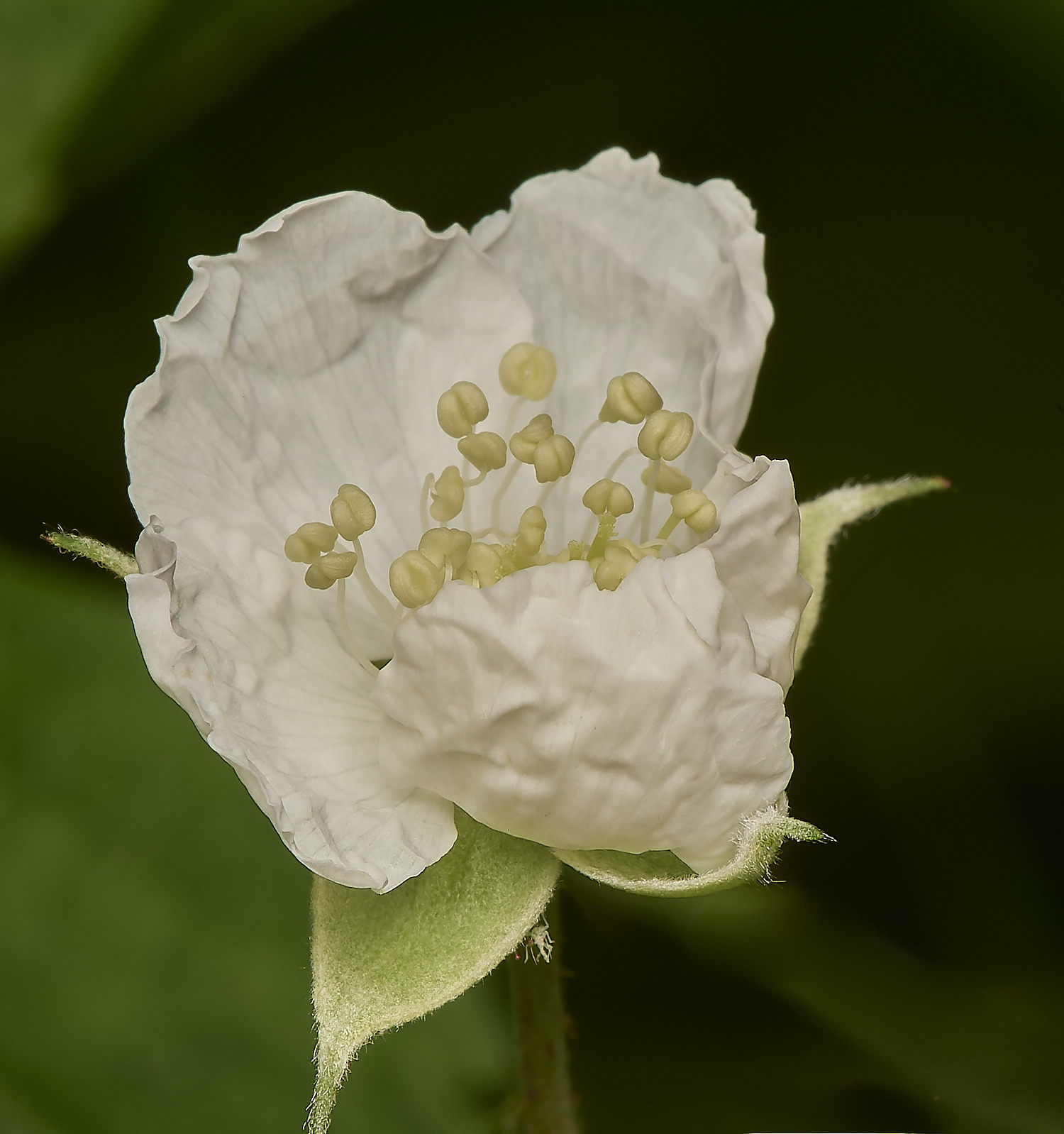
Common Dewberry (Rubus caesius)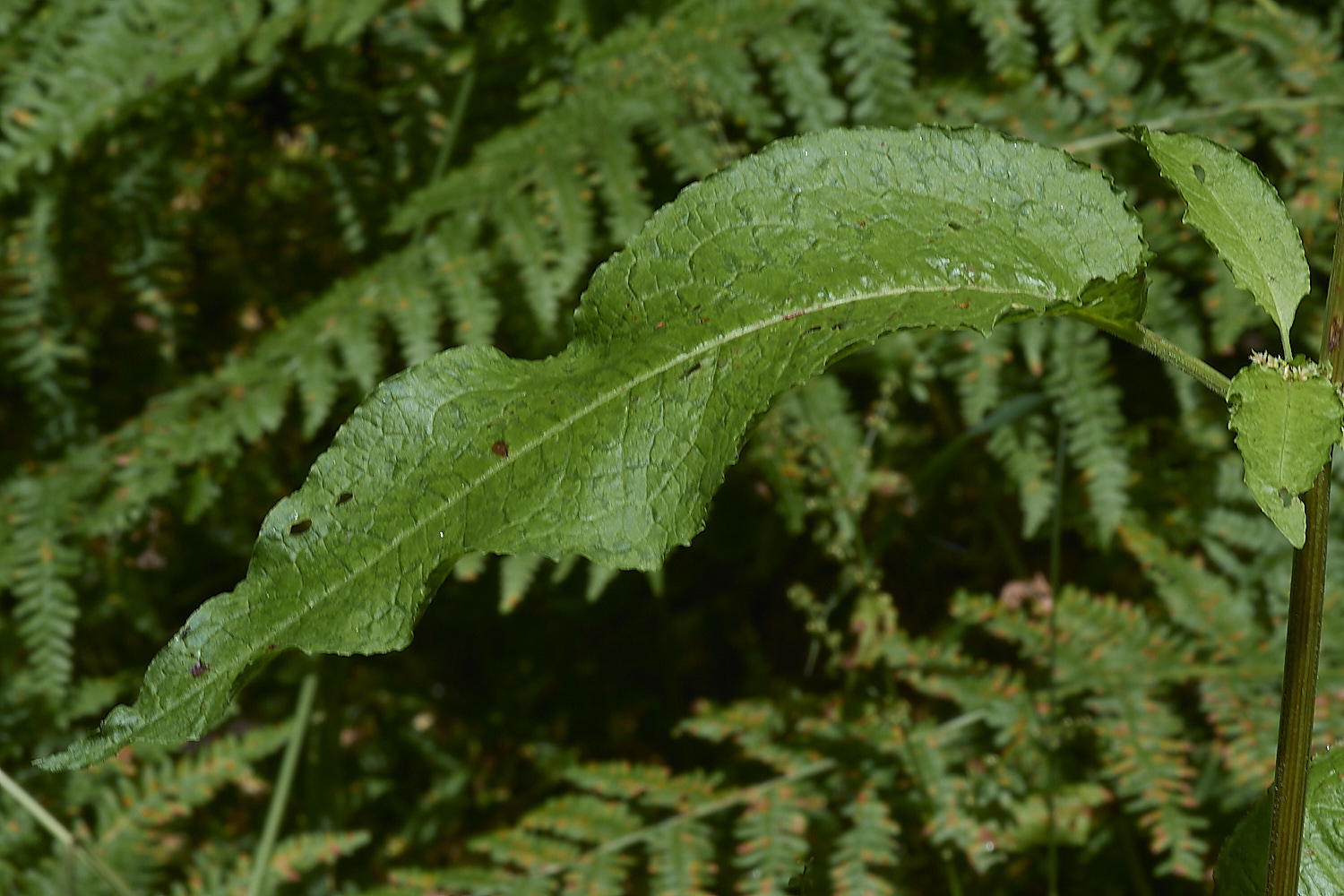
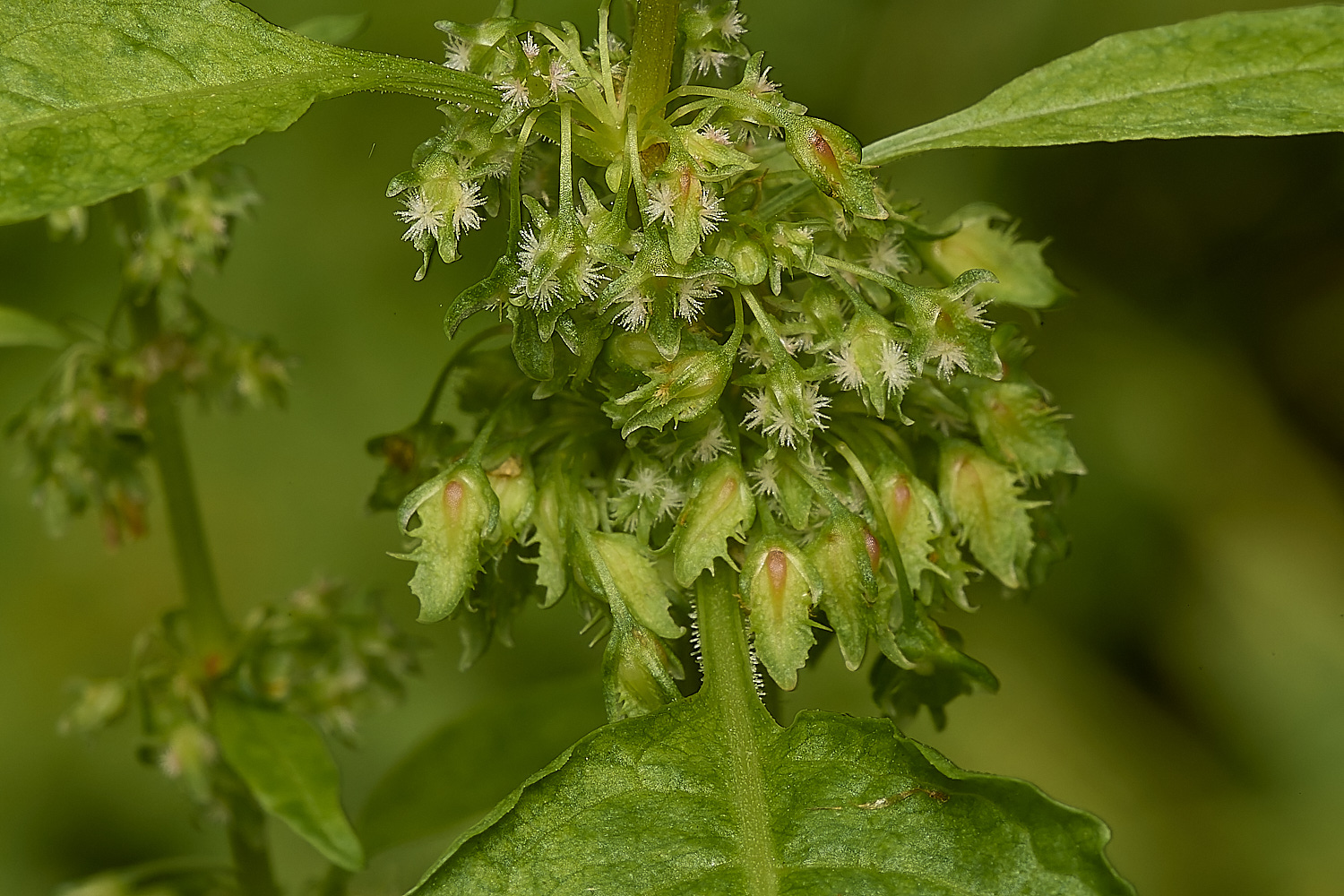
Dock Sp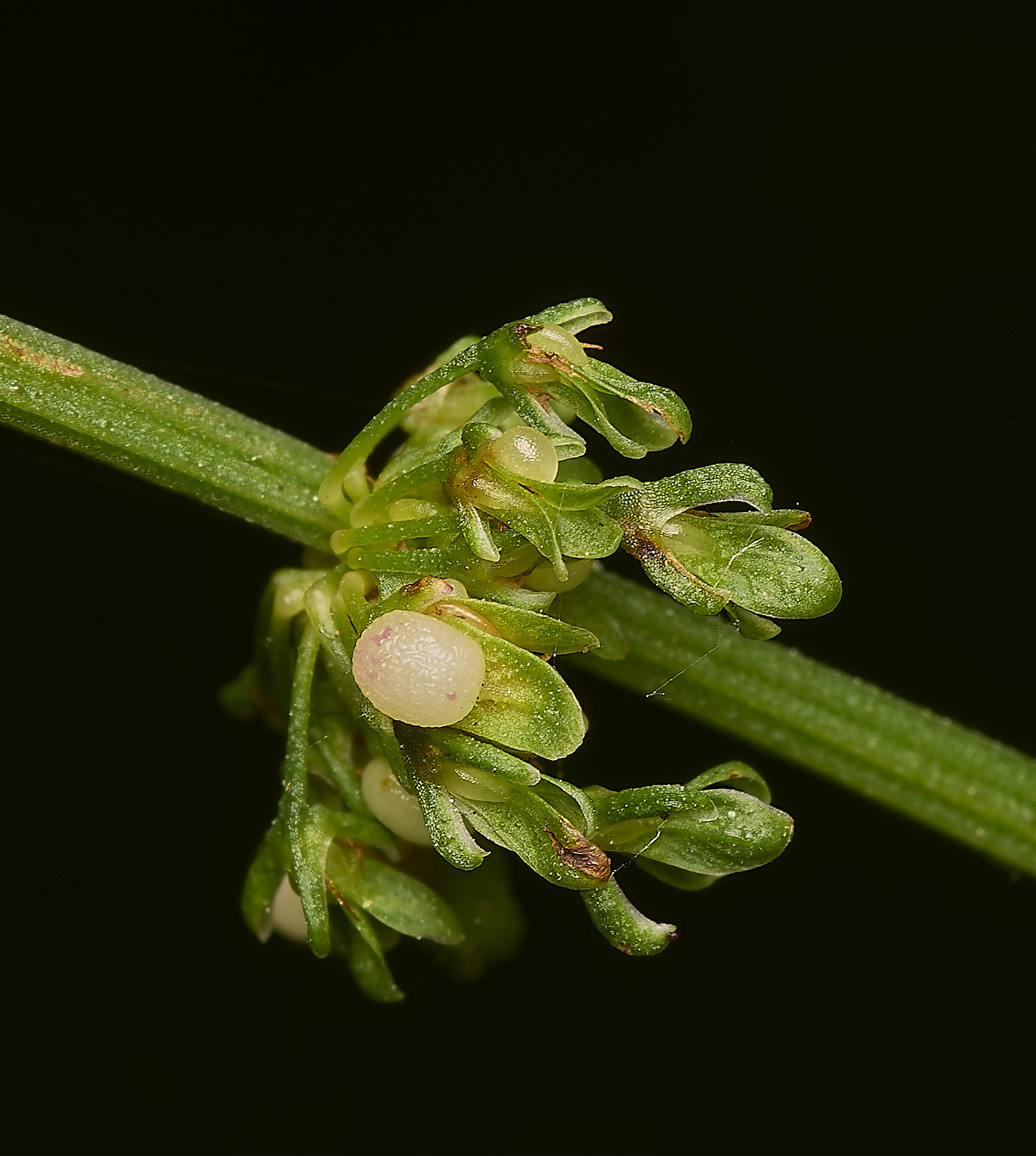
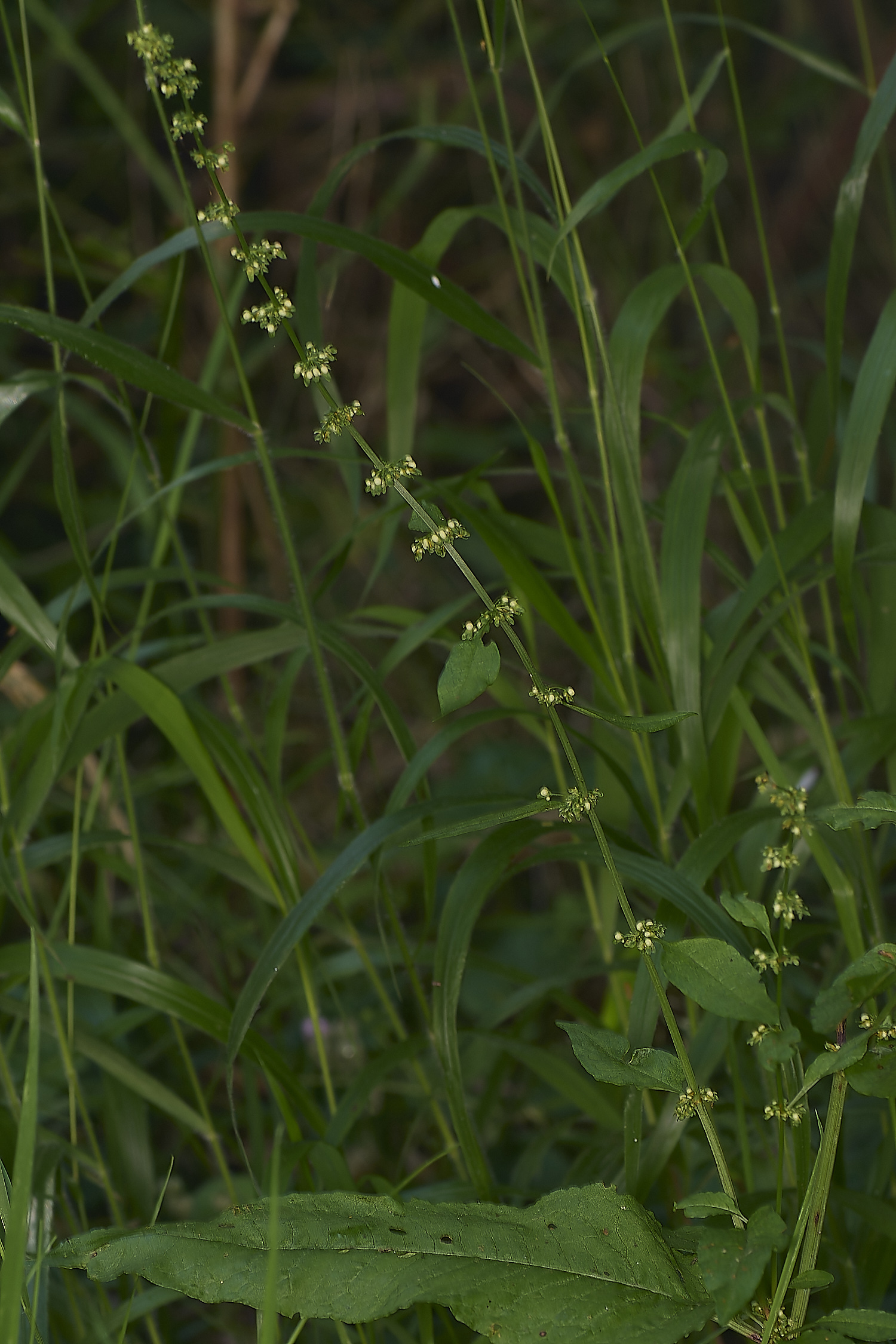
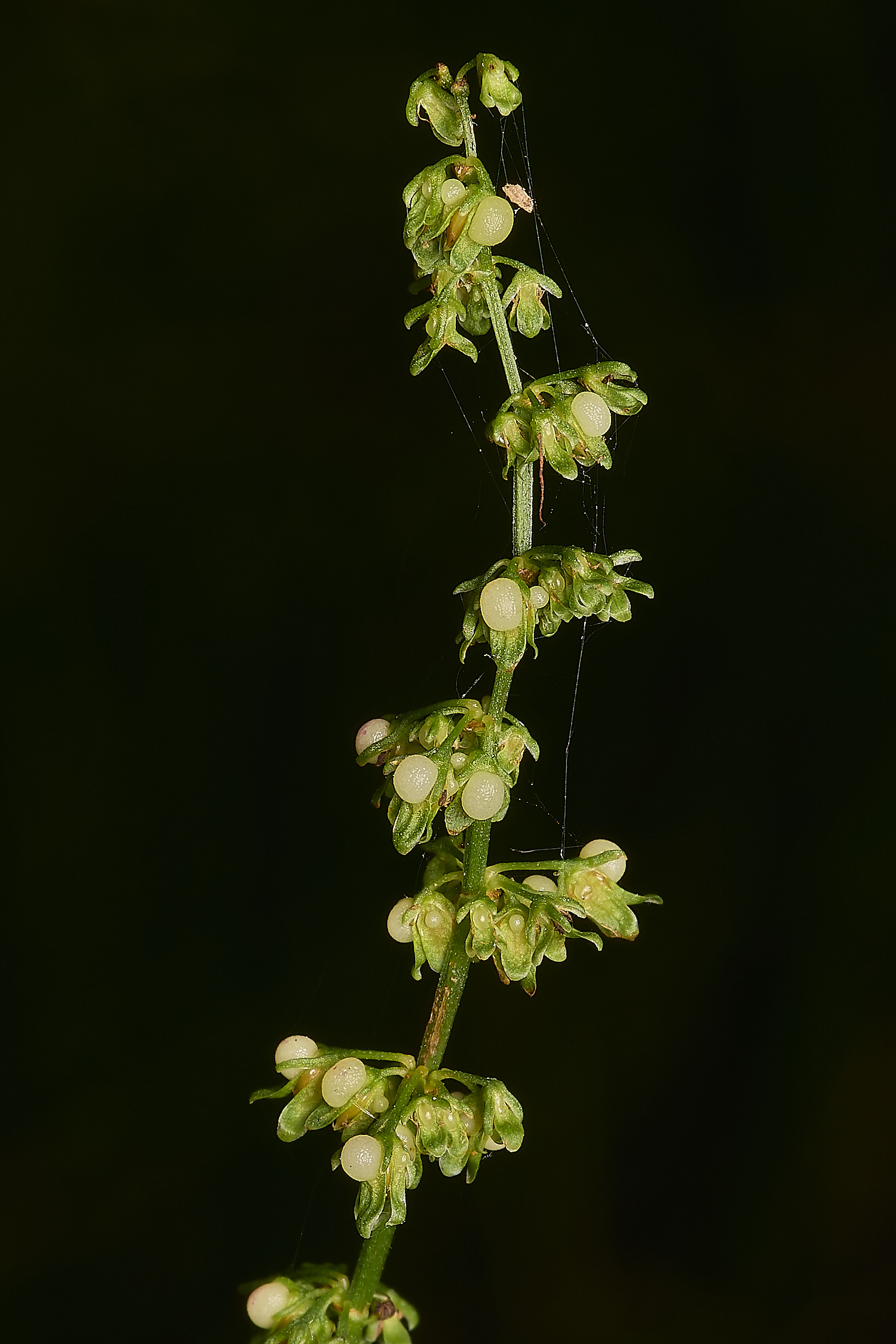
Dock Sp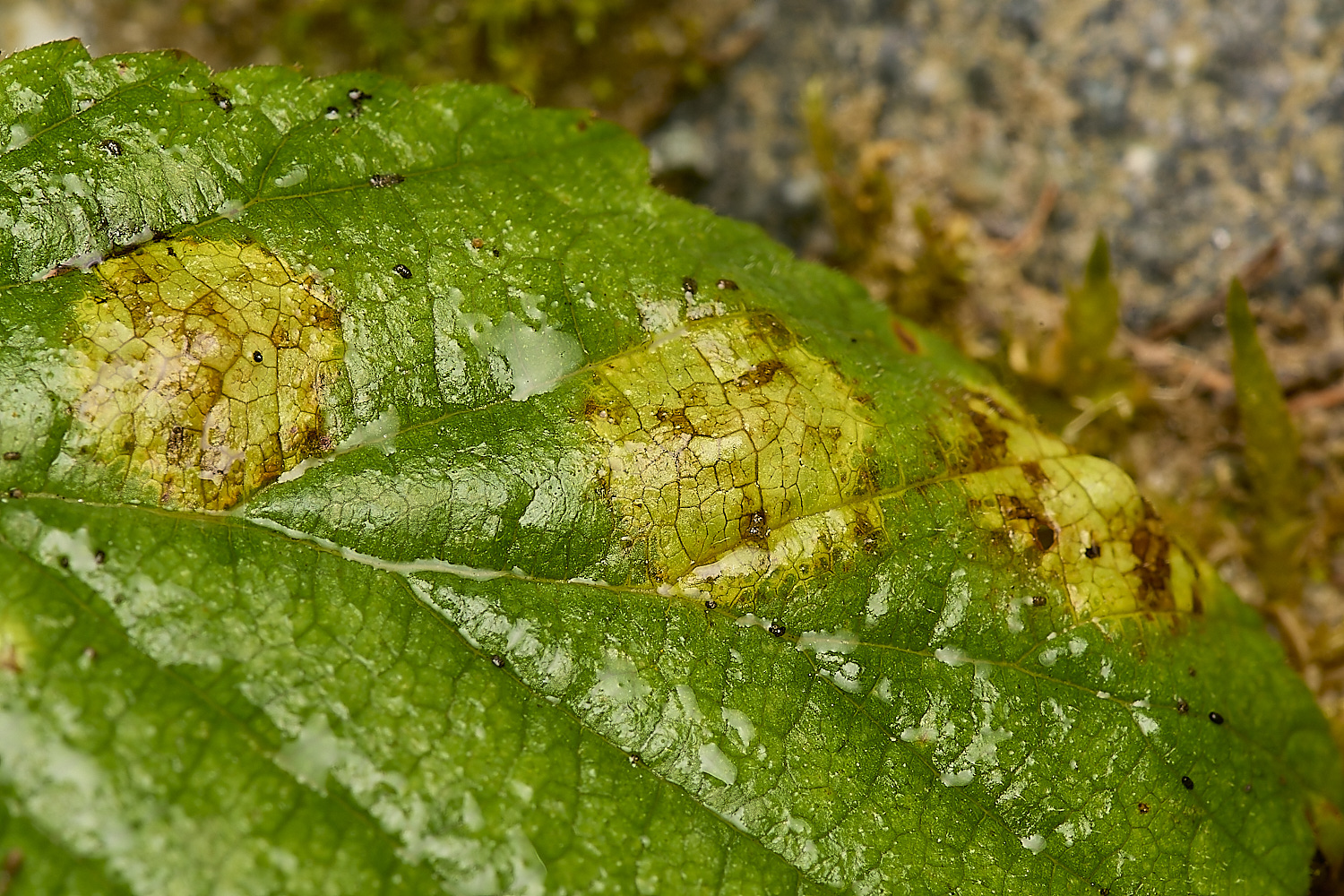
A gall midge Dasineura pustulans causes this kind of gall on Meadowsweet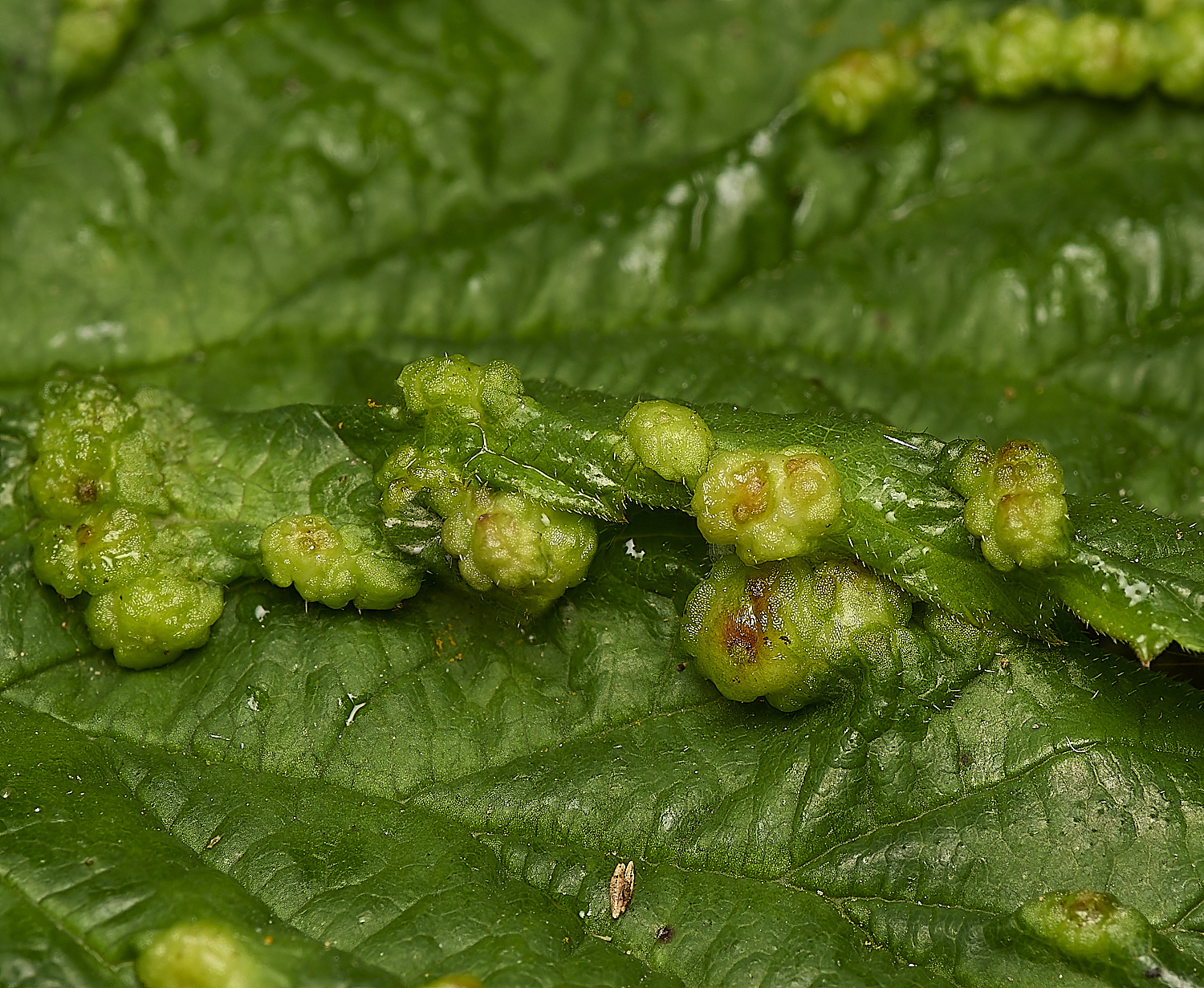
Gall on Meadowsweet
The larva of the Gall Midge Dasineura ulmaria causes gall to form on Meadosweet (Filipendula ulmaria)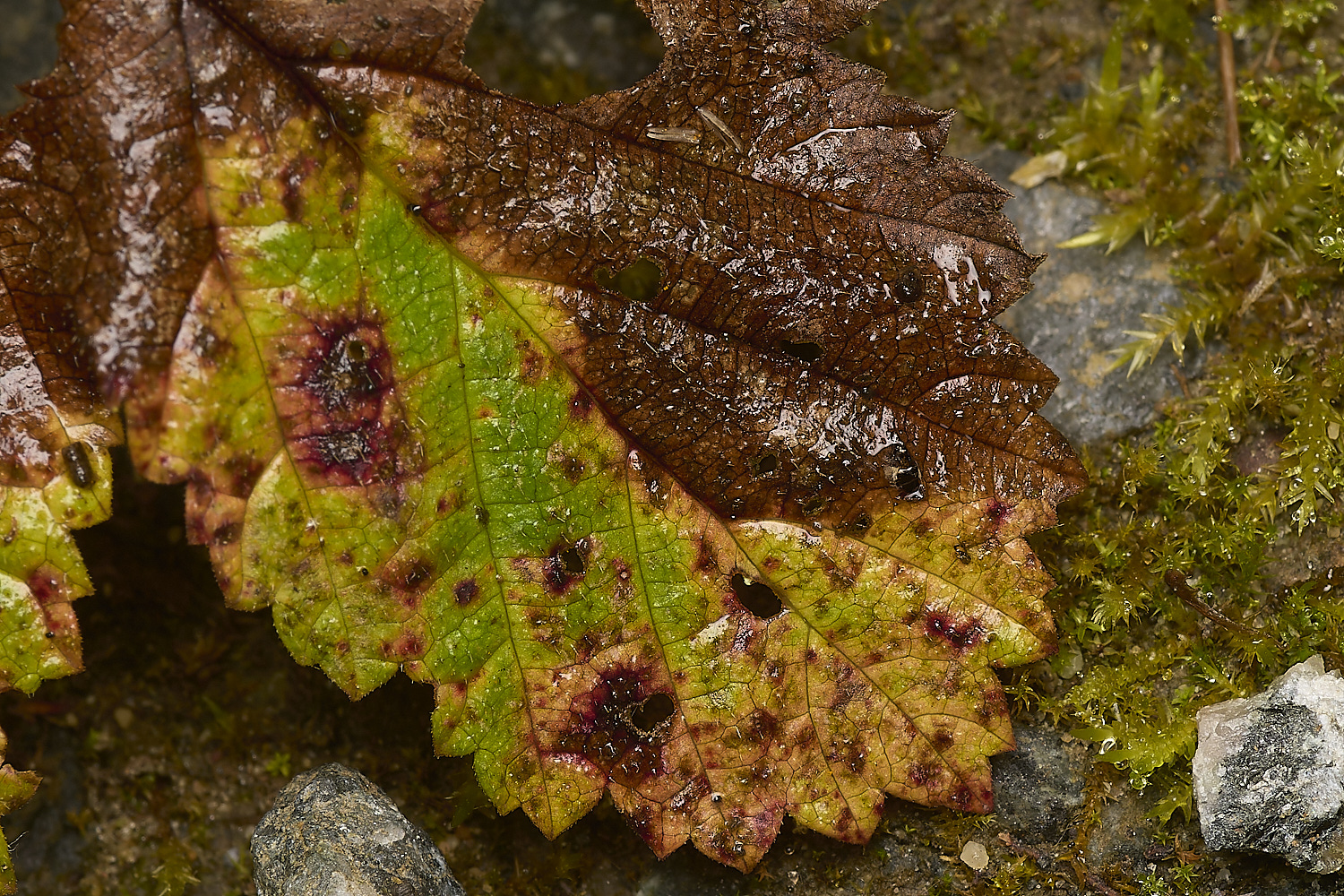
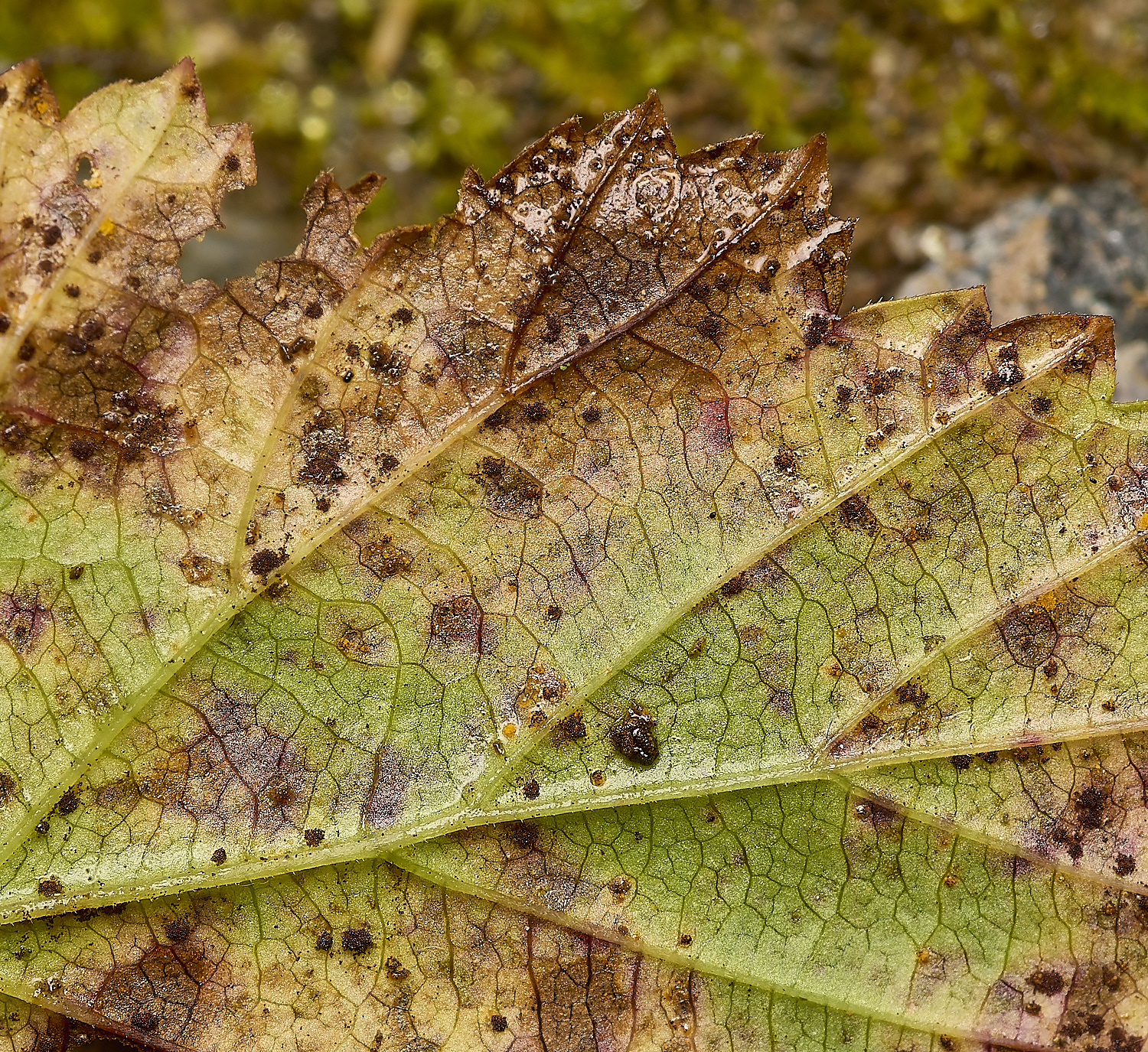
Meadowsweet Rust?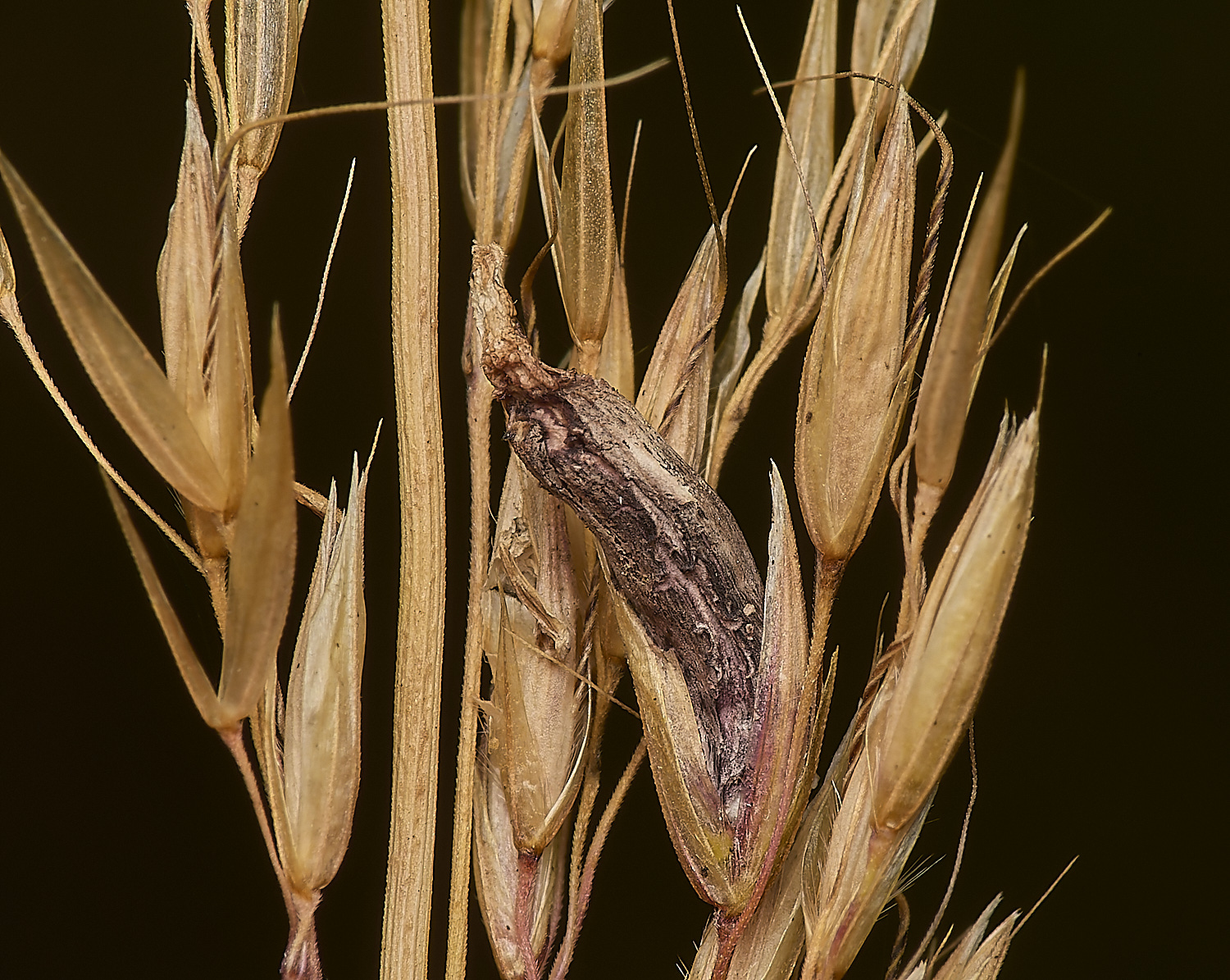
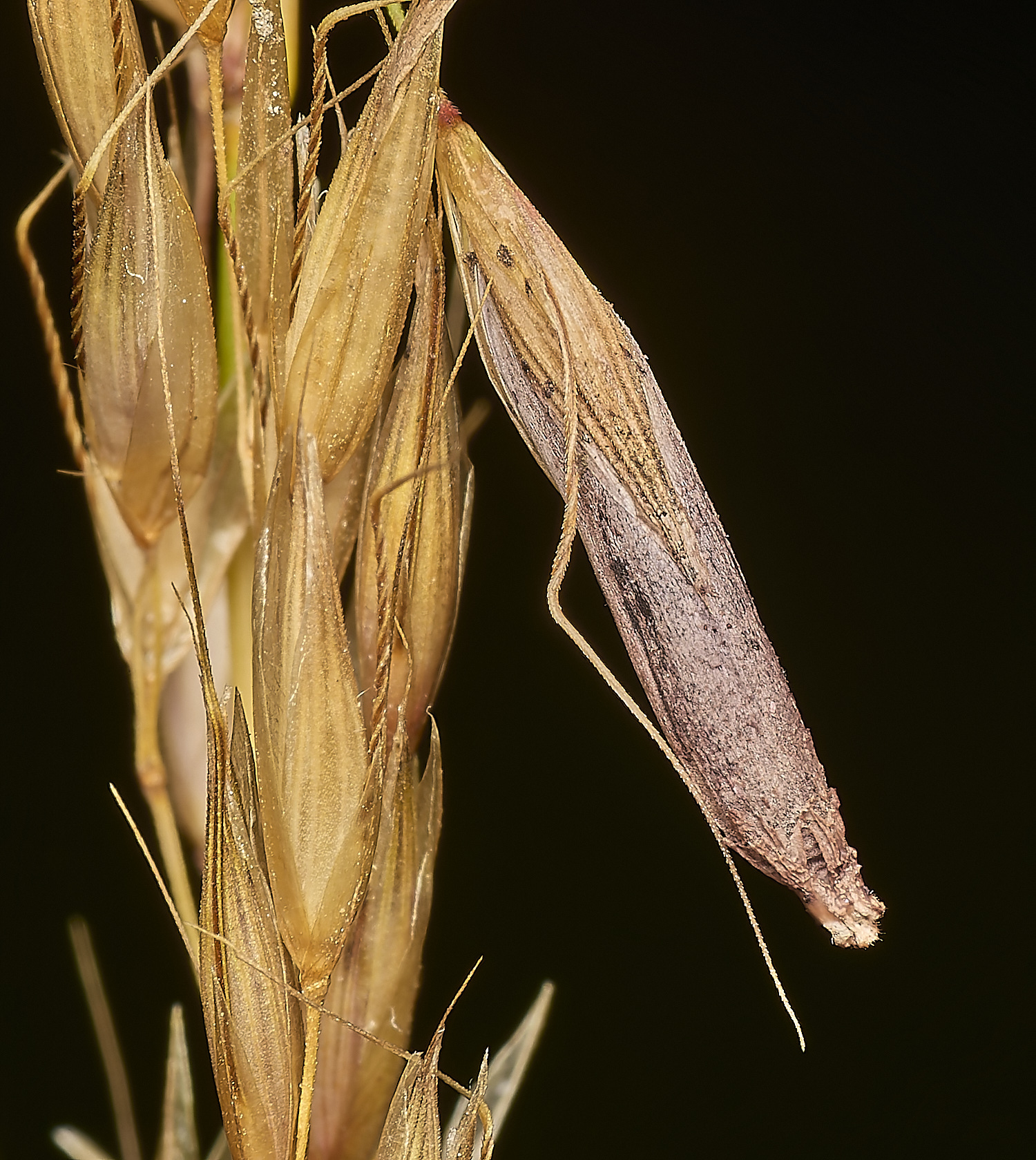
Ergot (Claviceps purpureus) on False oat-grass (Arrhenatherum elatius)
From Botany in Scotland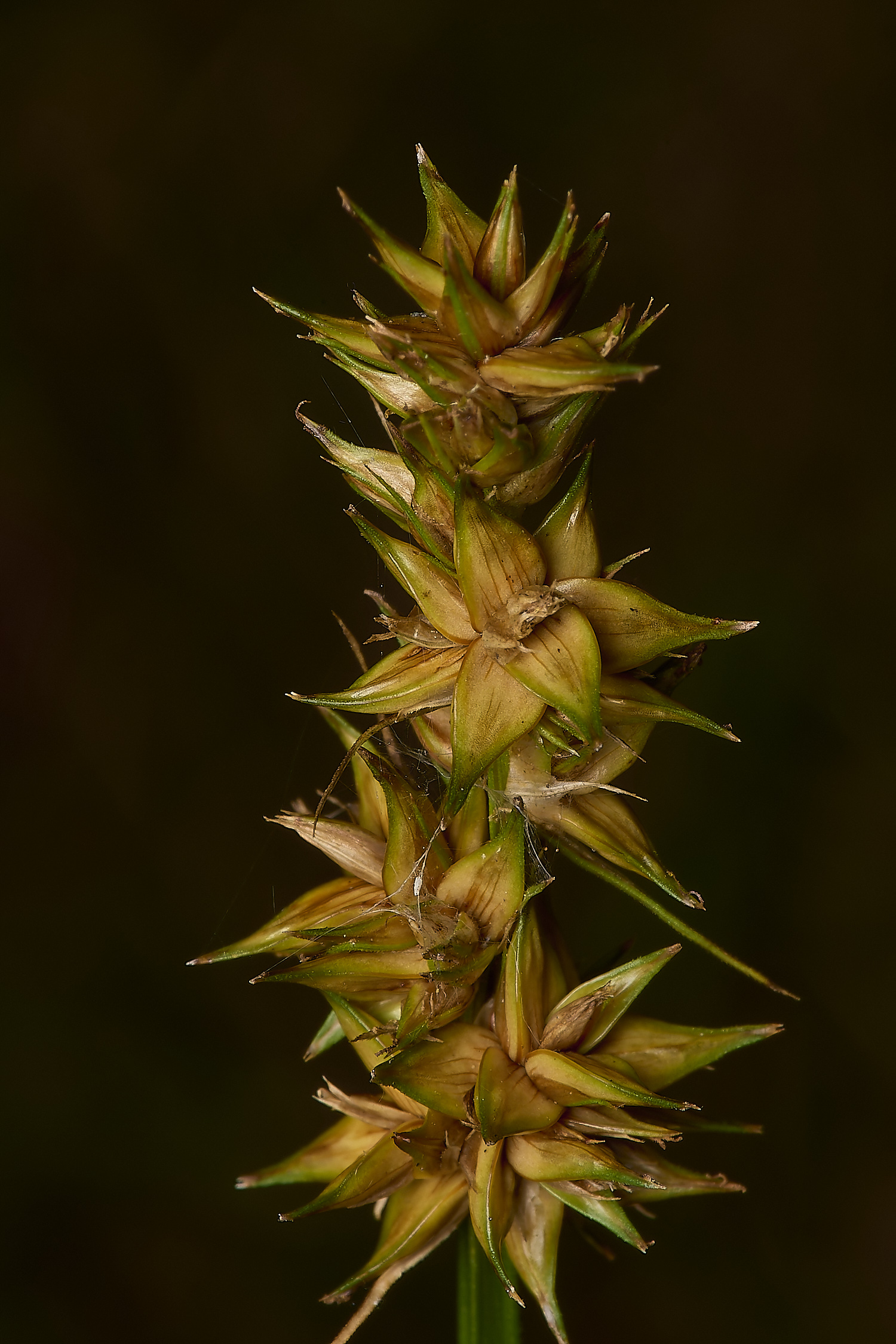
False Fox-sedge (Carex otrubae)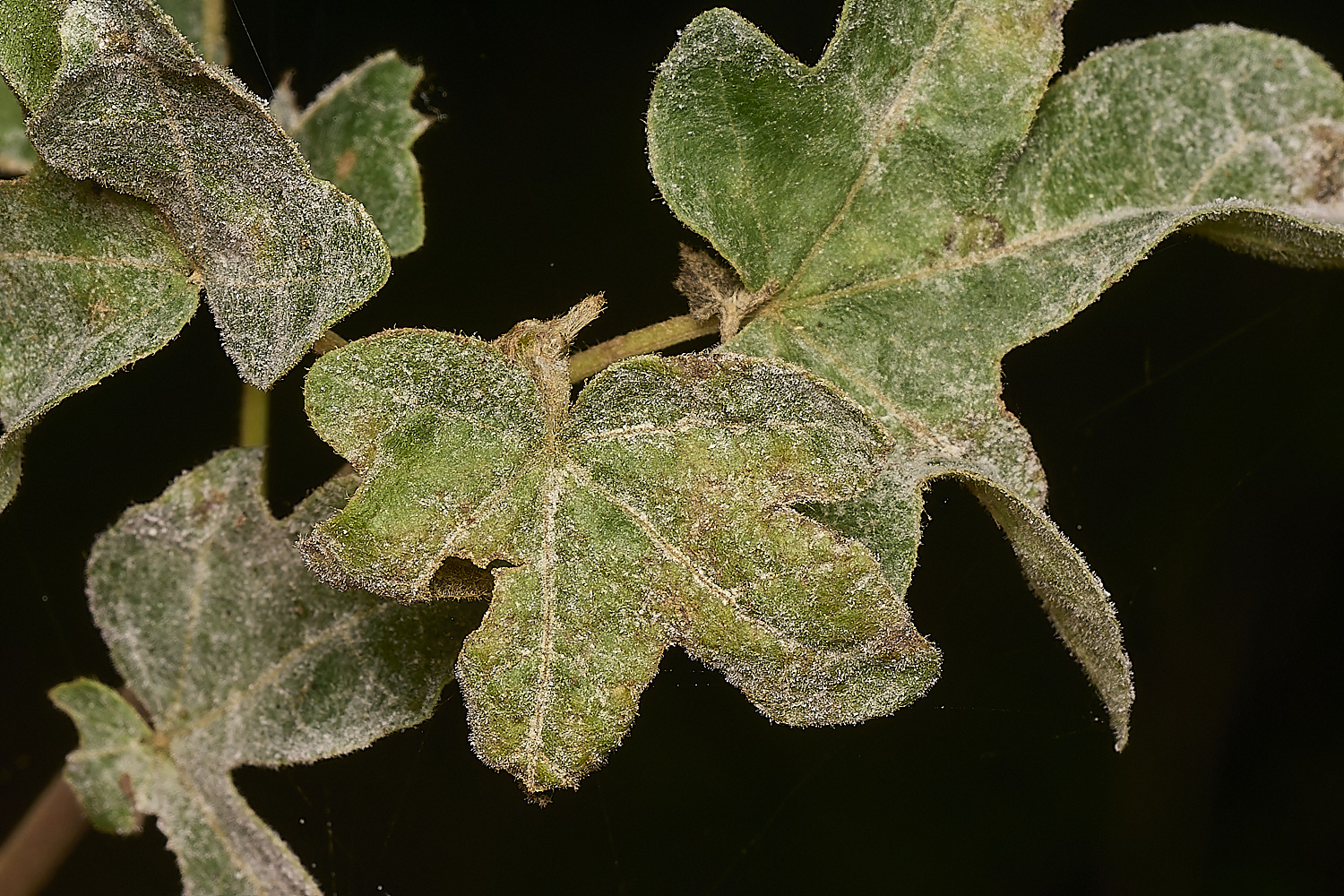
Powdery Mildew
Whitish covering on the leaves of Field Maple (Acer campestre)
Sawadaea bicornis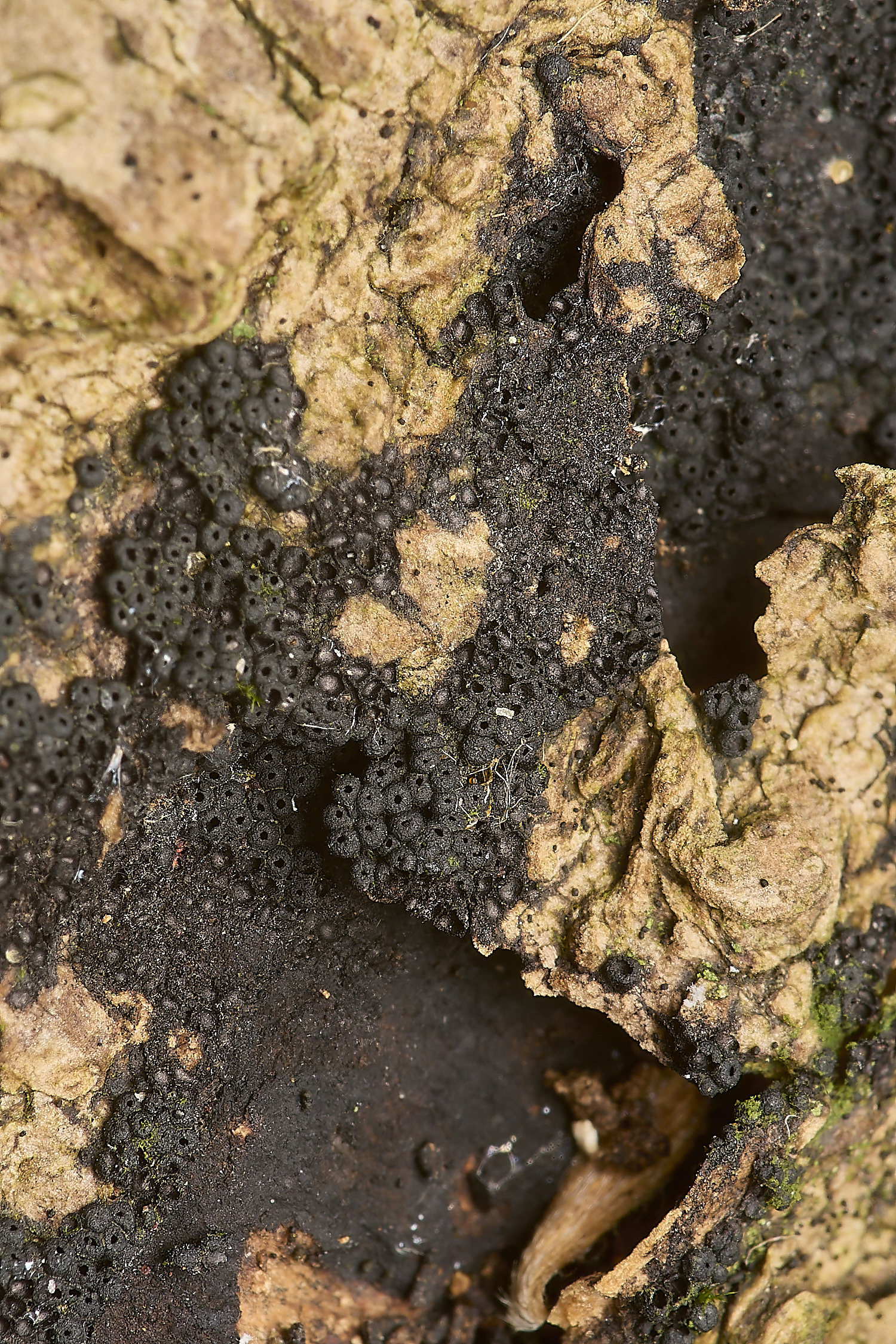
Fungus Sp?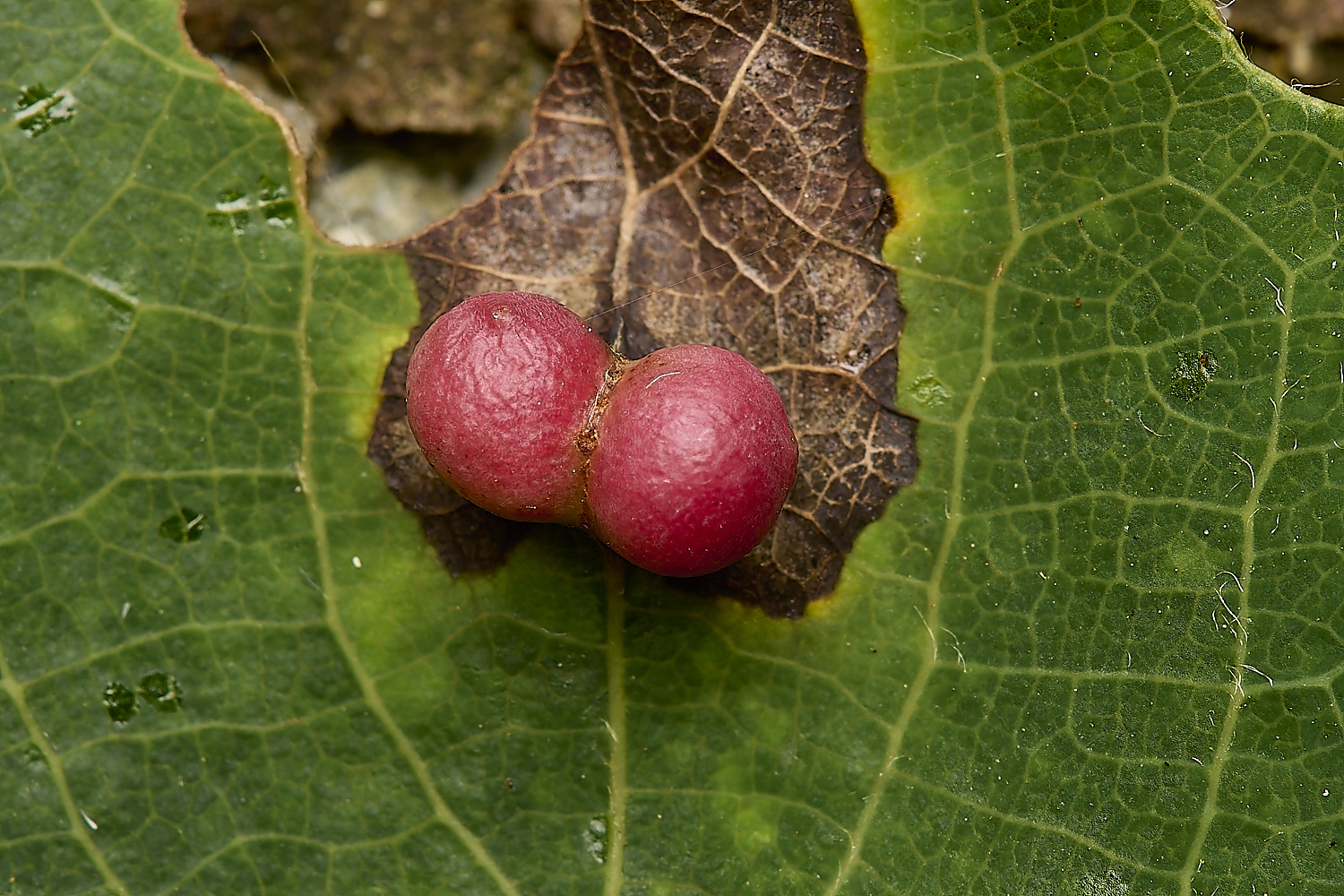
Galls of the Gall Midge (Harmandiola tremulae) on the upper side of an Aspen Leaf ?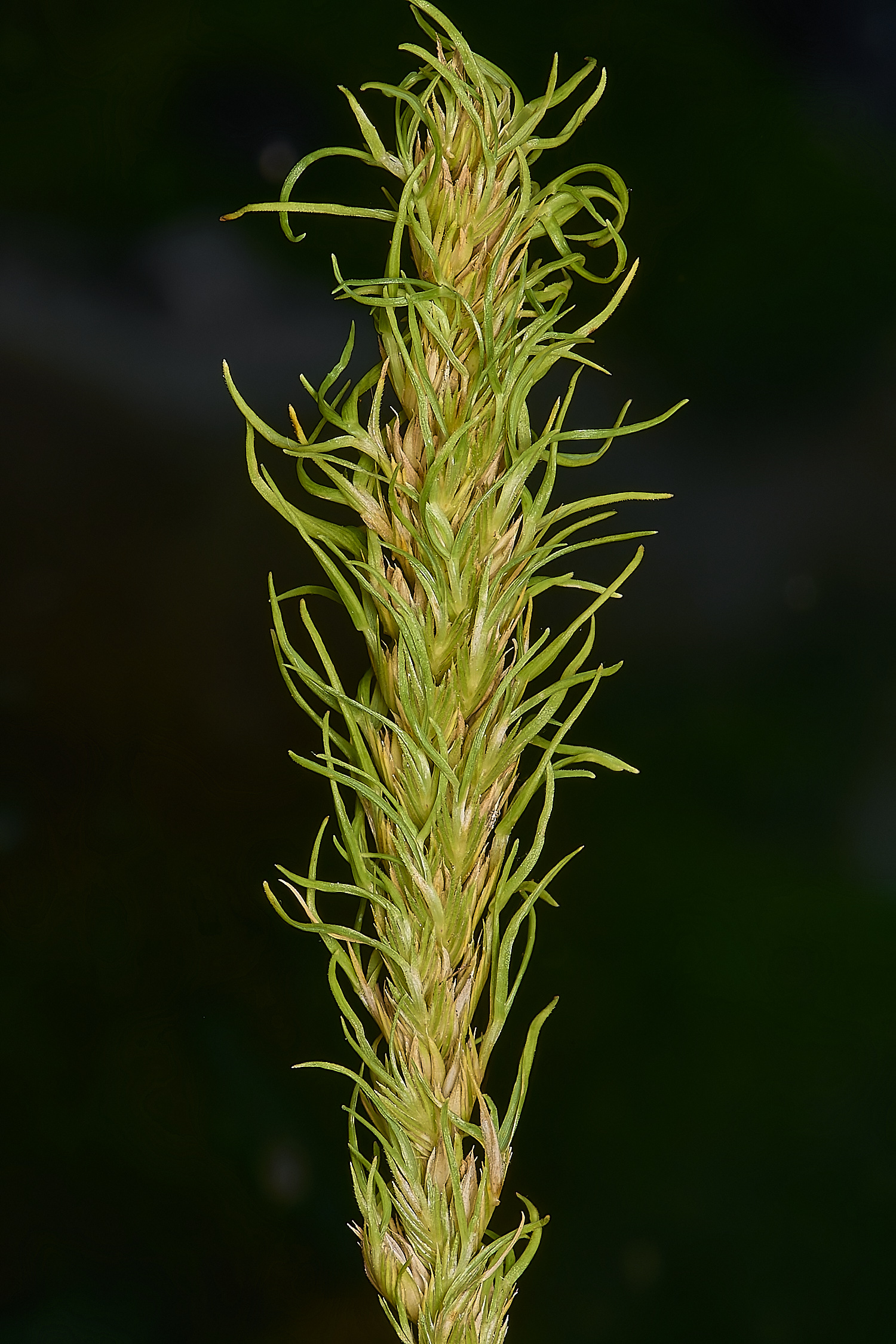
This is caused by the Gall Mite Aceria tenuis
Grass Sp?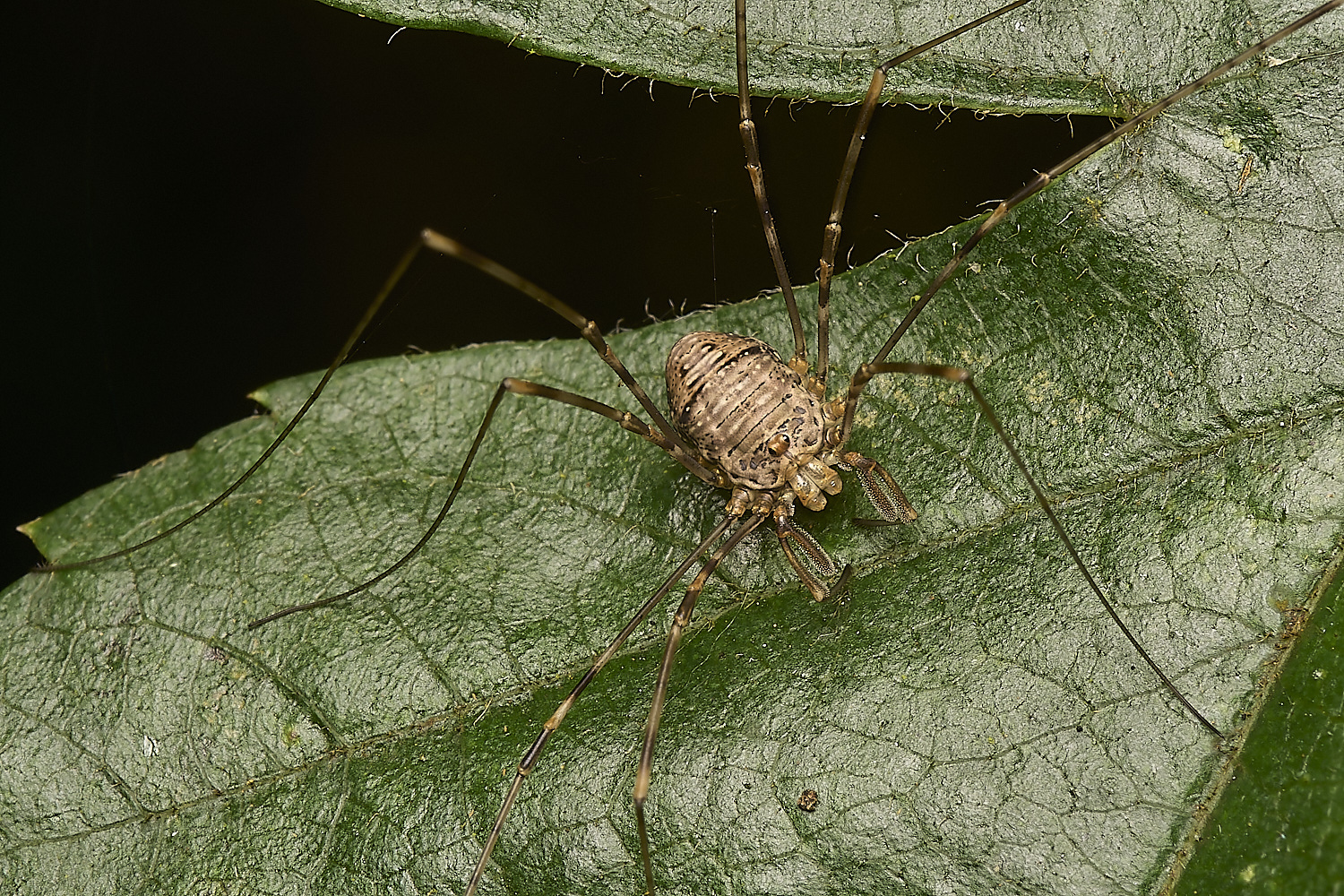
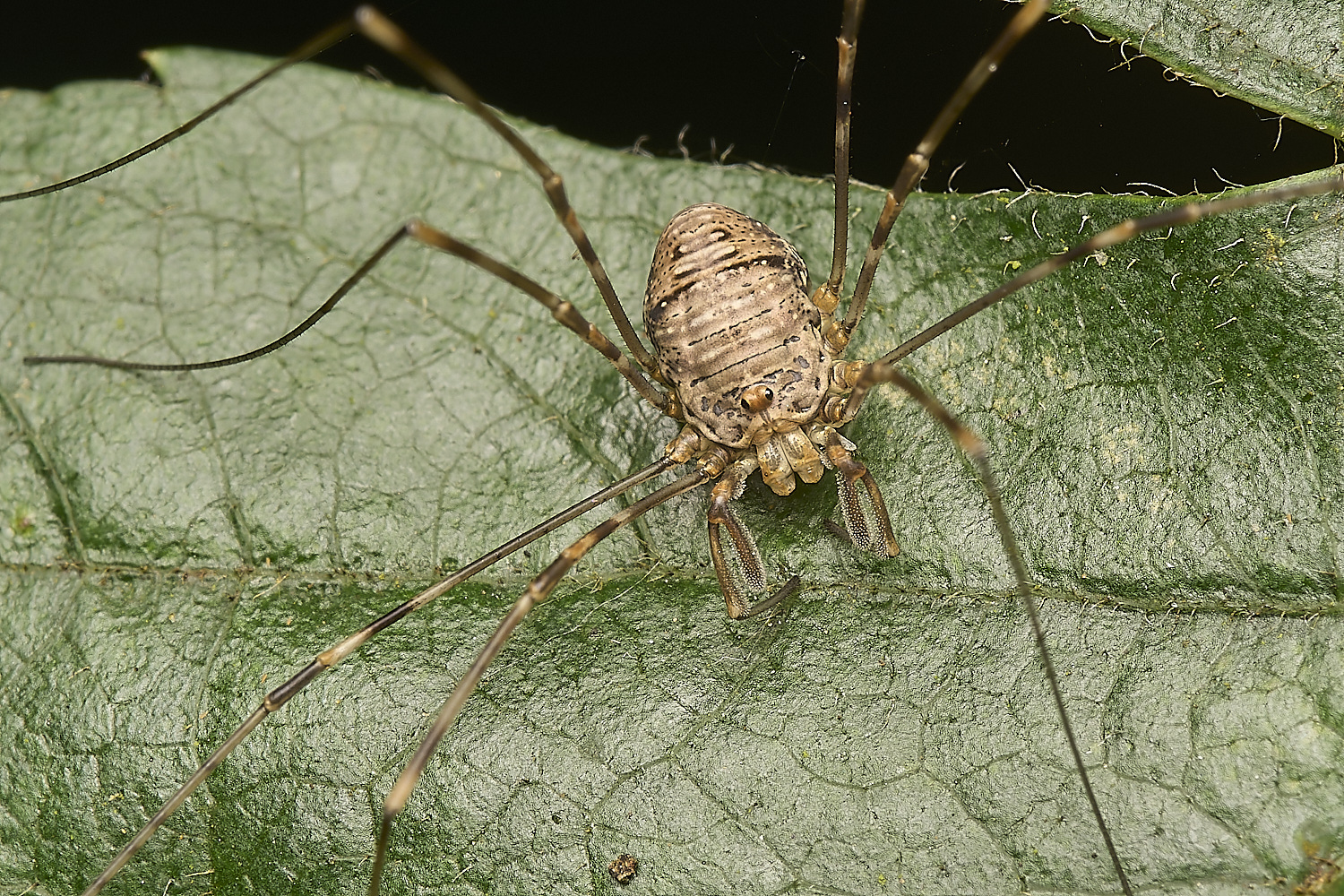
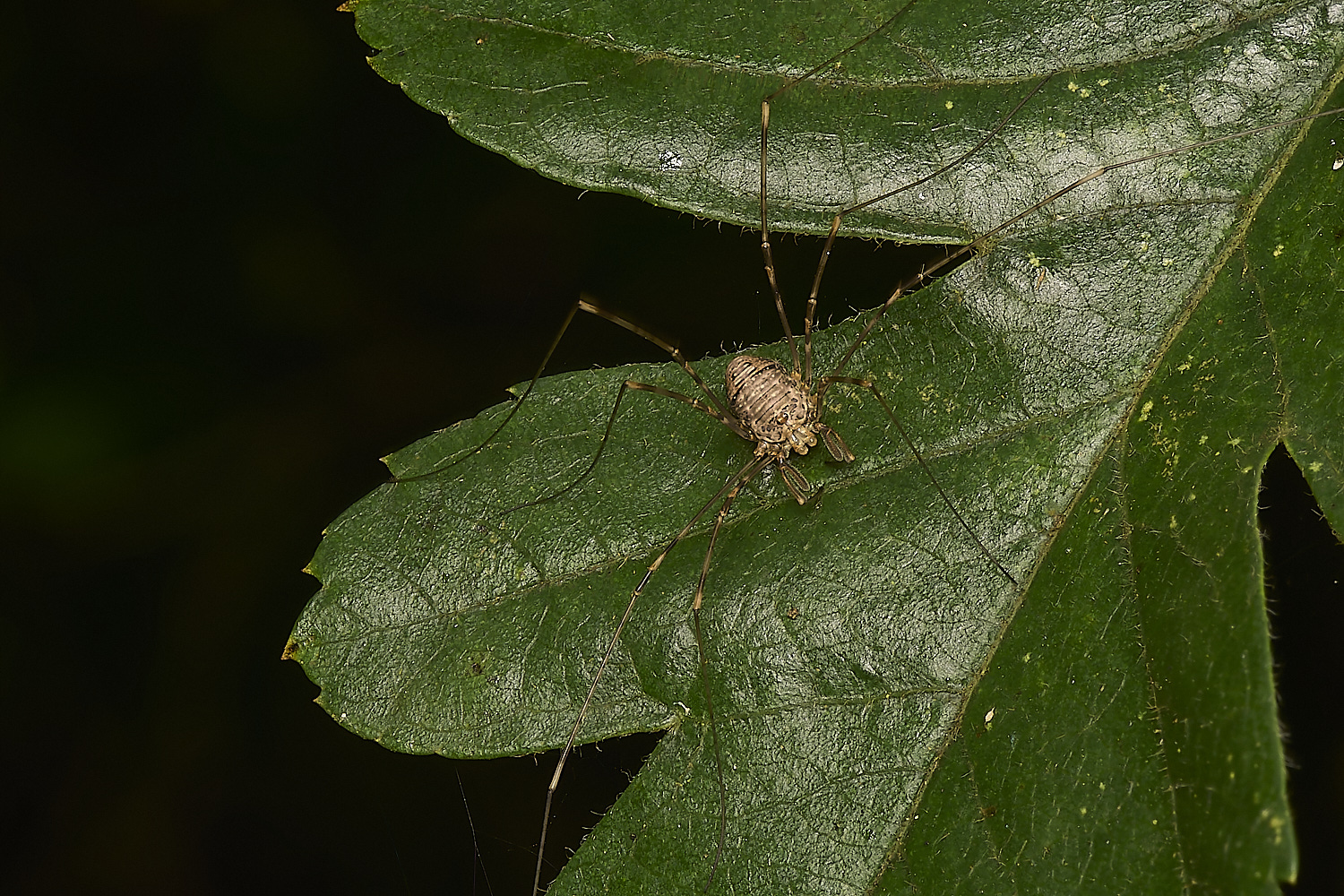
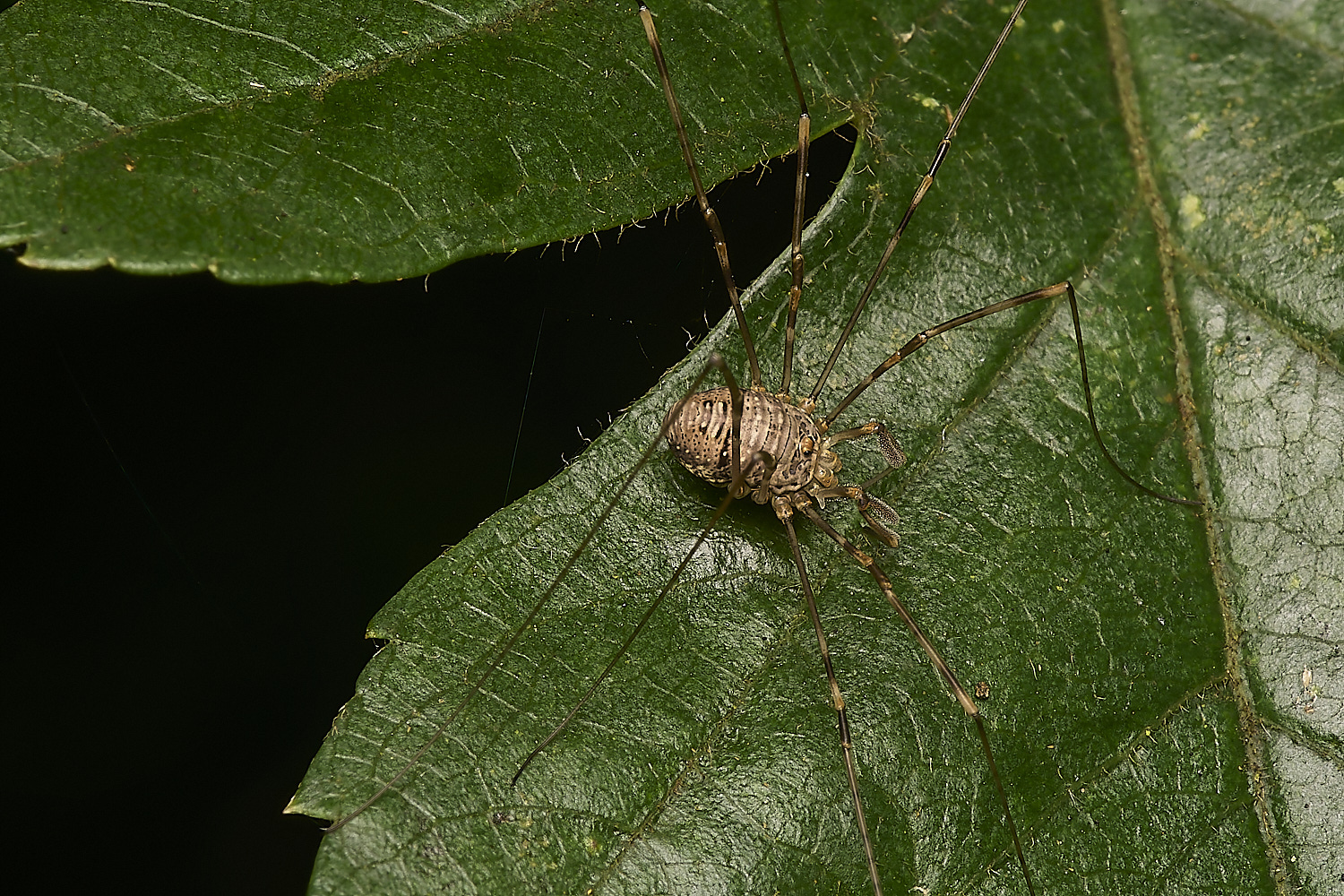
Harvestmen Sp
Dicranopalpus ramosus agg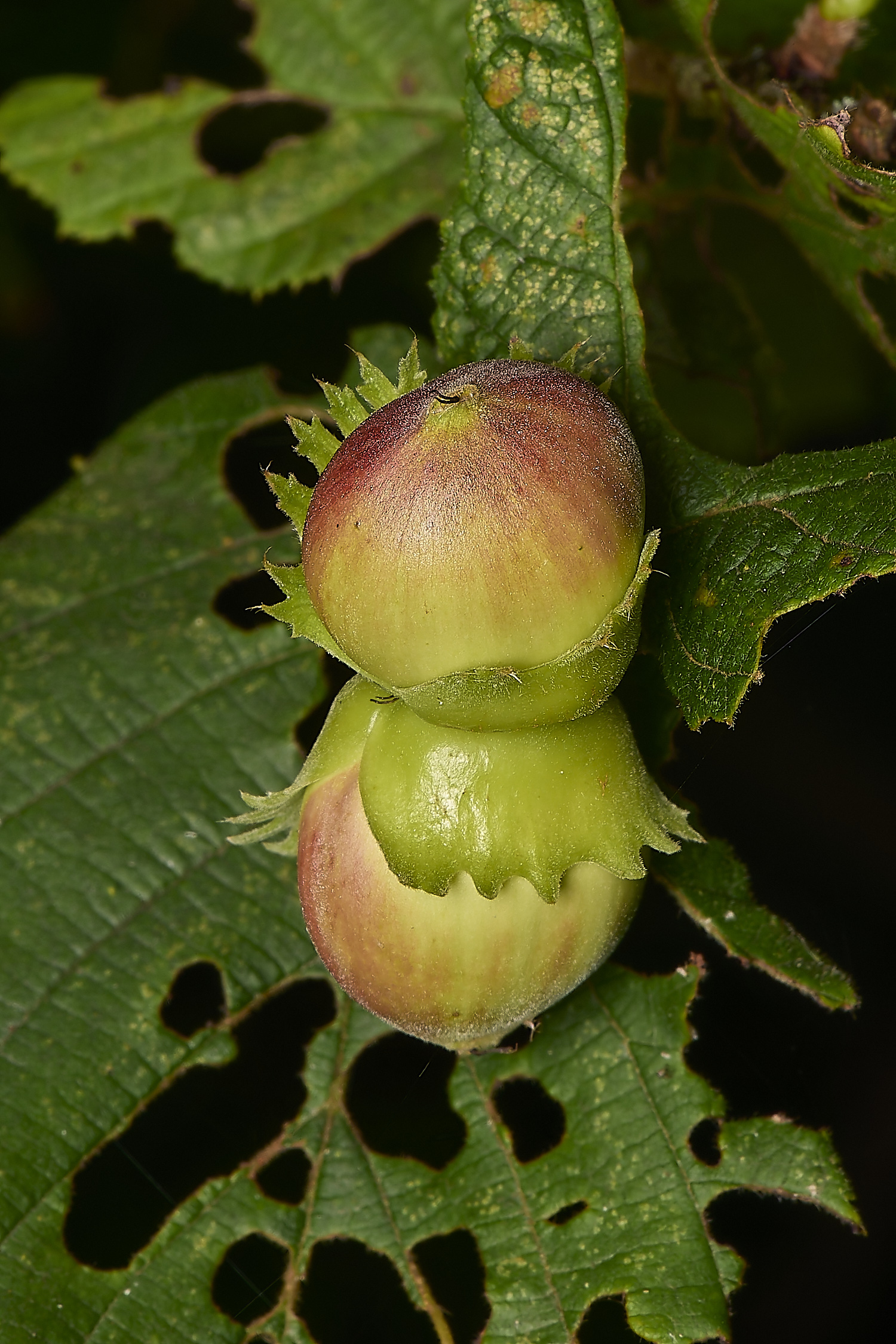
Hazel (Corylus avellana) nuts.
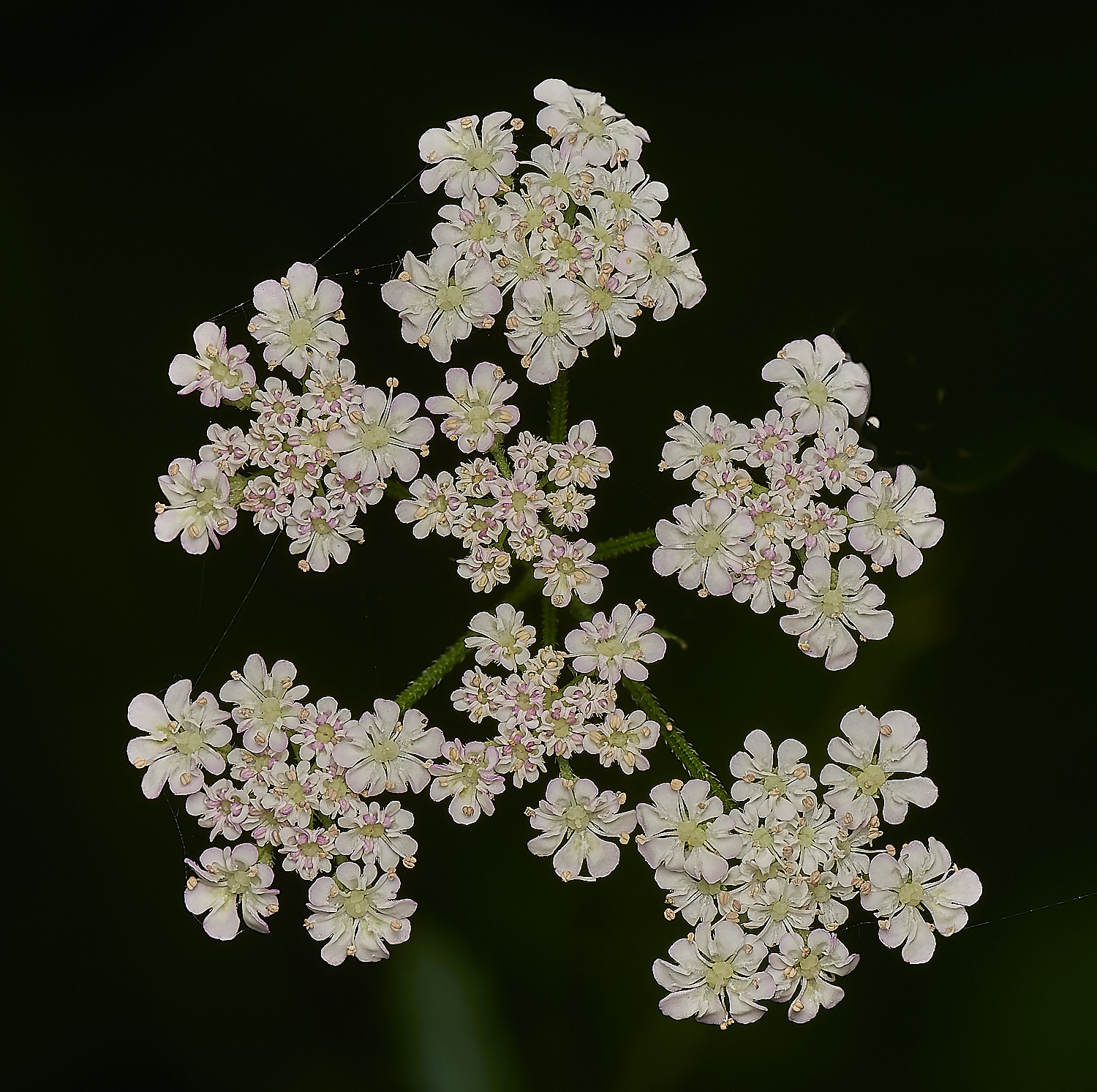
Upright Hedge Parsley (Torilis japonica) flower head.
The following images show various Chequered Hoverflies (Melanostoma scalare) that were seen hanging from the grass False Brome (Brachypodium sylvaticum ) at a height of about a metre from the ground.
Also of two attached to Common Agrimony (Agrimonia eupatoria)
They had all been infected by an Entomophthoragic fungus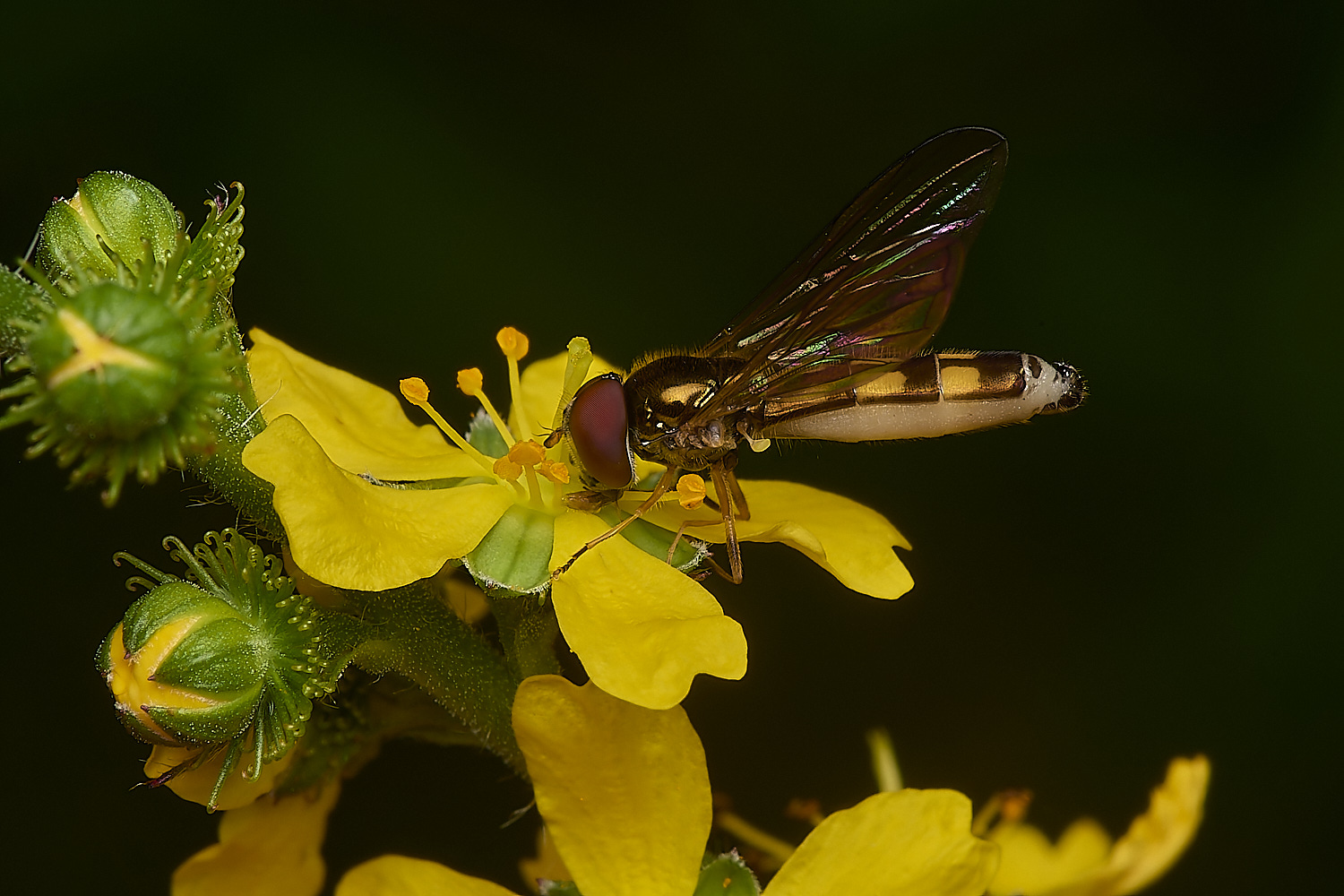
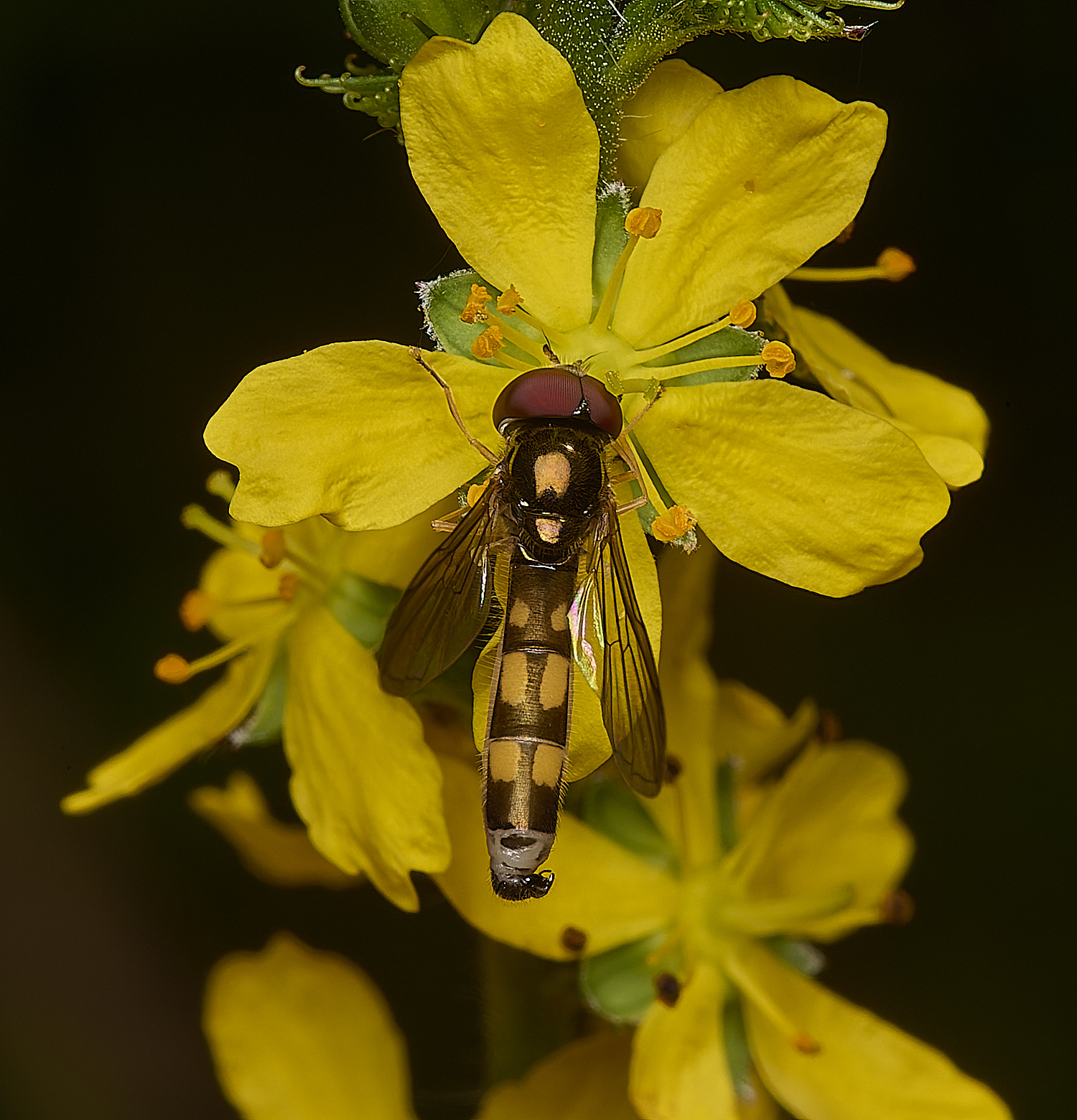
♂︎
Early stage of infection presumably.
Well and truly stuck and not moving.
The hoverfly looks pristine and wings have yet to open
On Agrimony (Agrimonia eupatoria)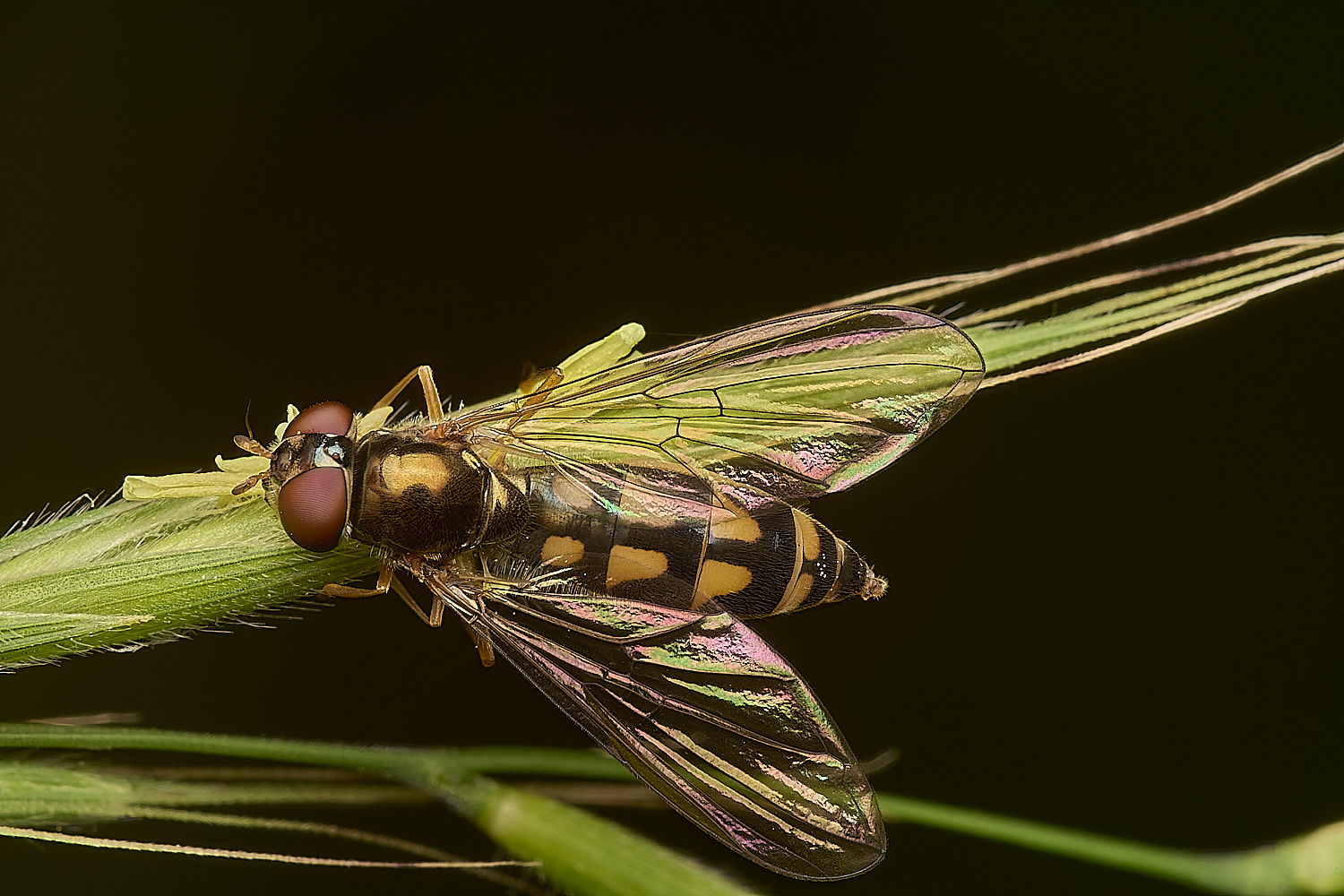
♀︎
Early stage the hoverfly looks pristine and wings have yet to open. No movement.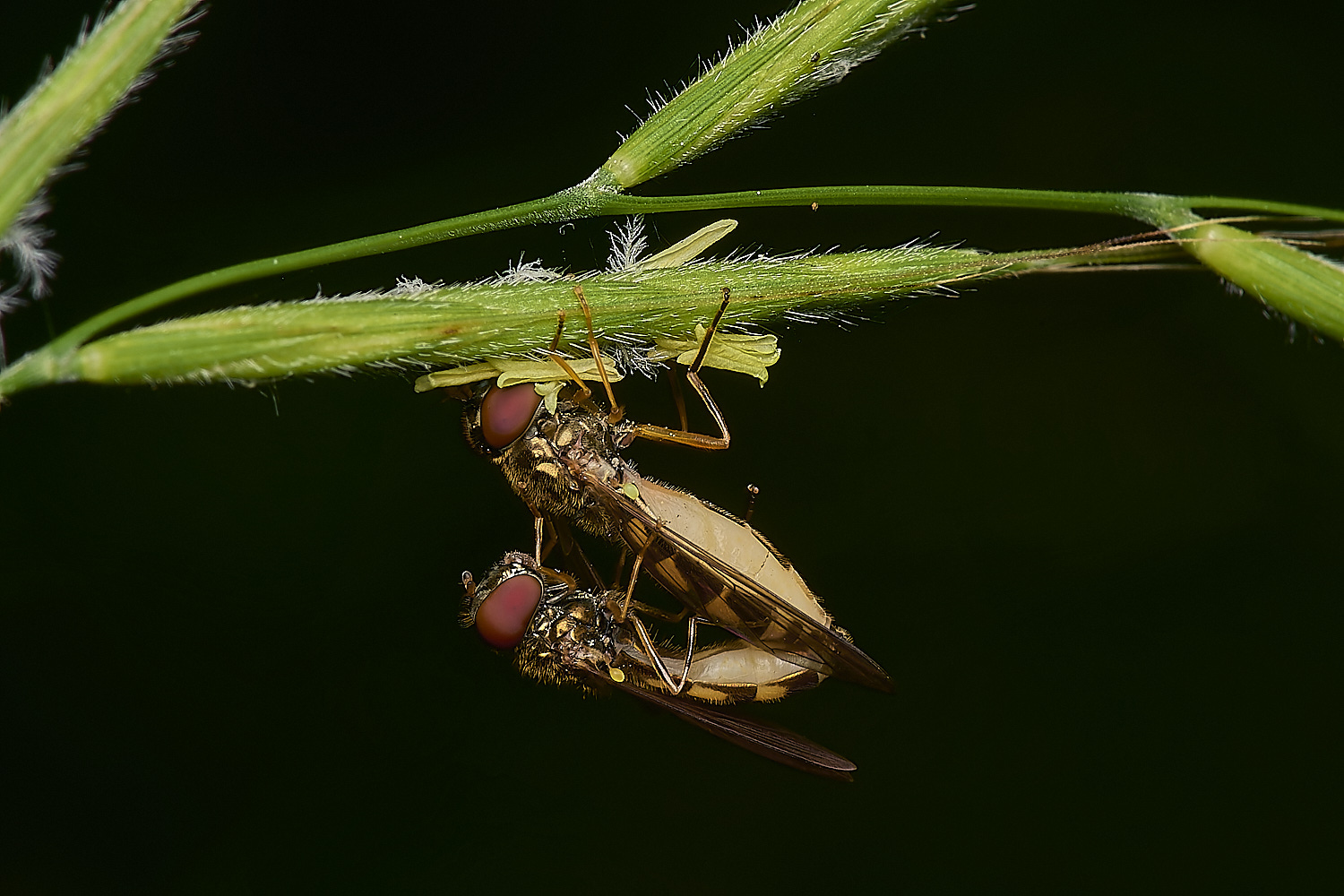
The lower hoverfly actually flew off the one attached to the grass but presumably had been infected.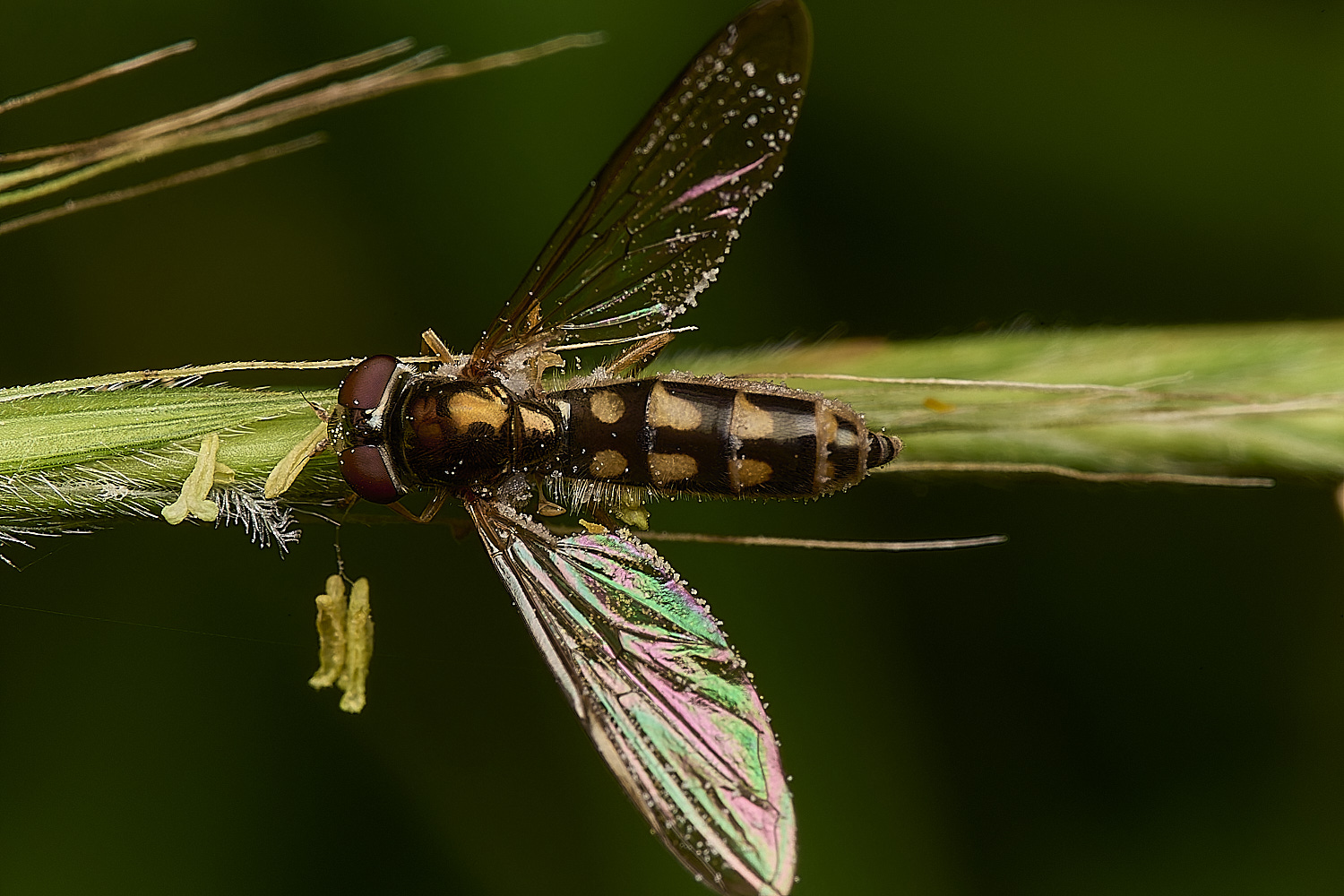
Very different stage.
The wings are open and you can see the spores beginning to cover the insect.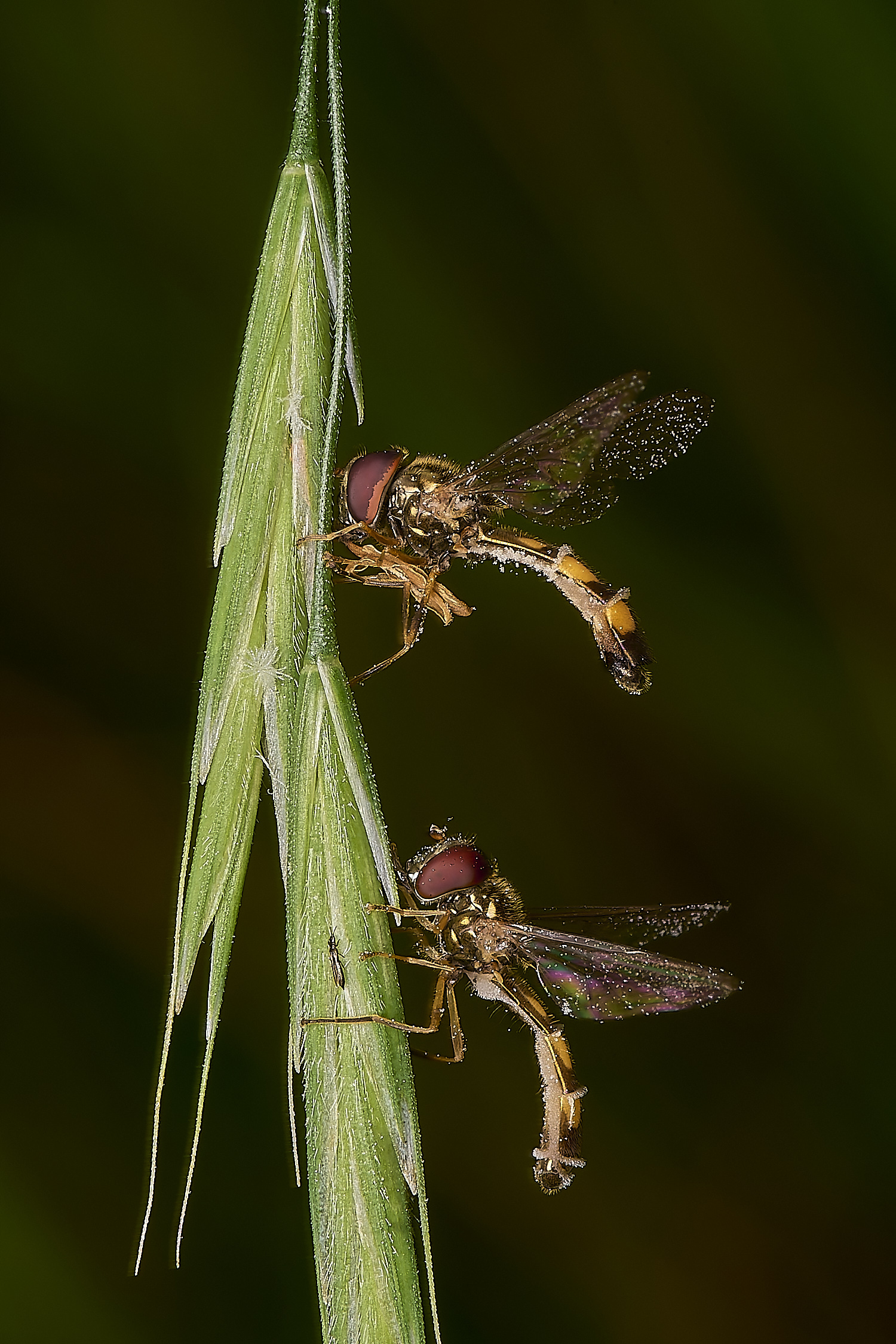
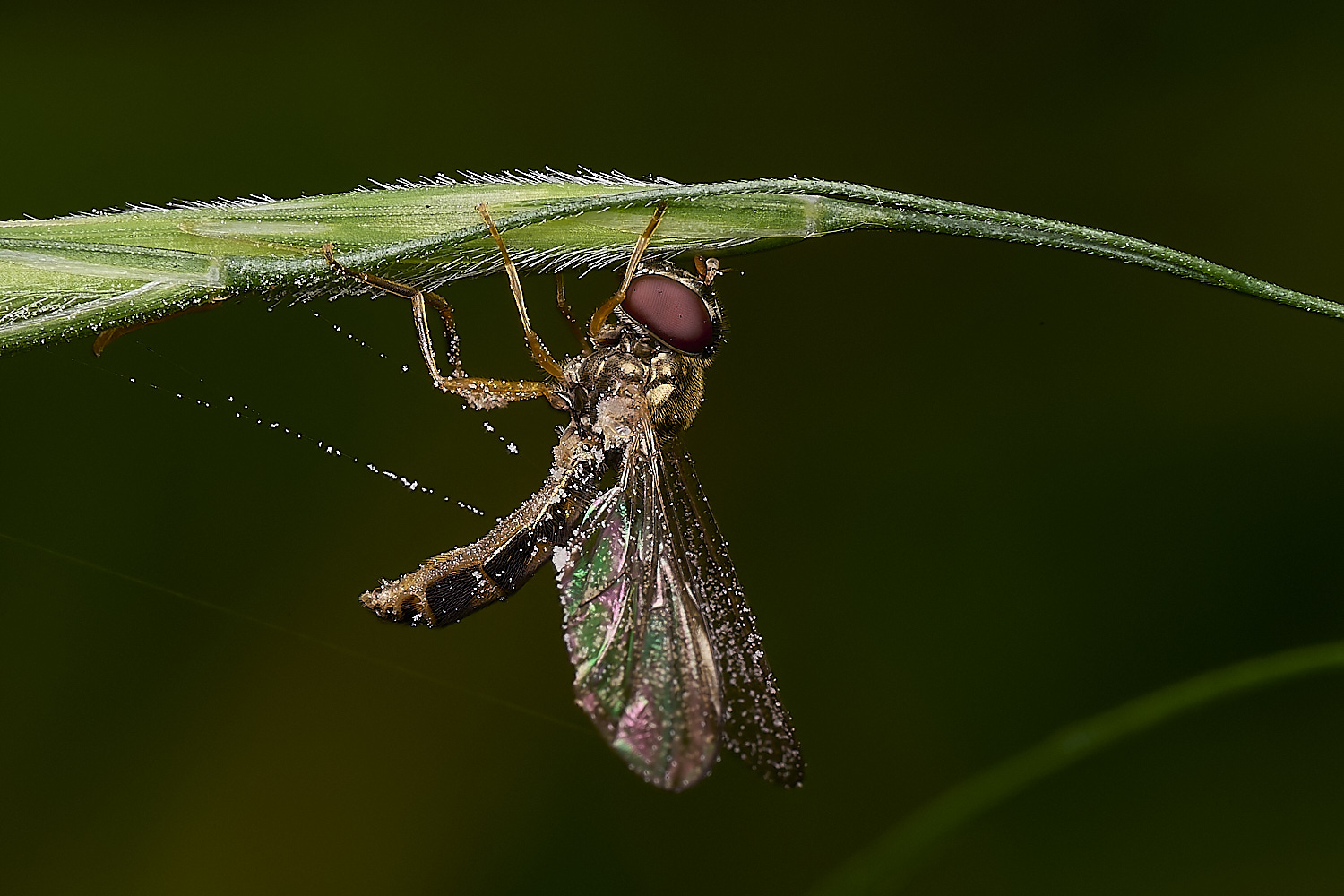
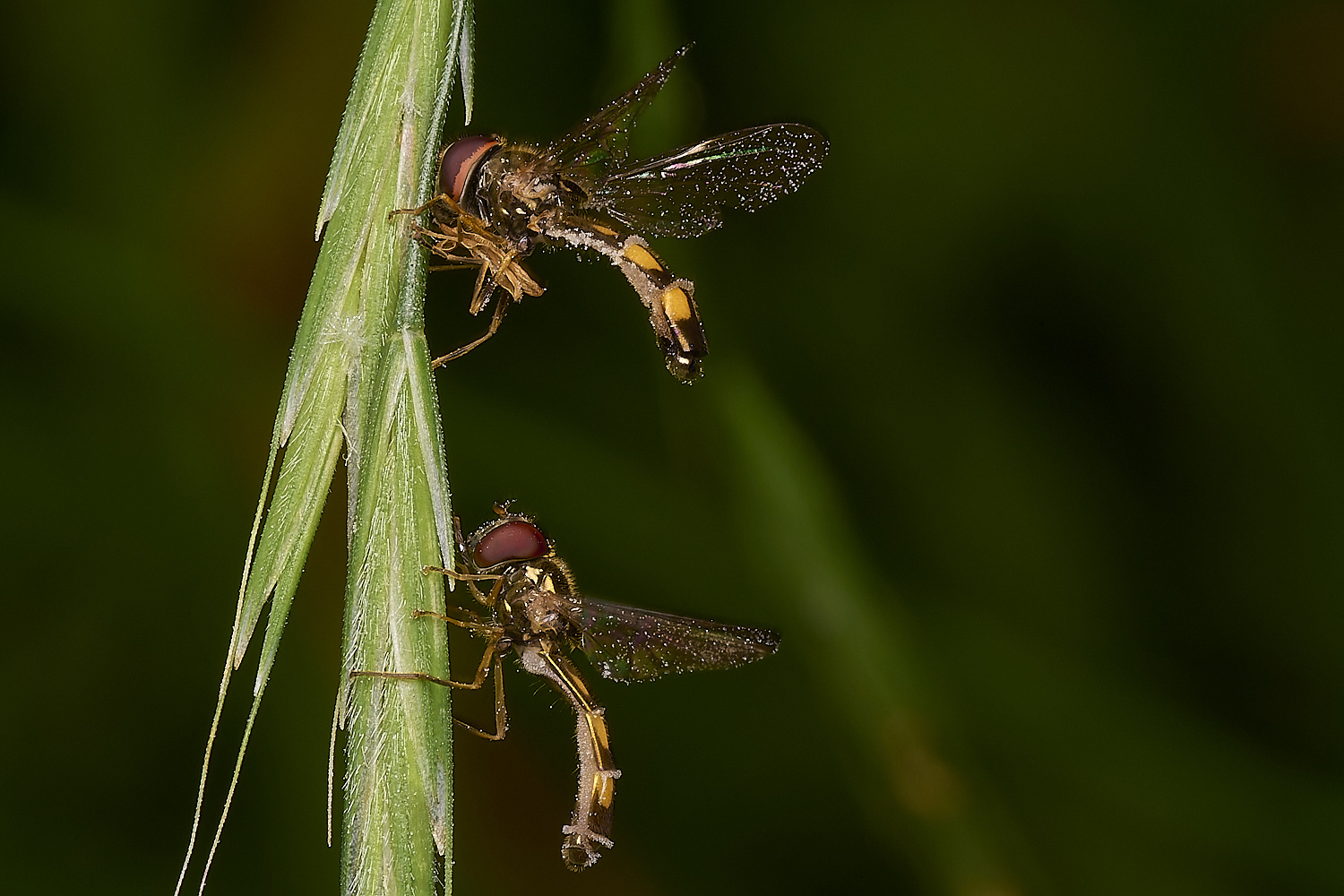
A much more advanced state. The hovers are well and truly adhered to the plant. The insects have reached about a metre from the ground.
The wings are outstretched and the spores are pouring from their bodies.
On False Brome (Brachypodium sylvaticum)
The curious case of
epizootics
or
"The Zombies"
Entomophora fungal species
elicit dramatic behaviours in infected hosts
to
promote optimal spore dispersion
The genus Entomophthora:bringing the insect destroyers into the twenty-first century.
The images above show examples of infected hosts that have climbed the plants ('summiting disease') to give the fungus the best chance of spore dispersal.
When the proboscis touches the plant it adheres and thus effectively glues the hoverfly in place.
The wings will eventually raise up away from the dorsal abdomen
The legs have grasped the plant as well.
in this case
The Chequered Hoverfly (Melanostoma scalere)
Largely females but at least one male was found.
For more detailed information about the possible processes in play the article linked to above is a good summary.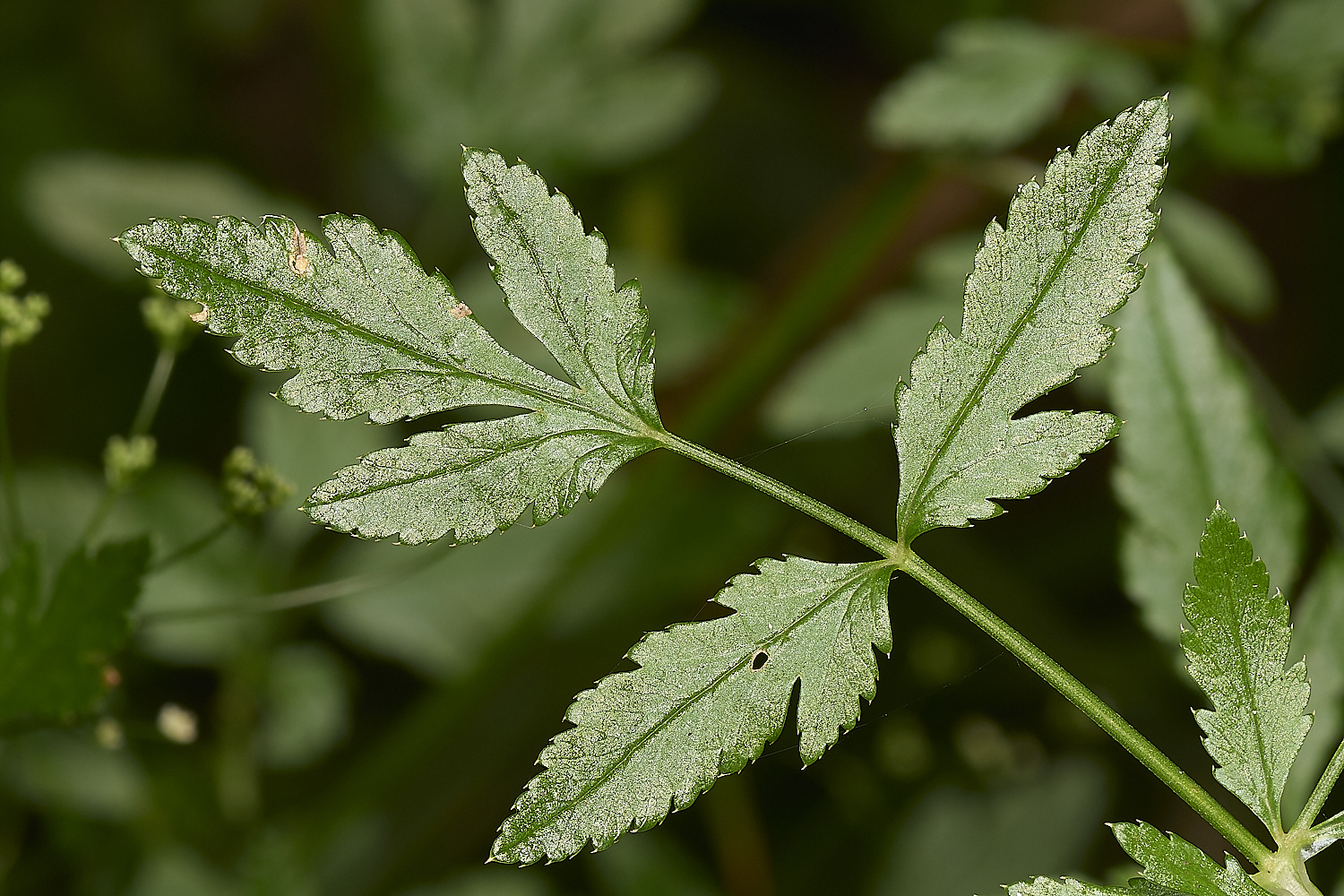
Lesser Water Parsnip (Berula erecta)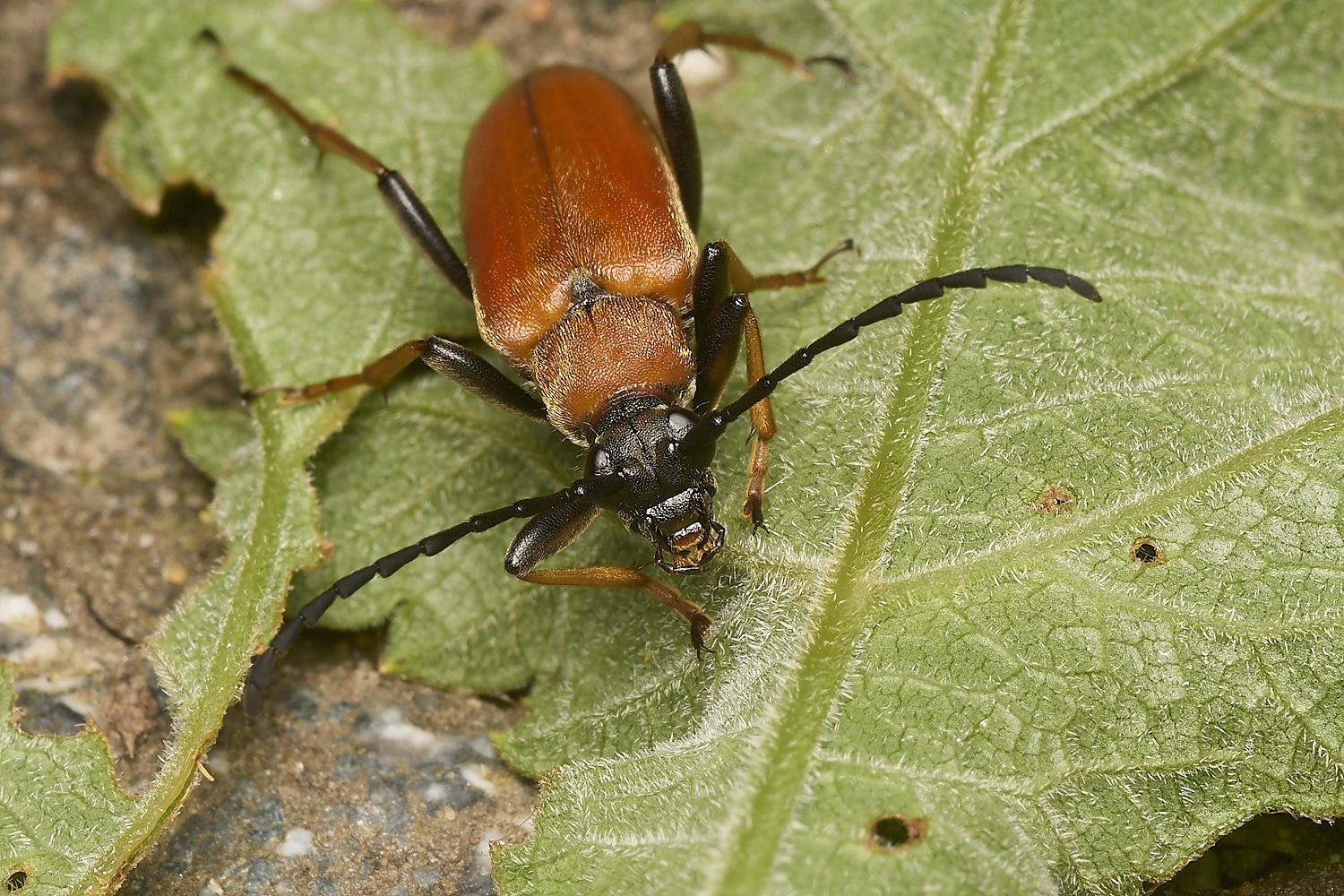
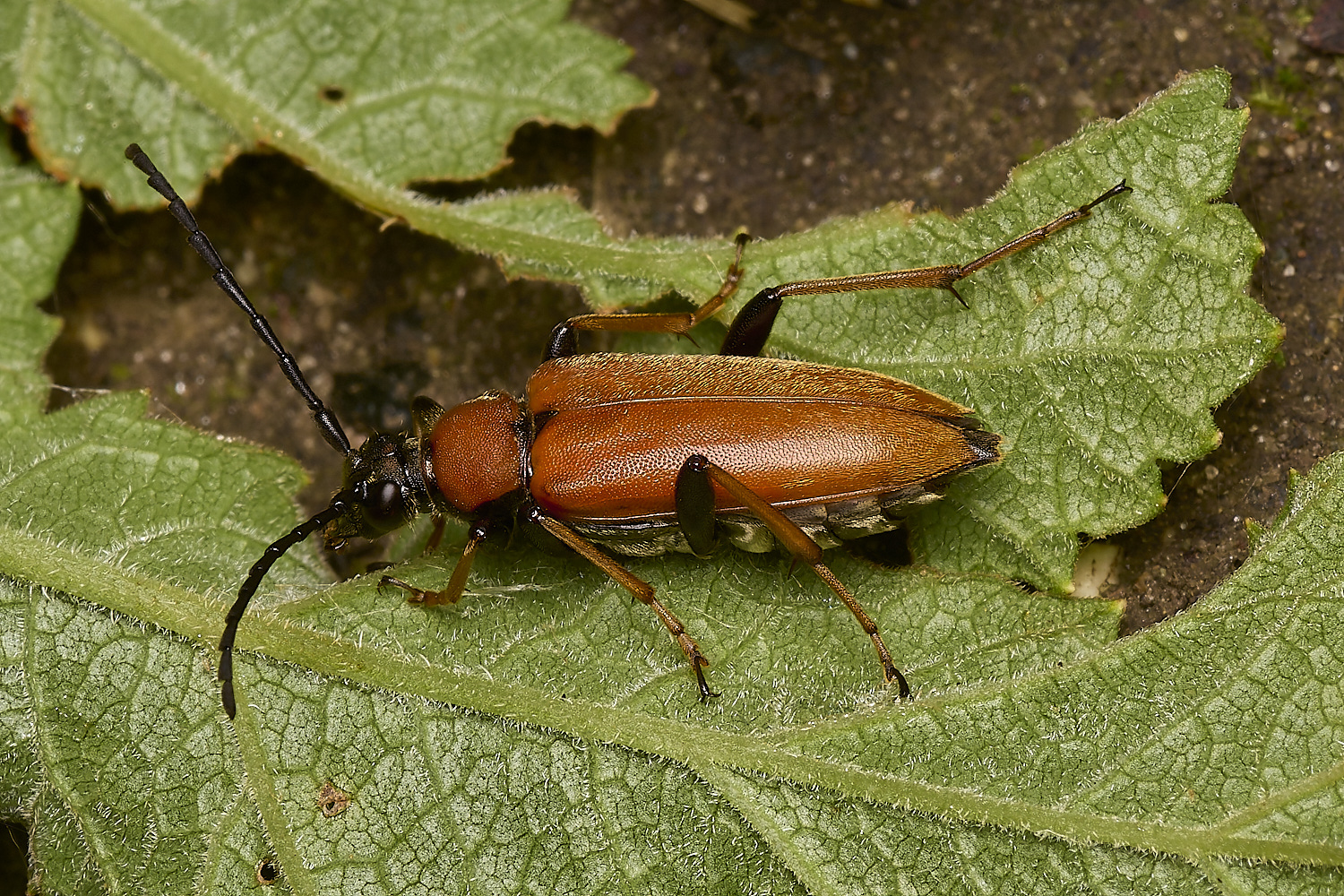
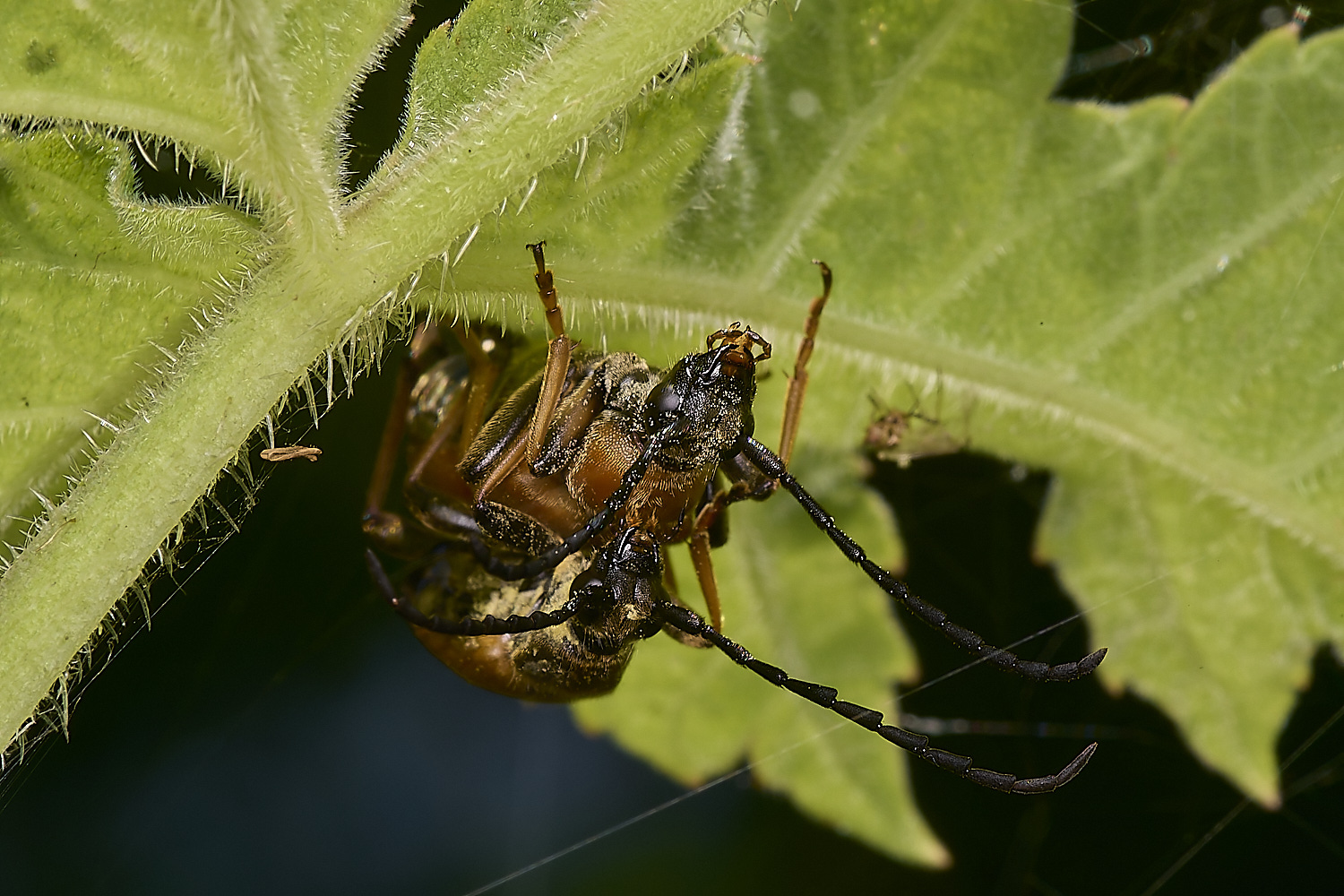
Red-brown Longhorn Beetle (Stictoleptura rubra)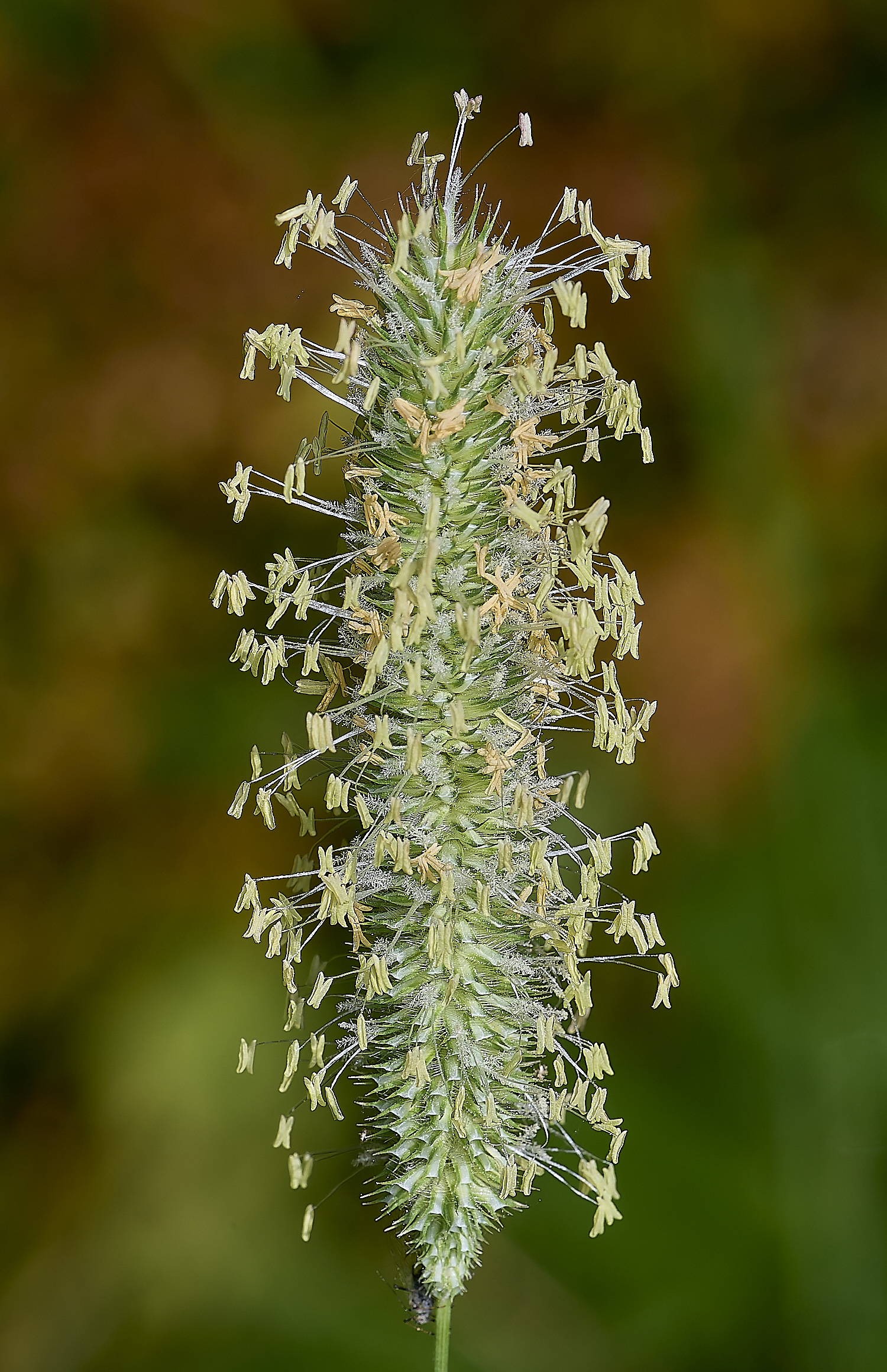
Timothy Grass (Phleum pratense)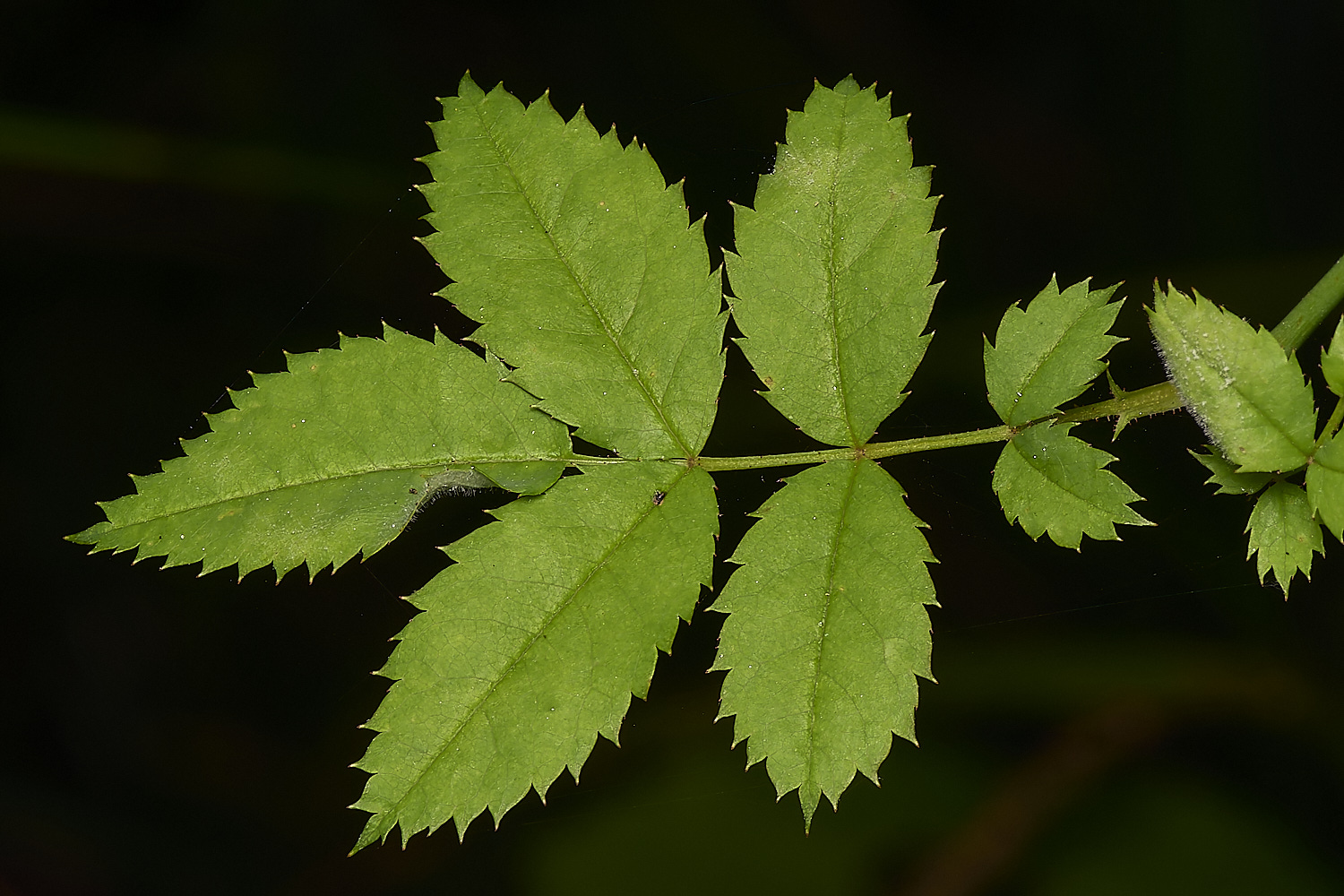
Possibly Glandular Dog-rose (Rosa squarrosa)?
Glandular hairs on leaf tips and on stem. Leaves biserrate 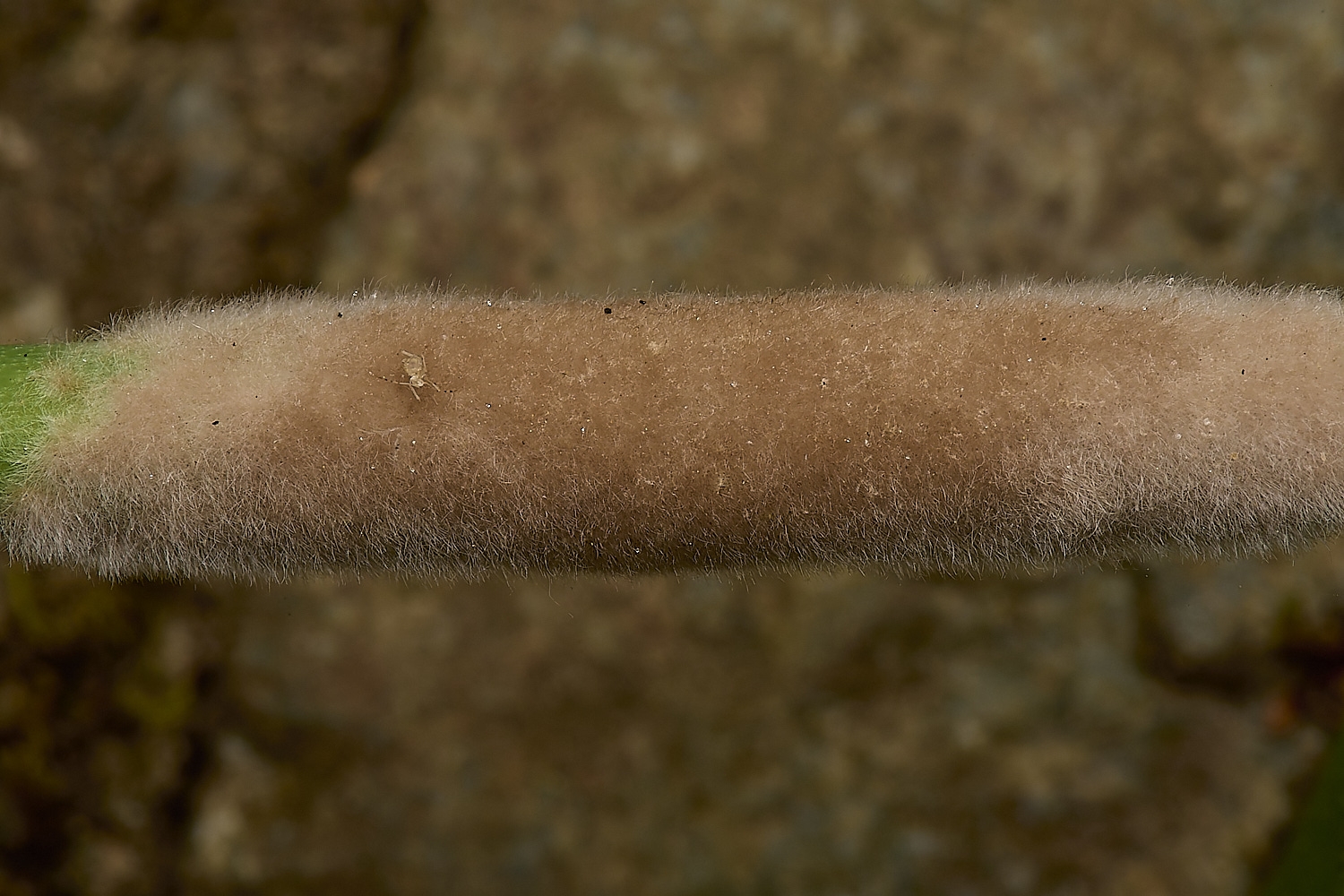
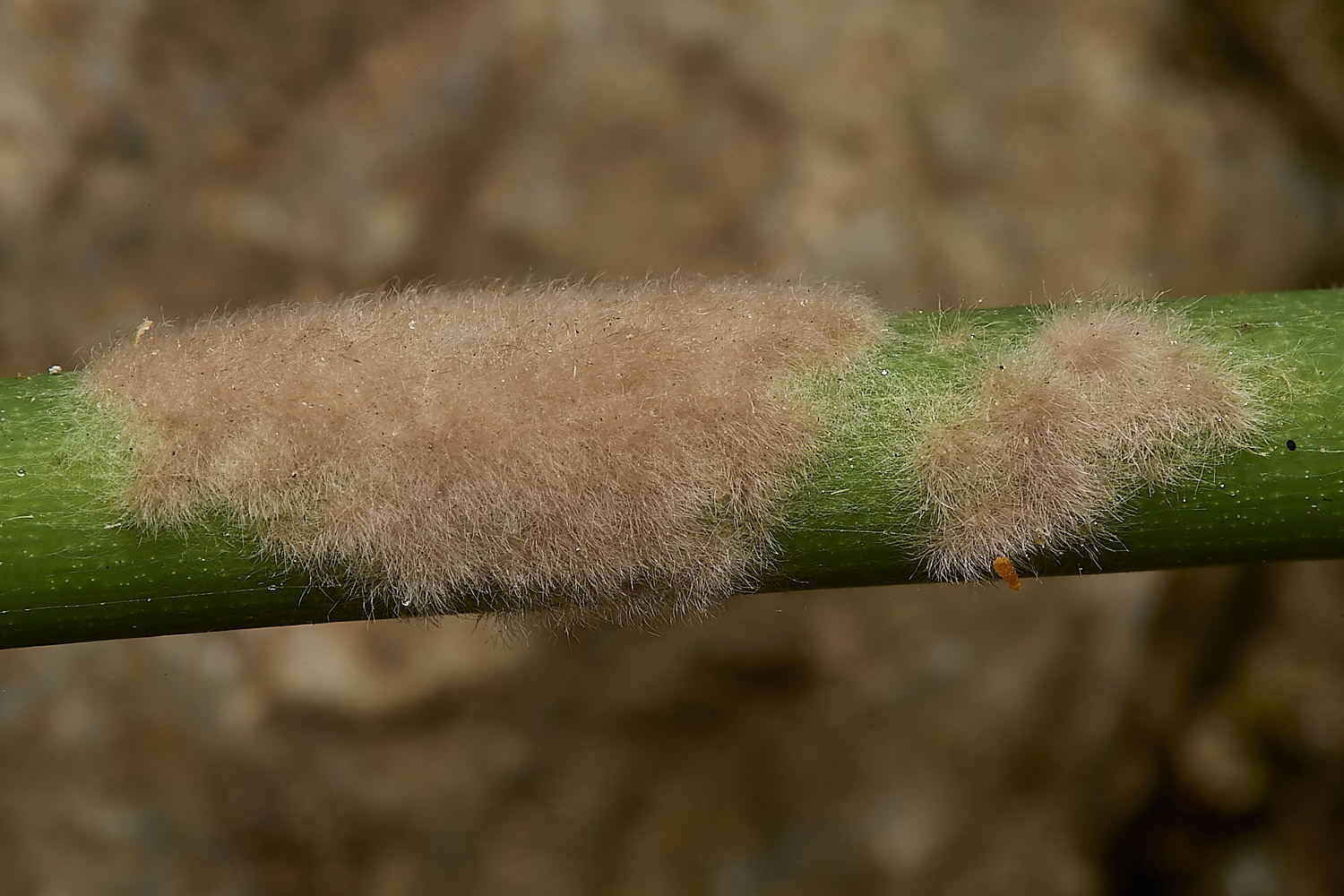
A powdery mildew sp
Podosphaera pannosa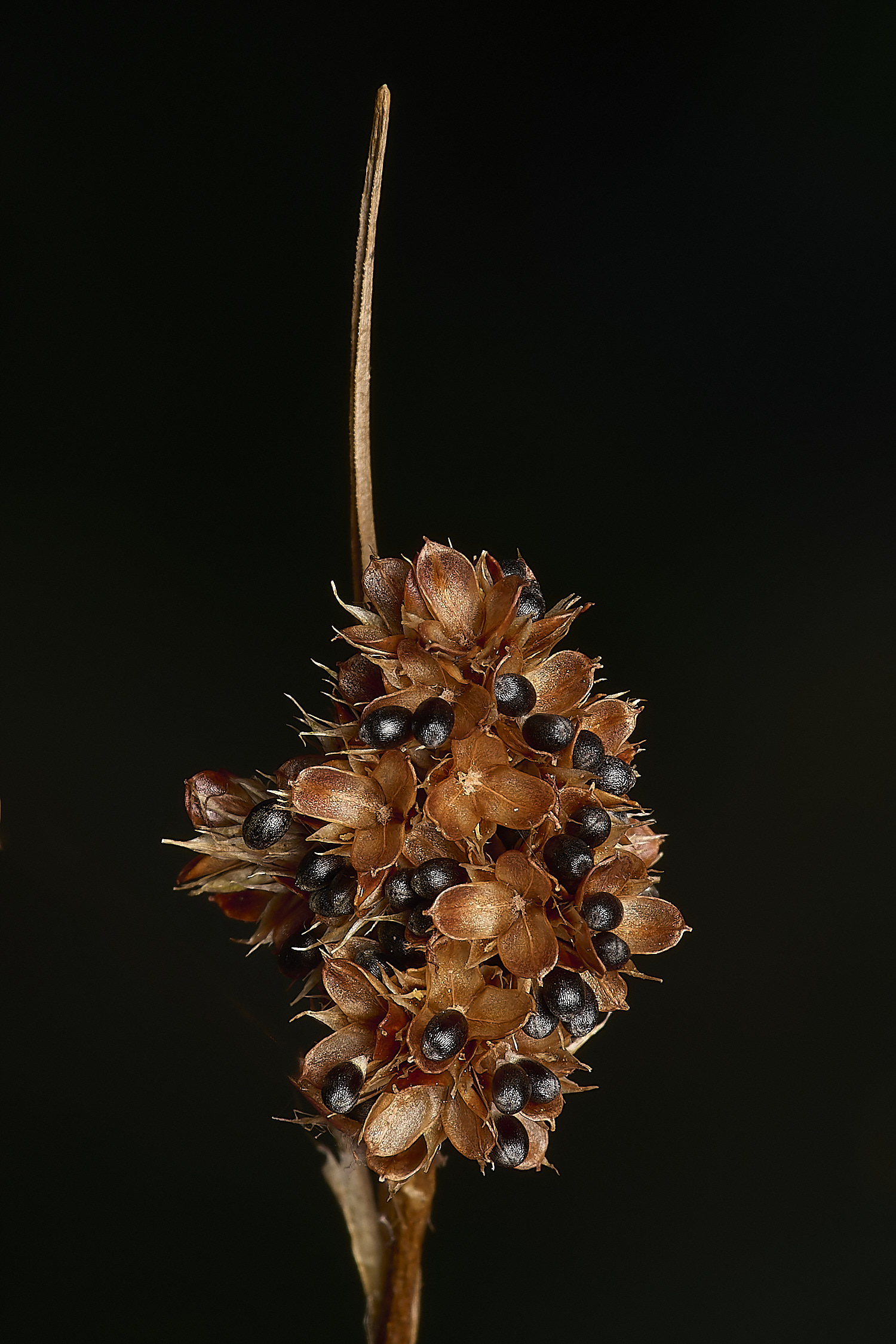
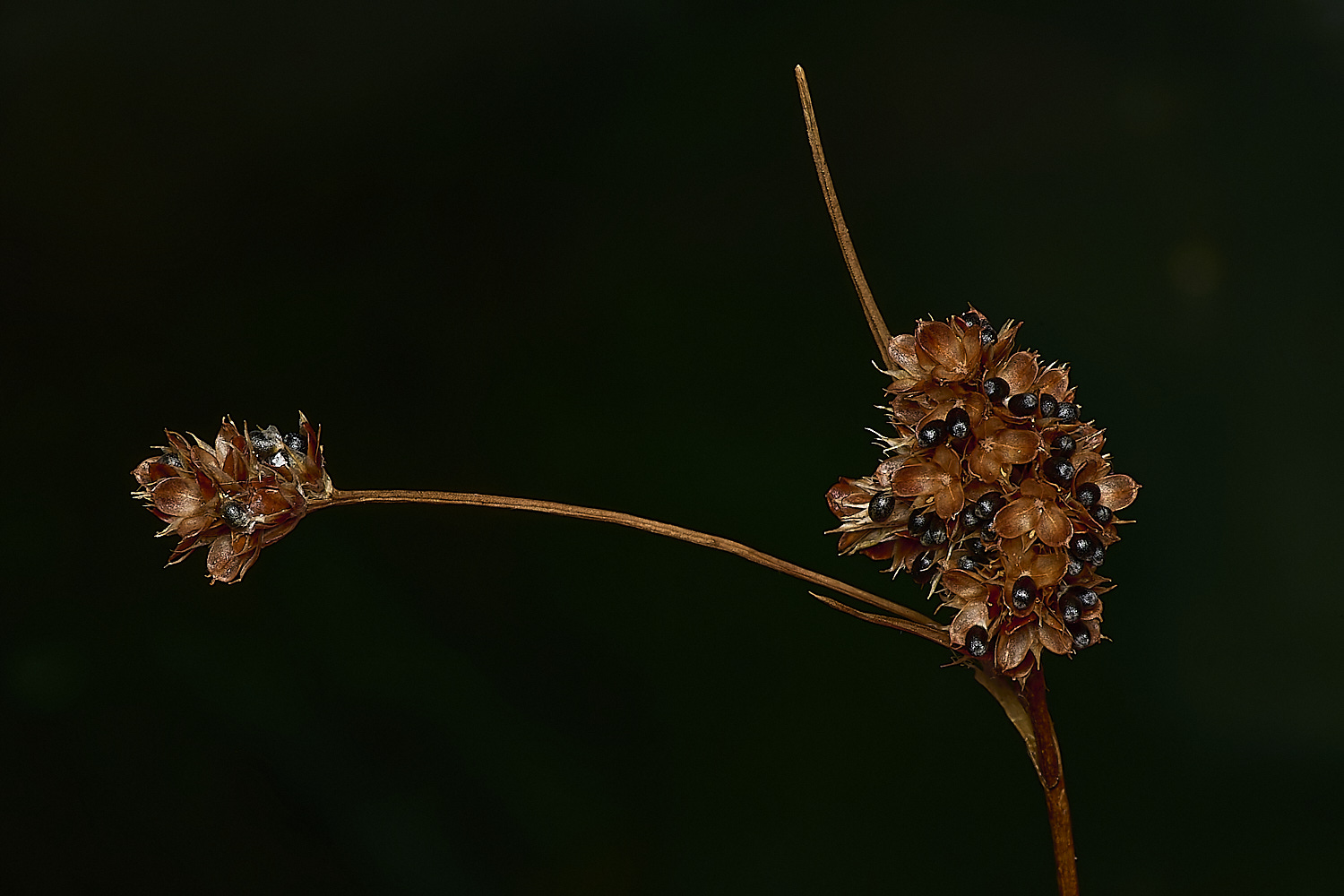
Heath Wood Rush (Luzula multiflora subsp congesta)?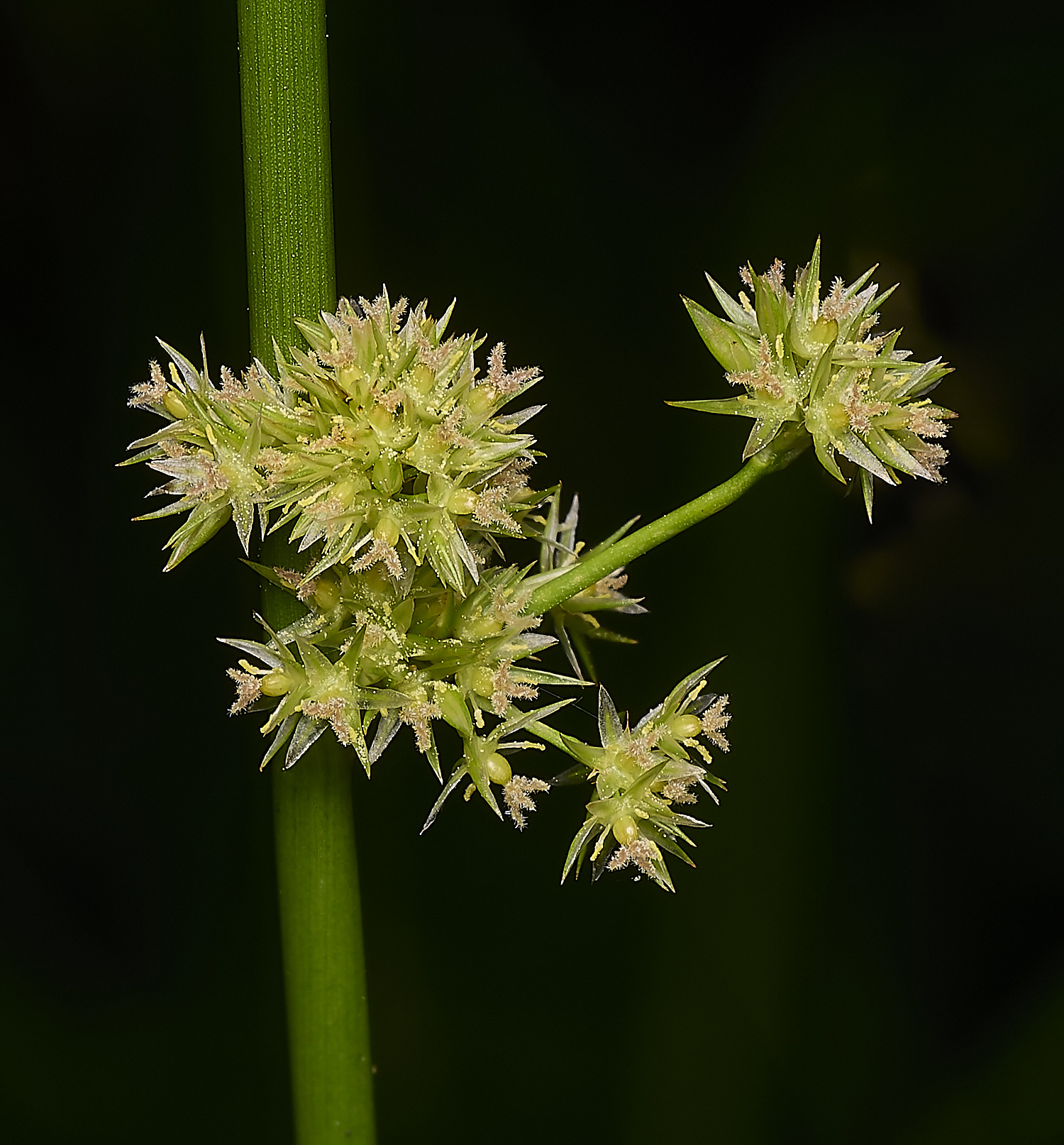
Rush Sp - Smooth Rush? (Juncus effusus) in flower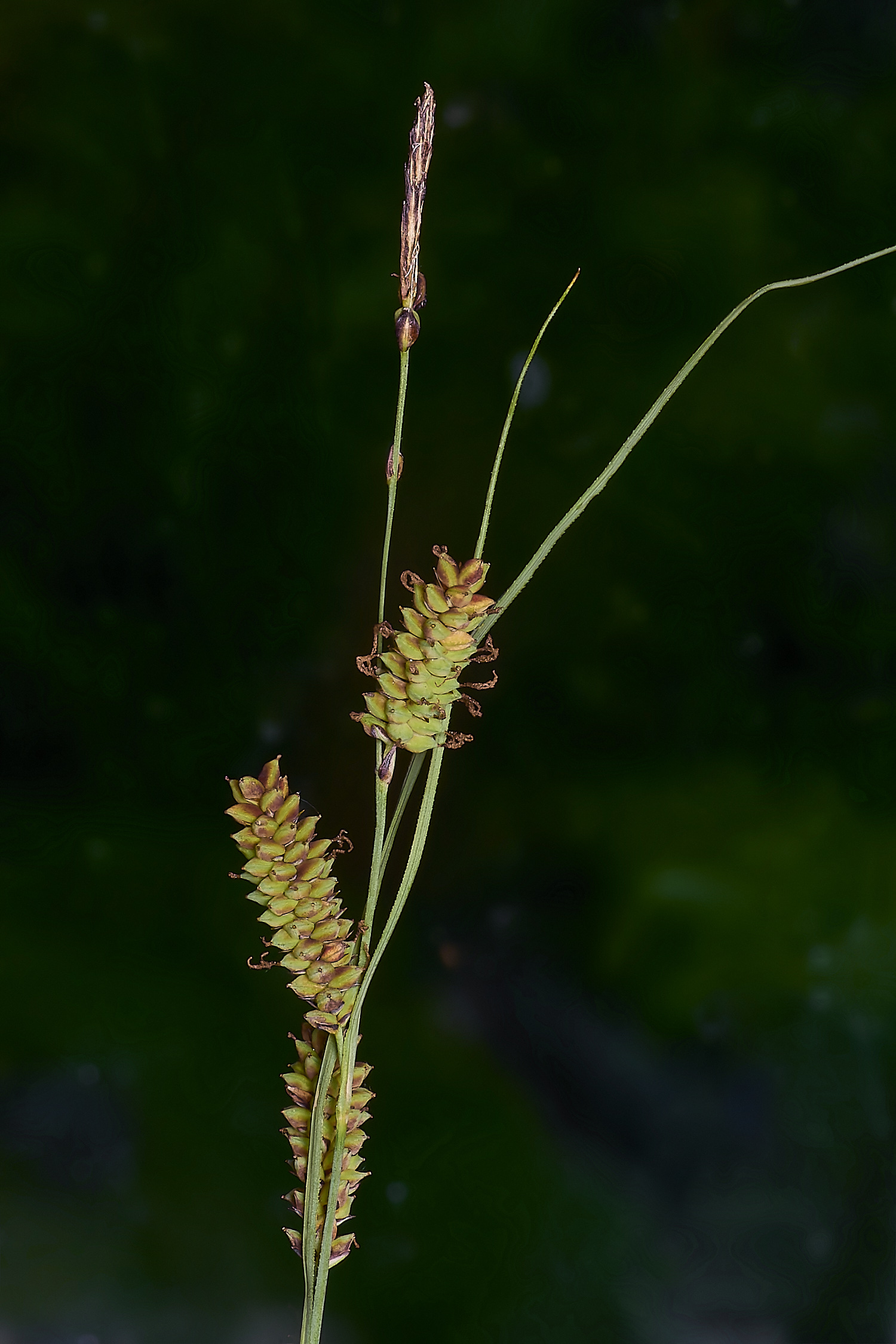
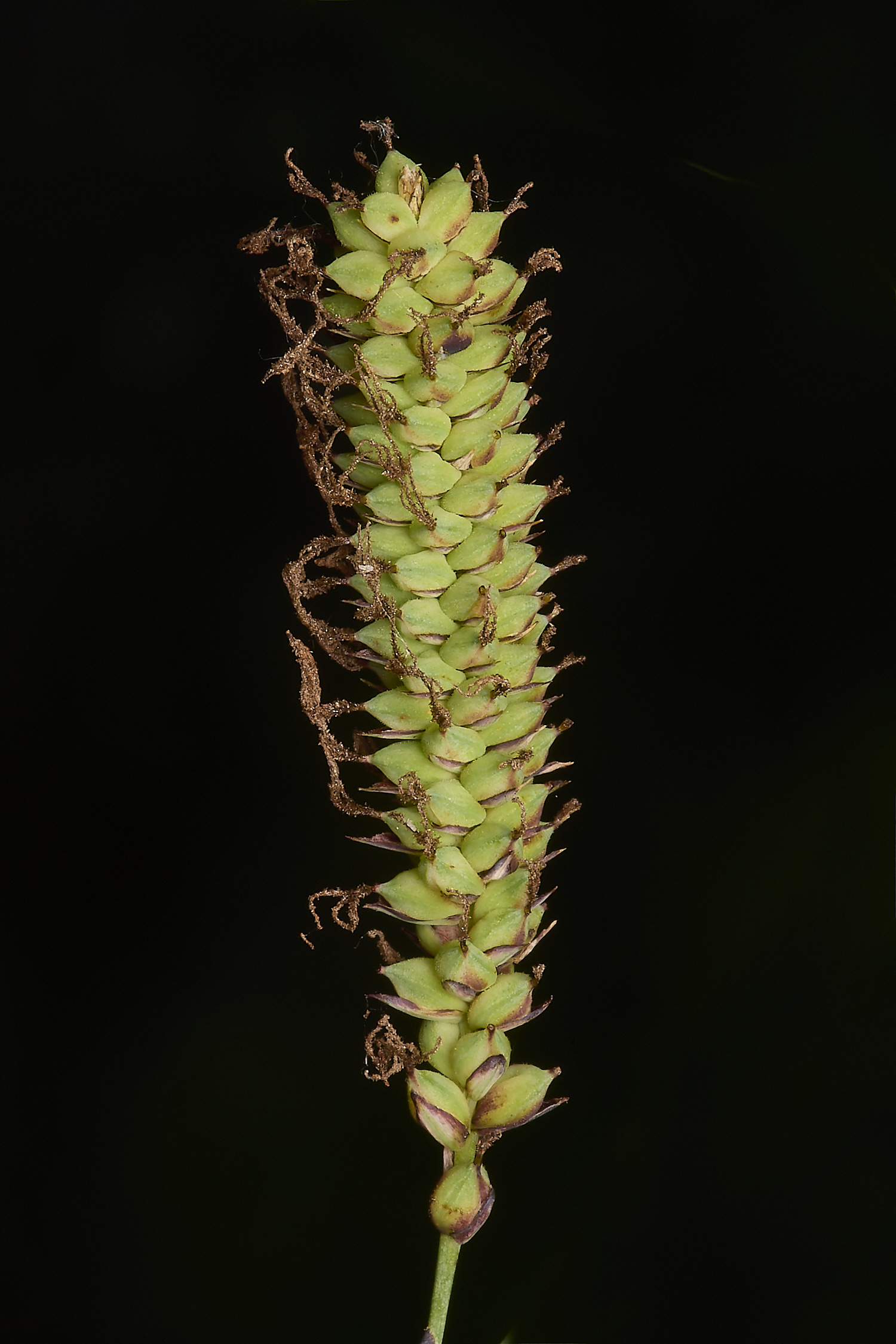
Glaucous Sedge (Carex flacca)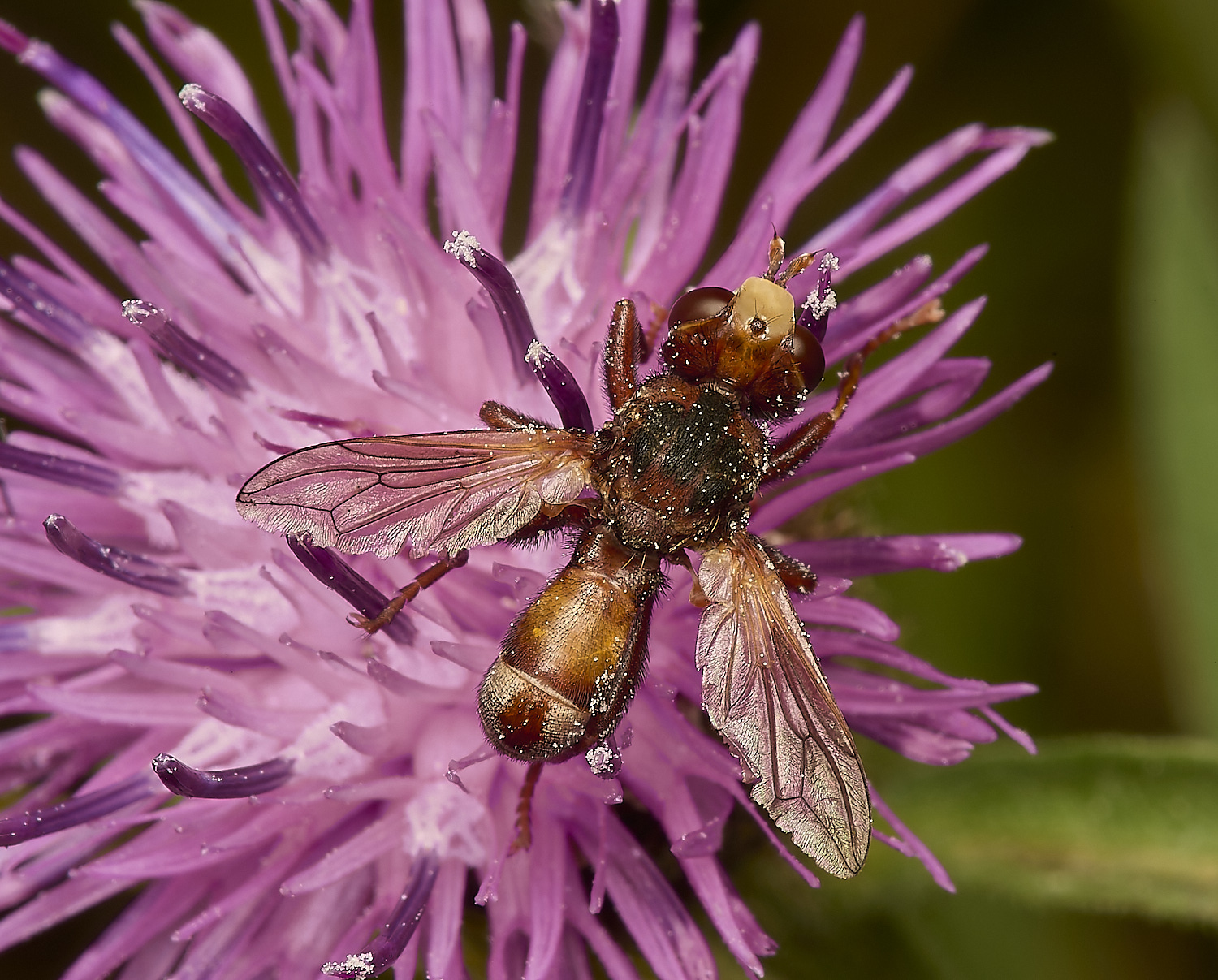
Ferruginous Bee-grabber (Sicus ferrigineus)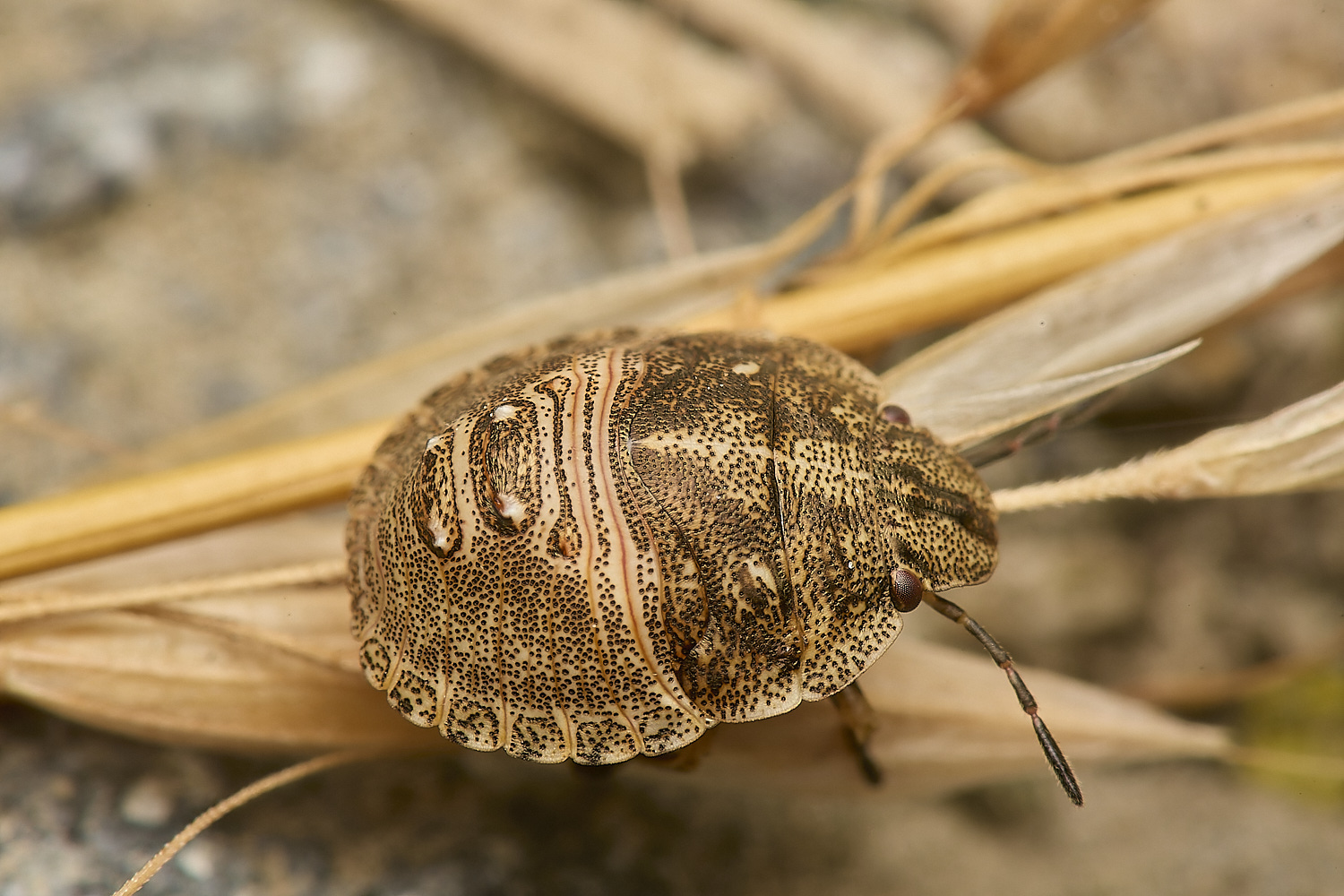
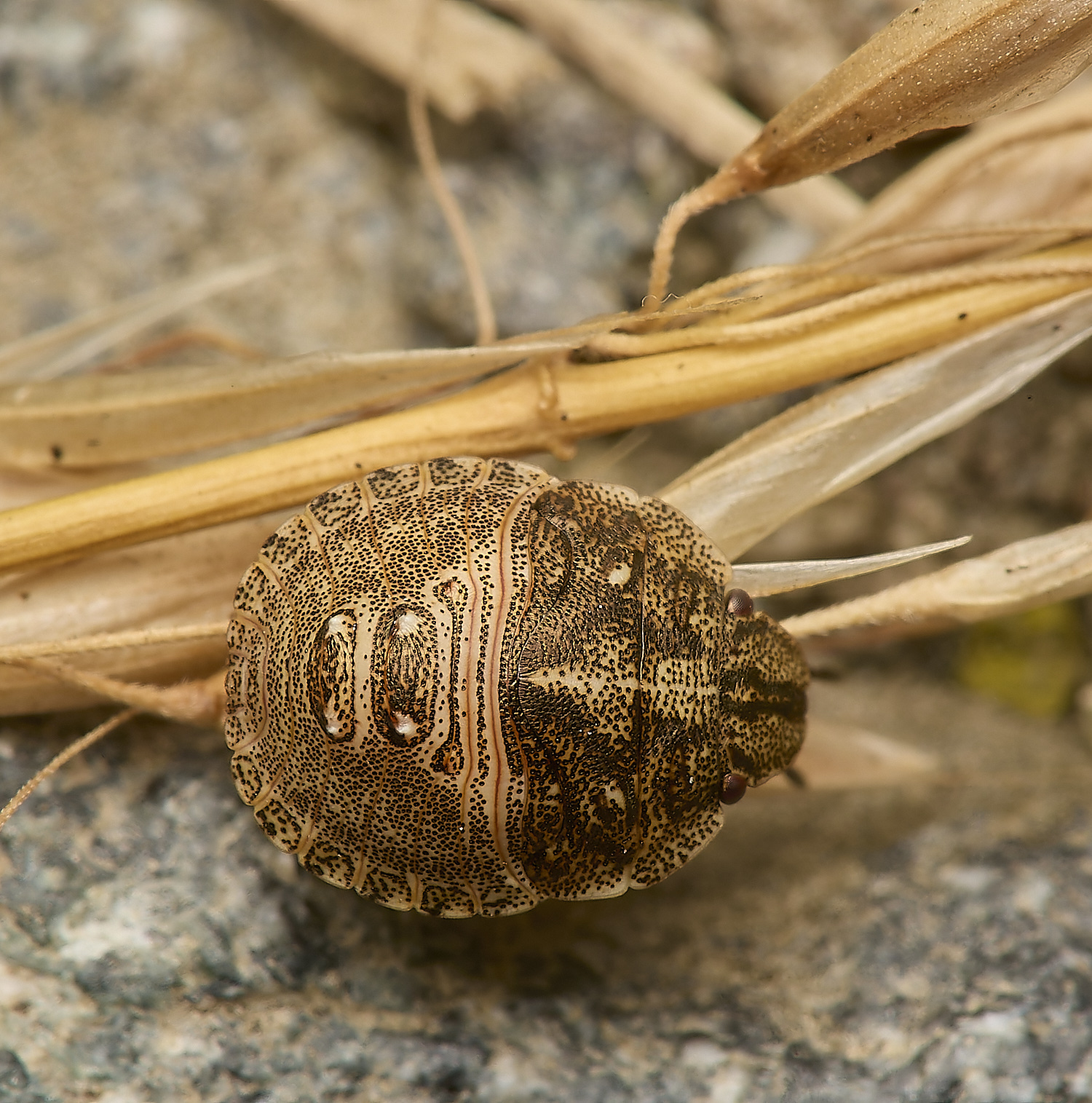
New Forest Shieldbug (Eysarcoris aeneus) ?
Late instar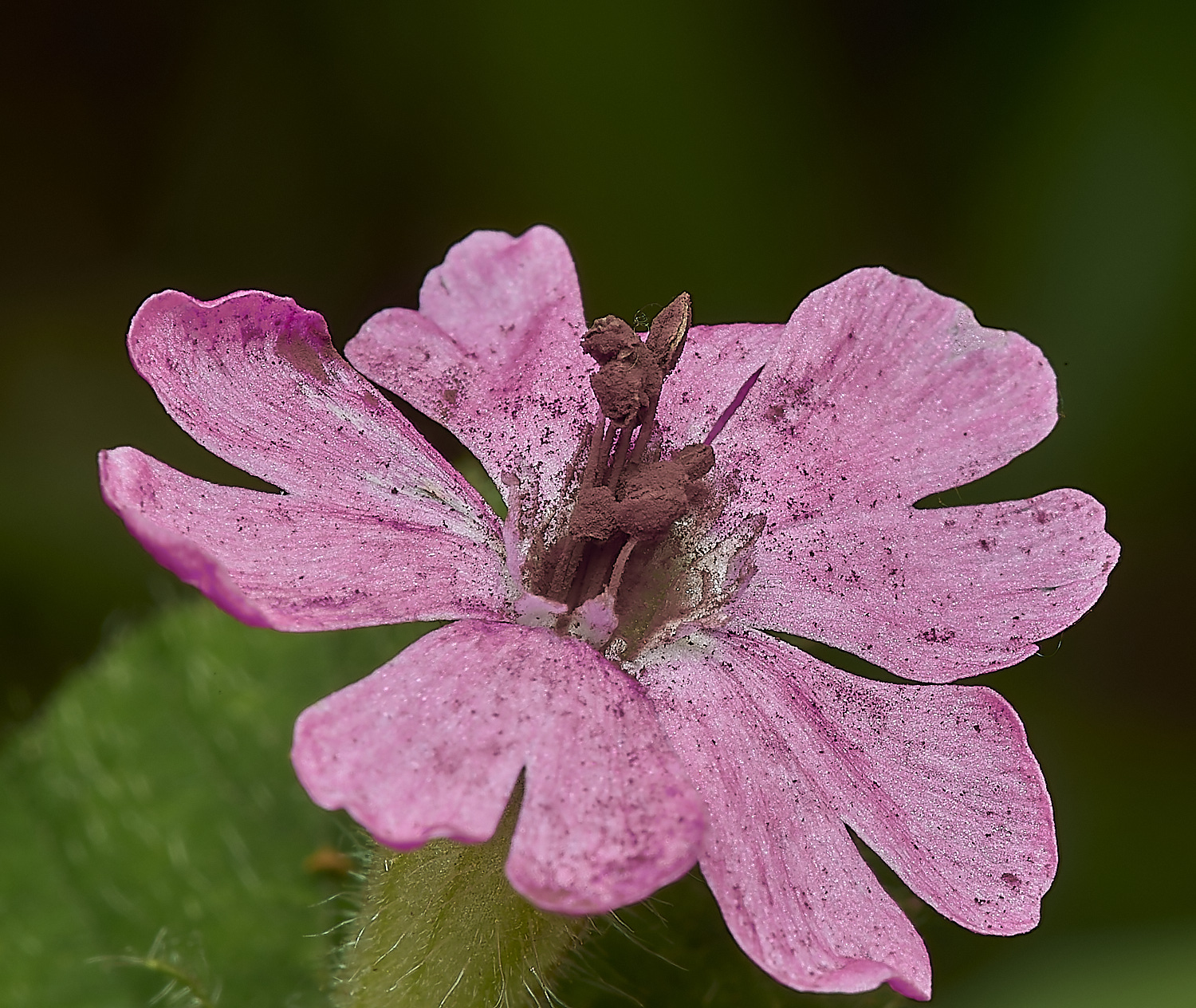
Anther-smut (Microbotryum silene dioicae) on Red Campion (Silene dioica)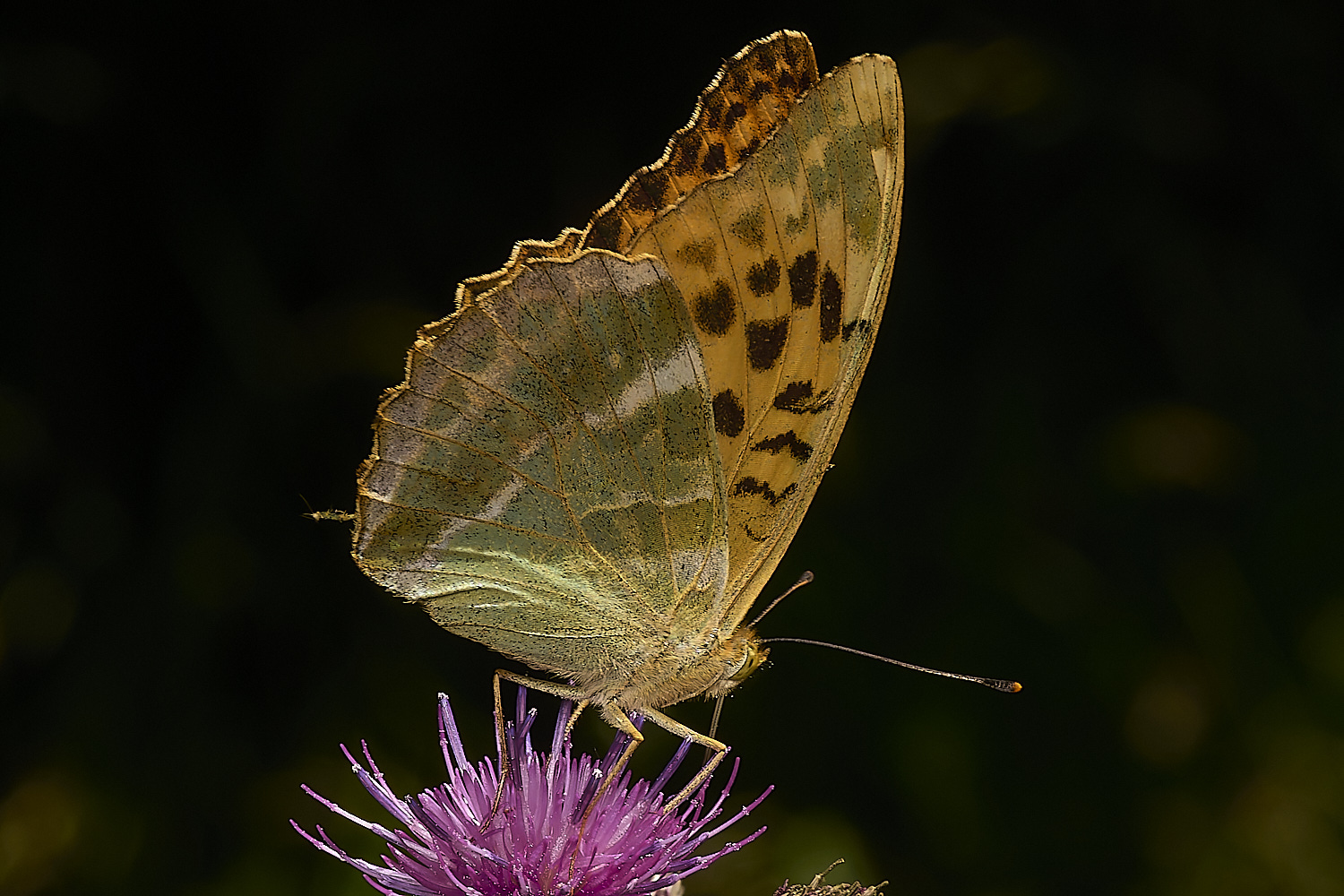
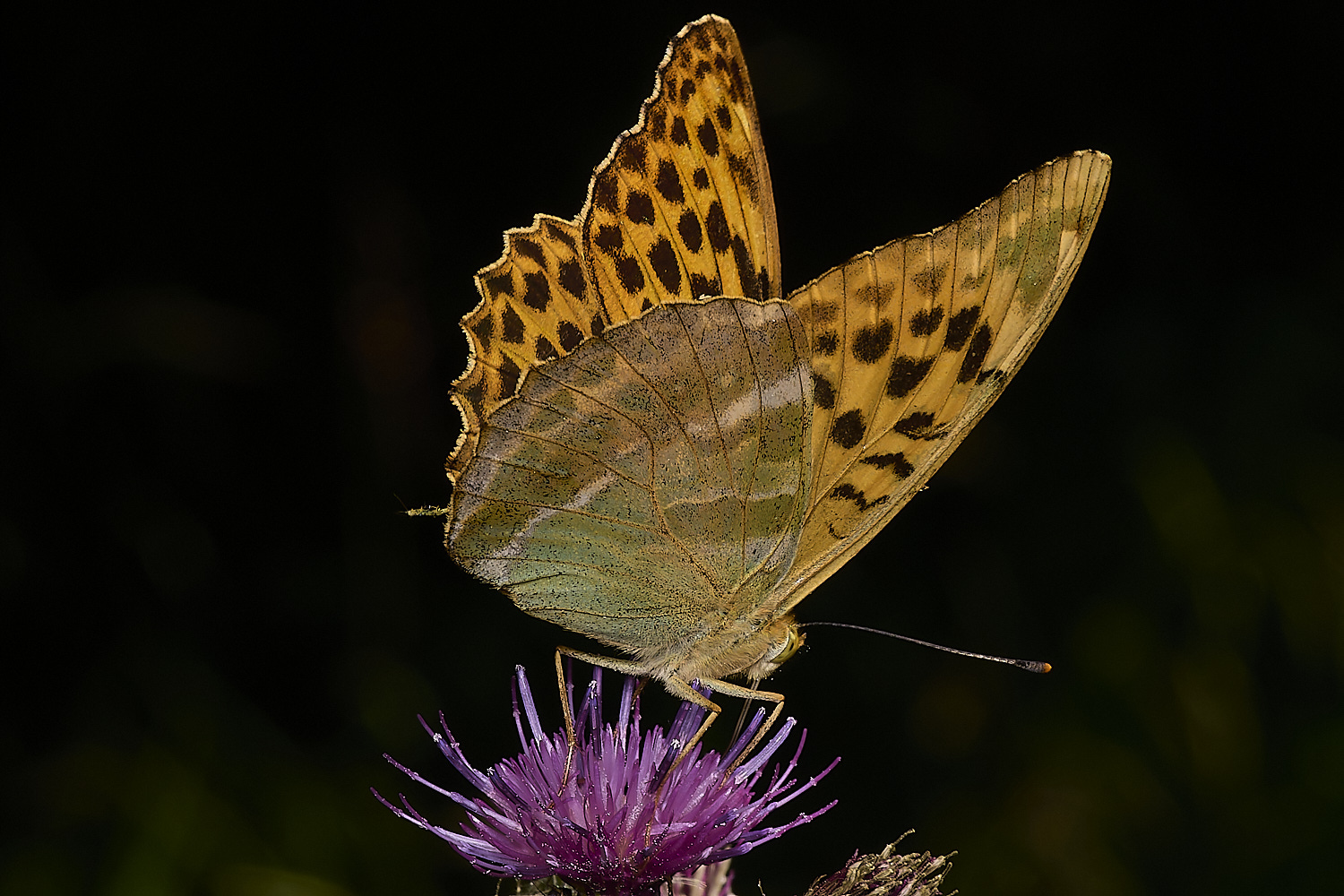
Silver-washed Fritillary (Argynnis paphia)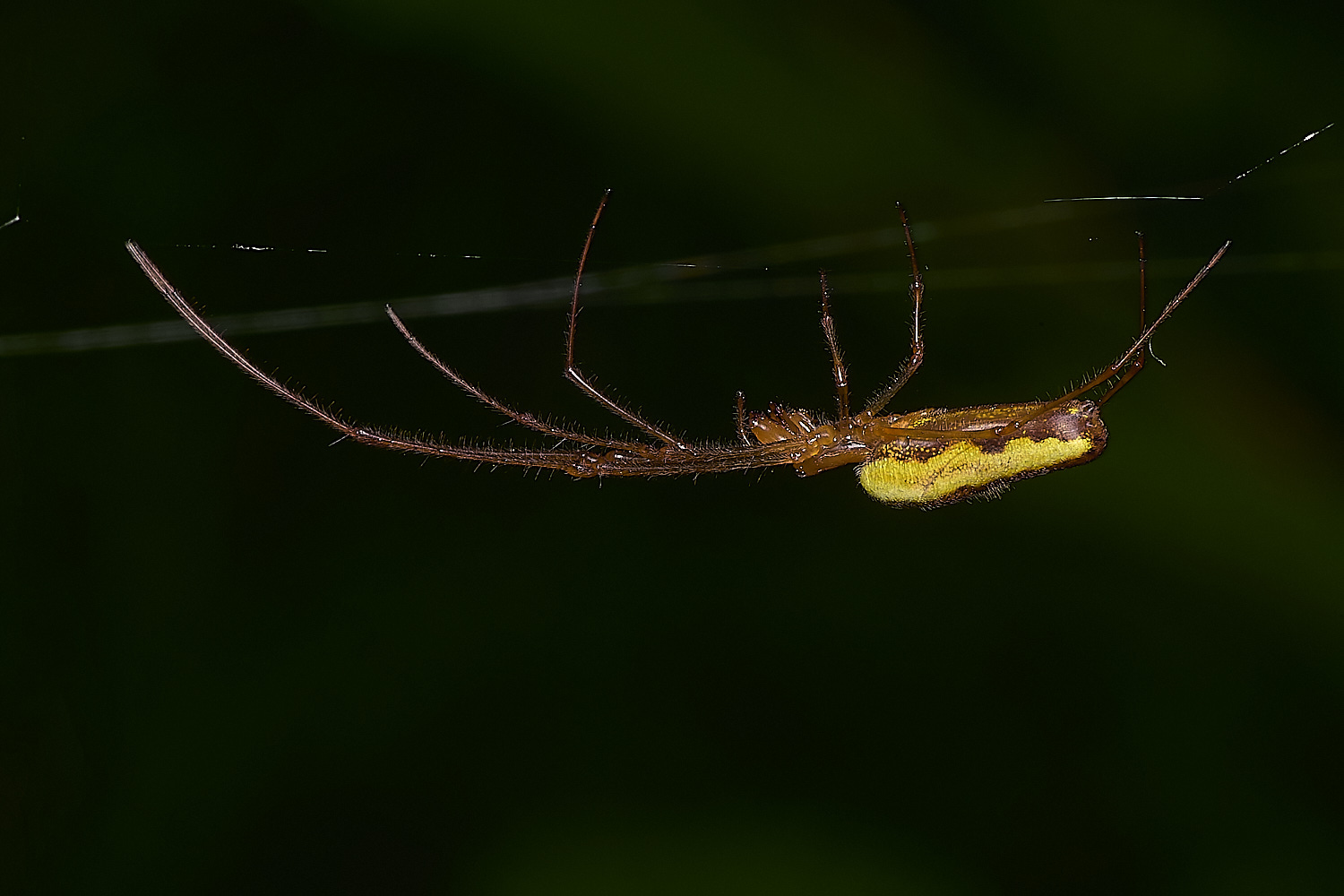
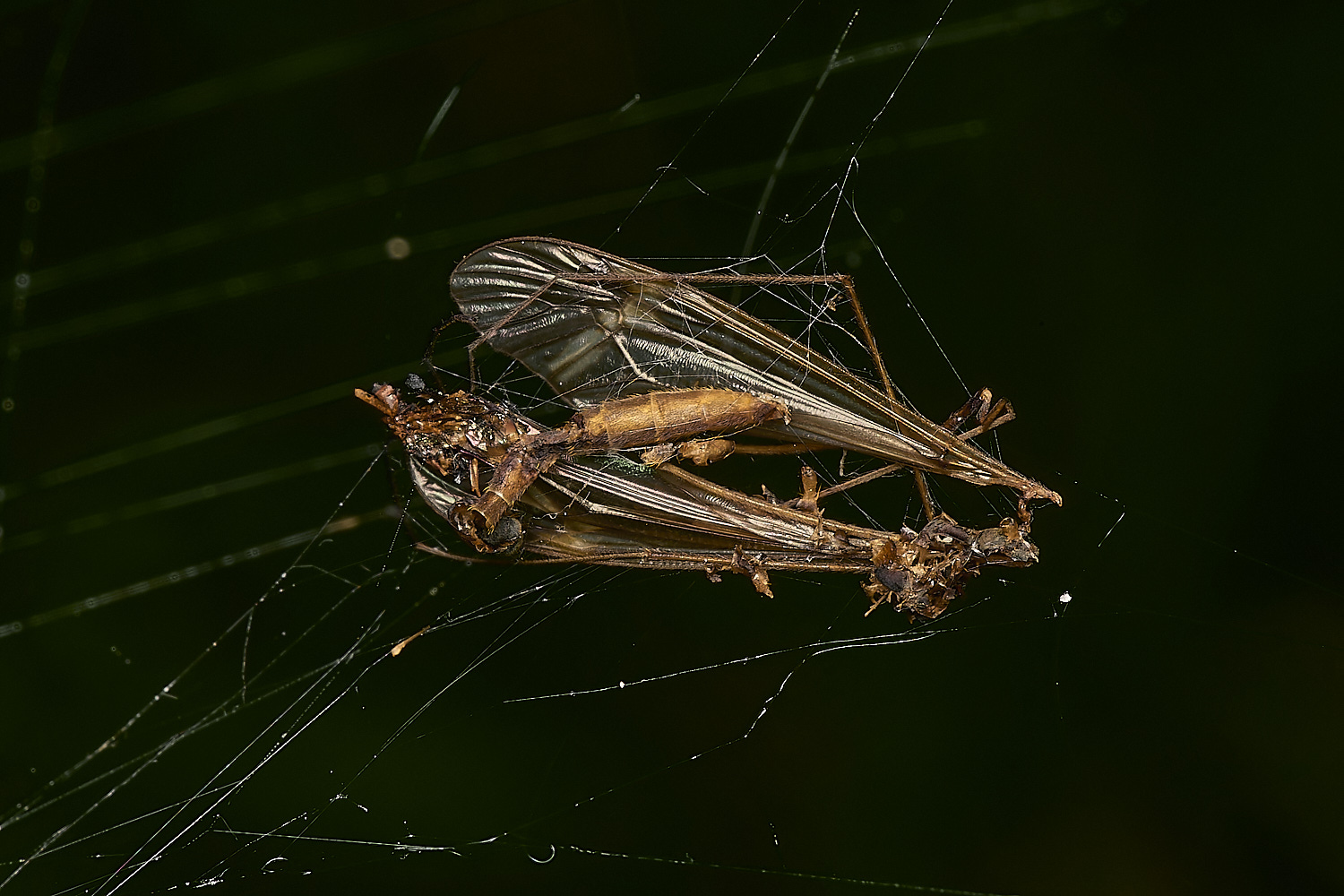
Long-jawed Orb weaver Sp (Tetragnatha Sp) & prey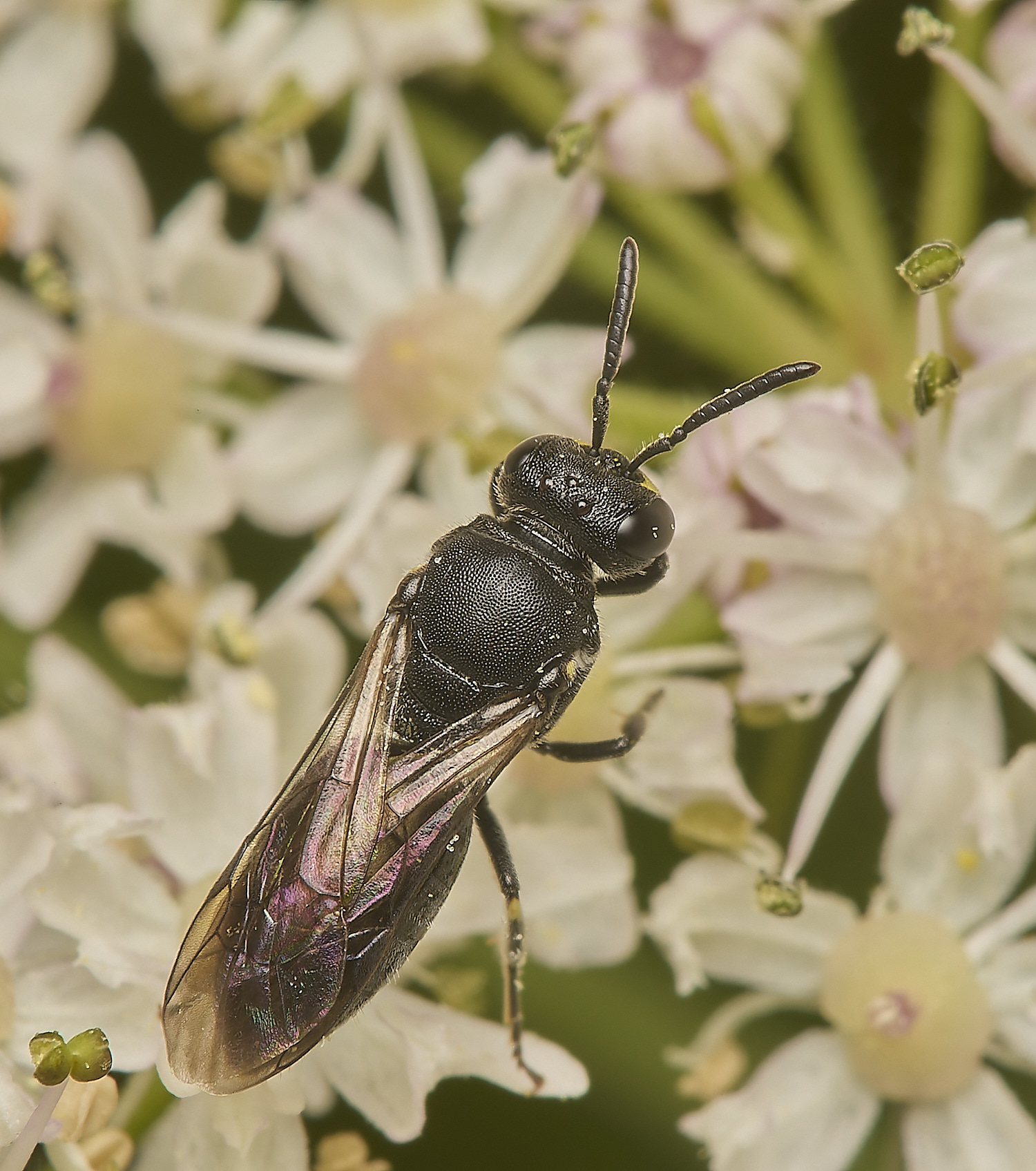
Yellow-faced Bee Sp (Hylaeus Sp) Just didn't turn round
